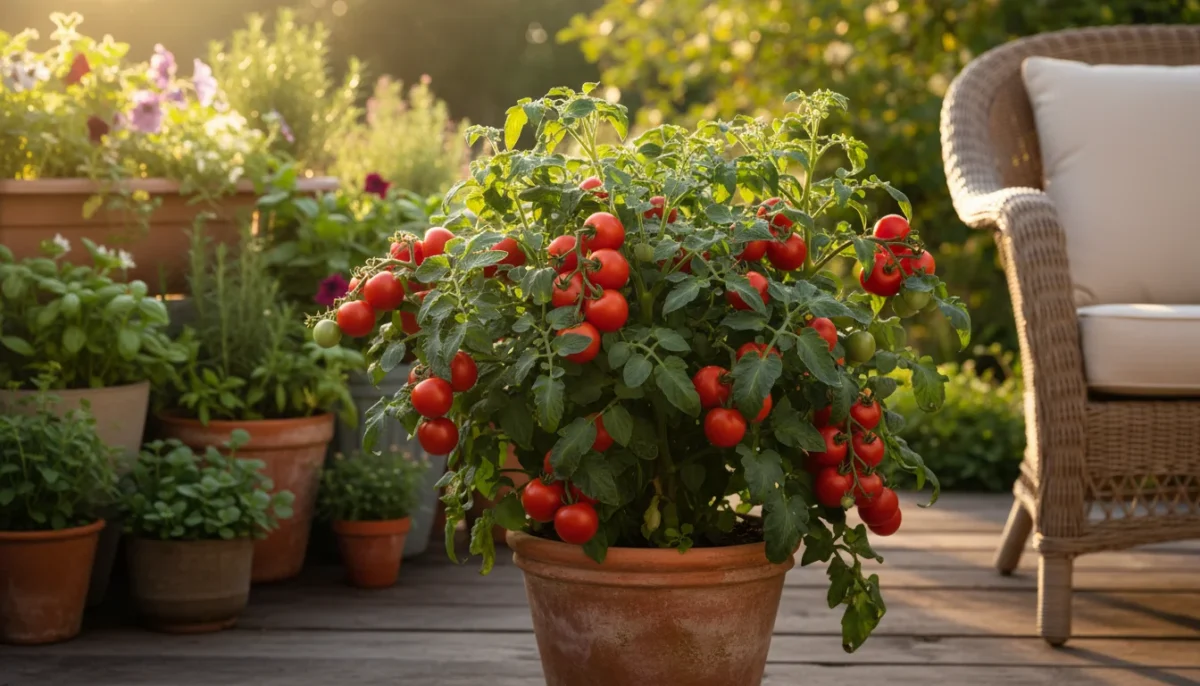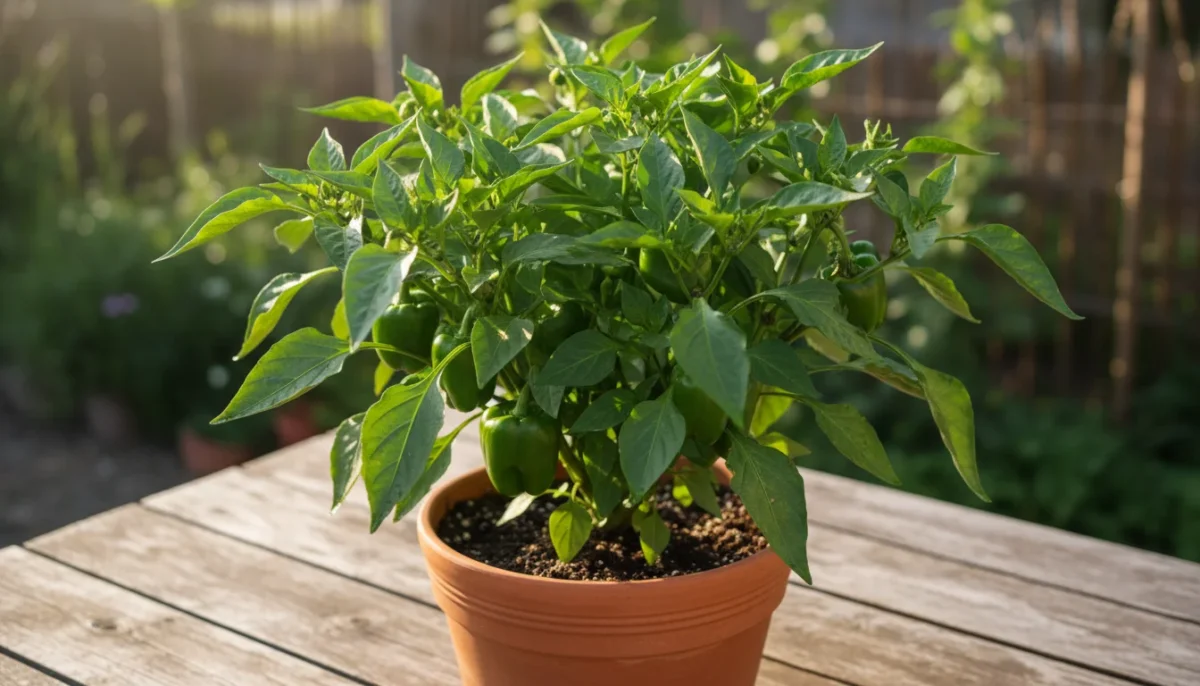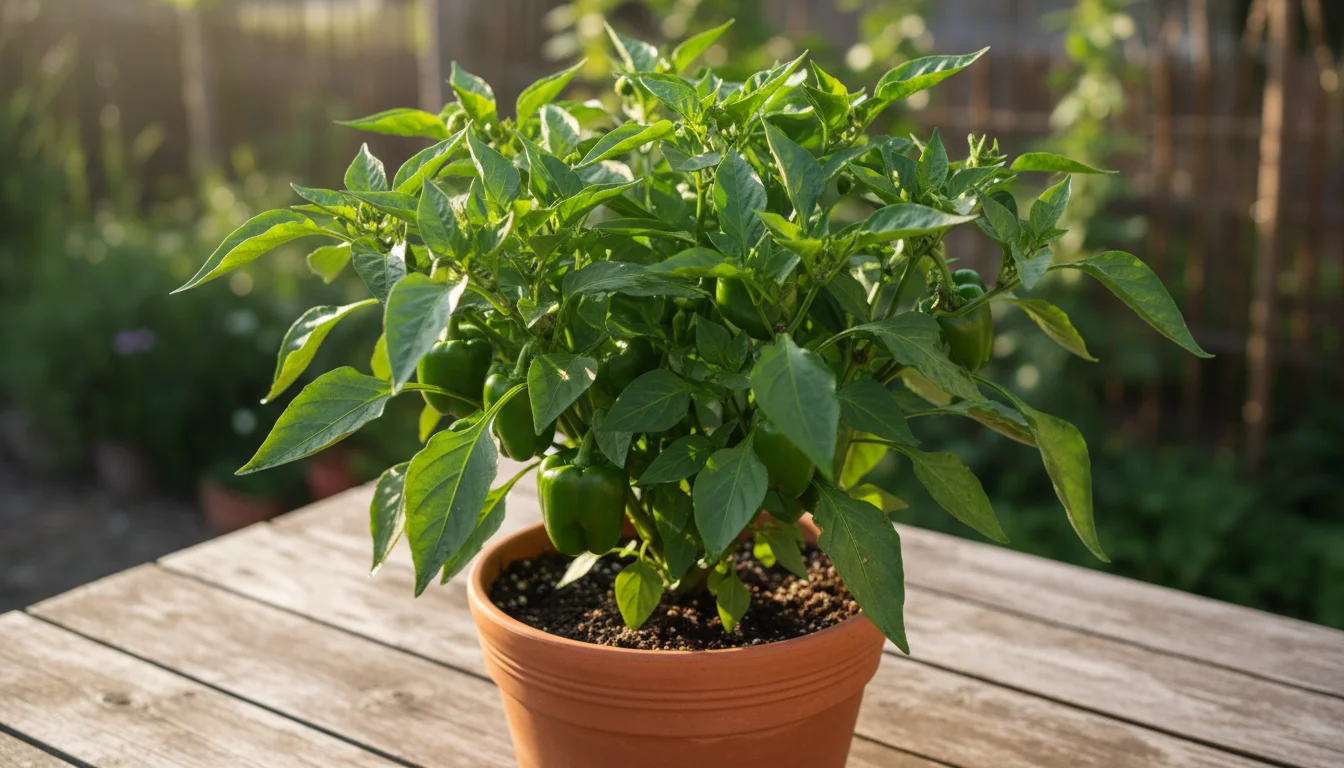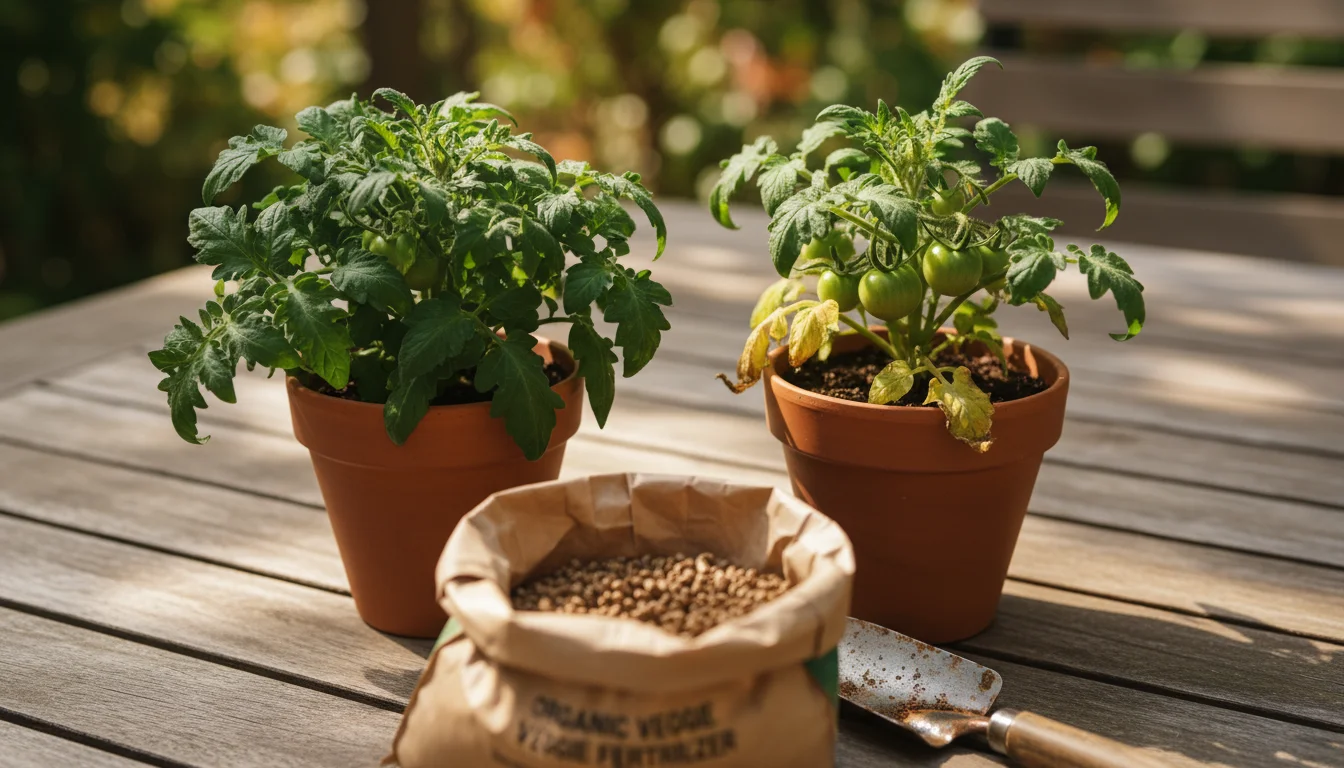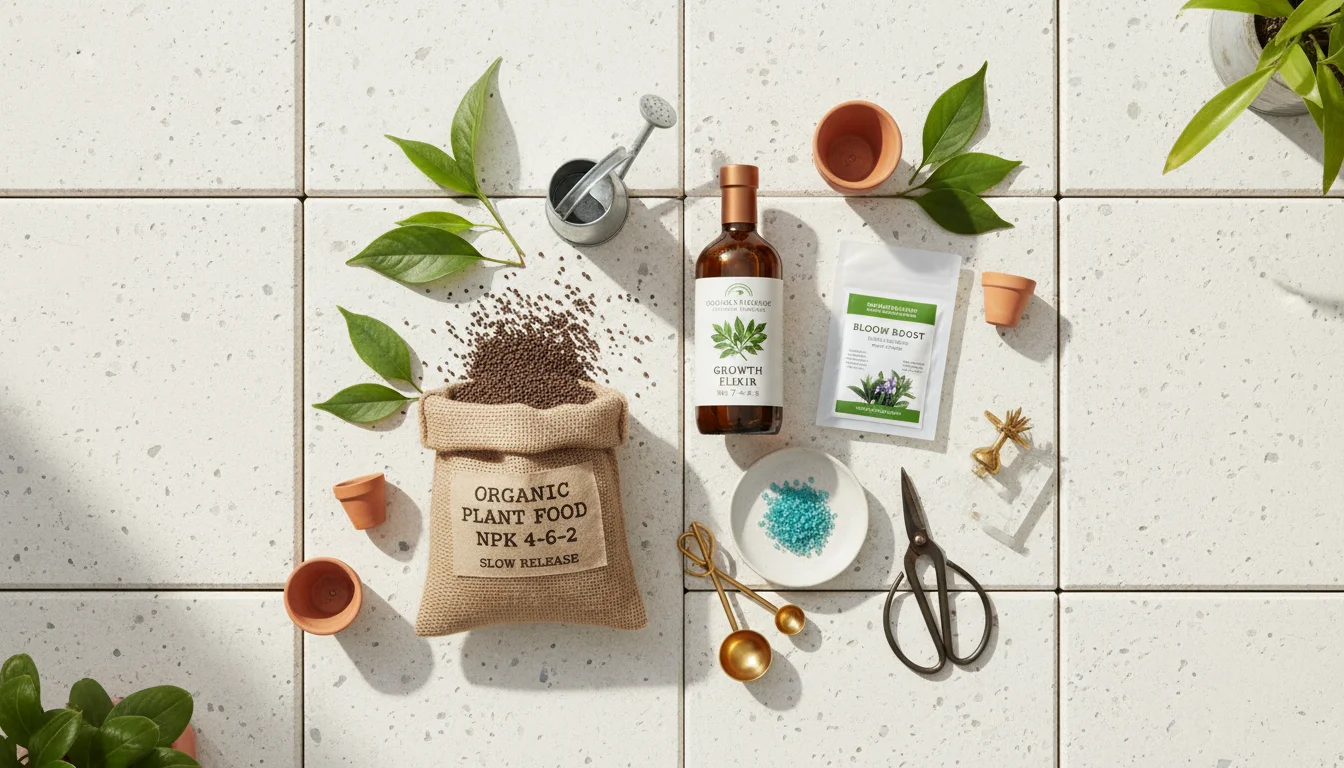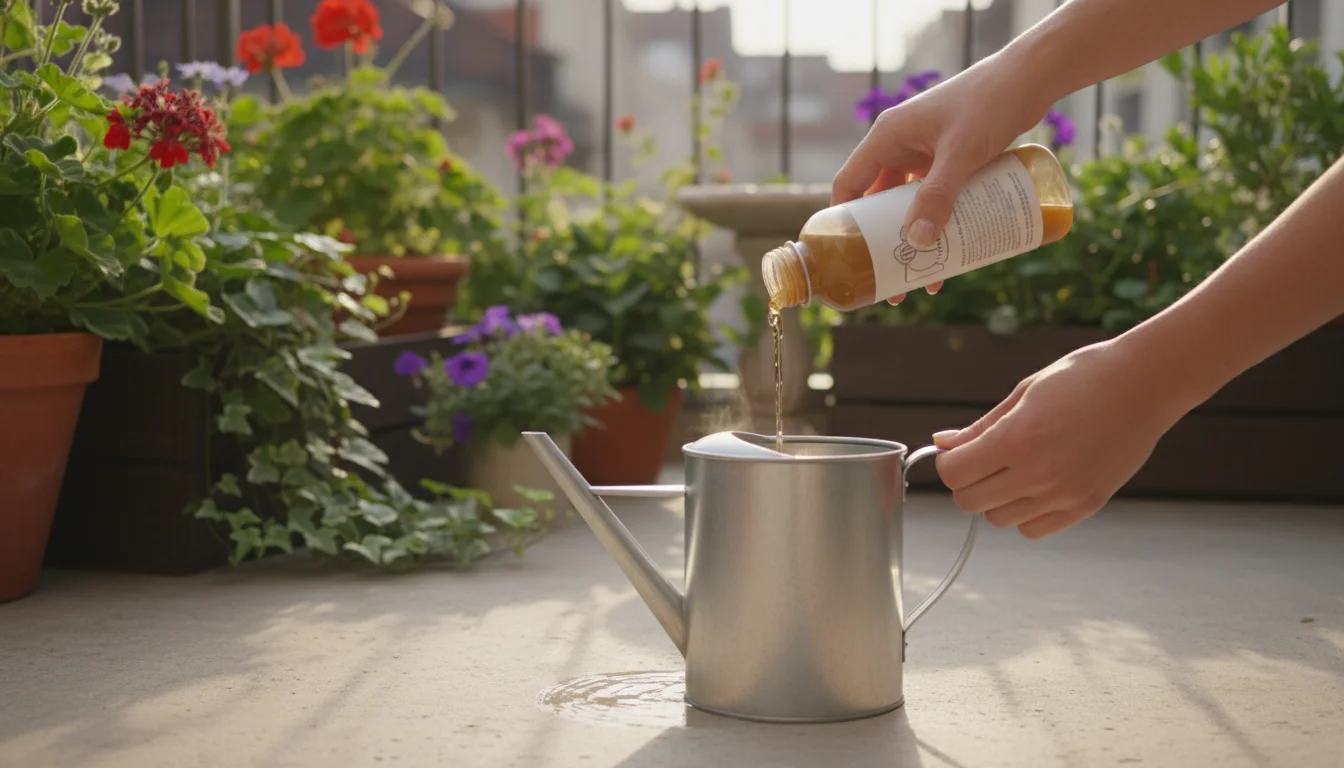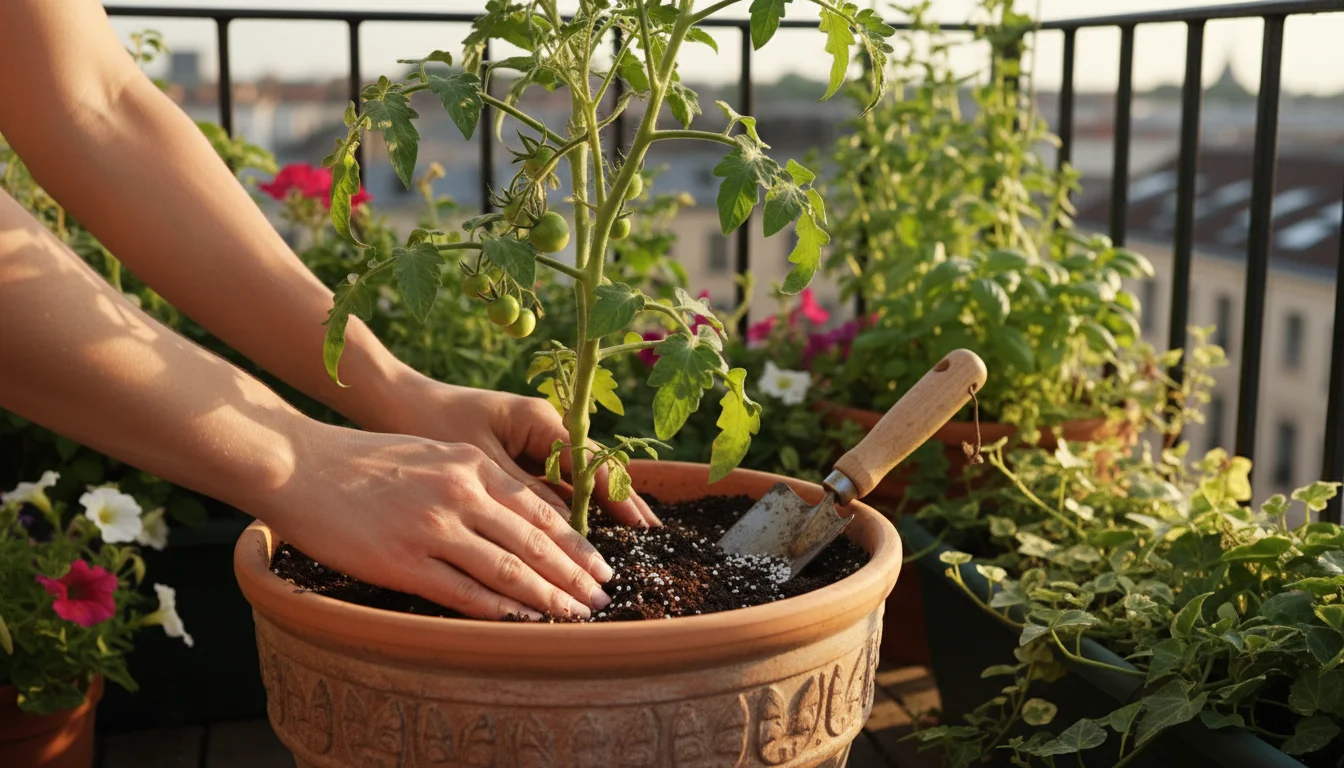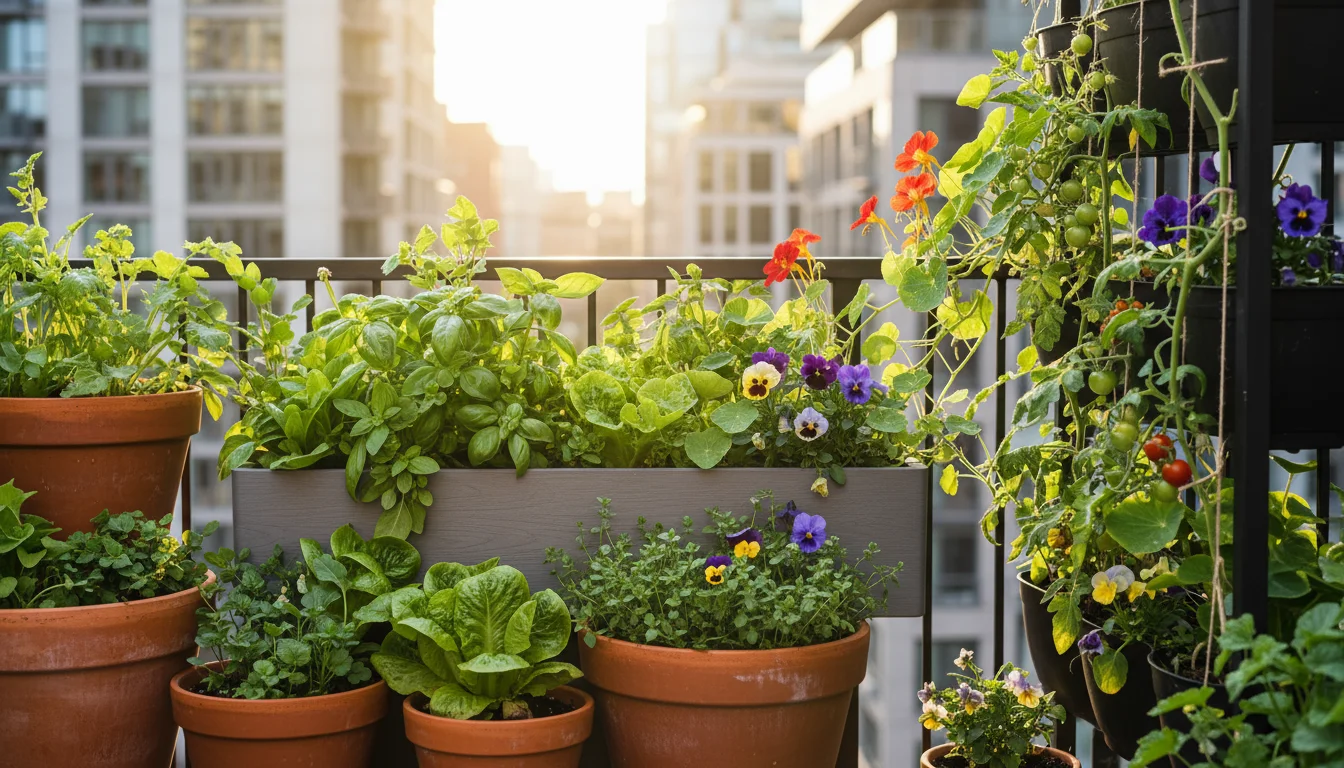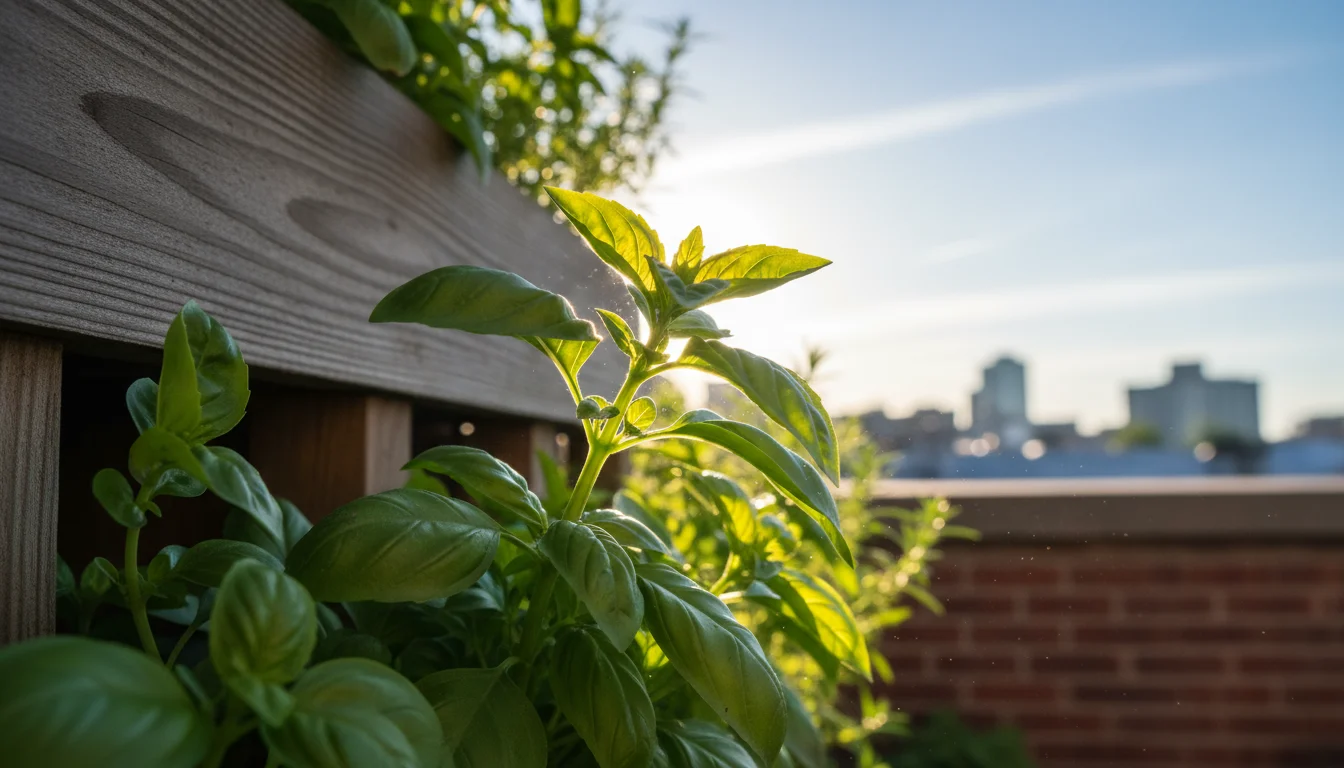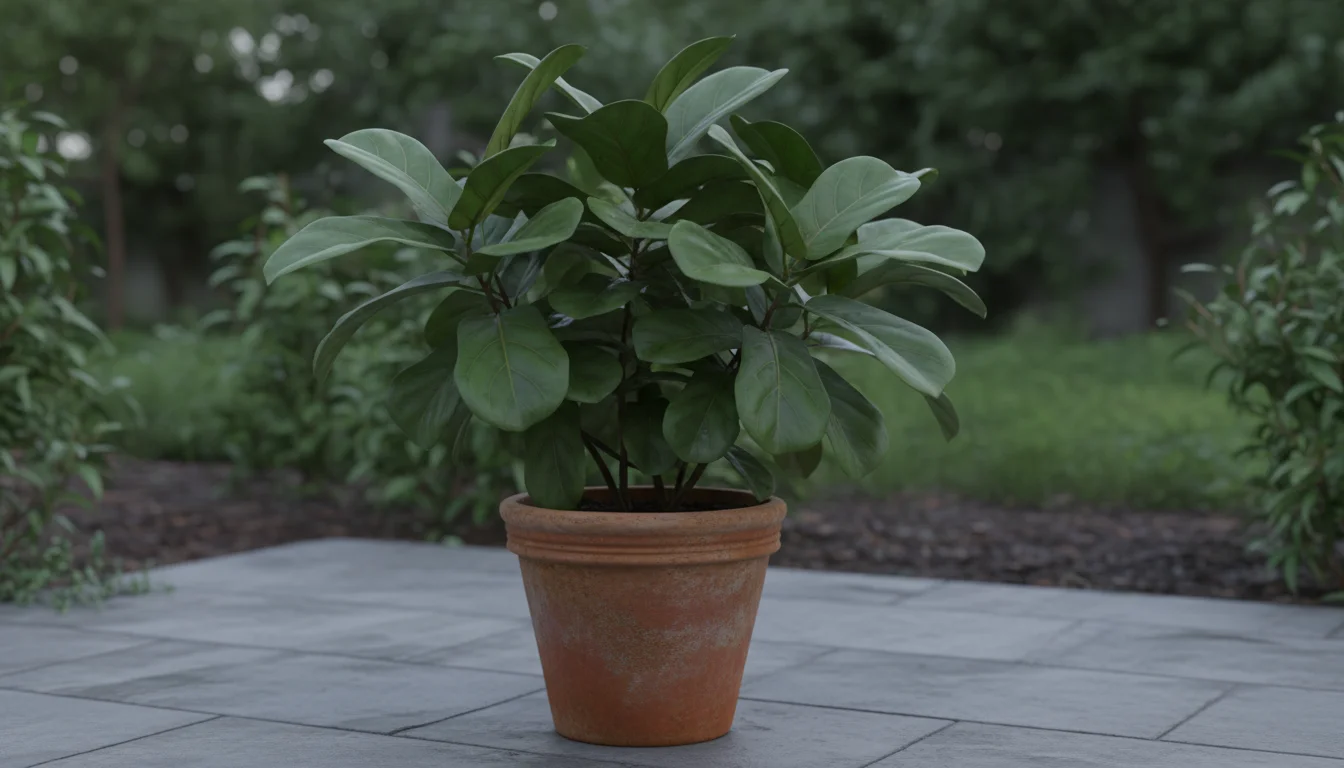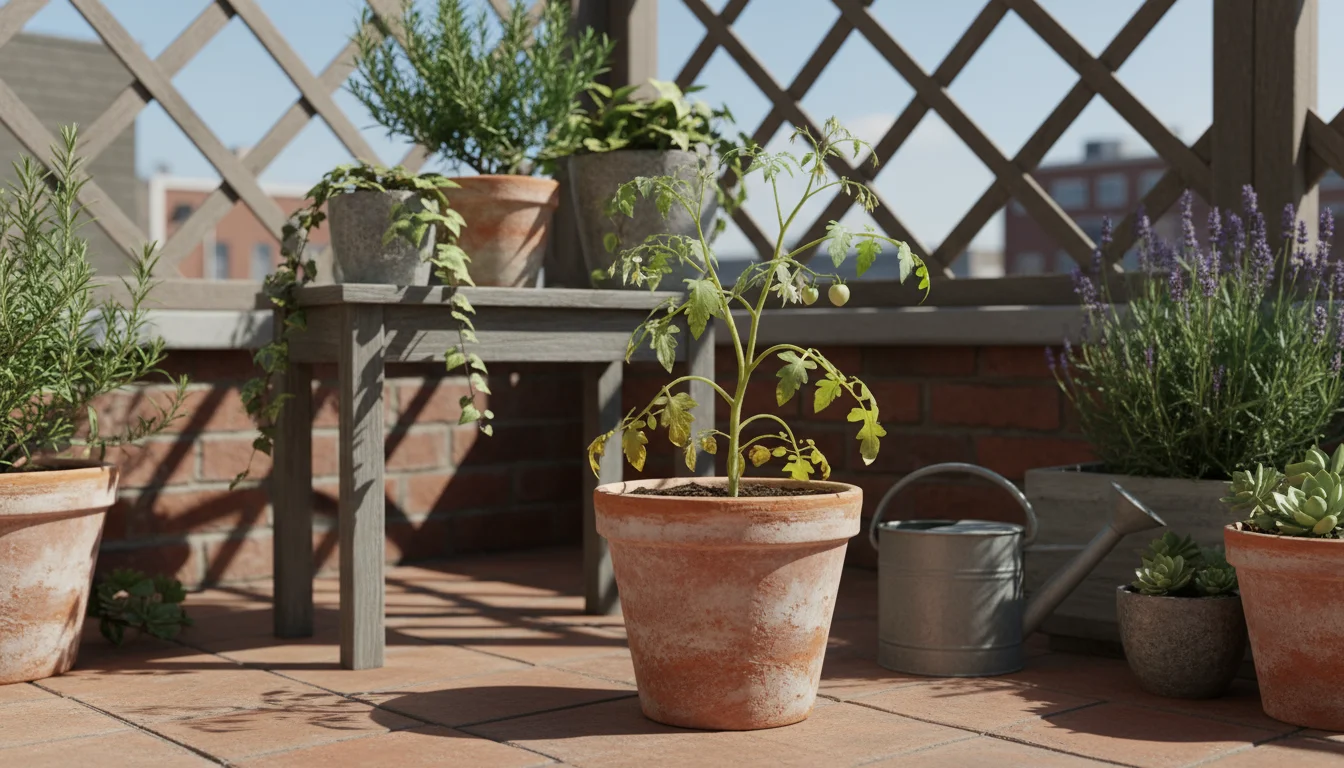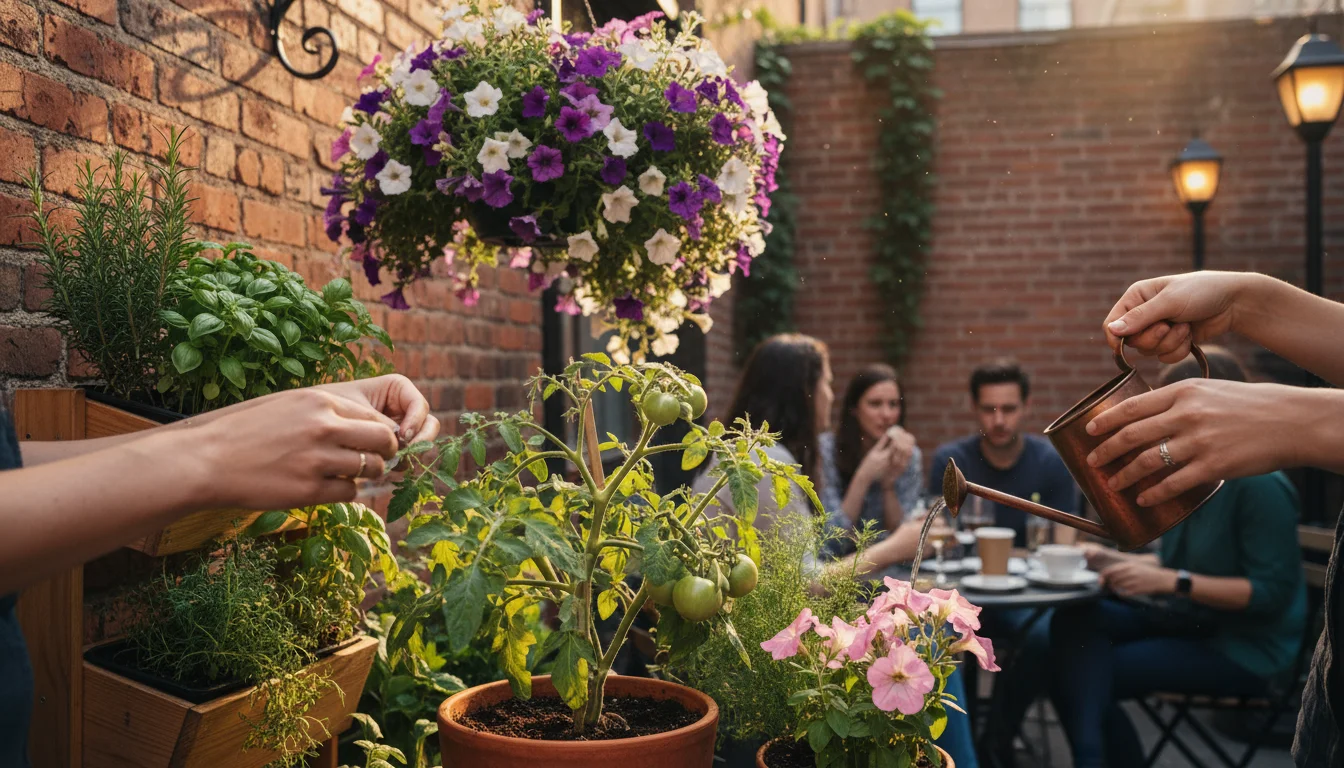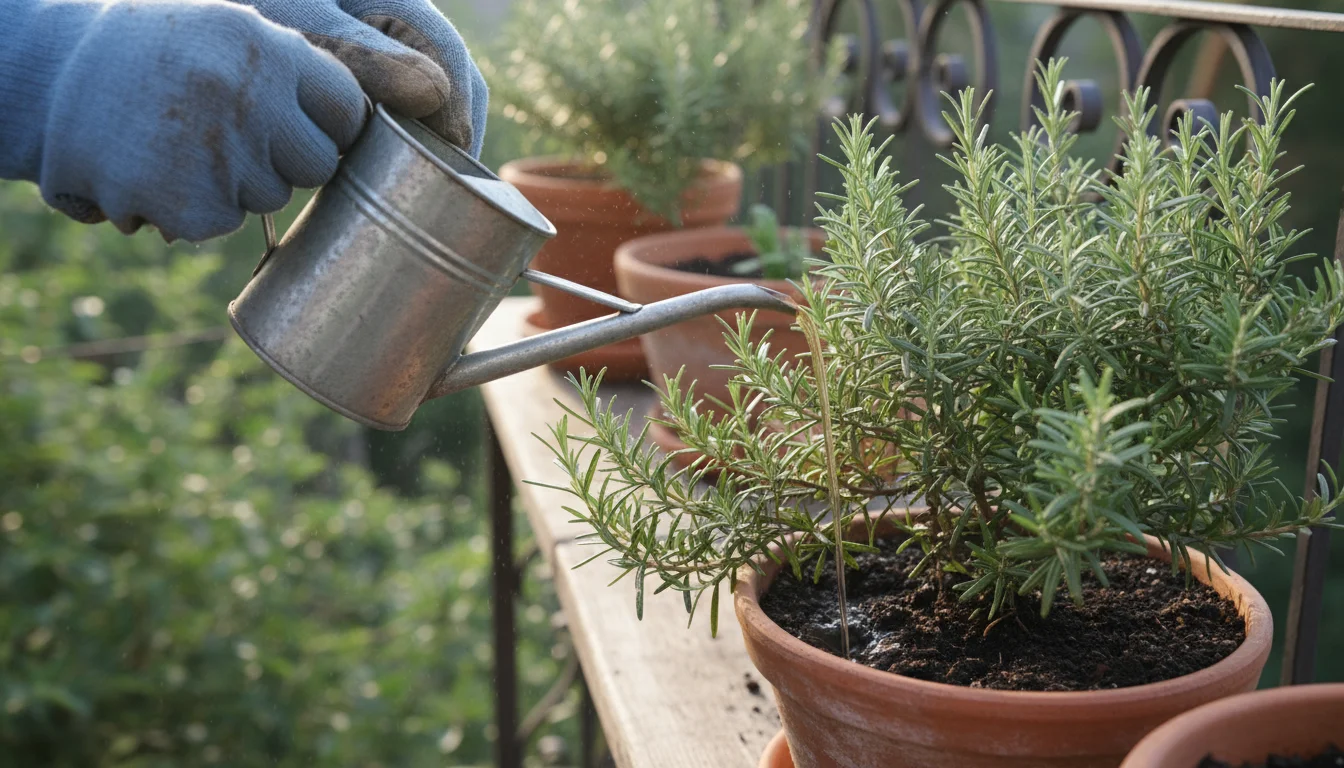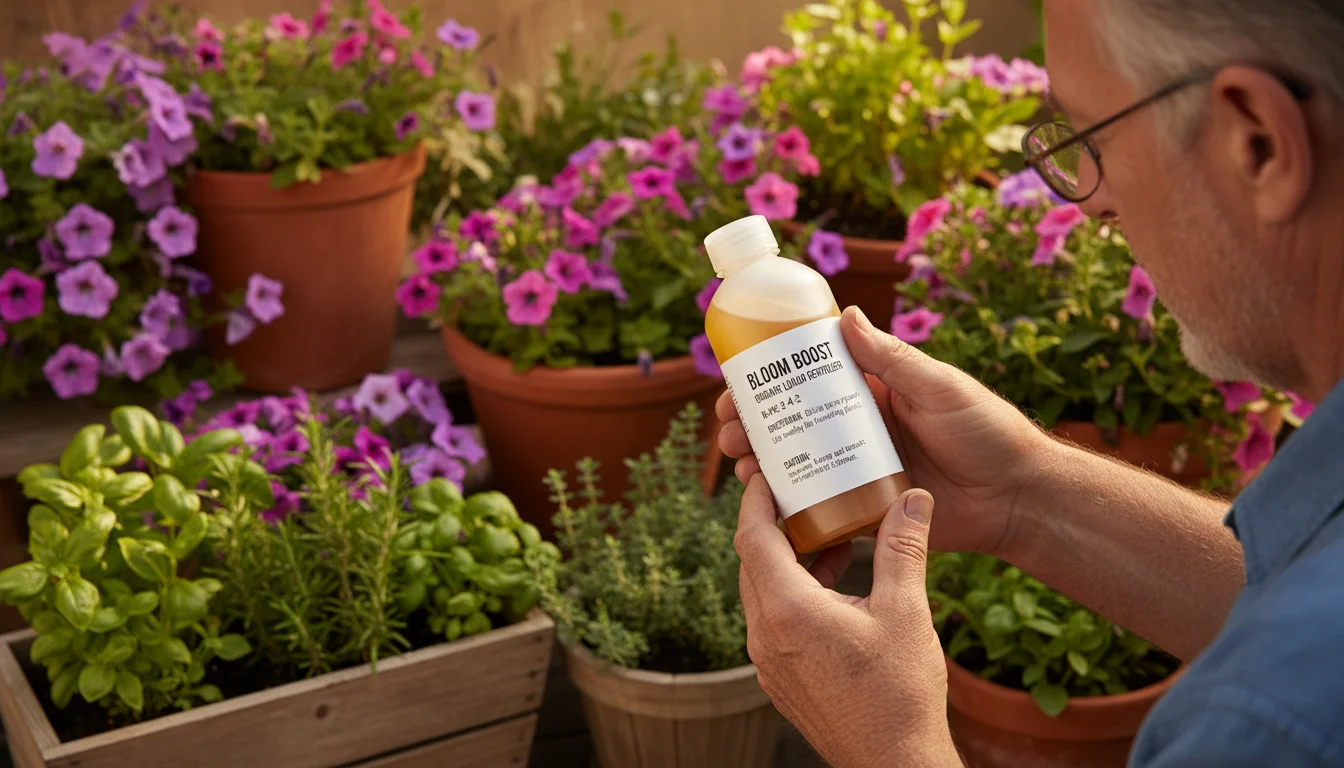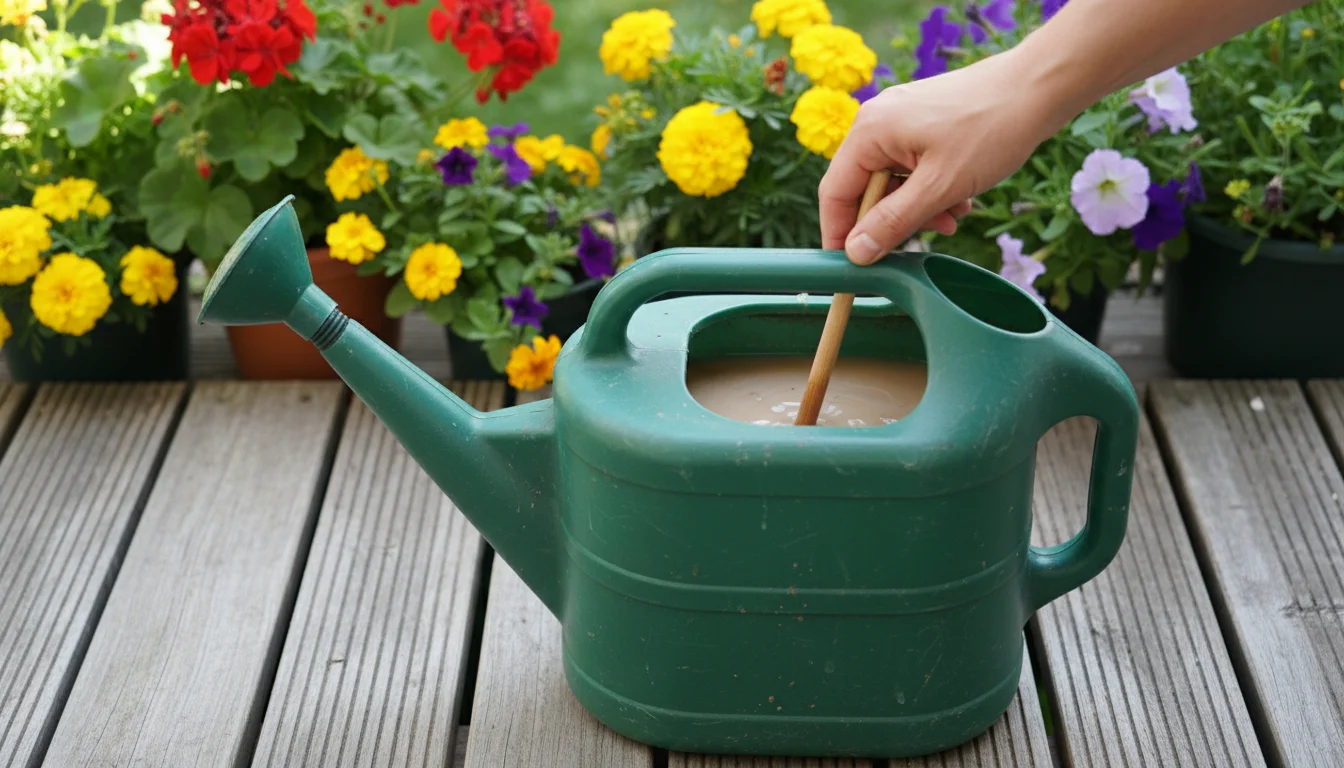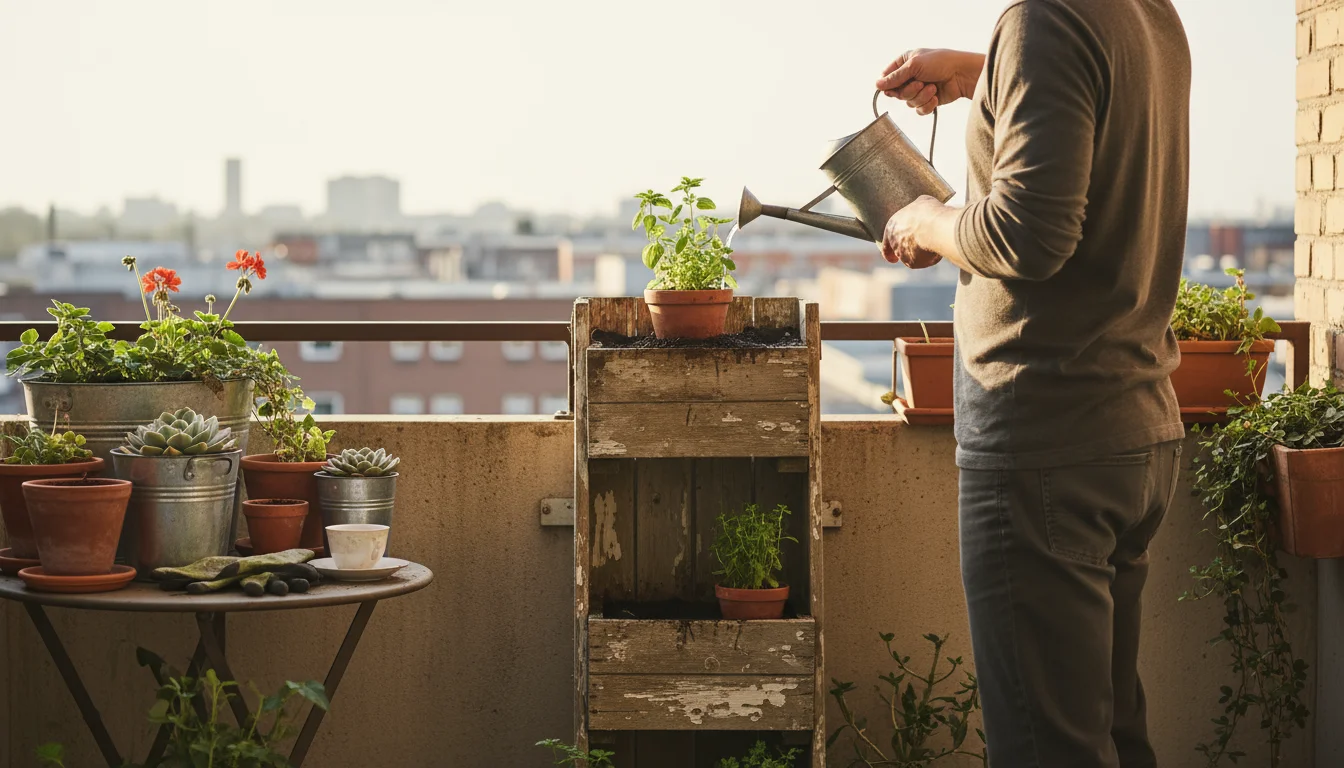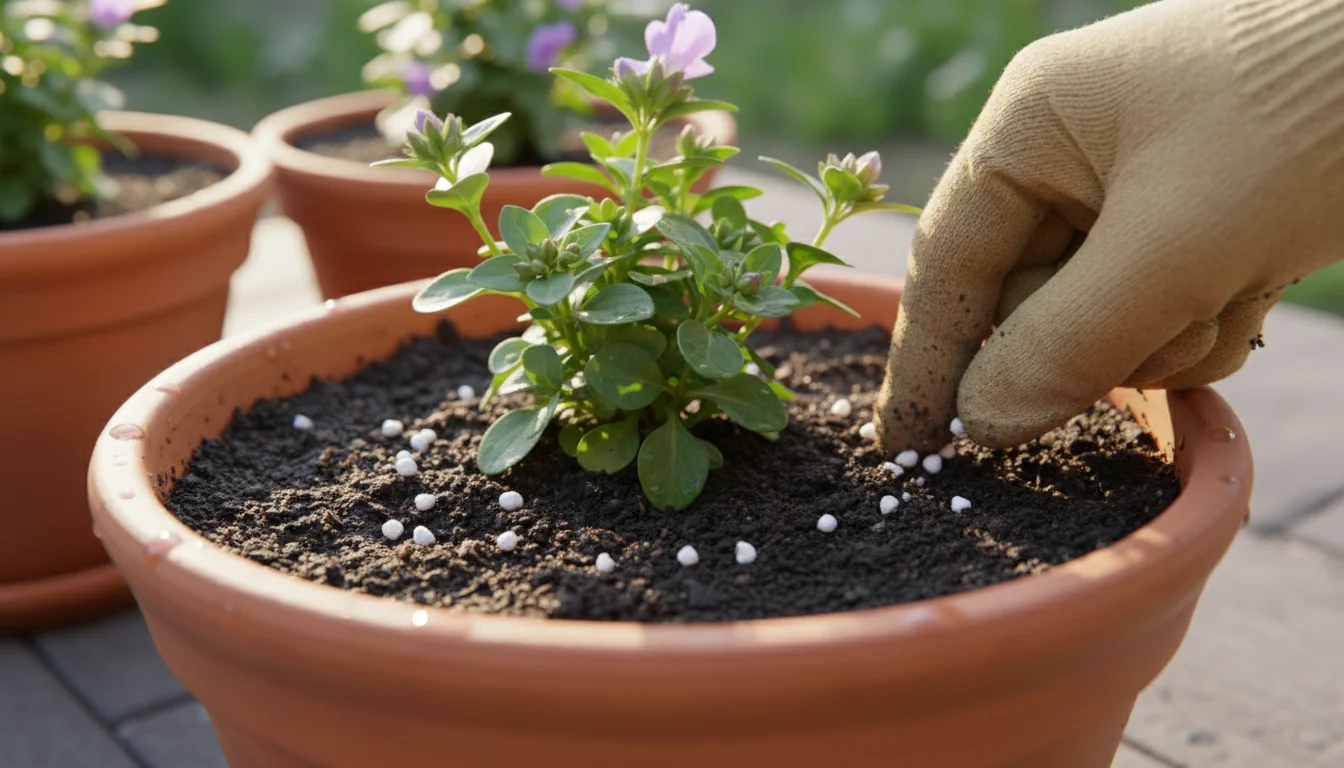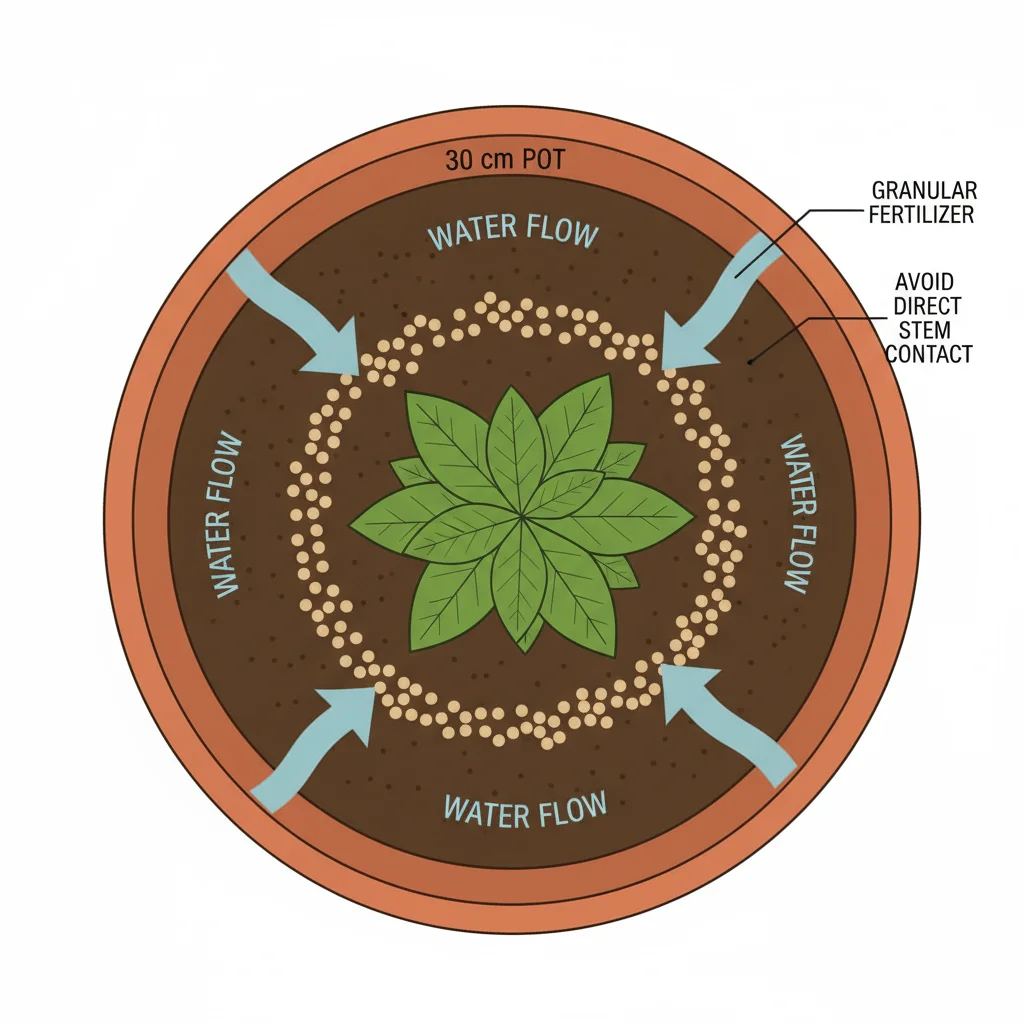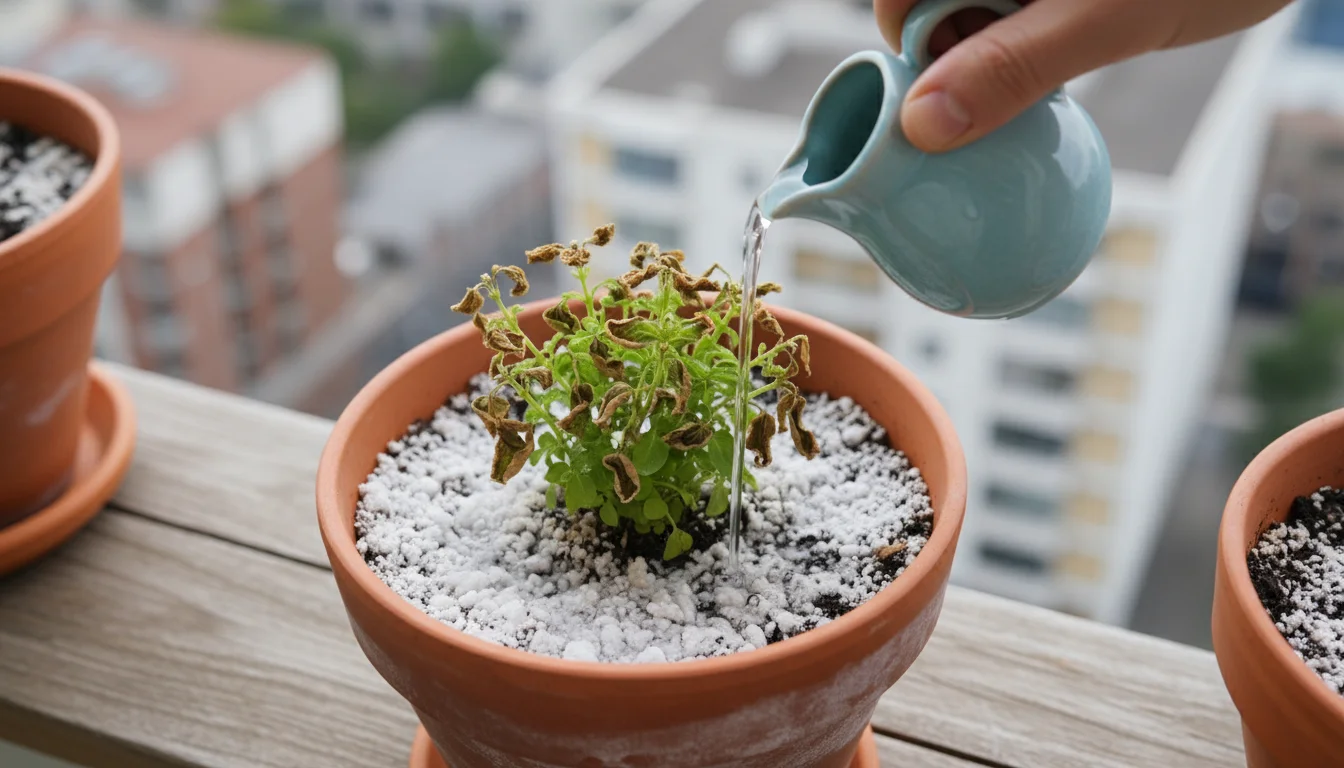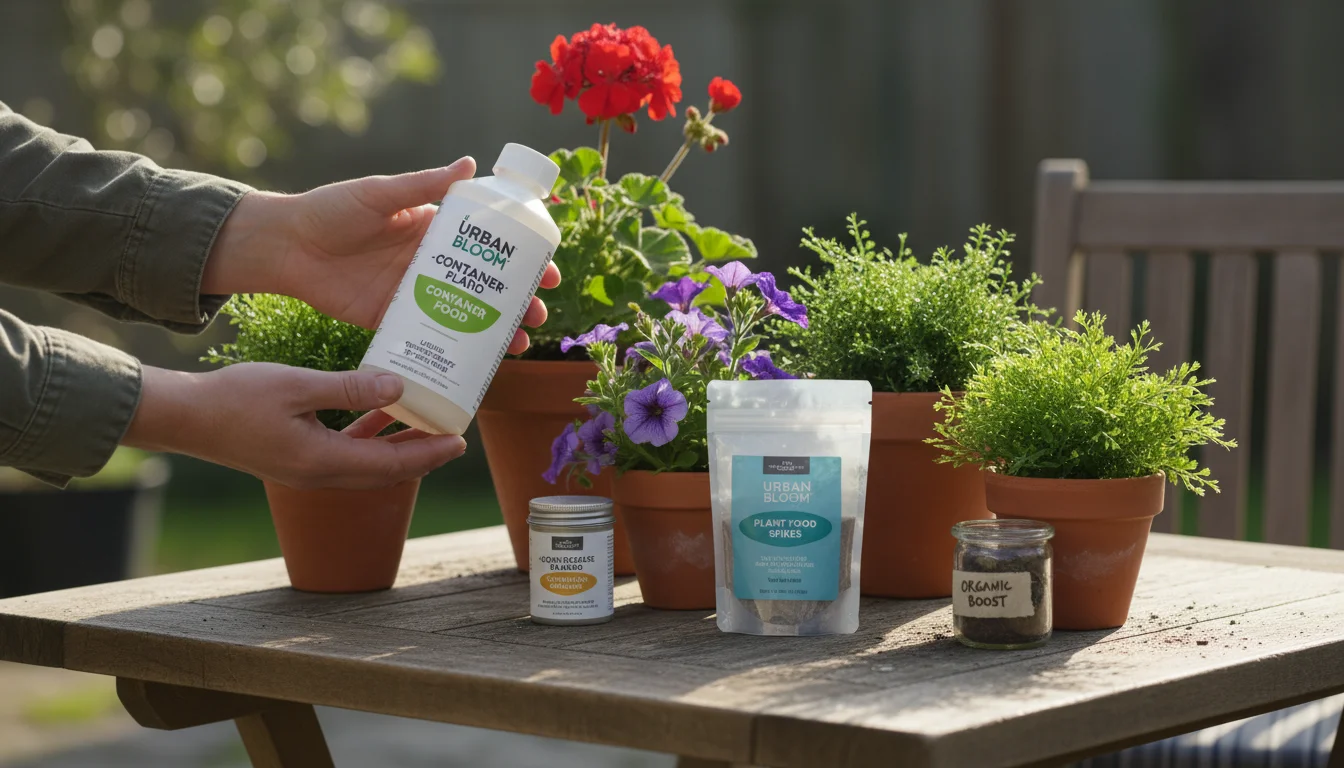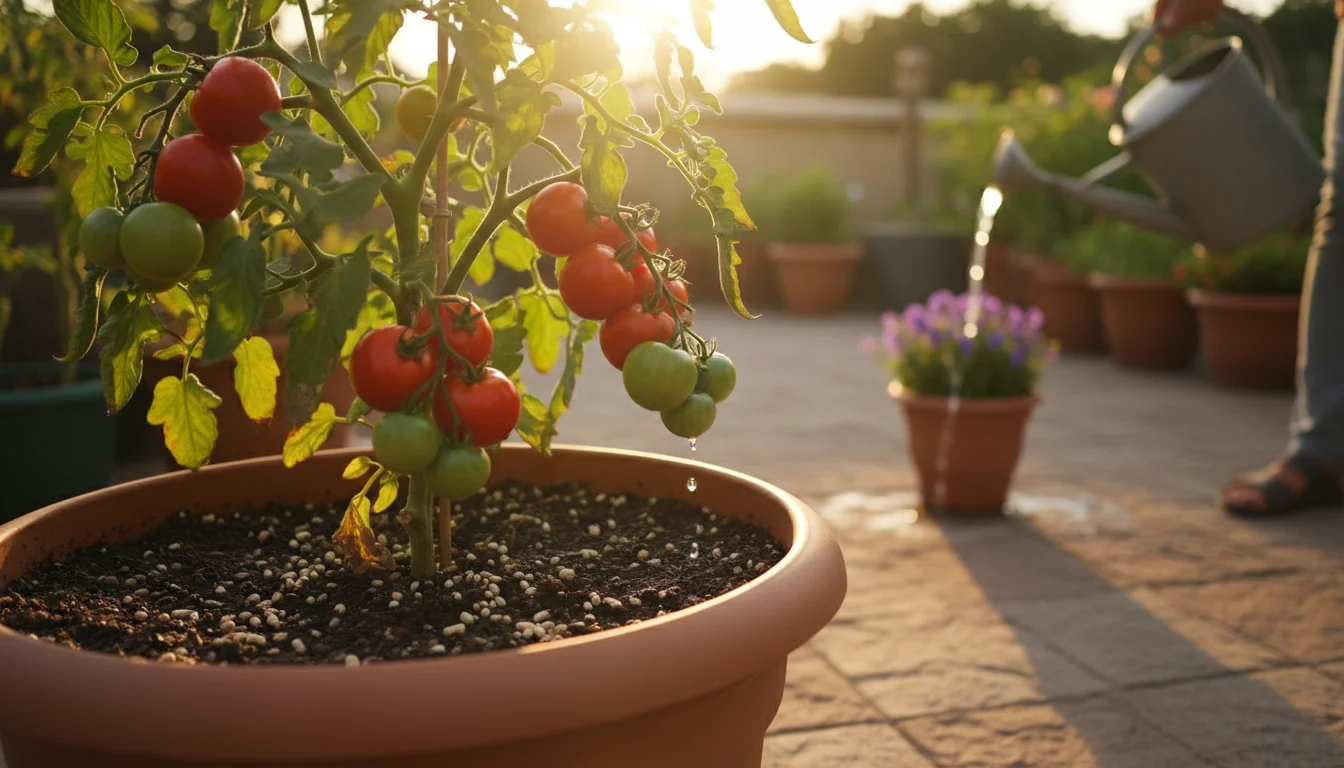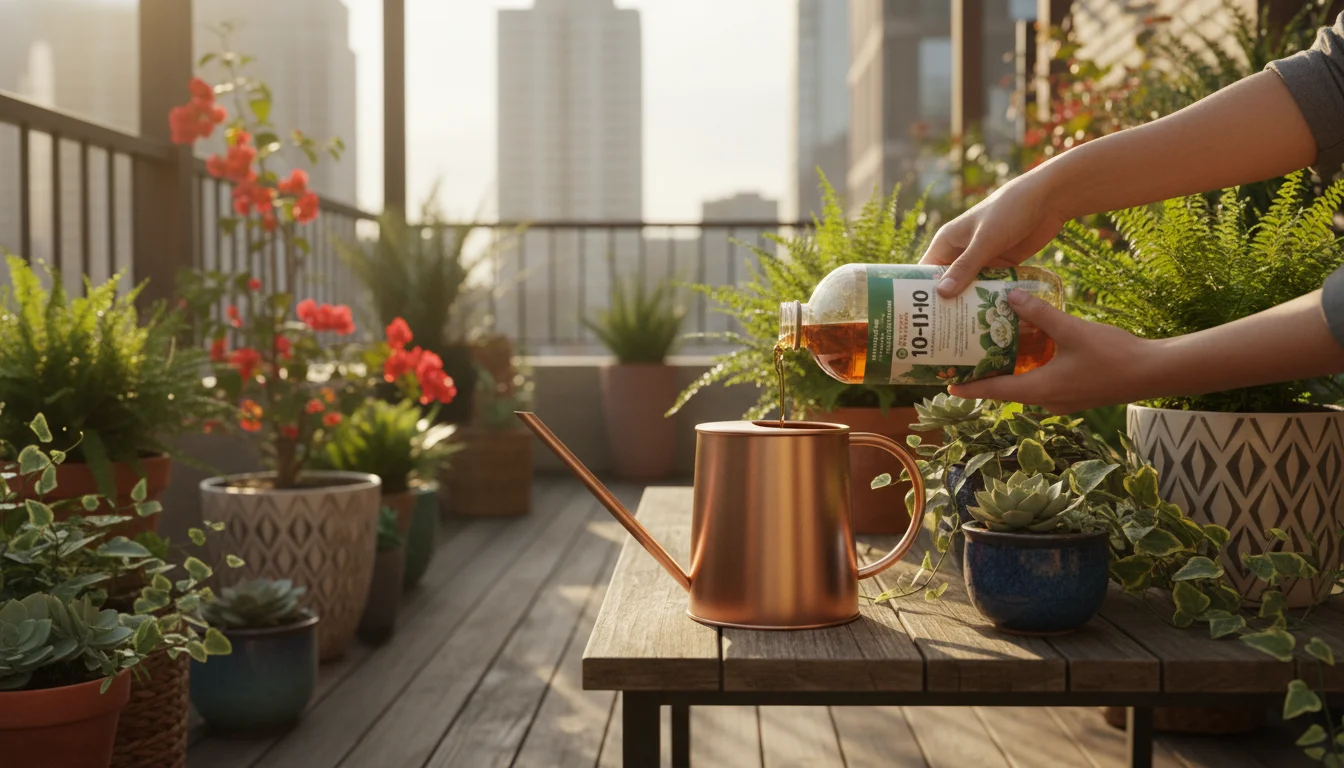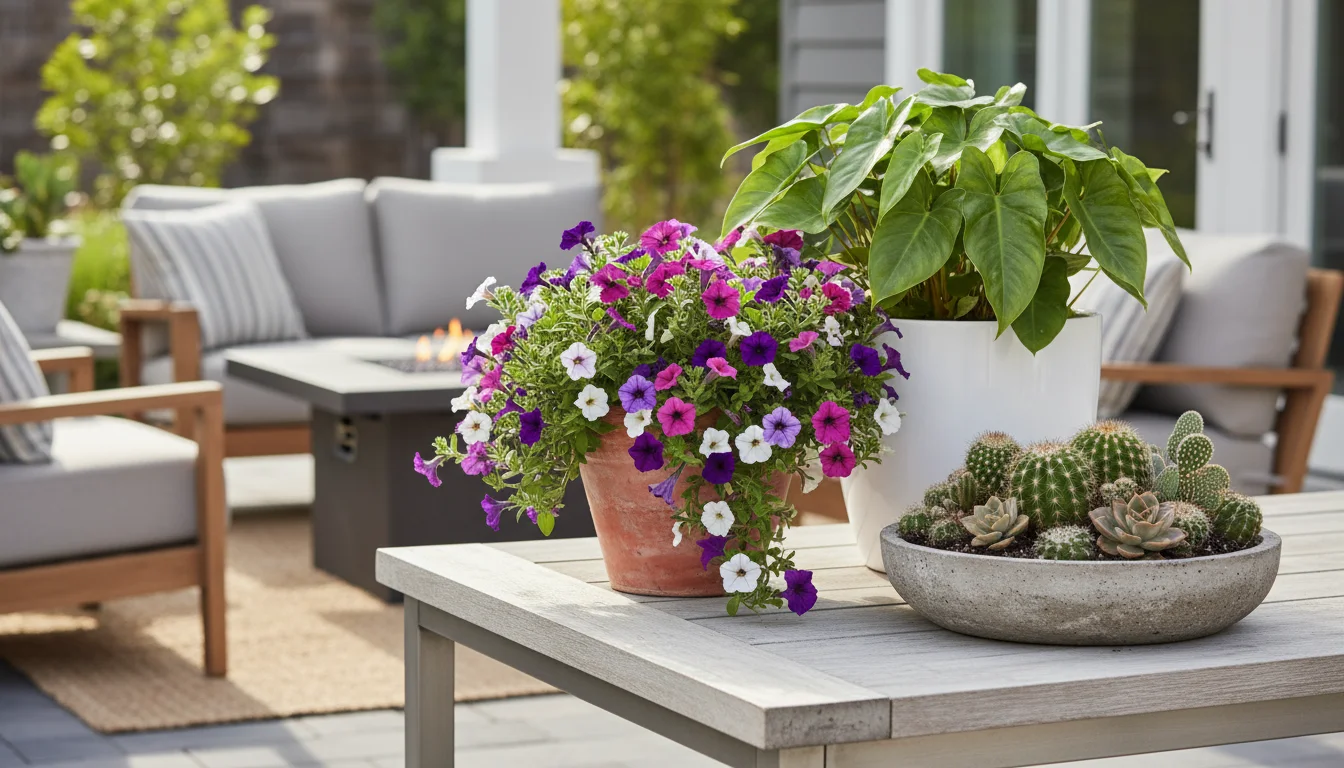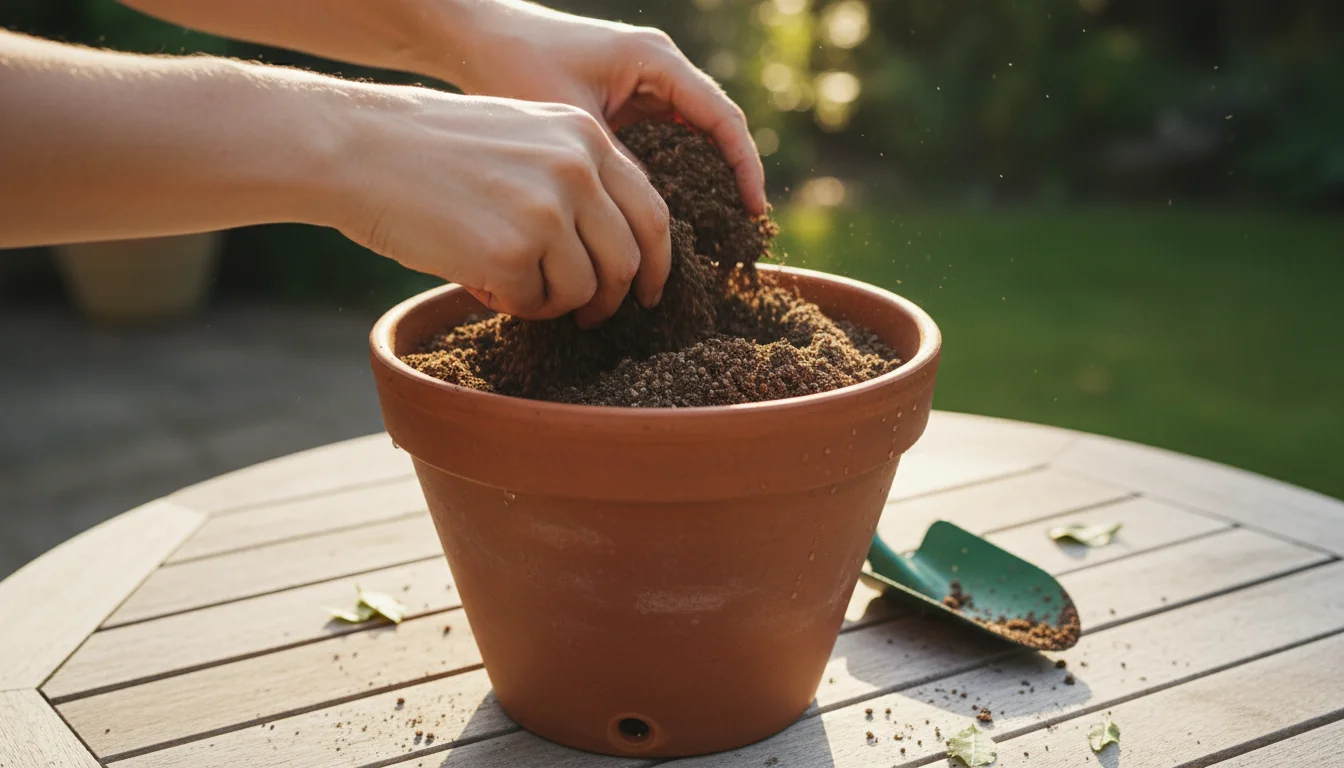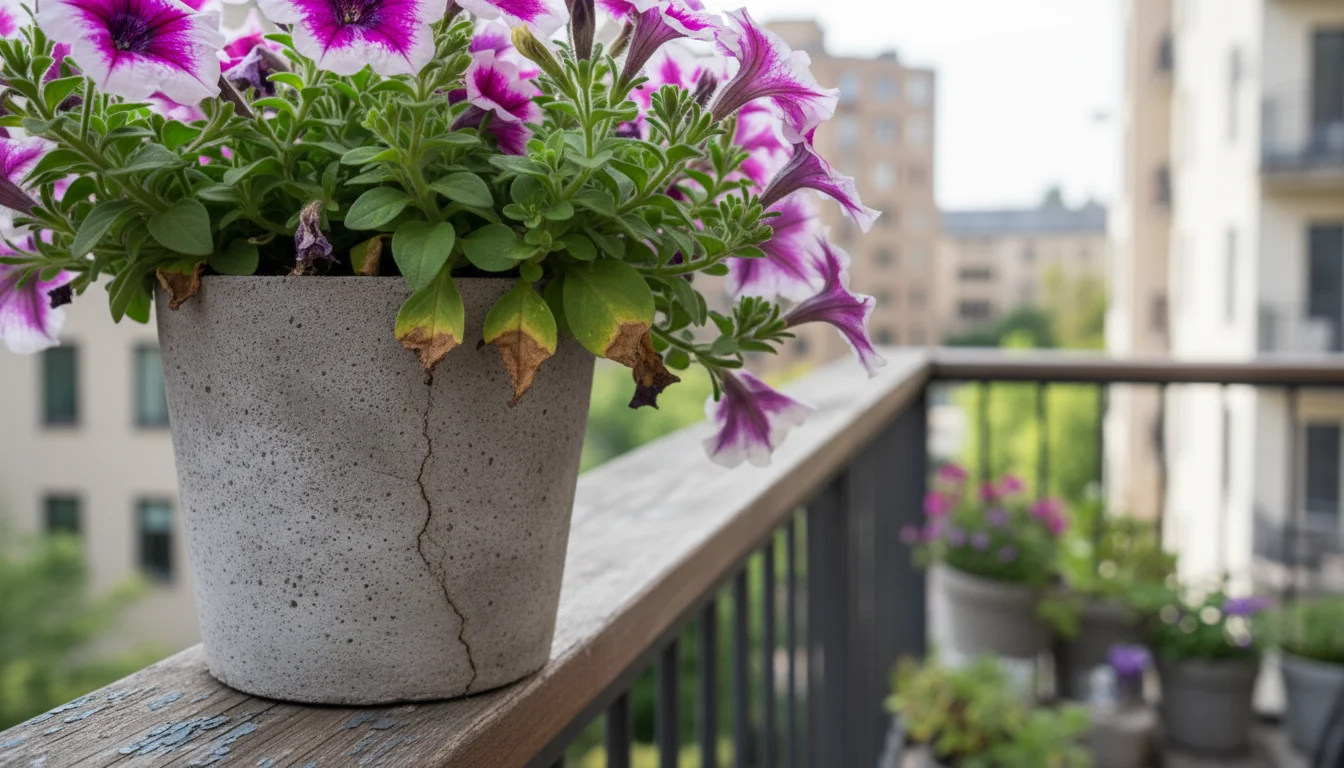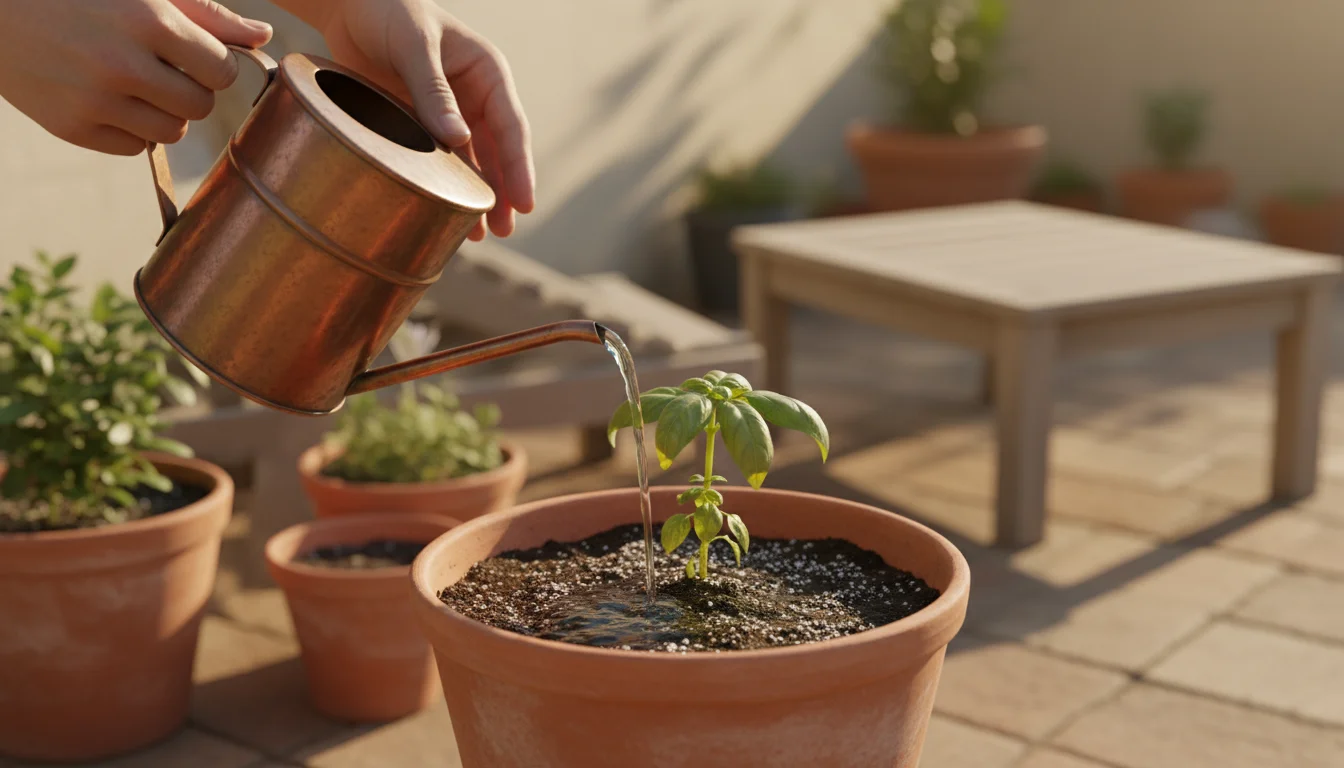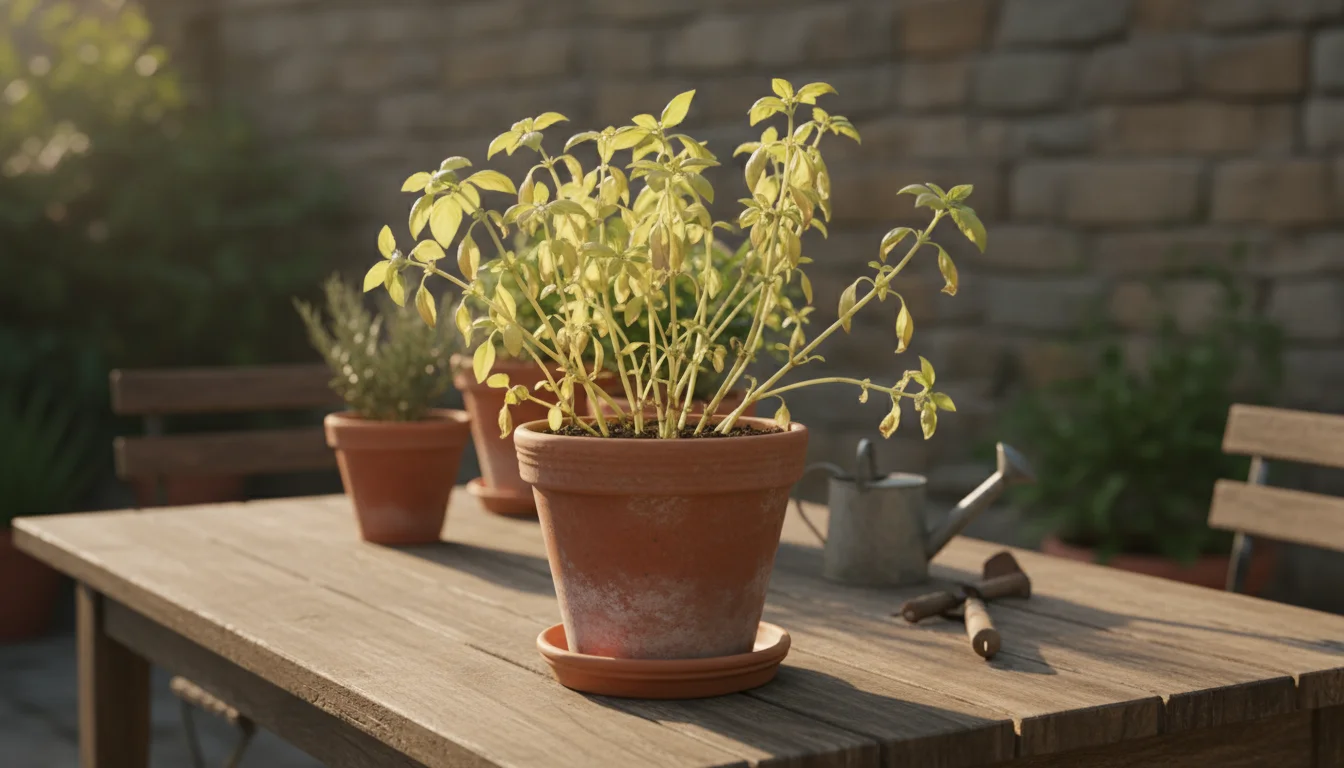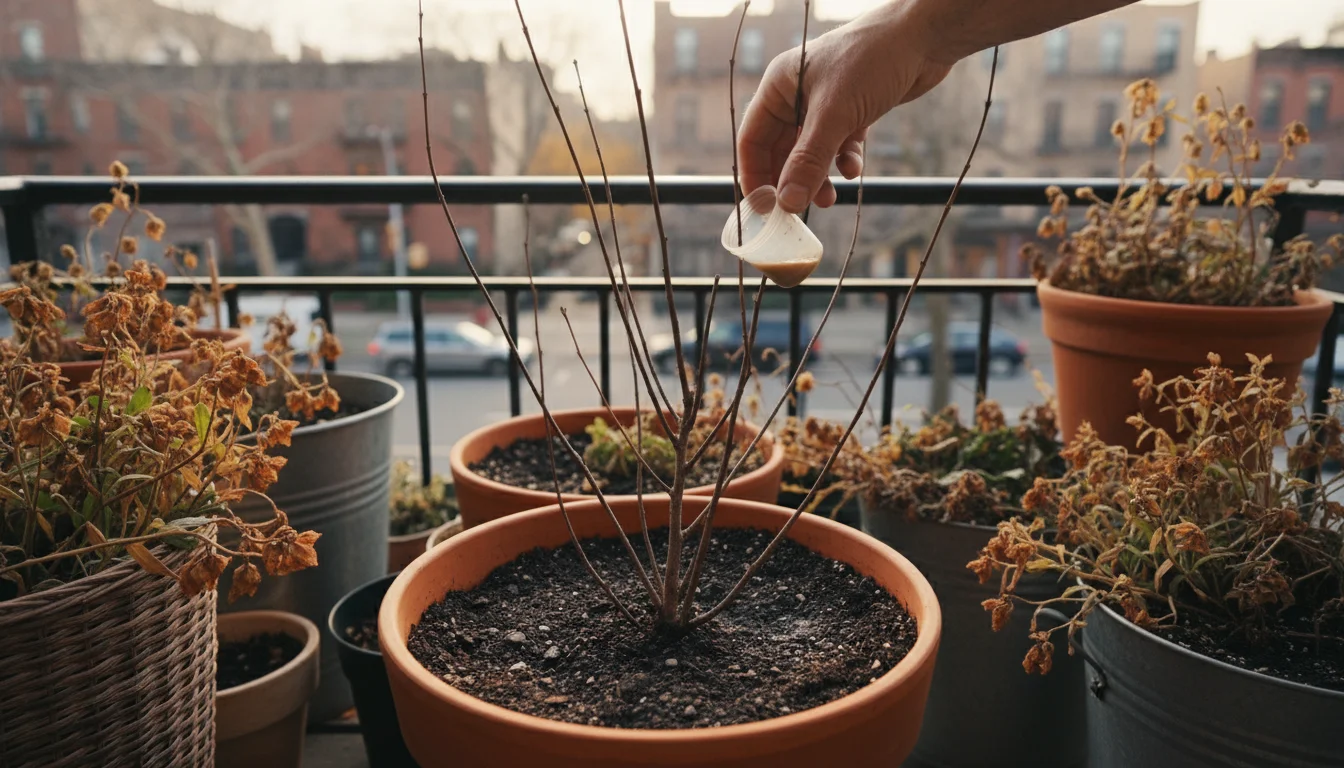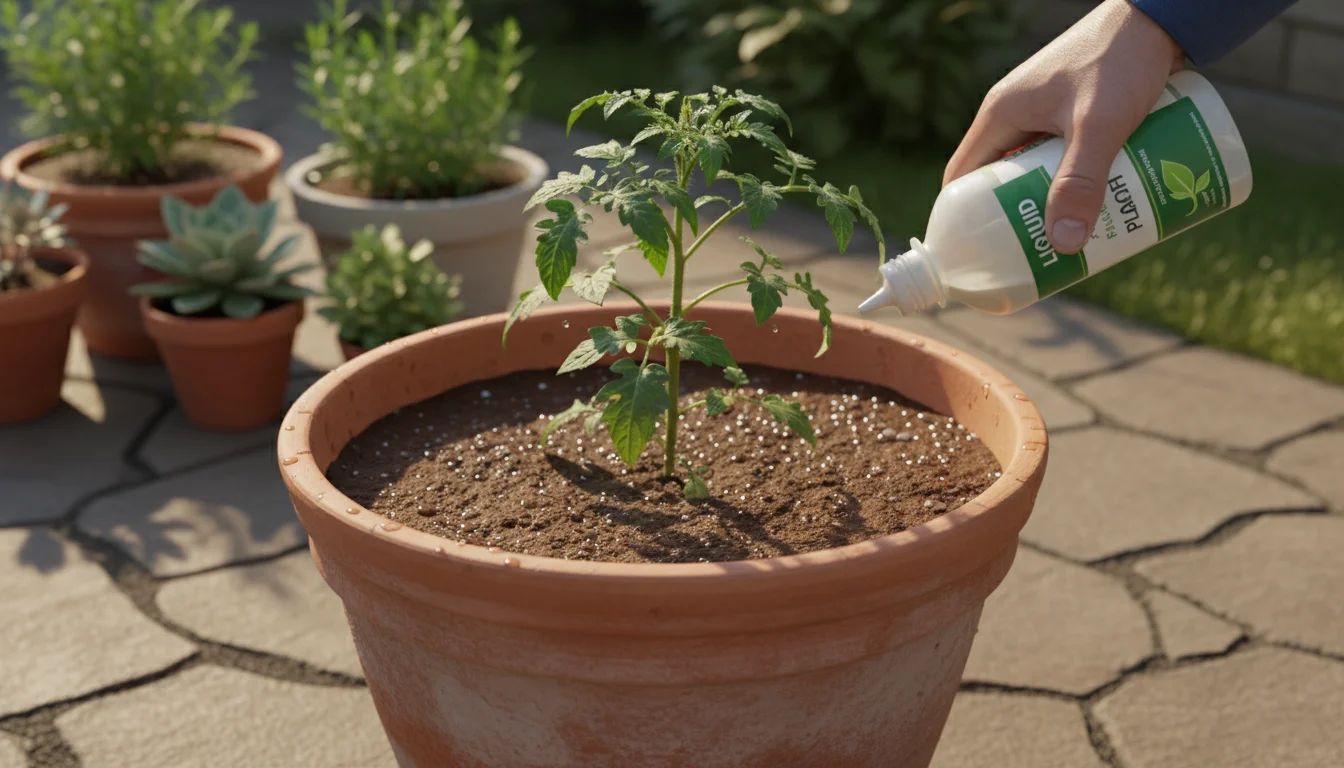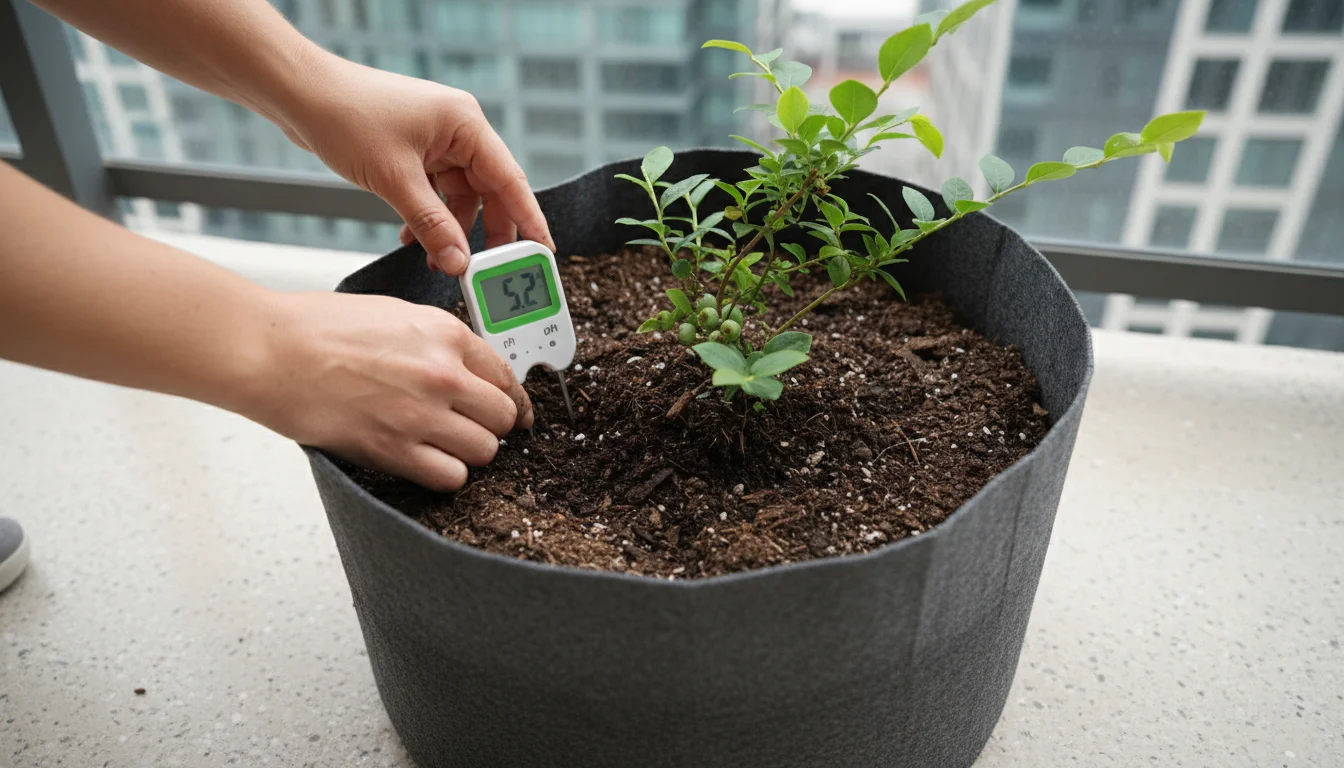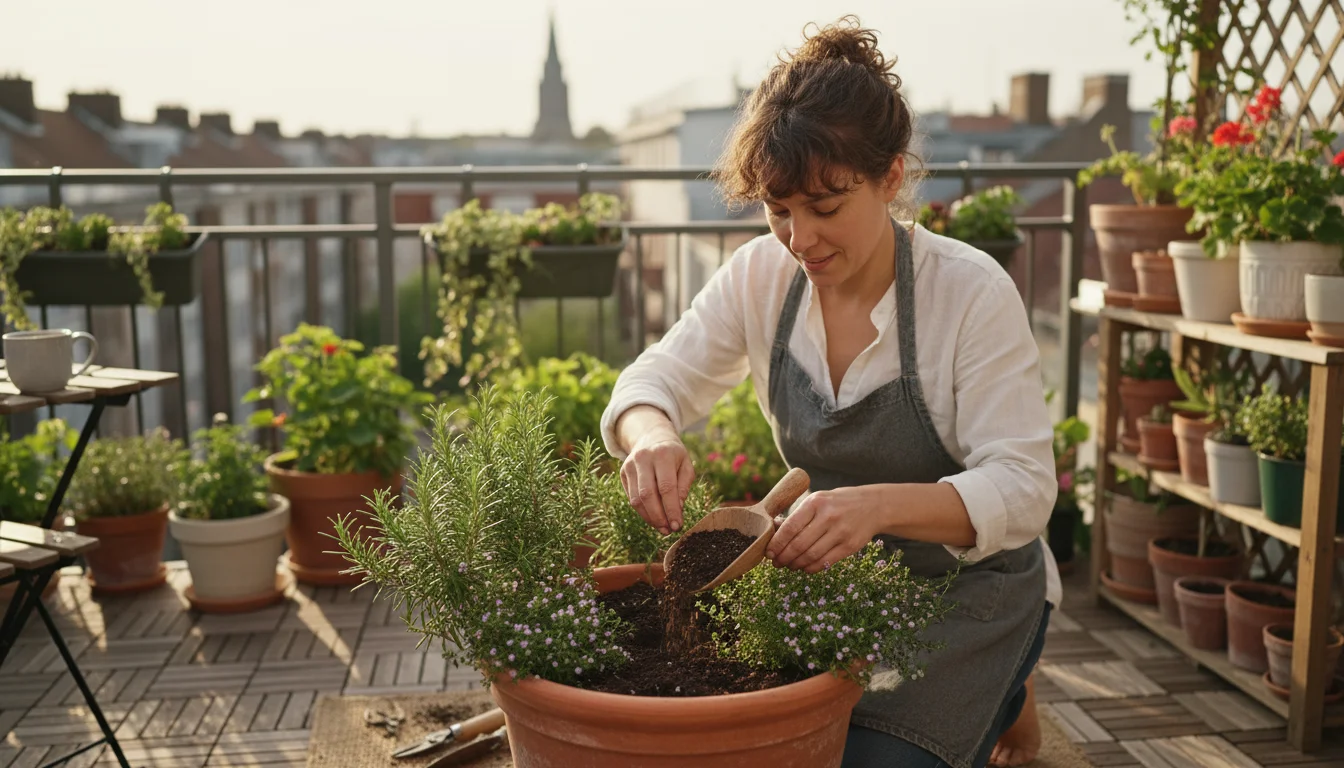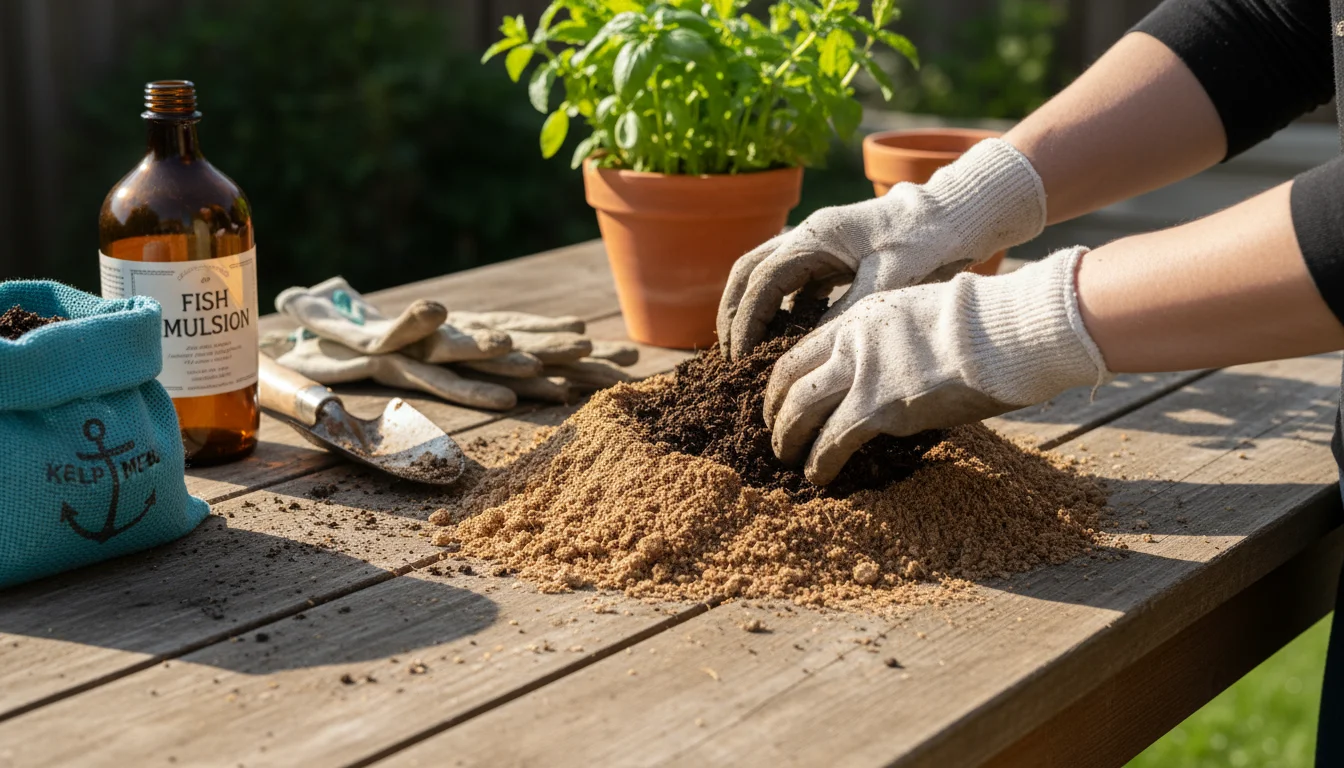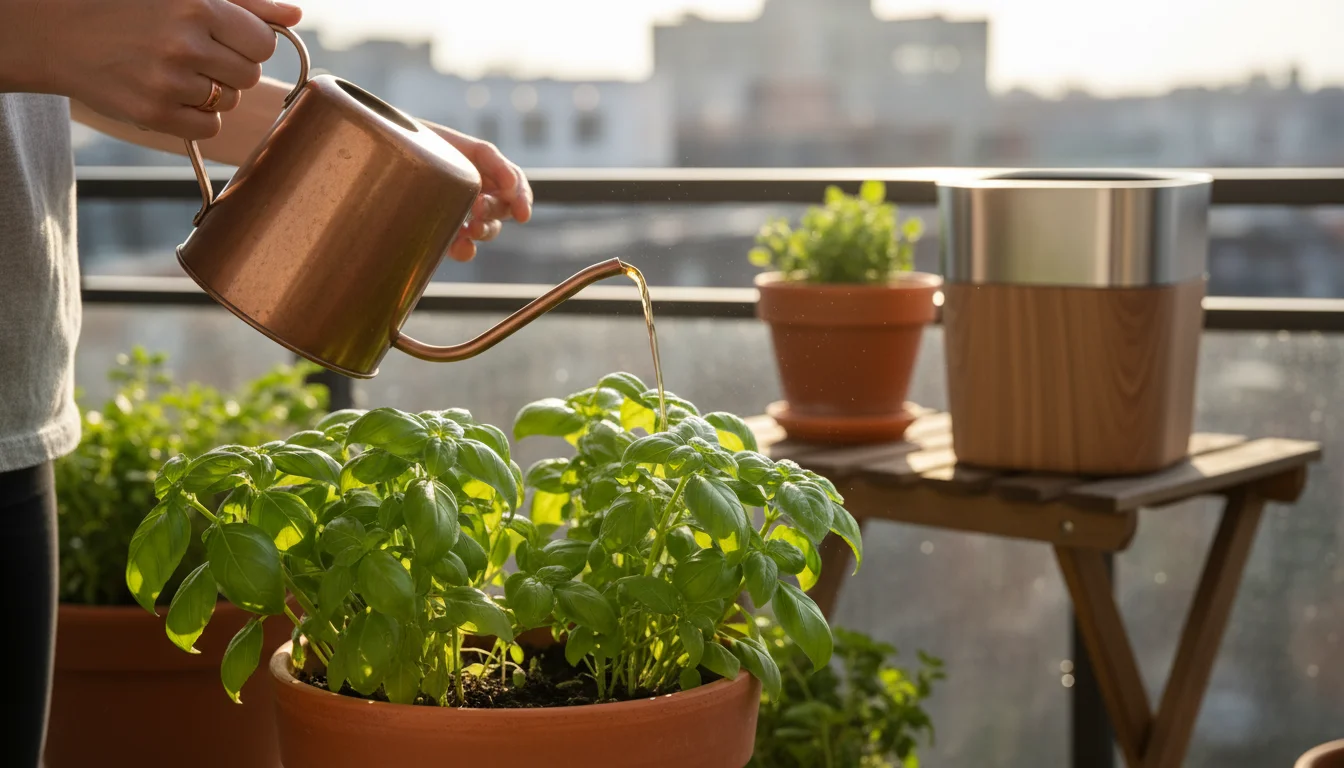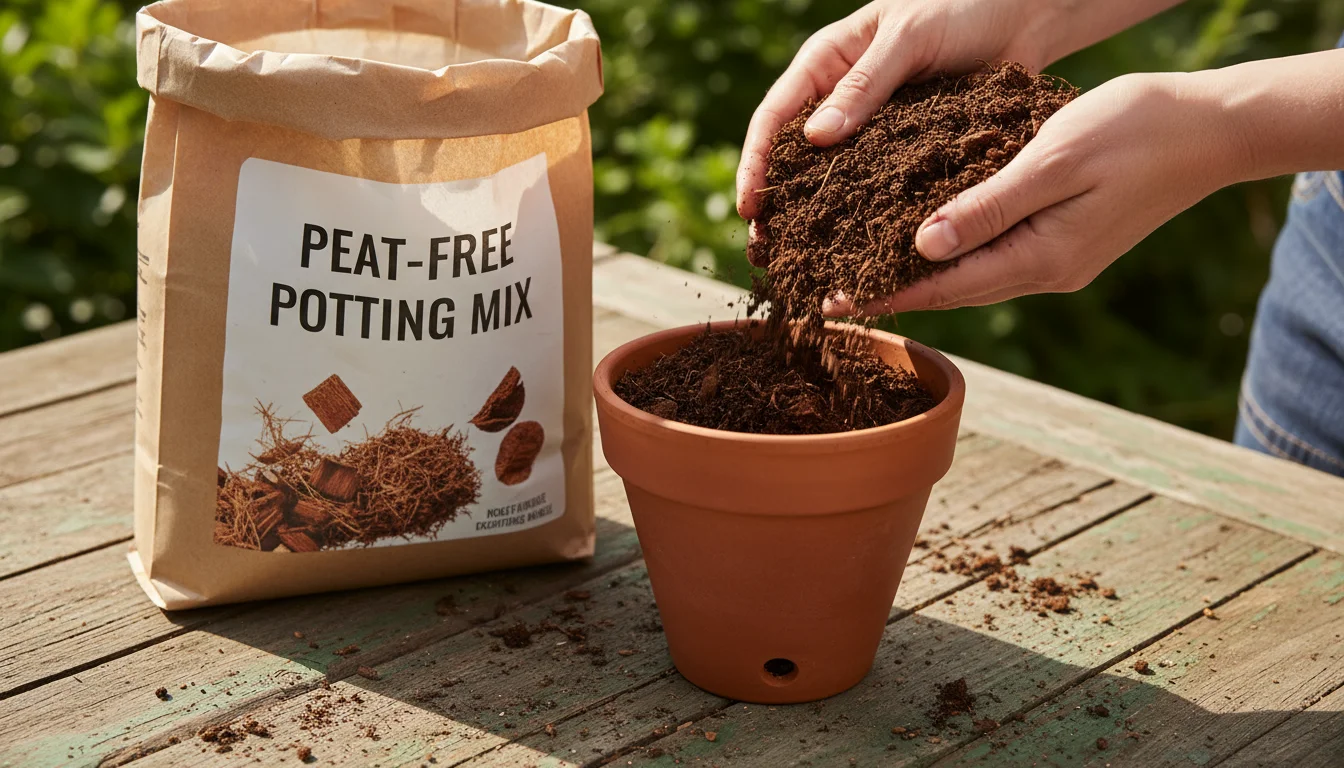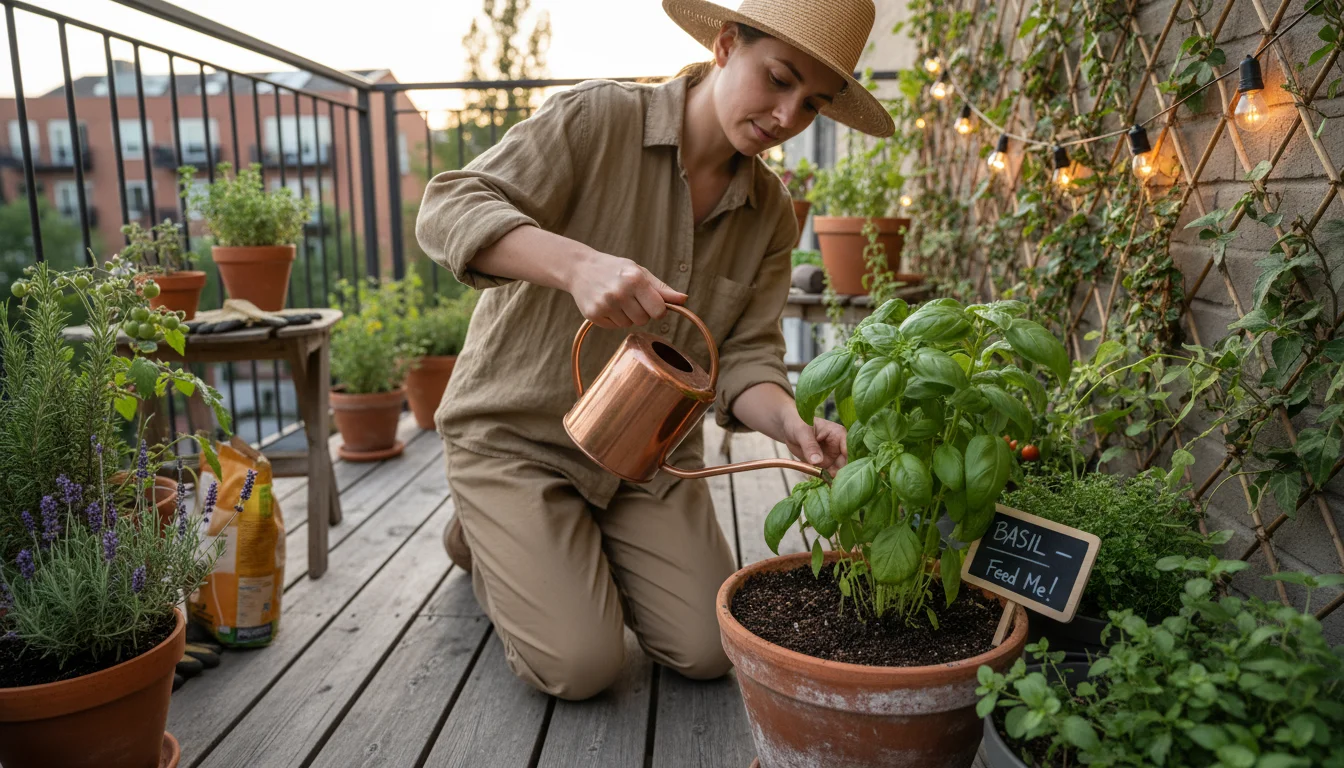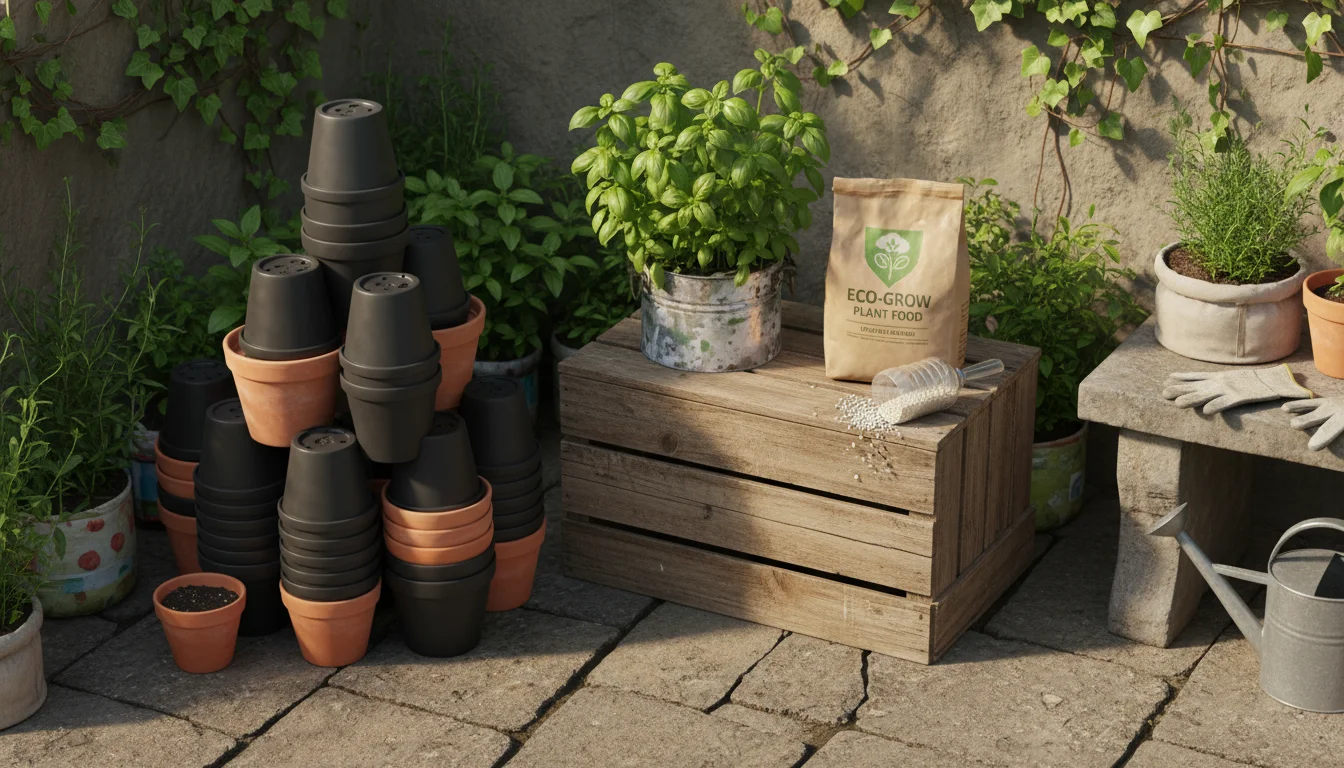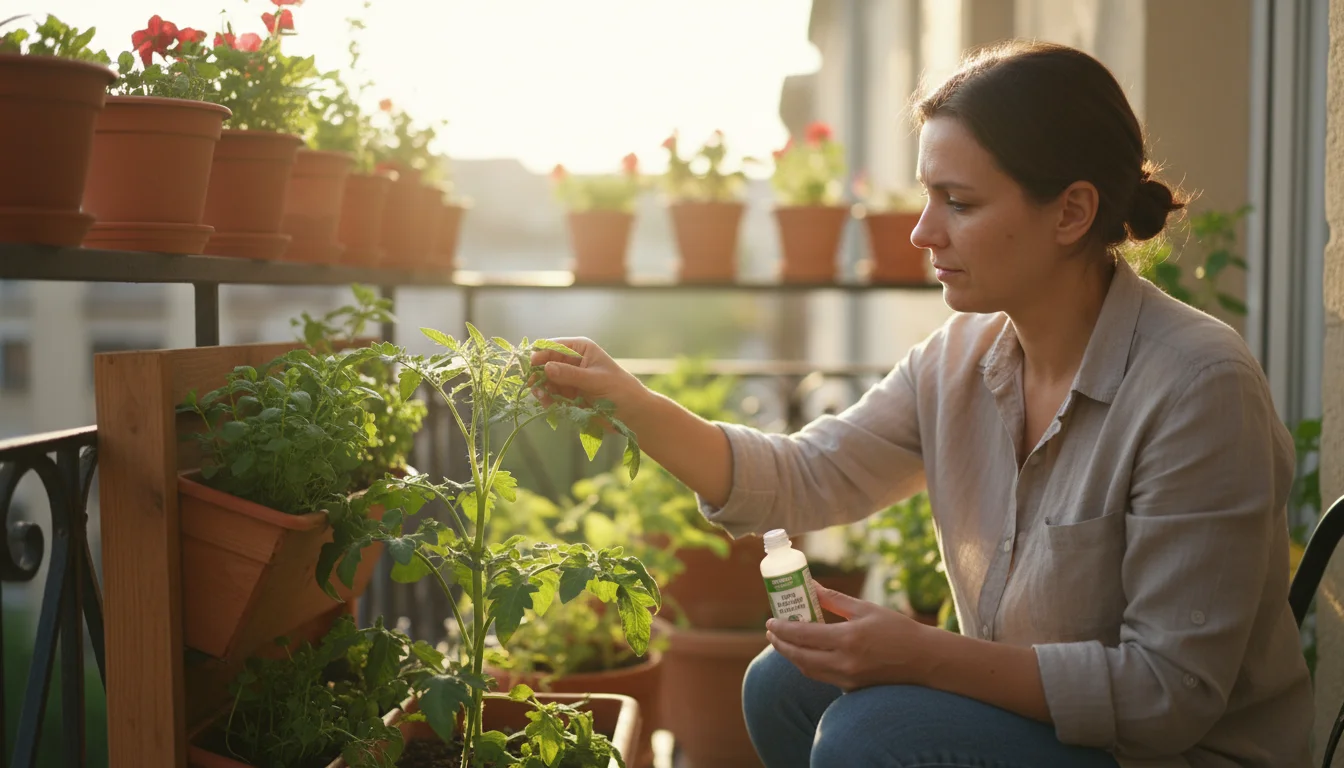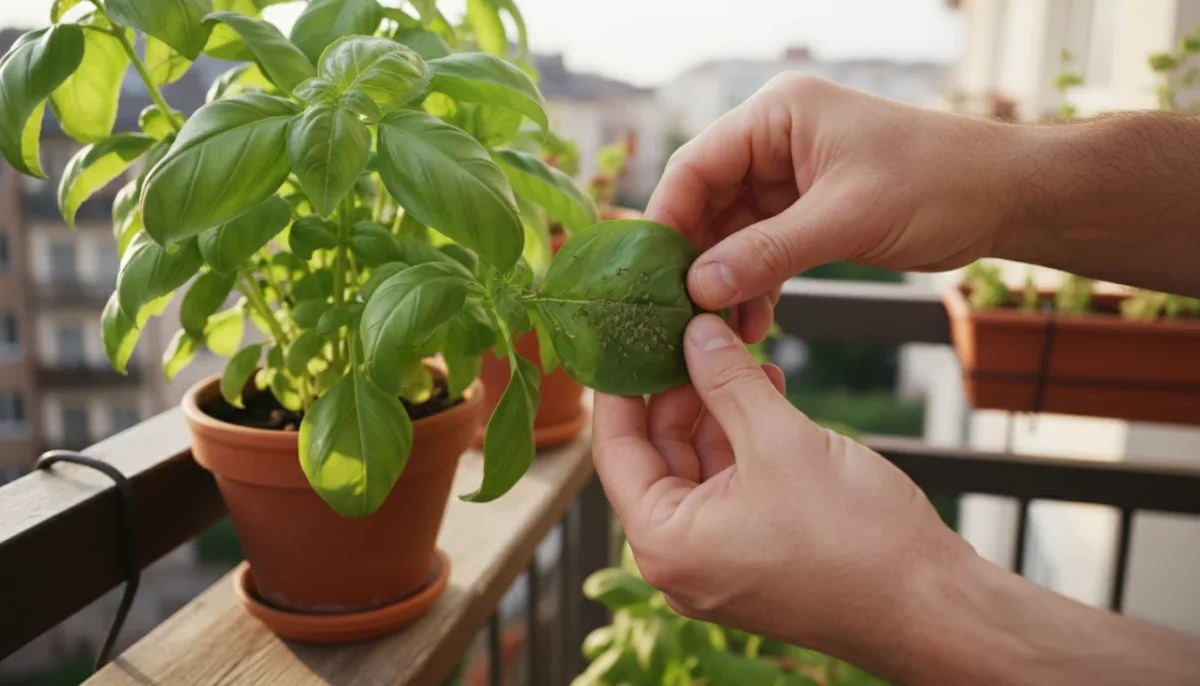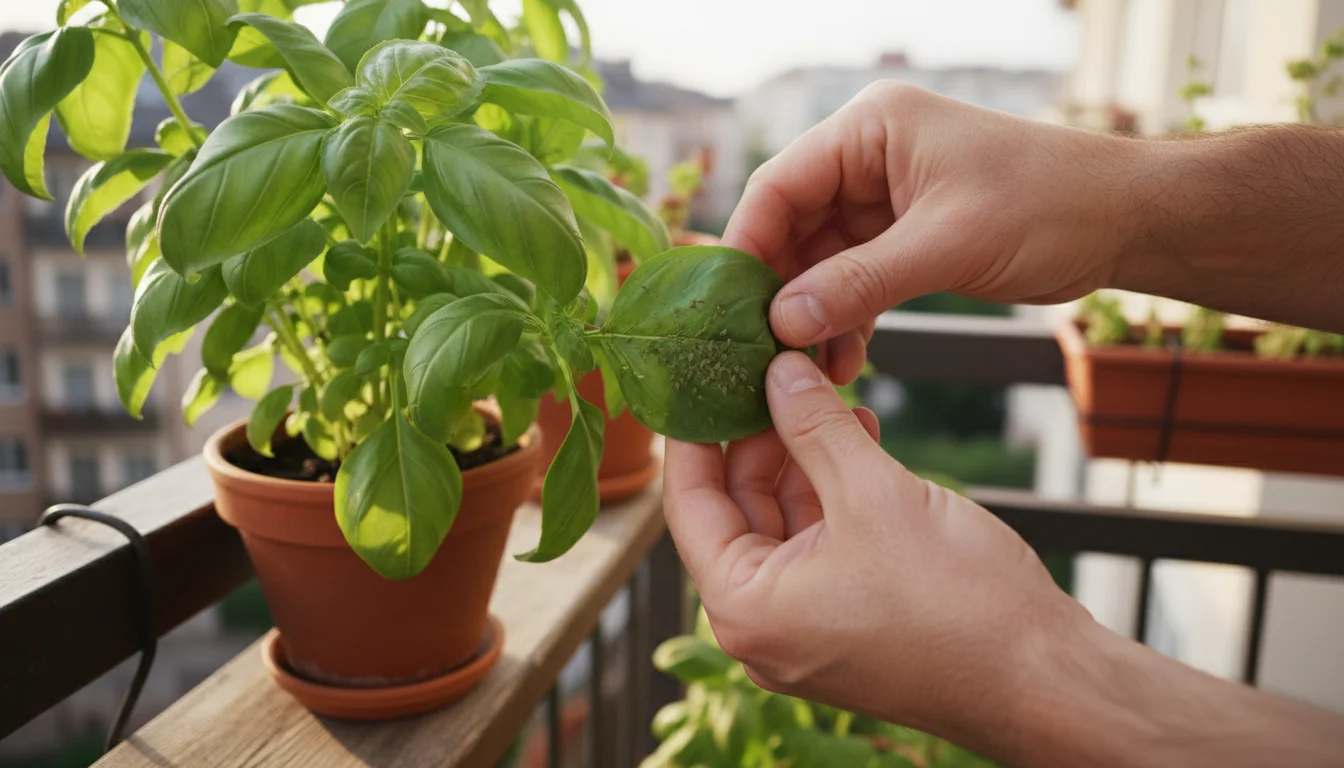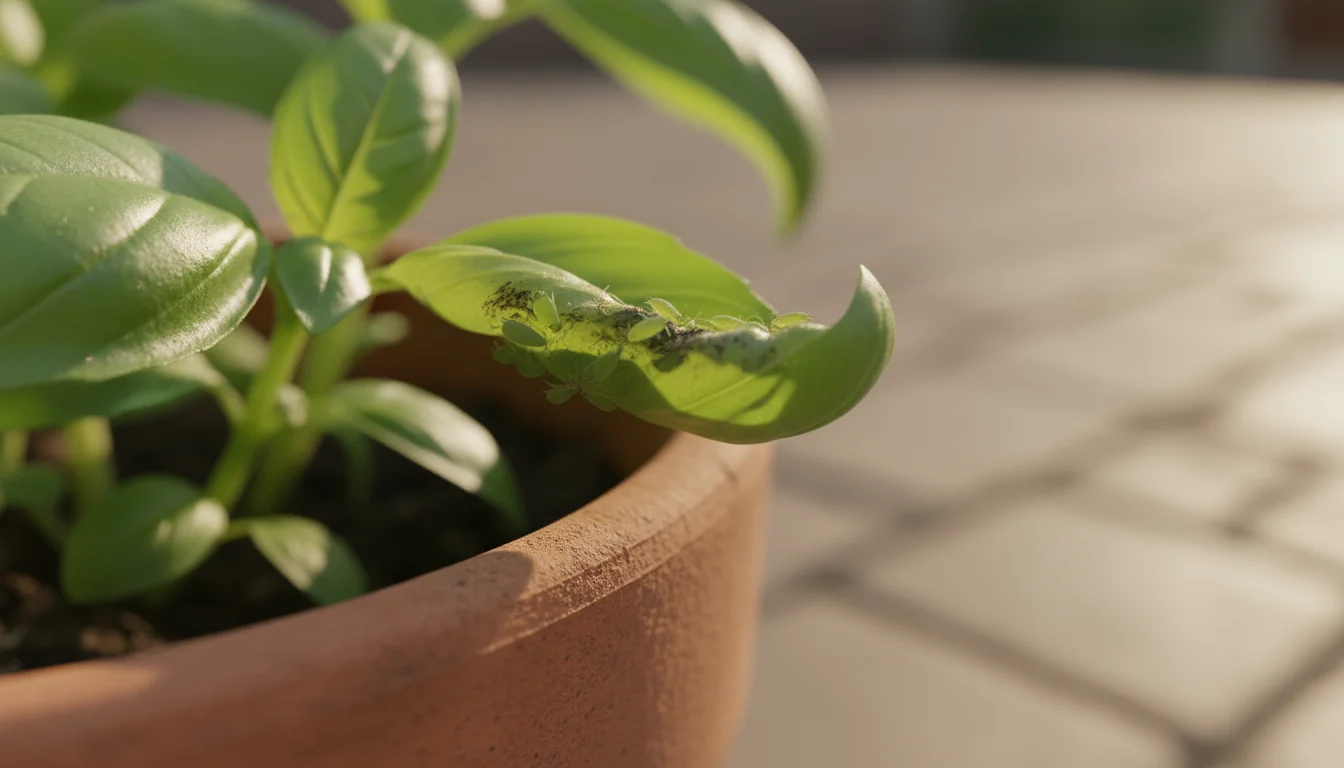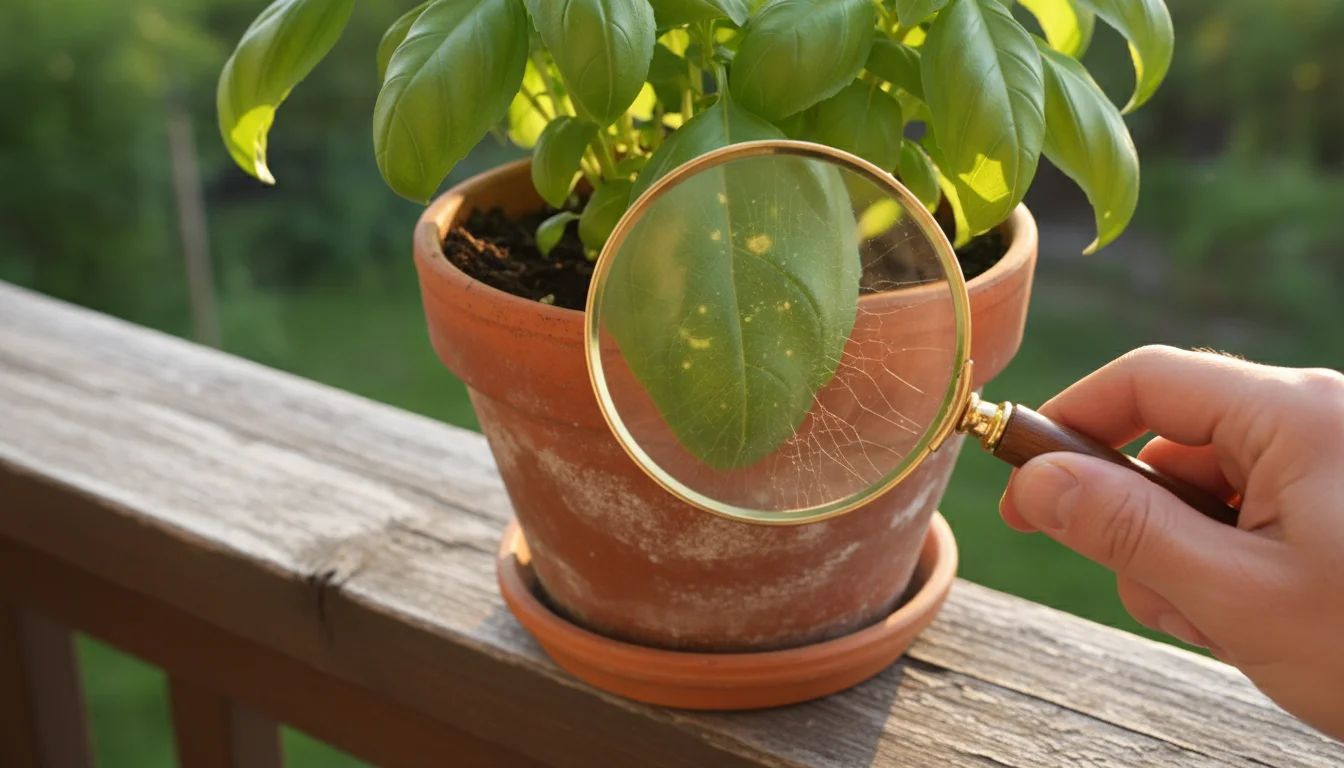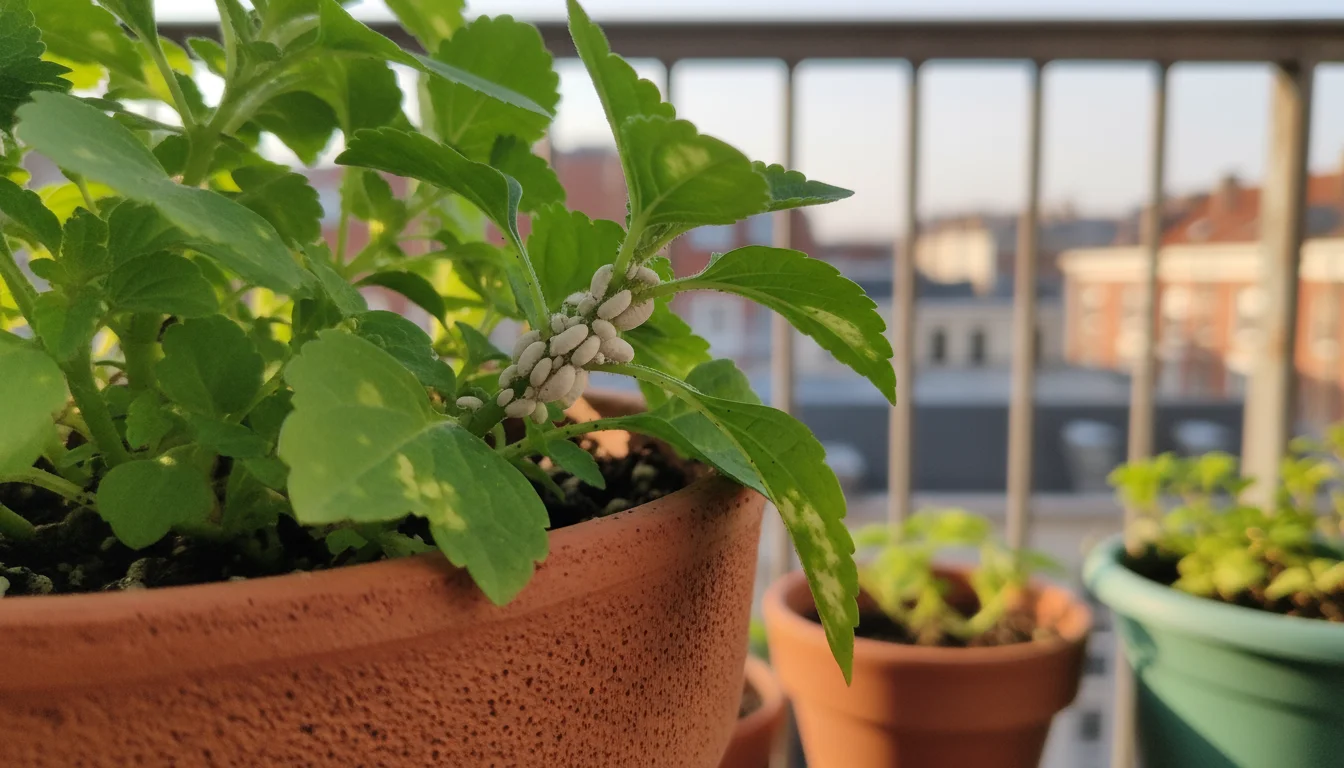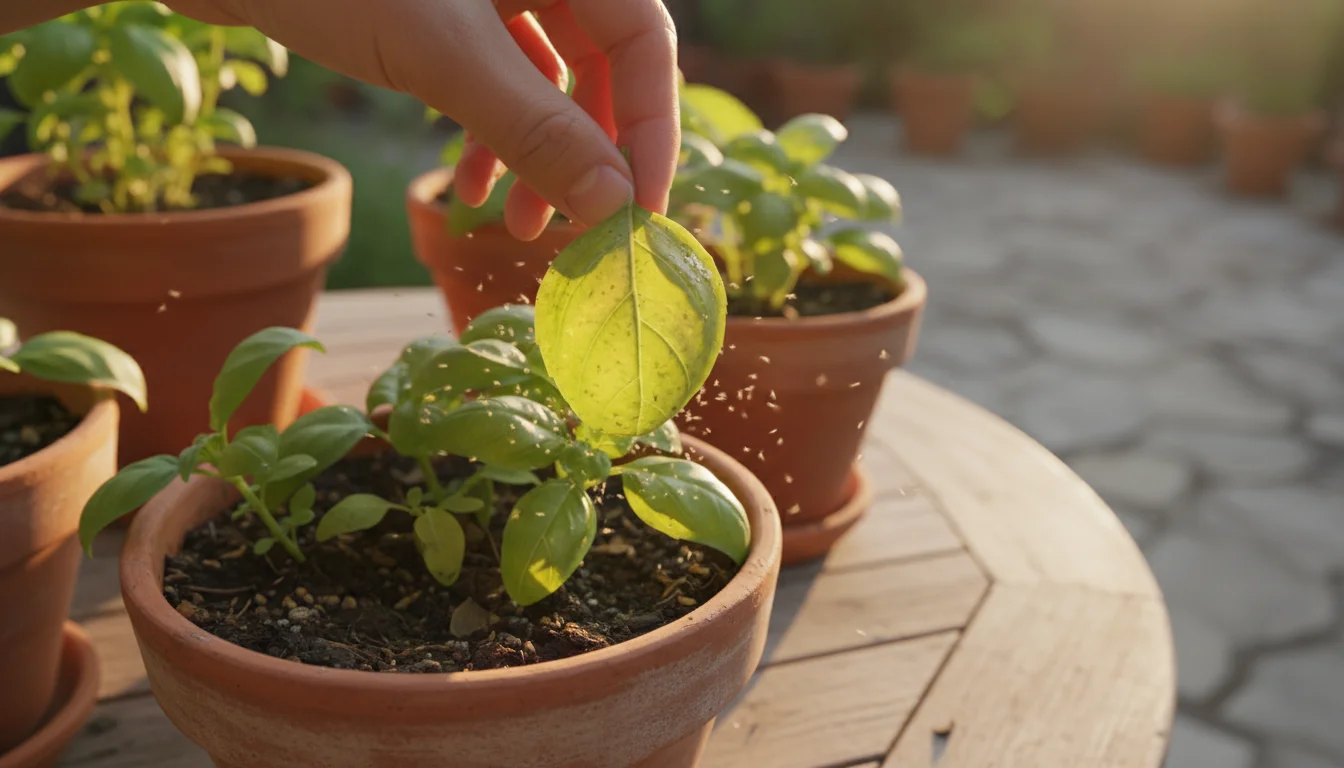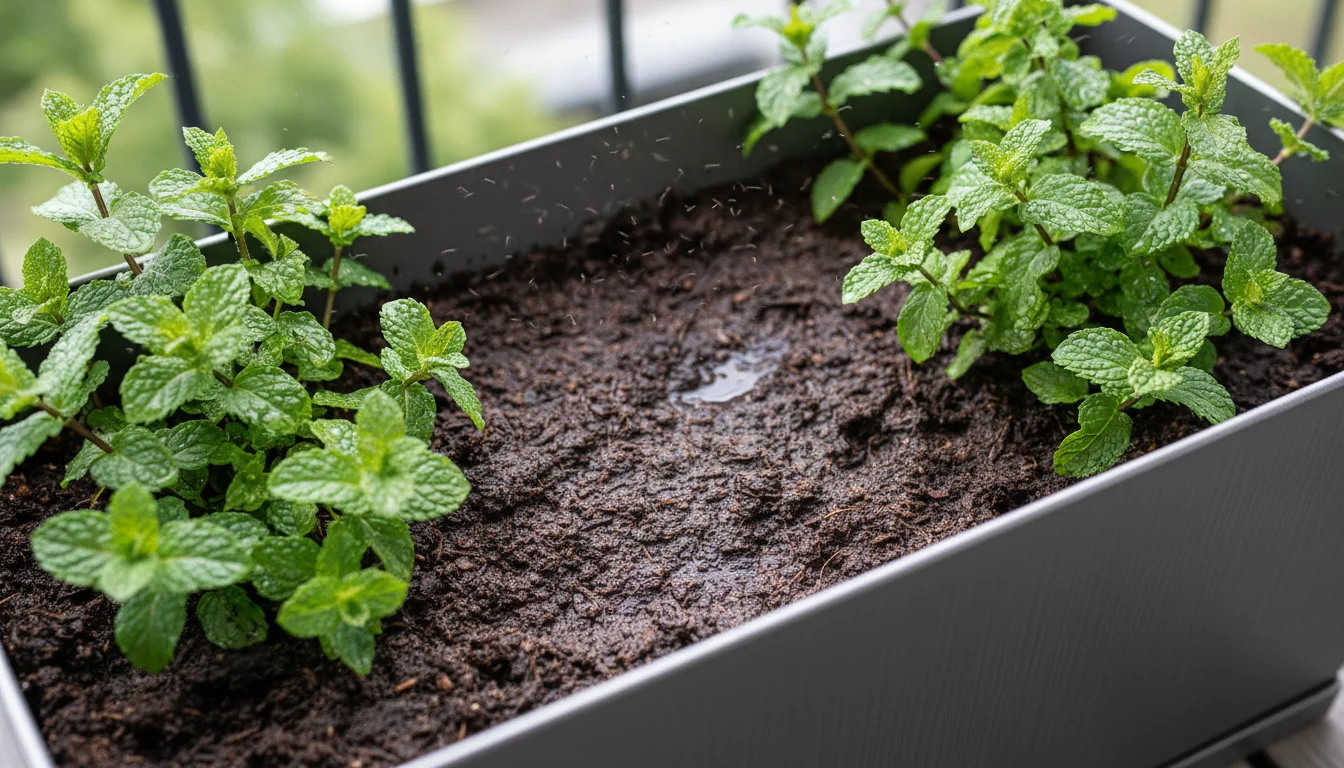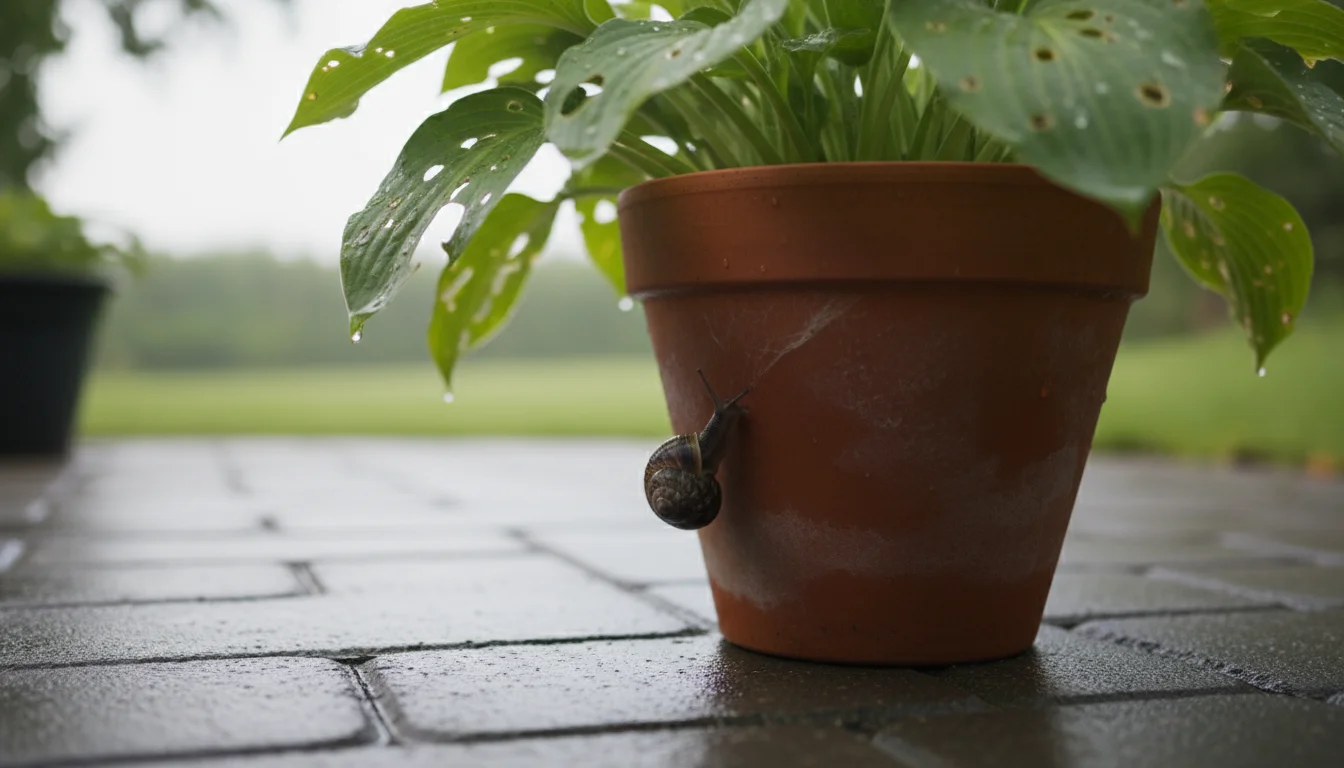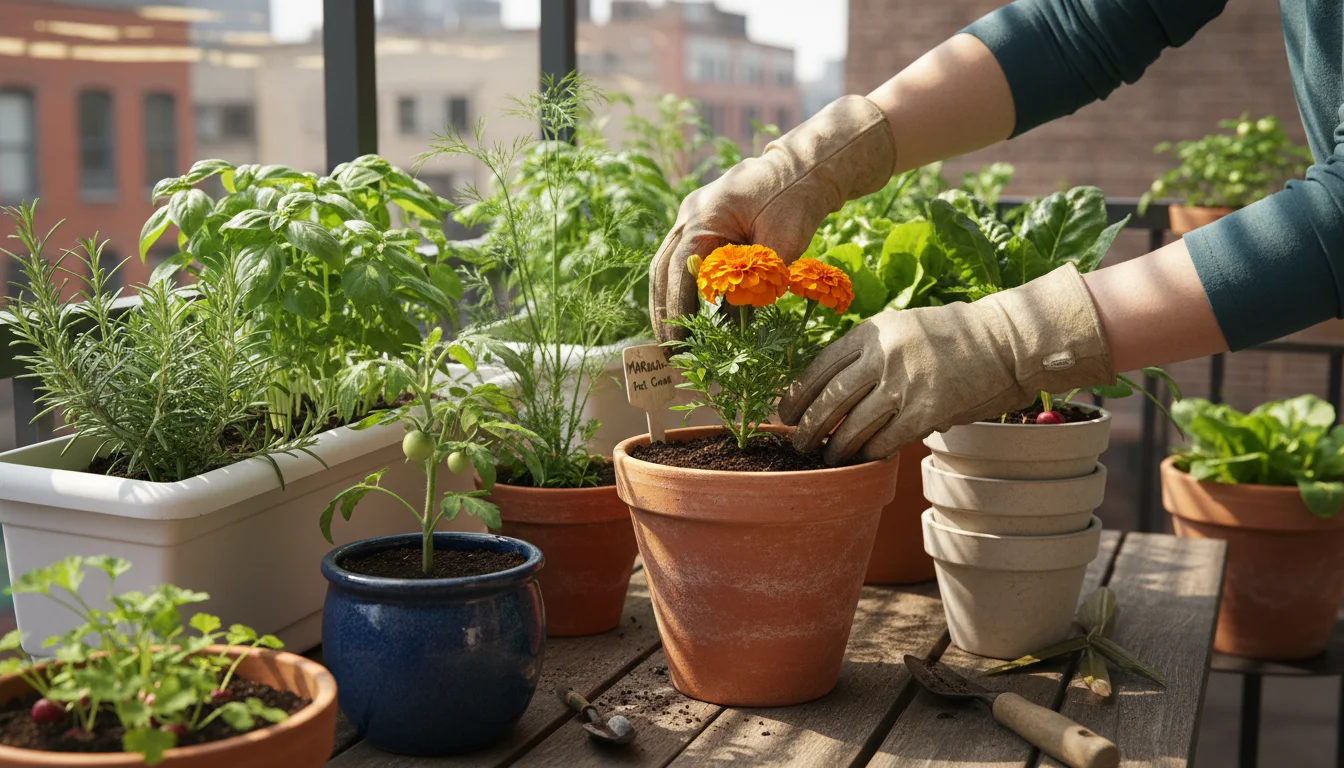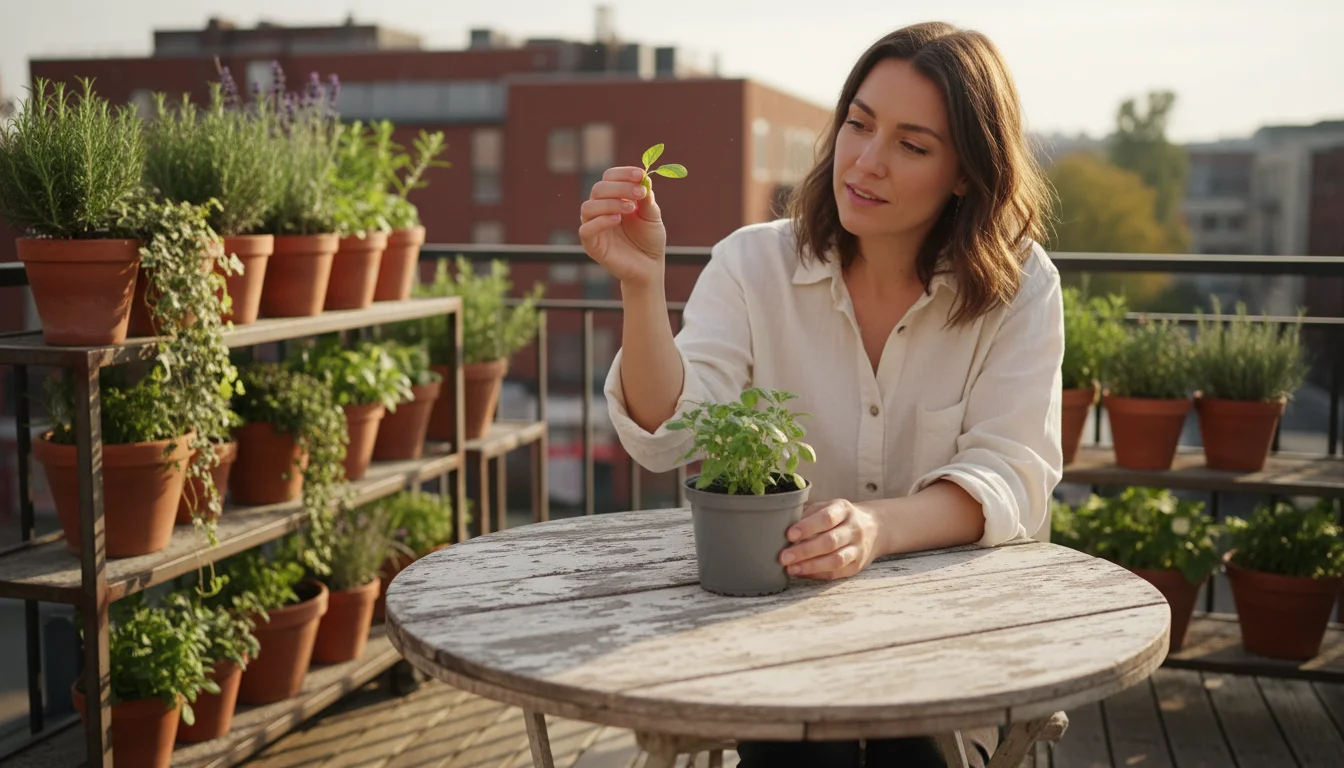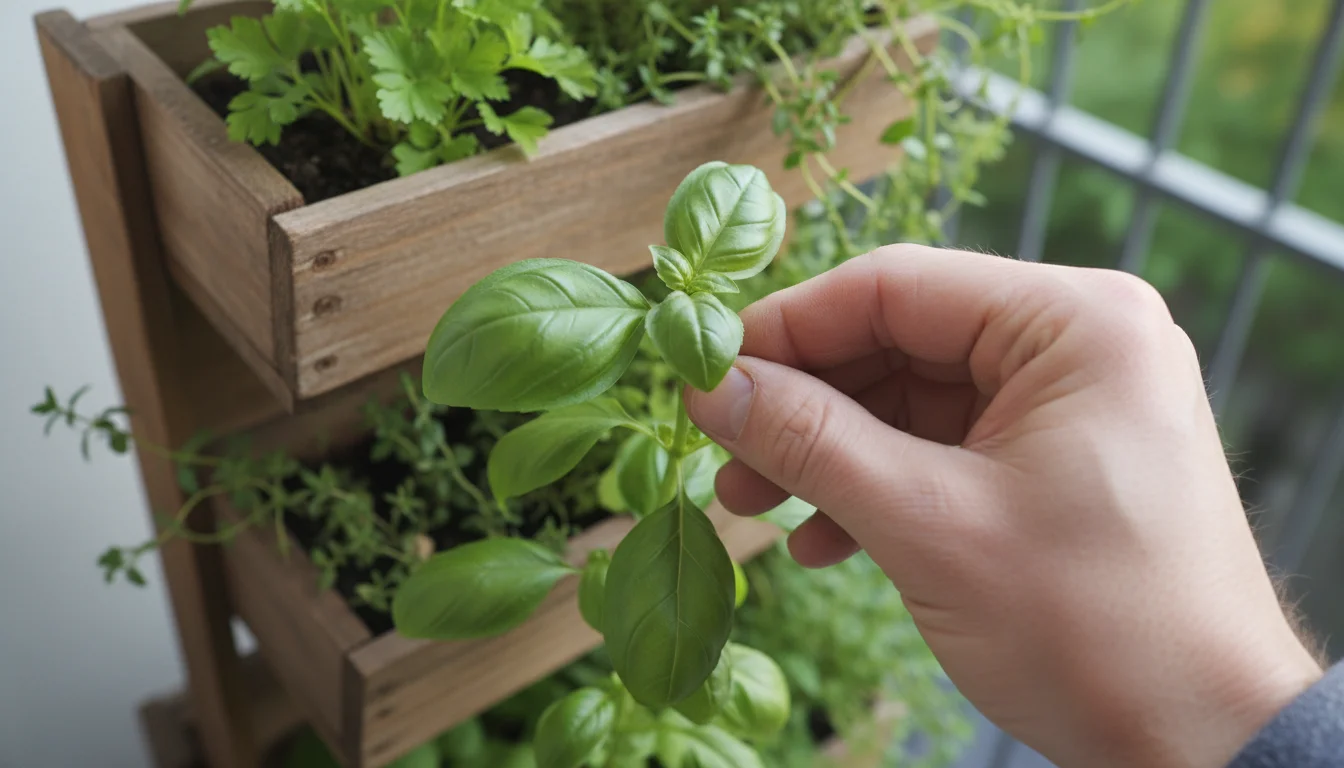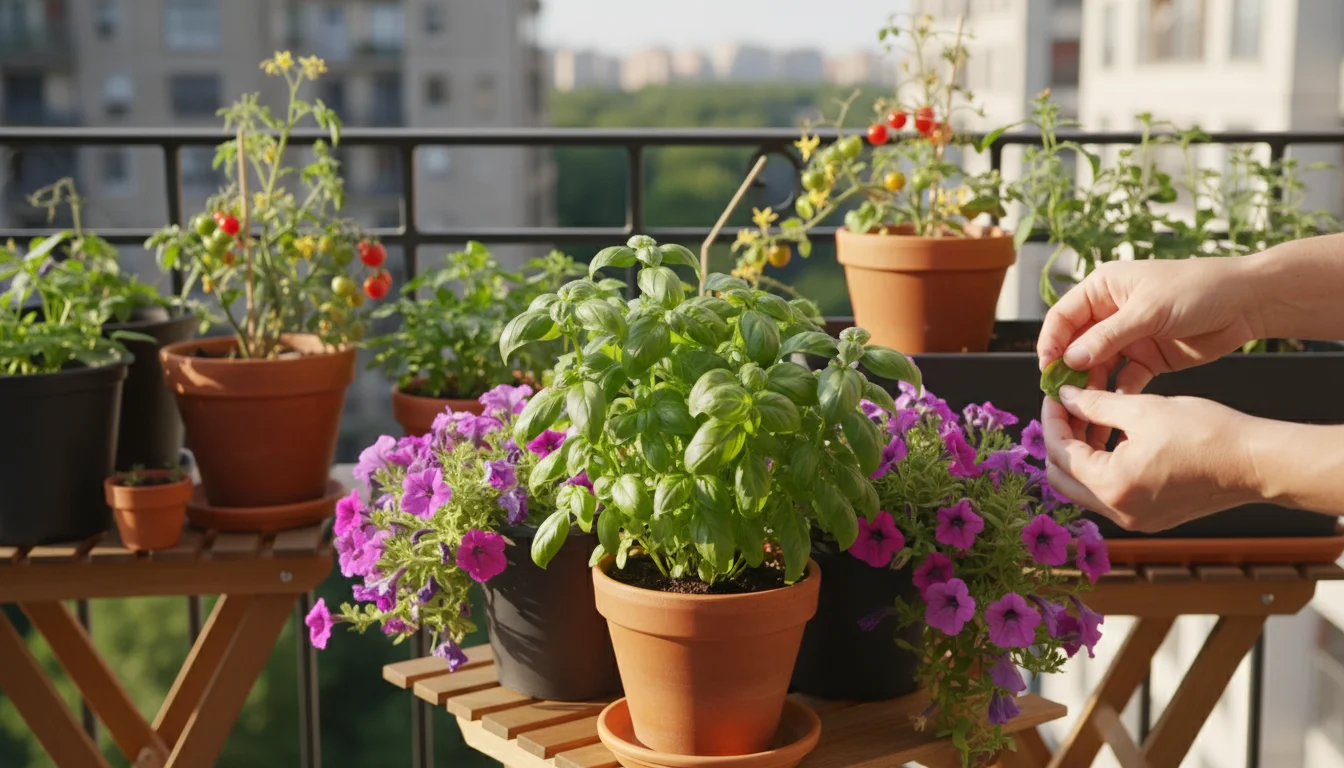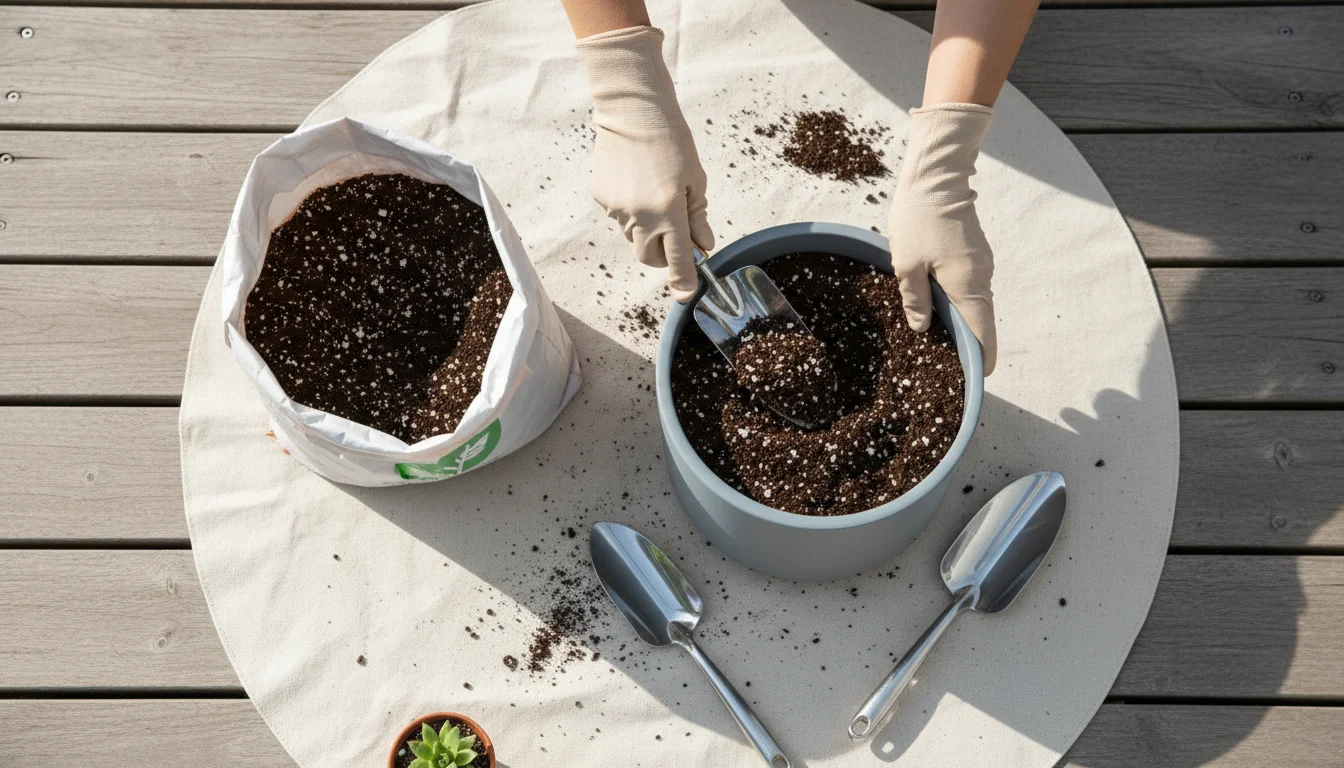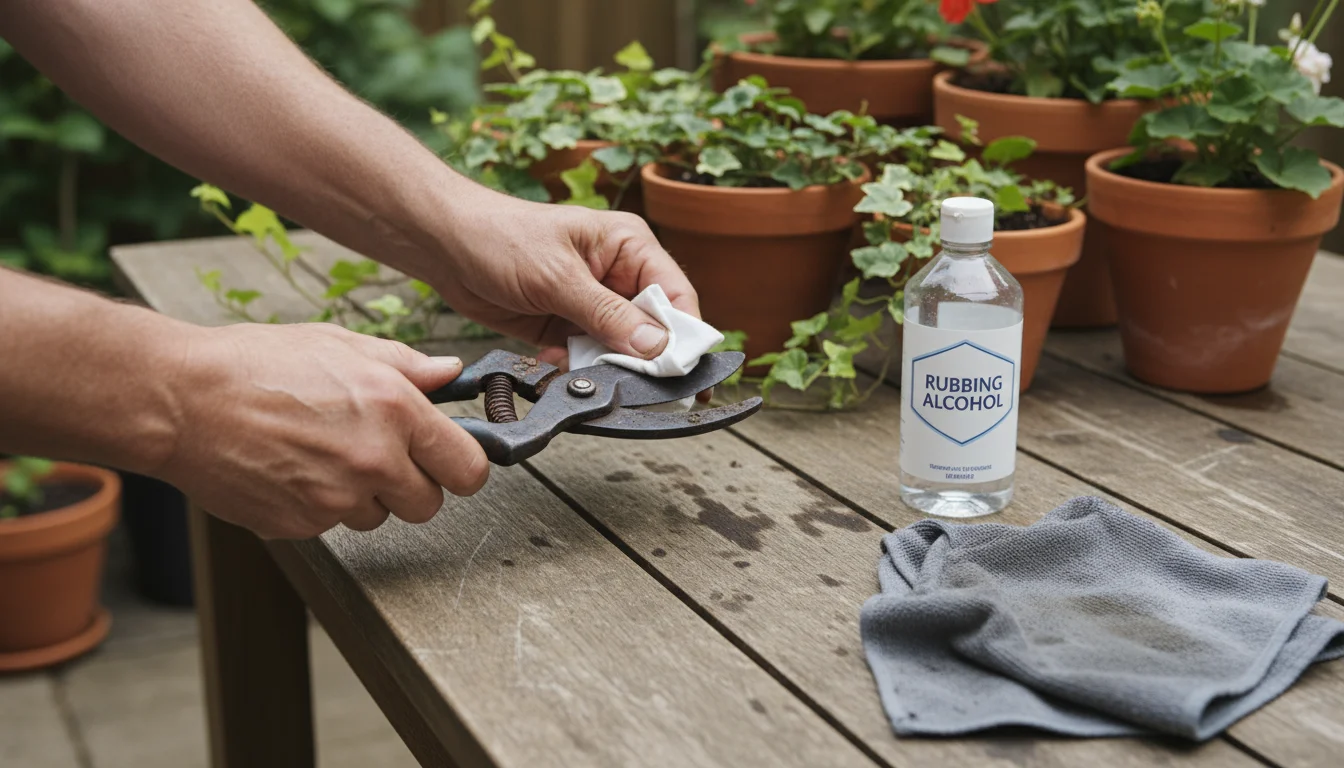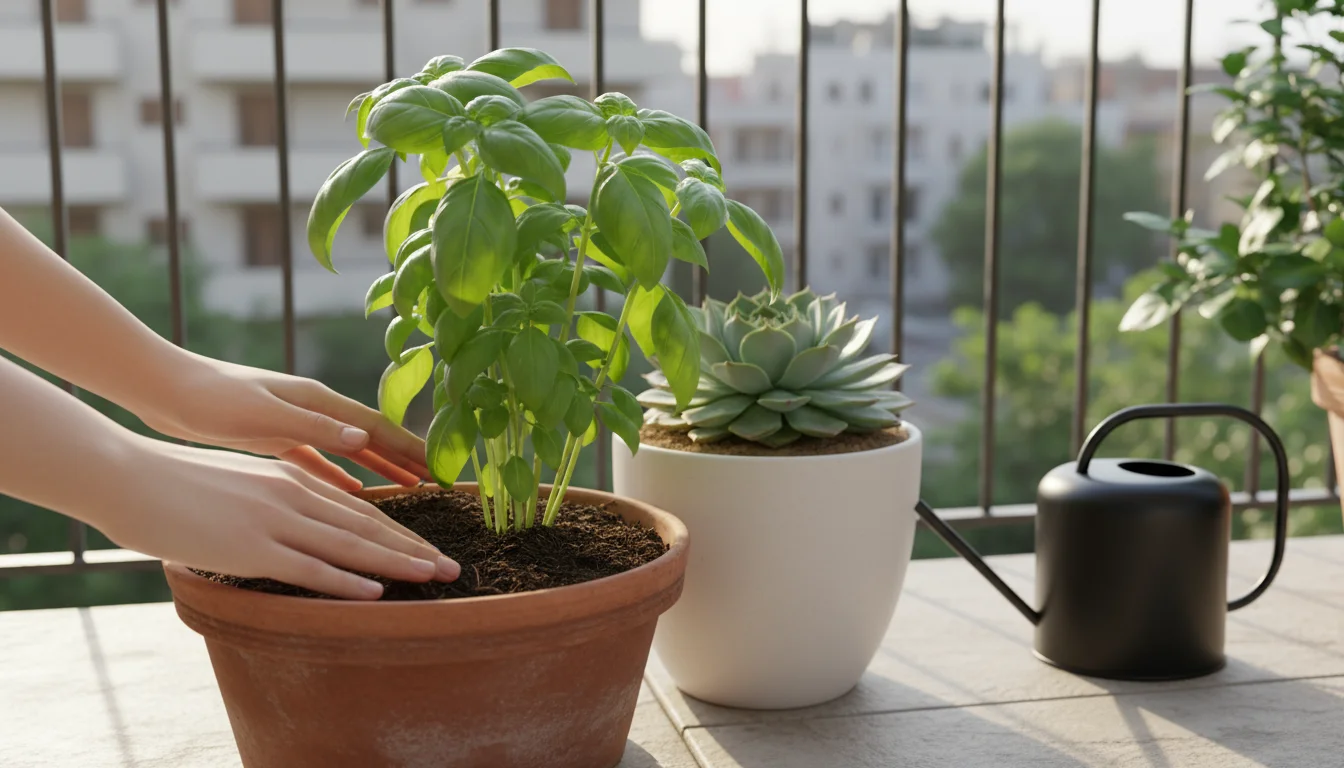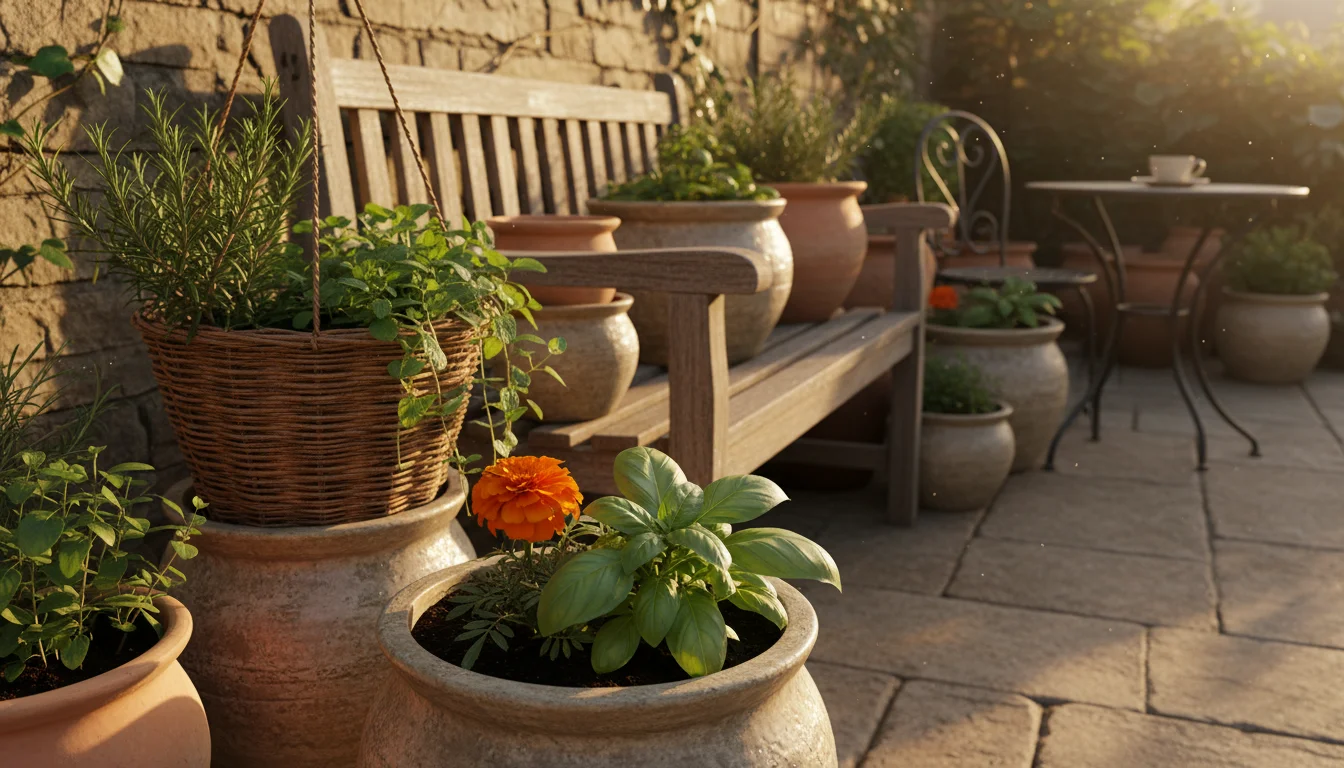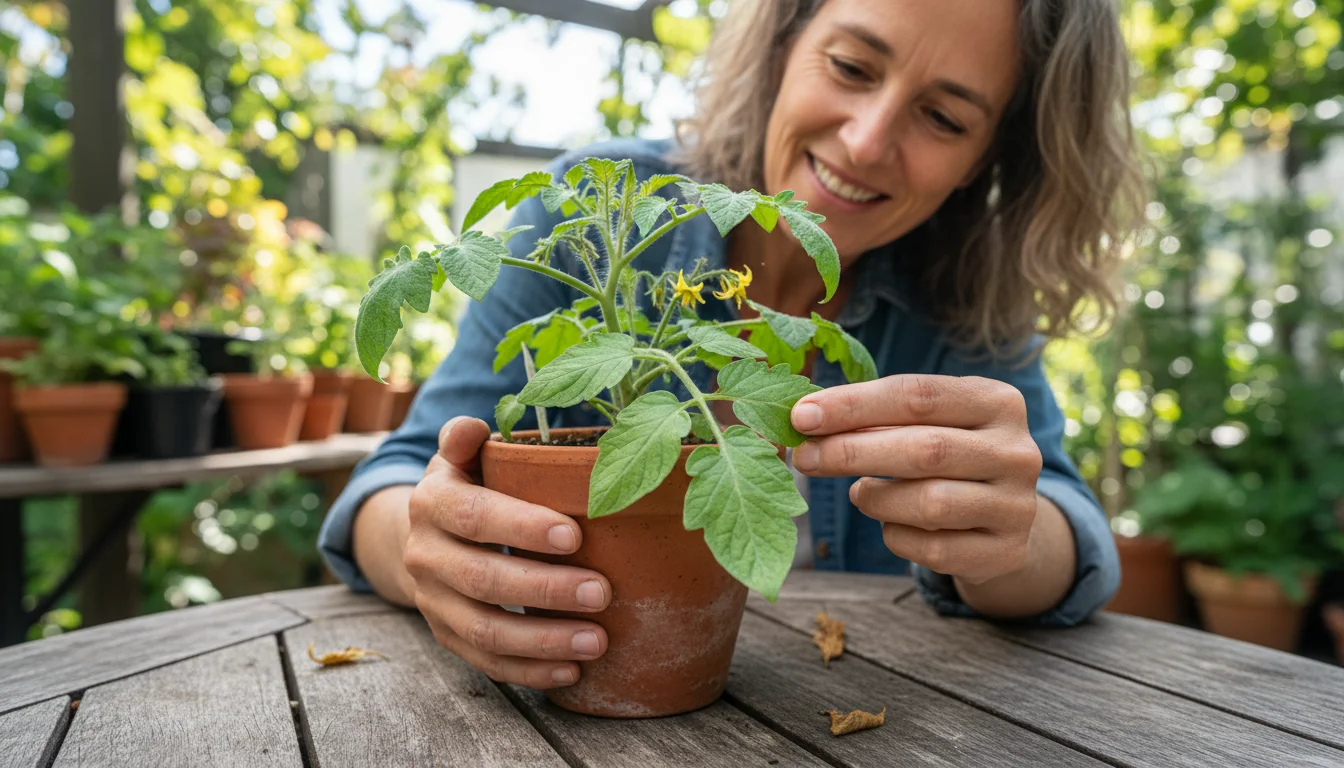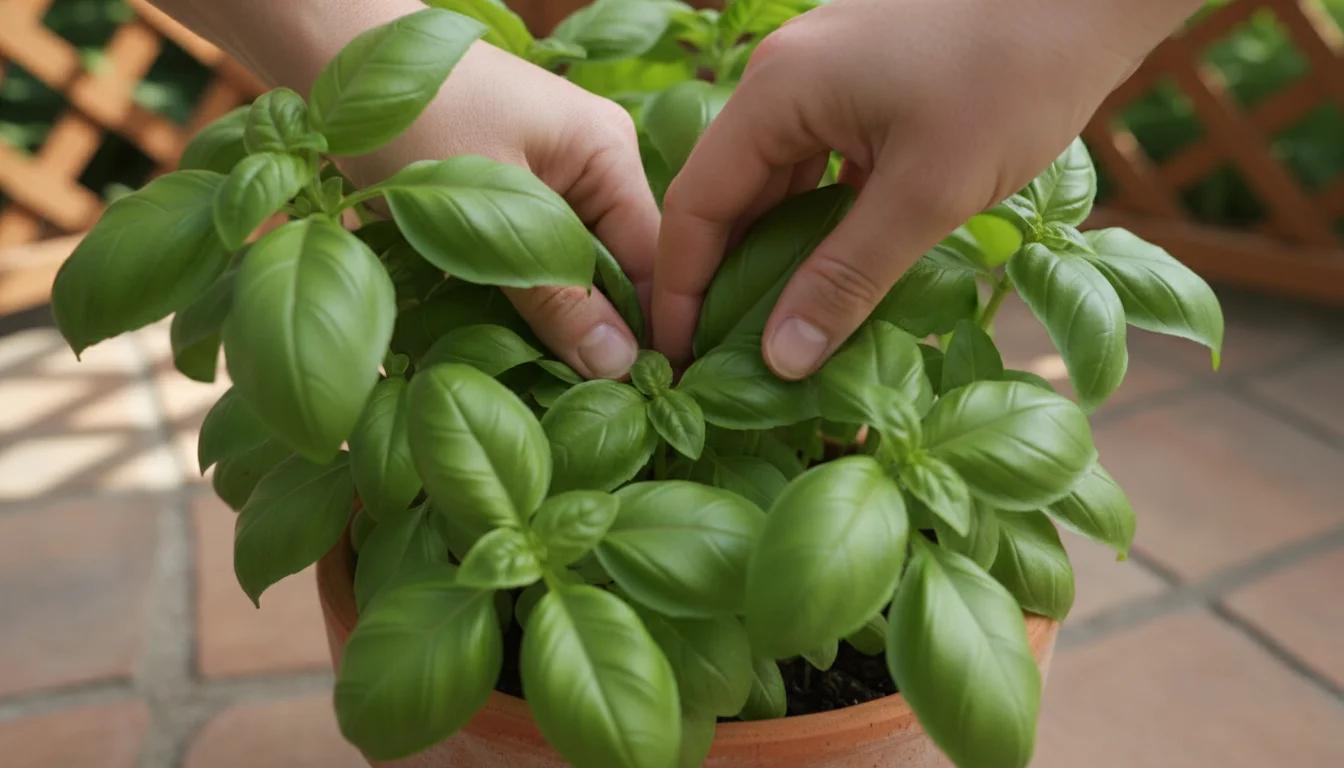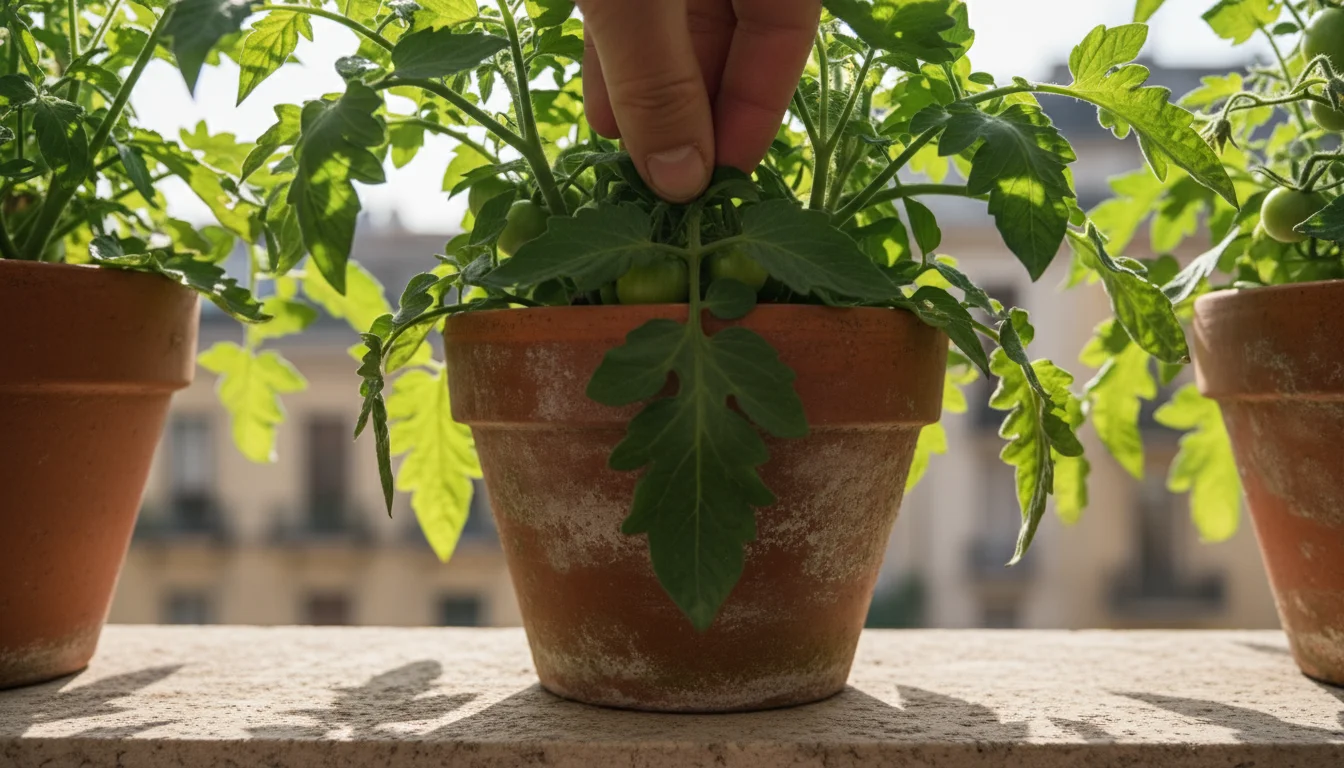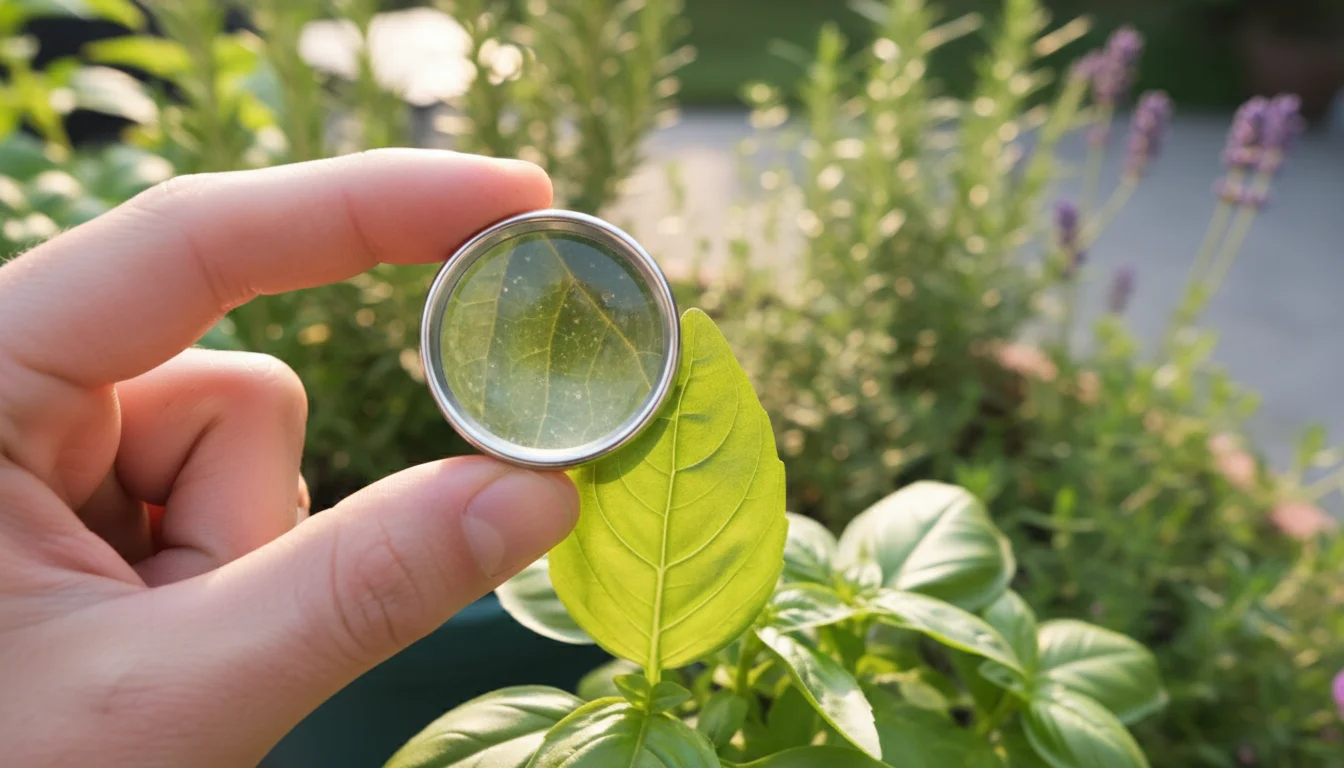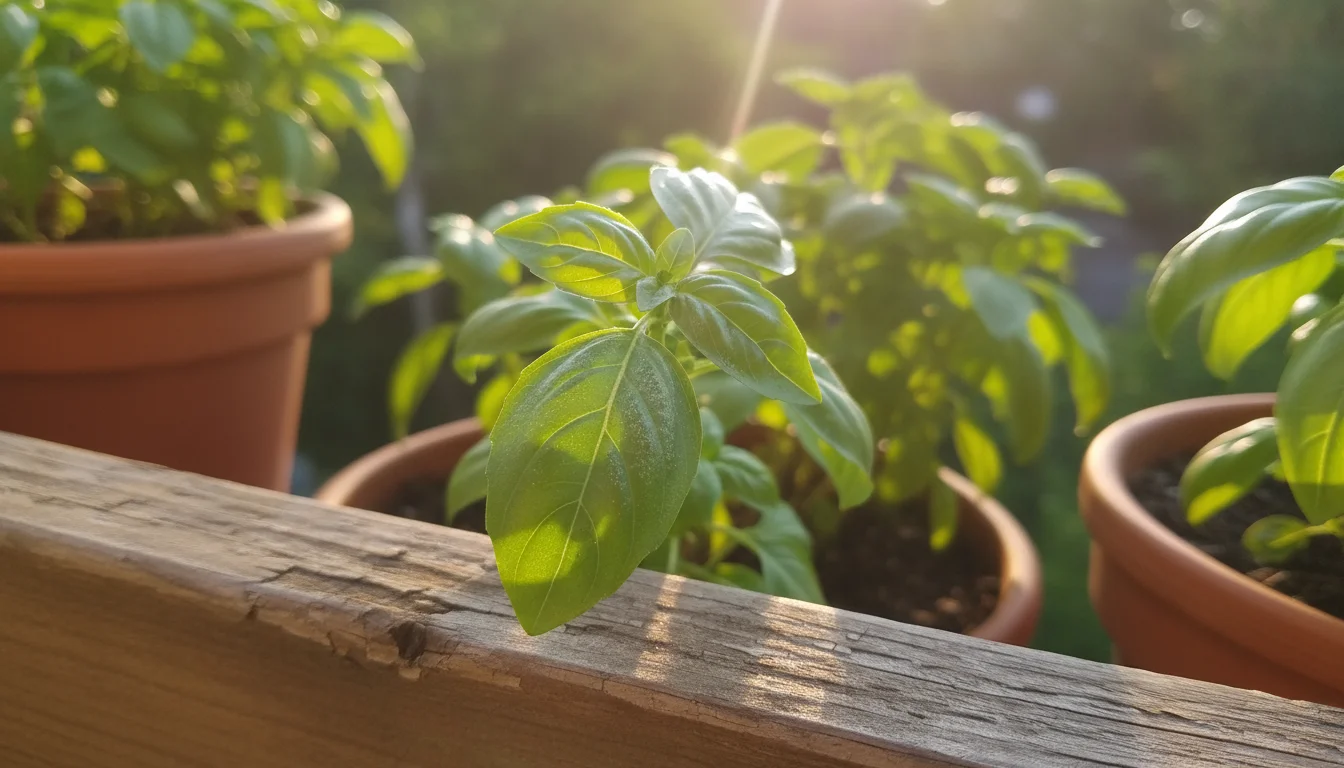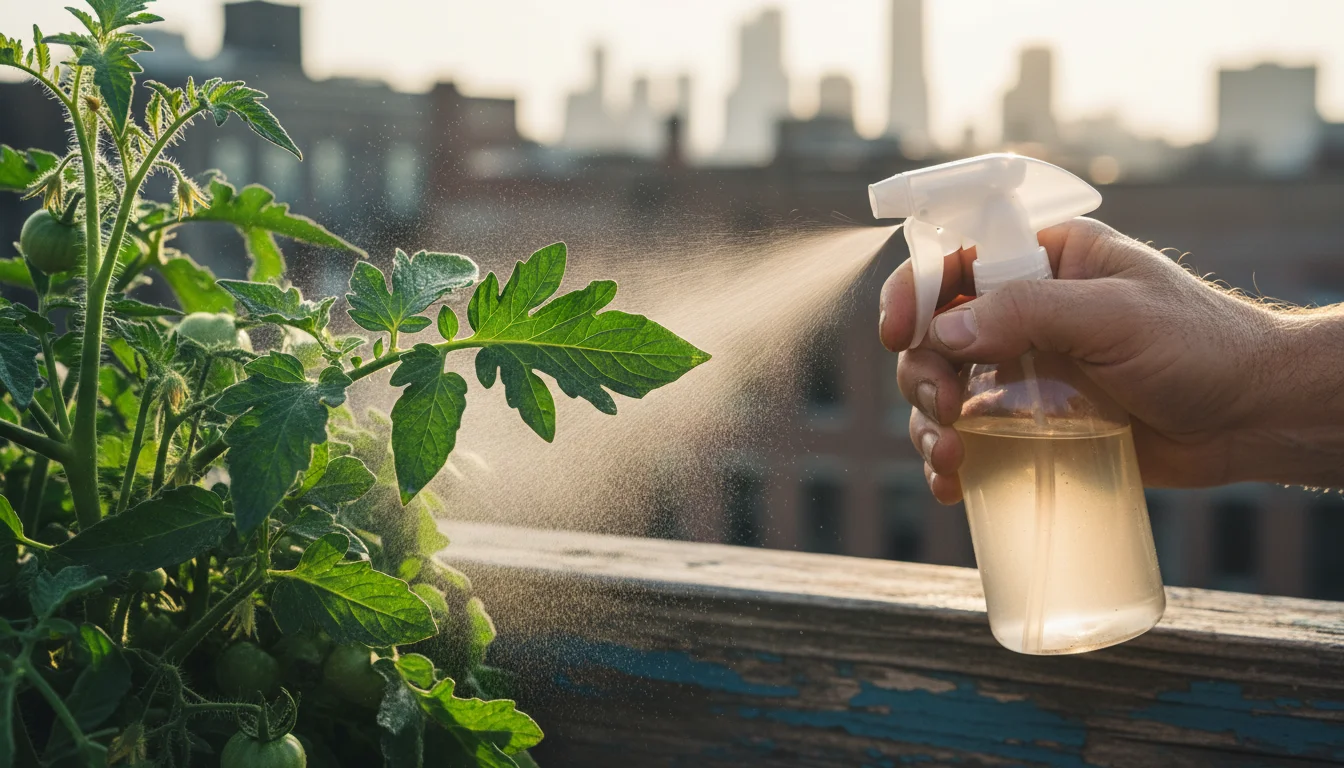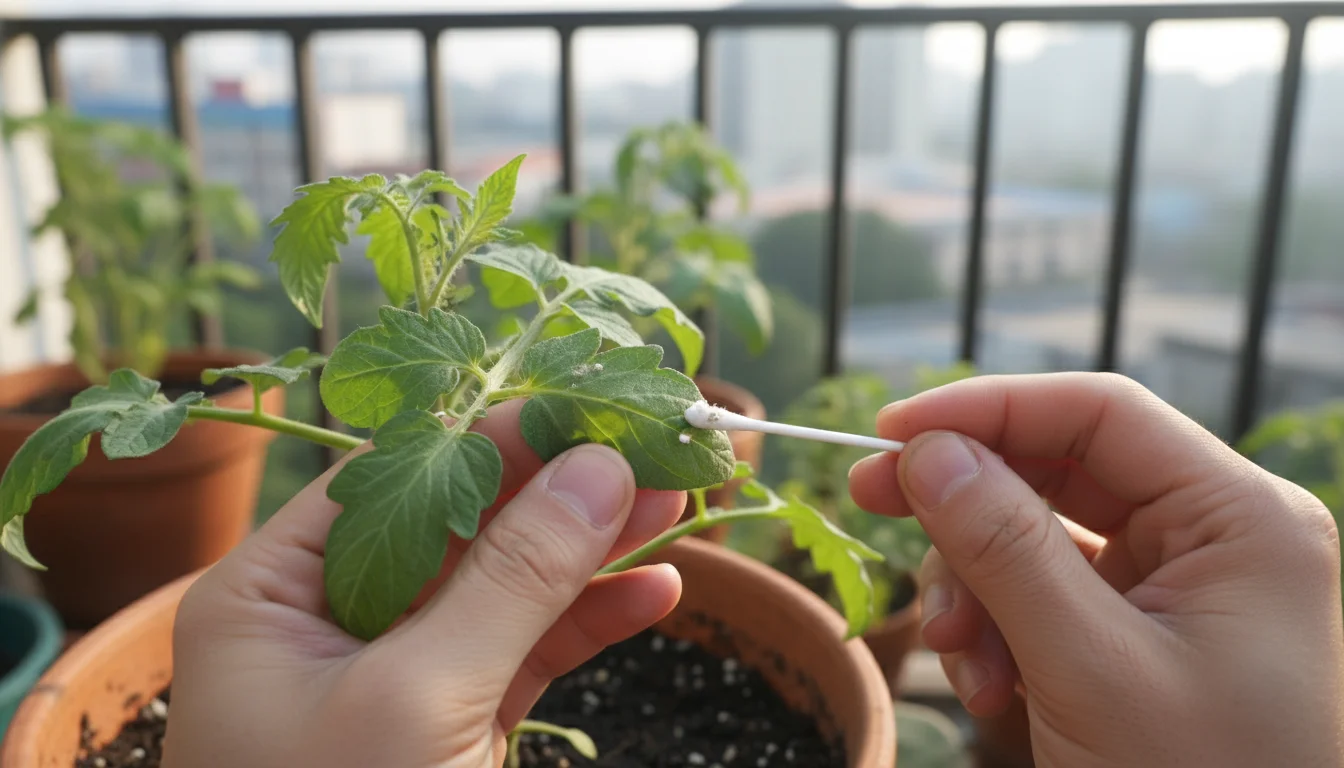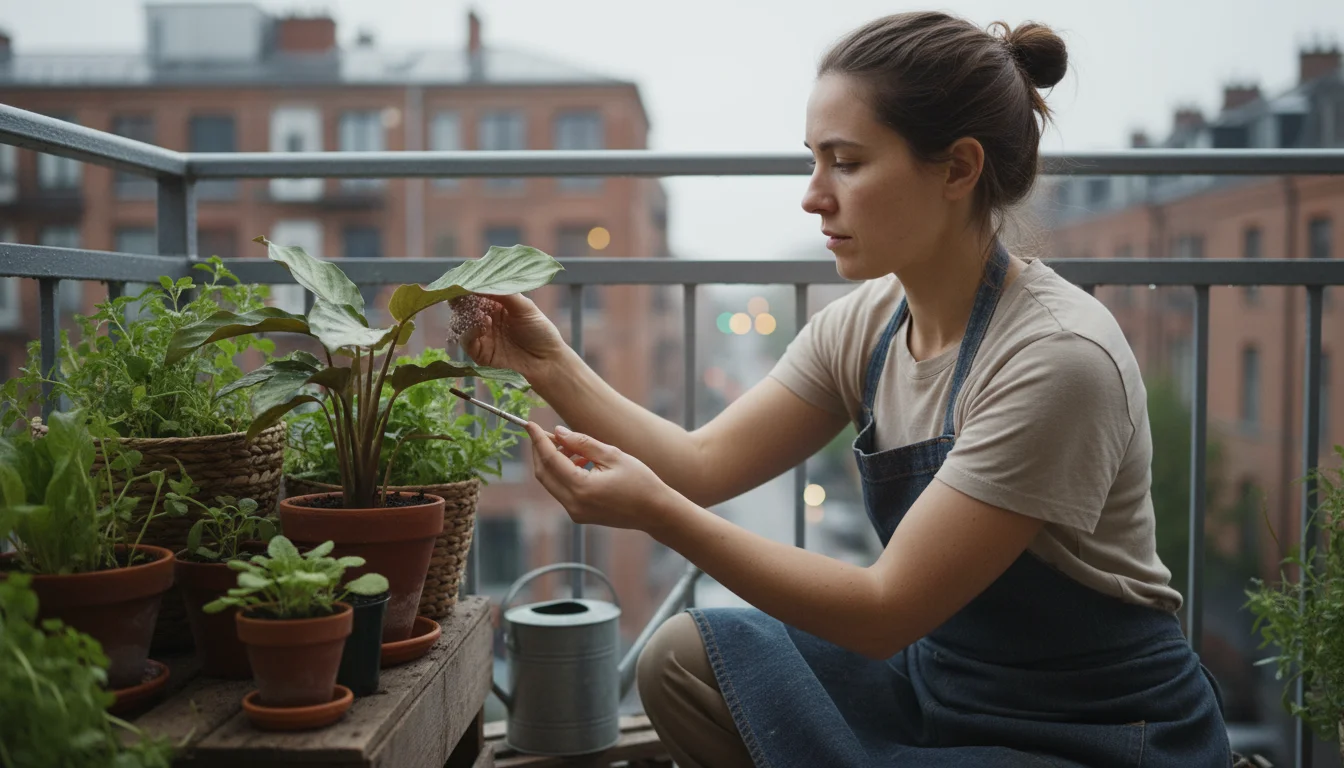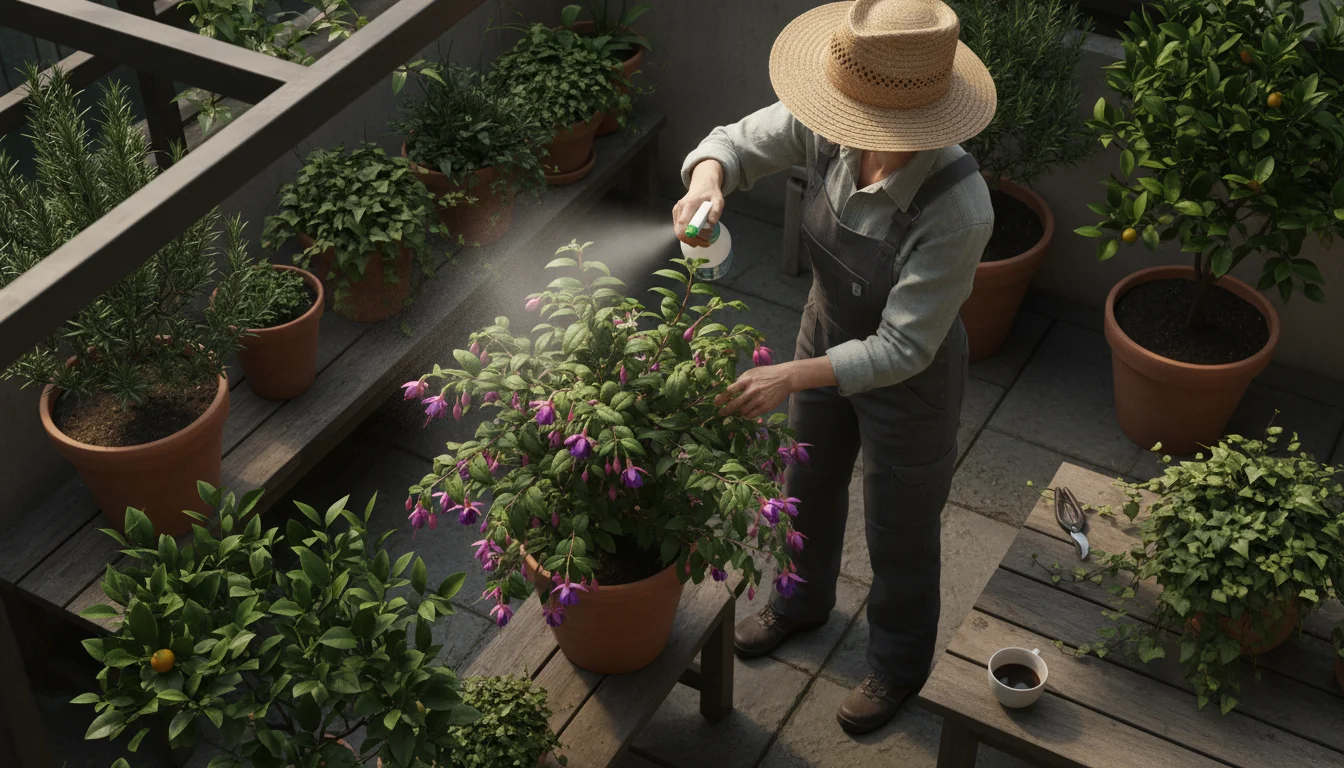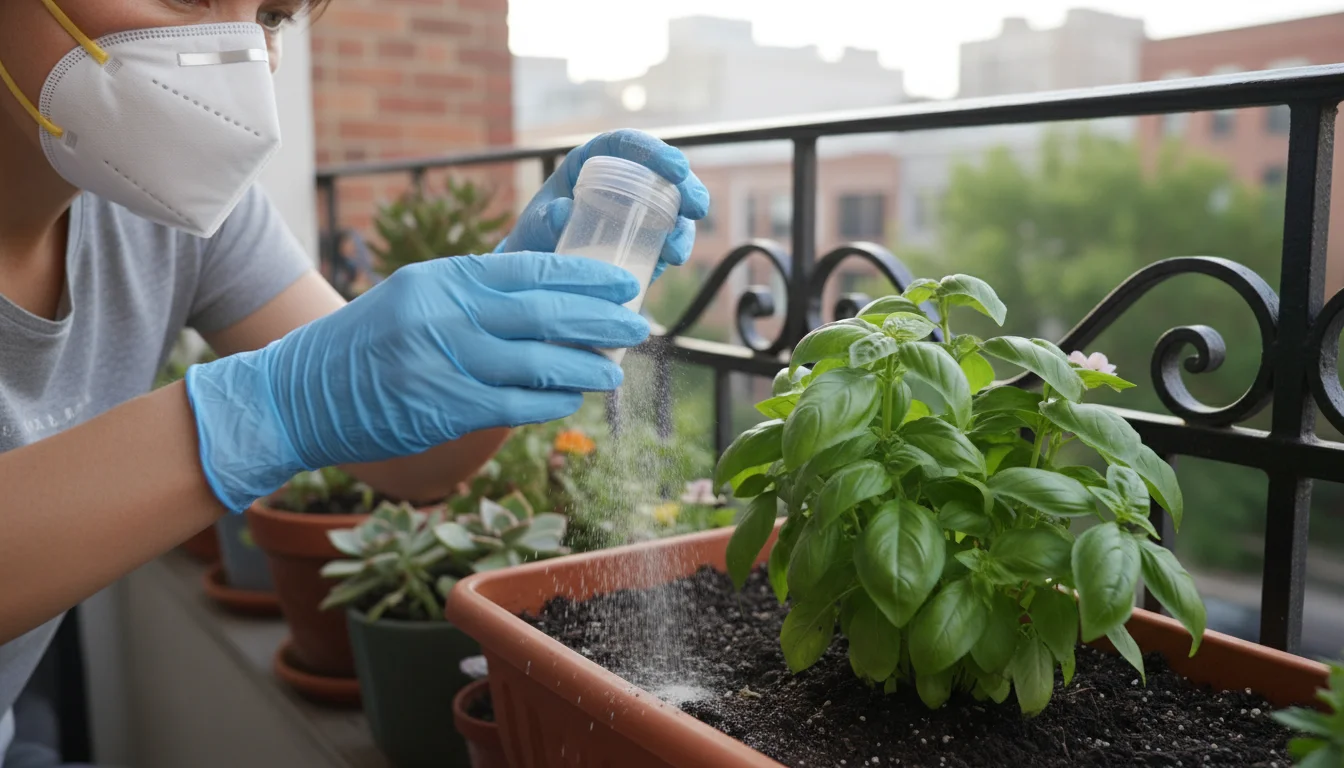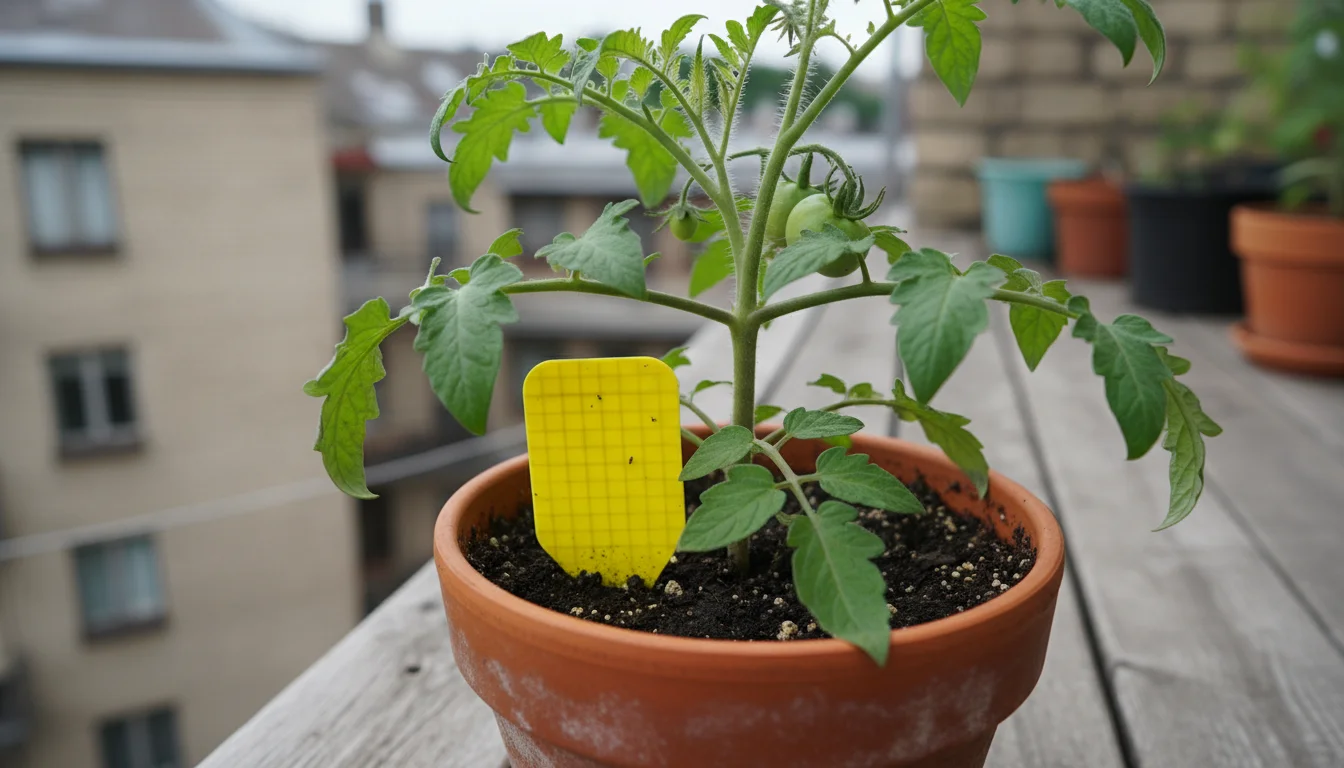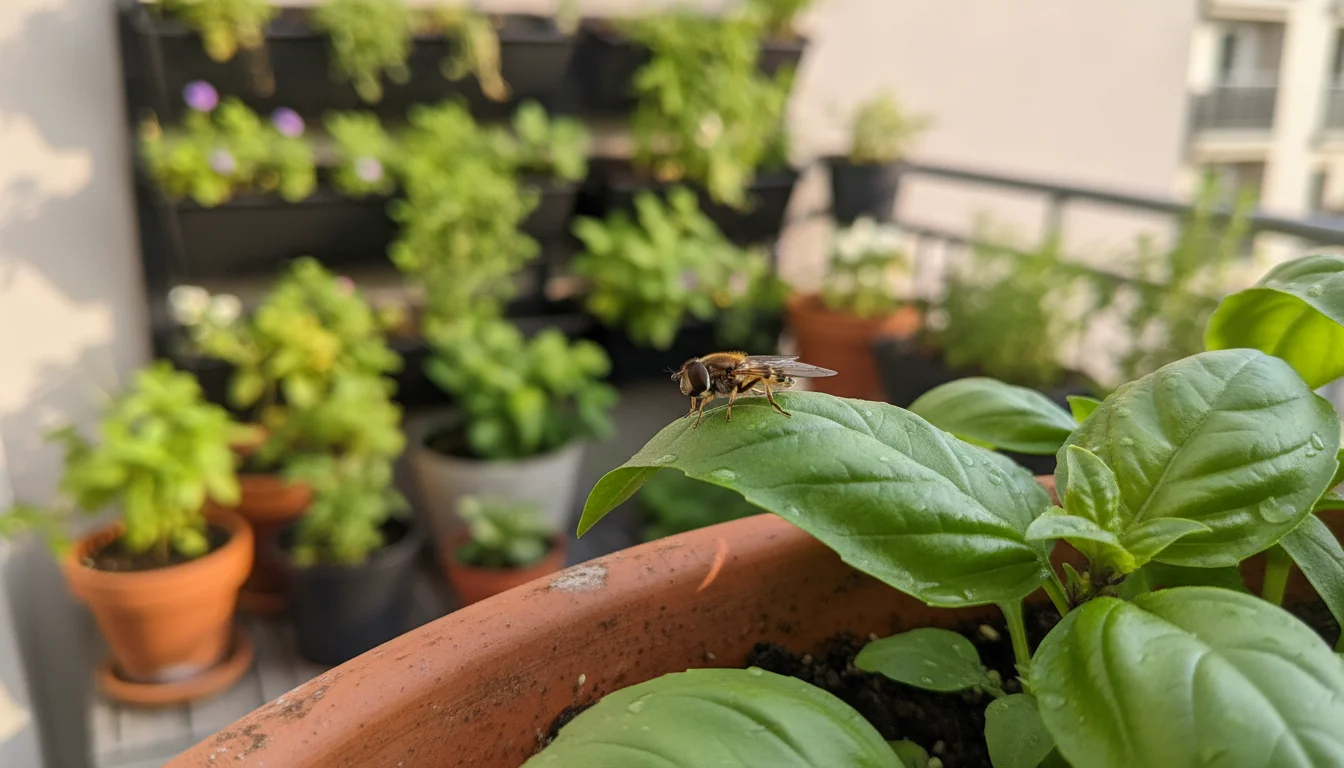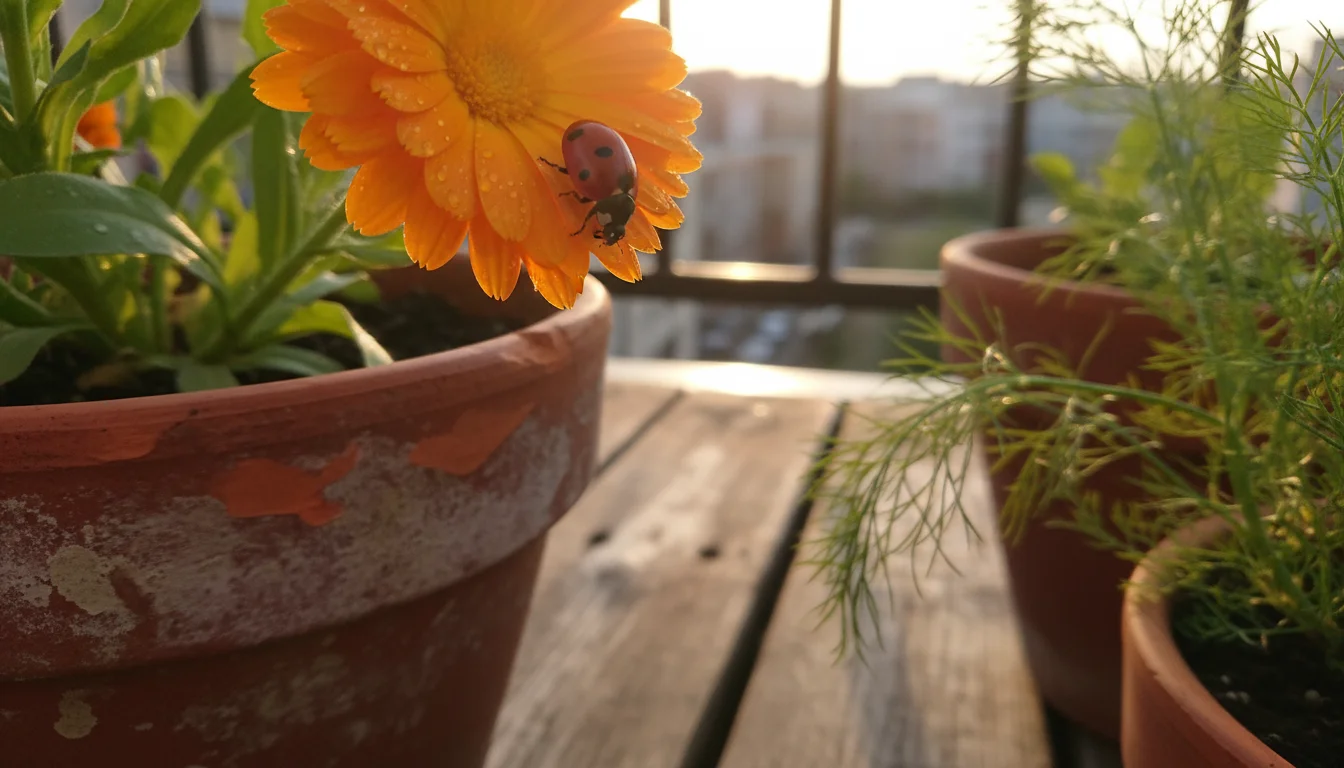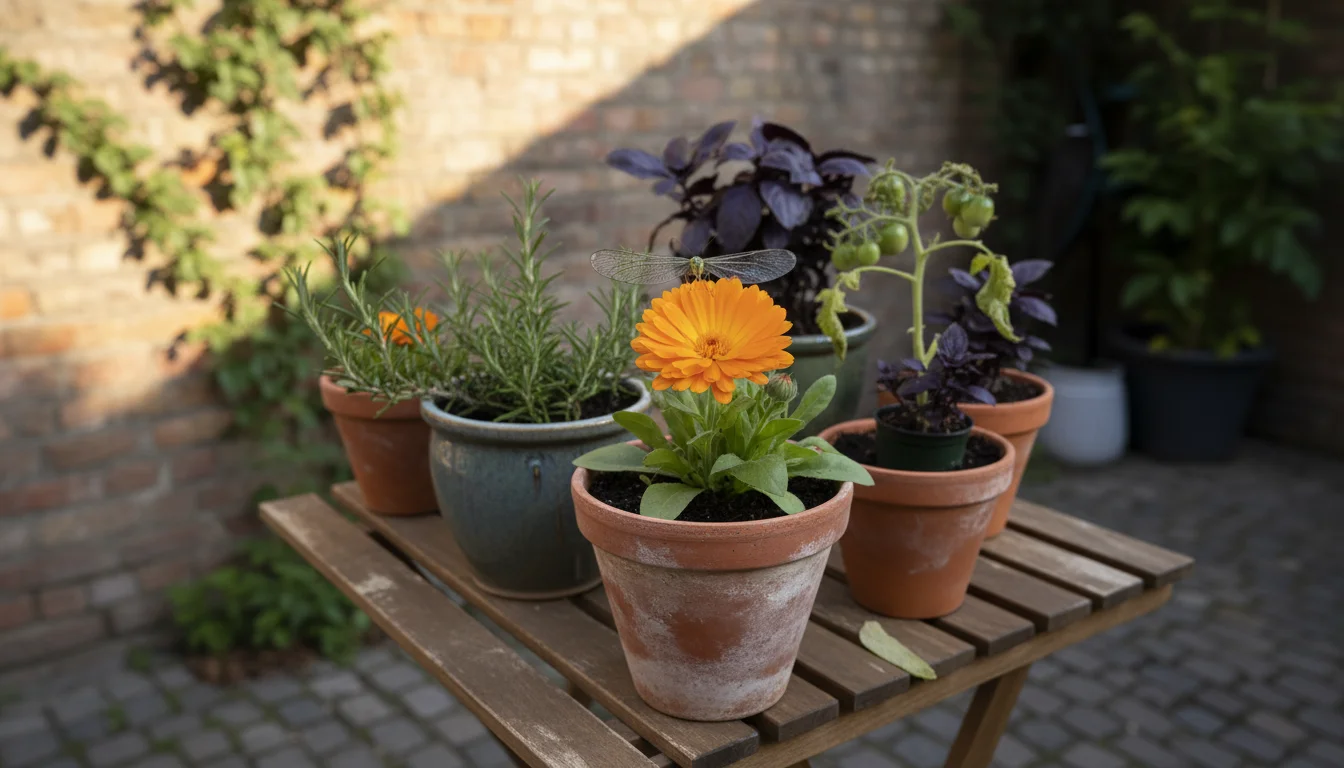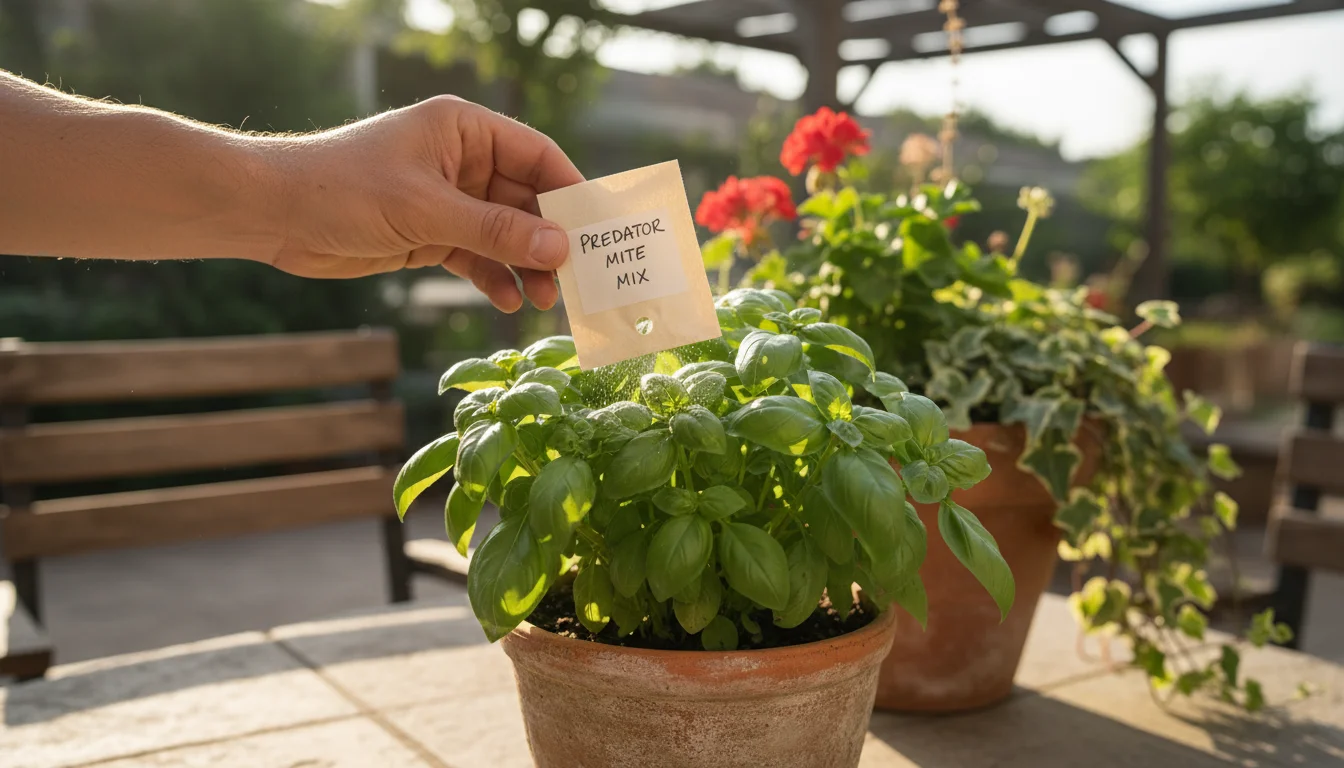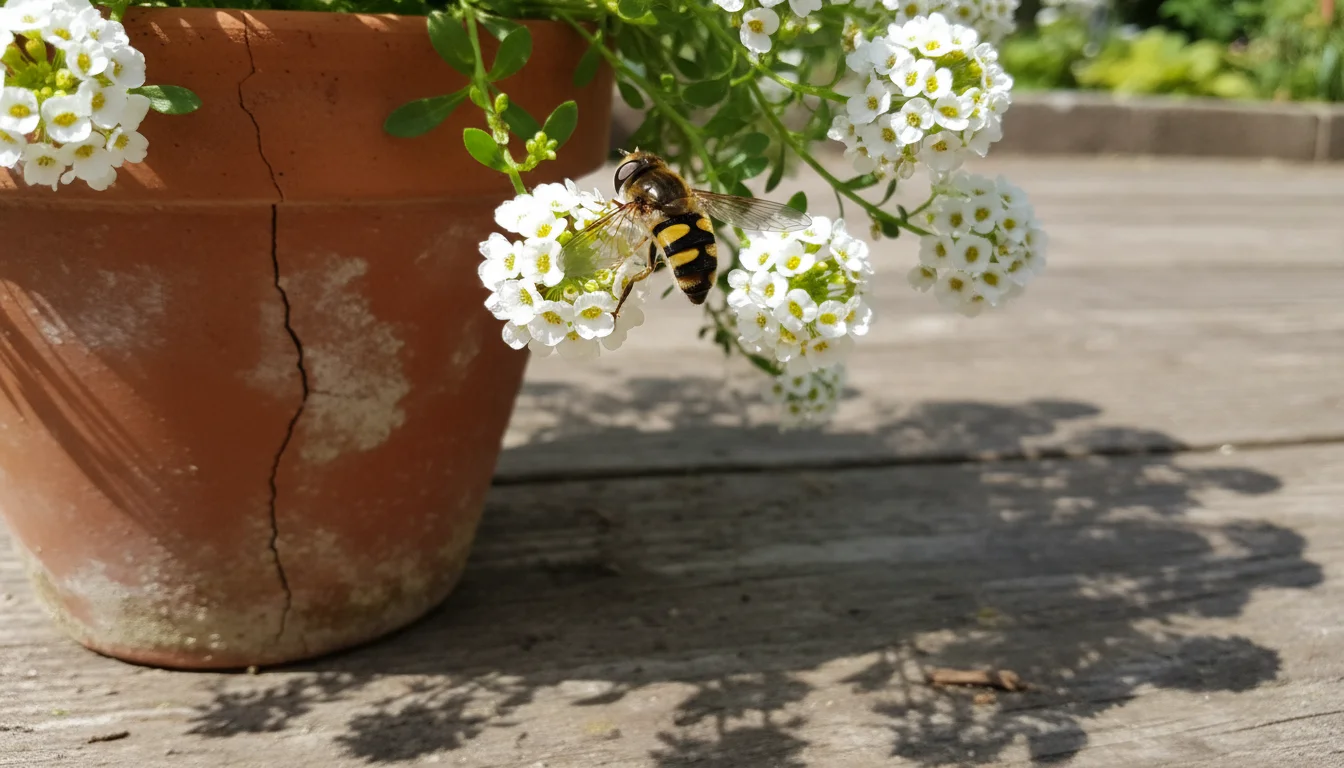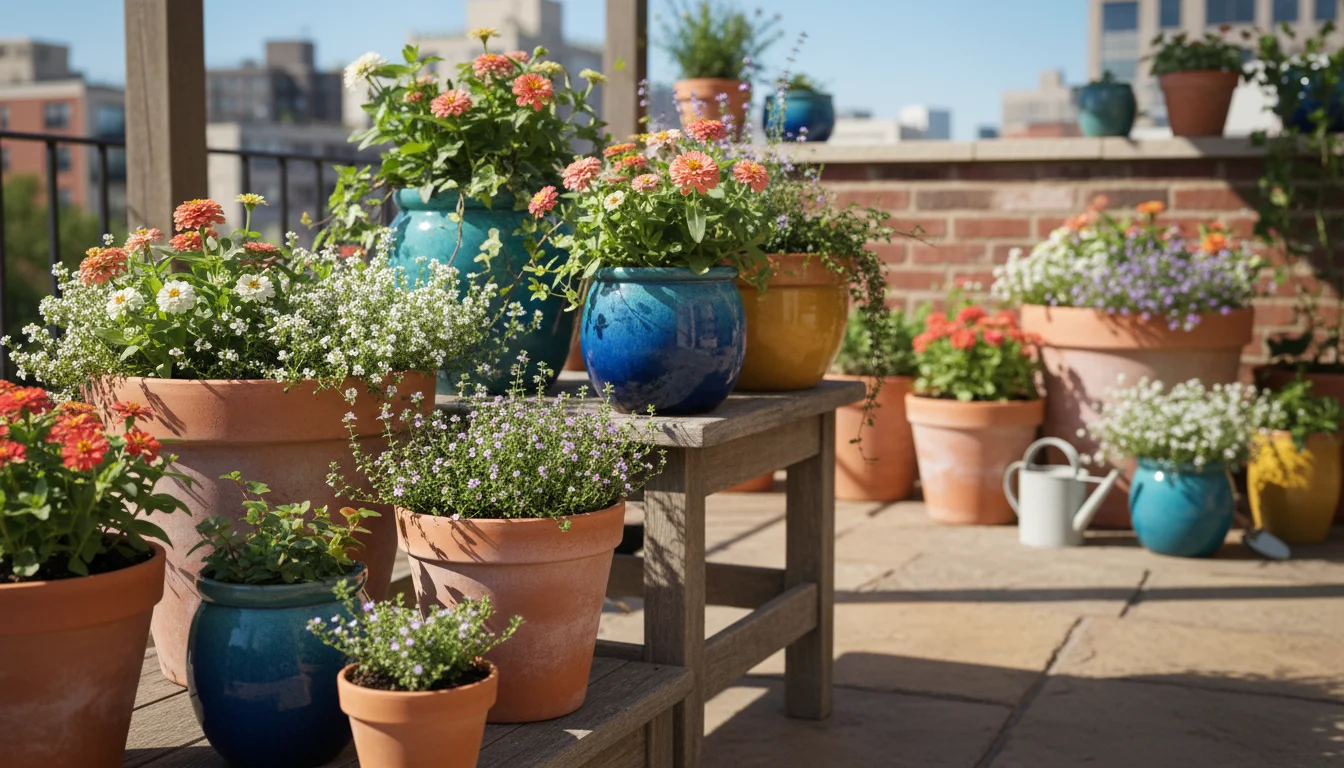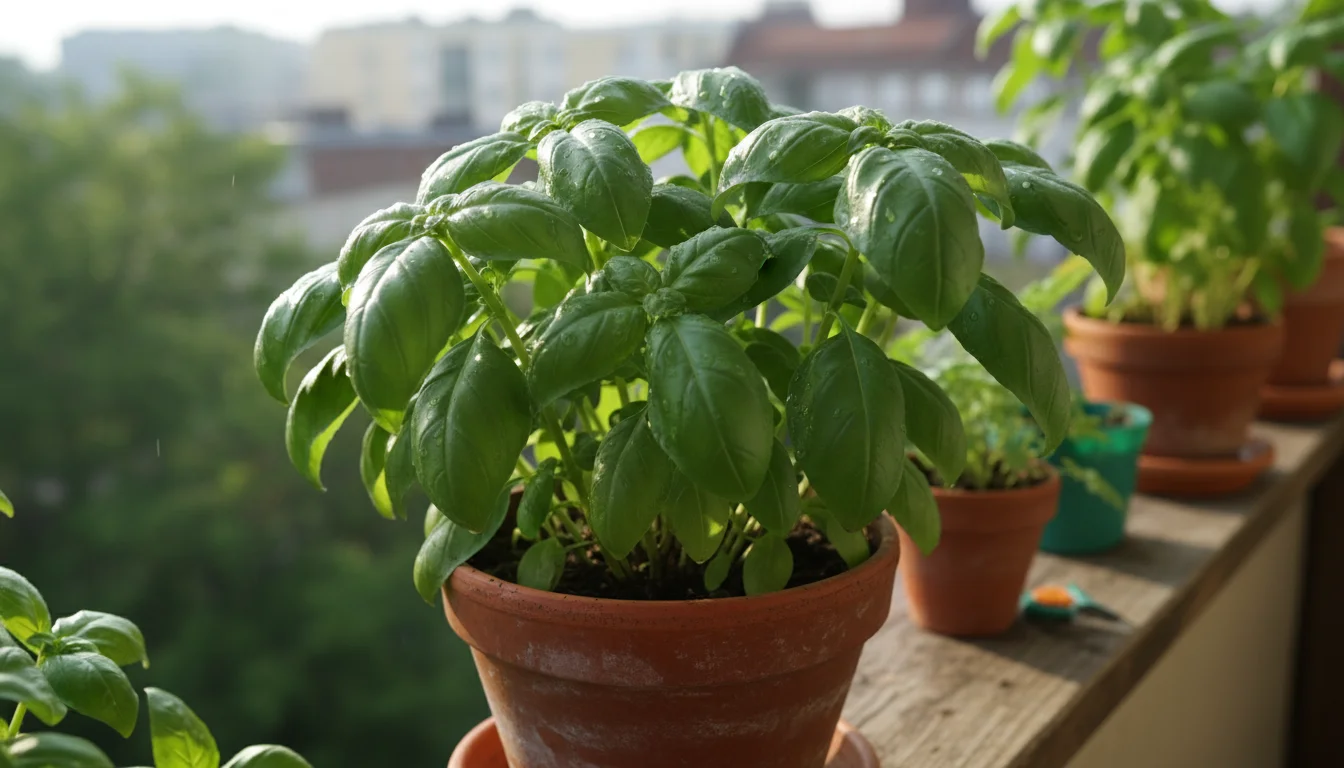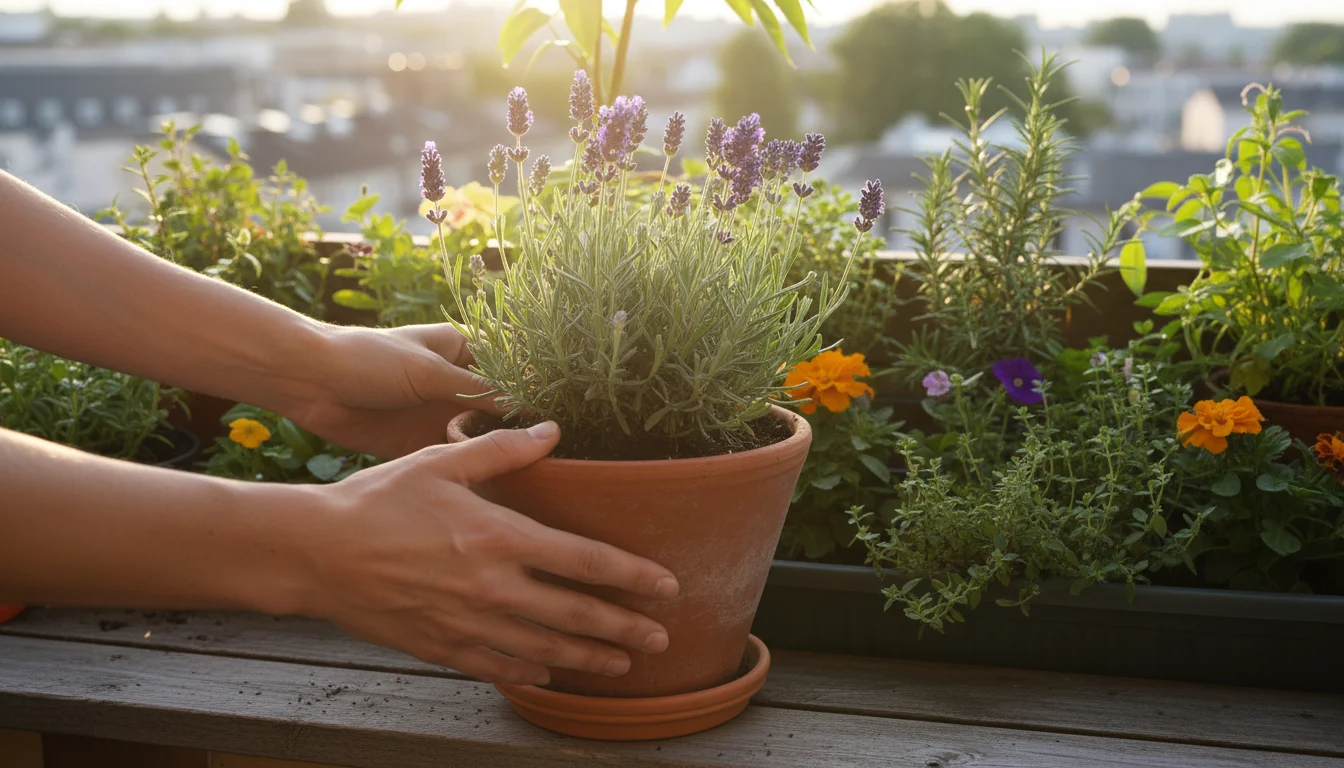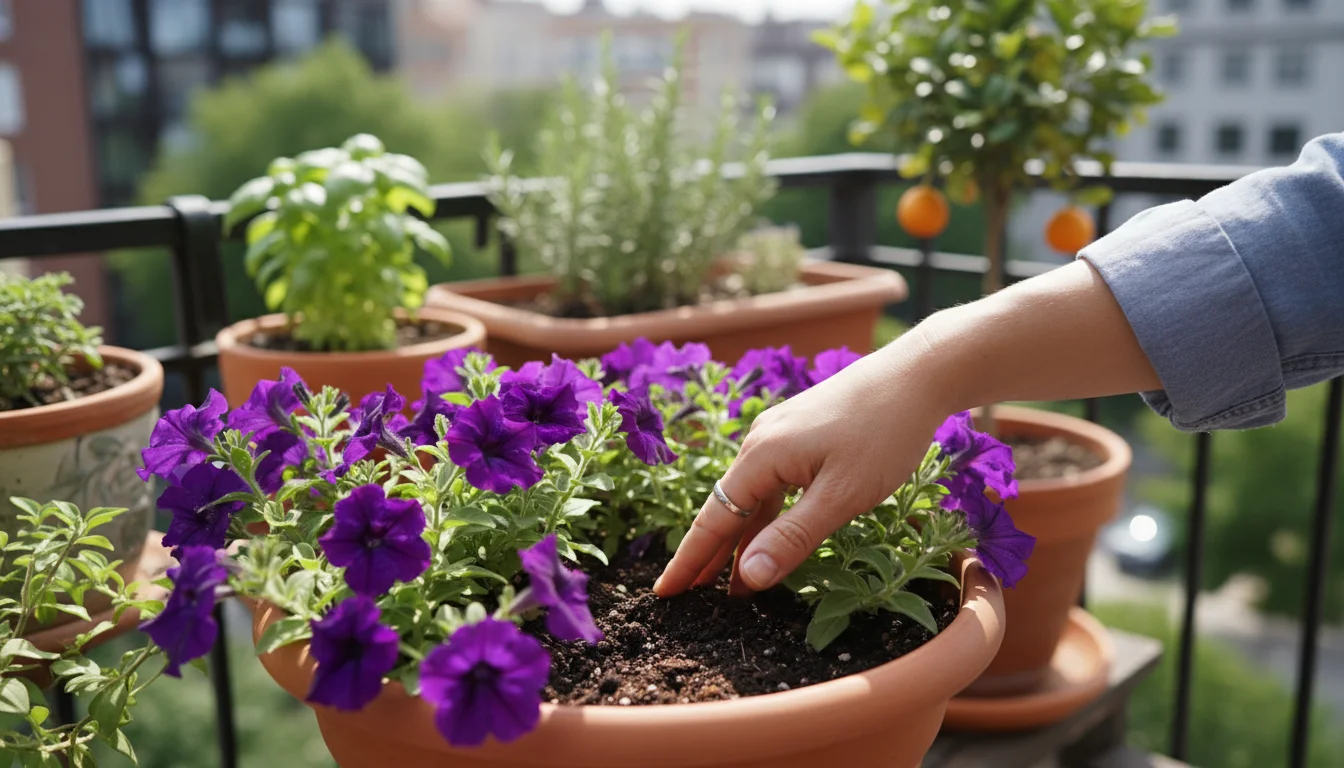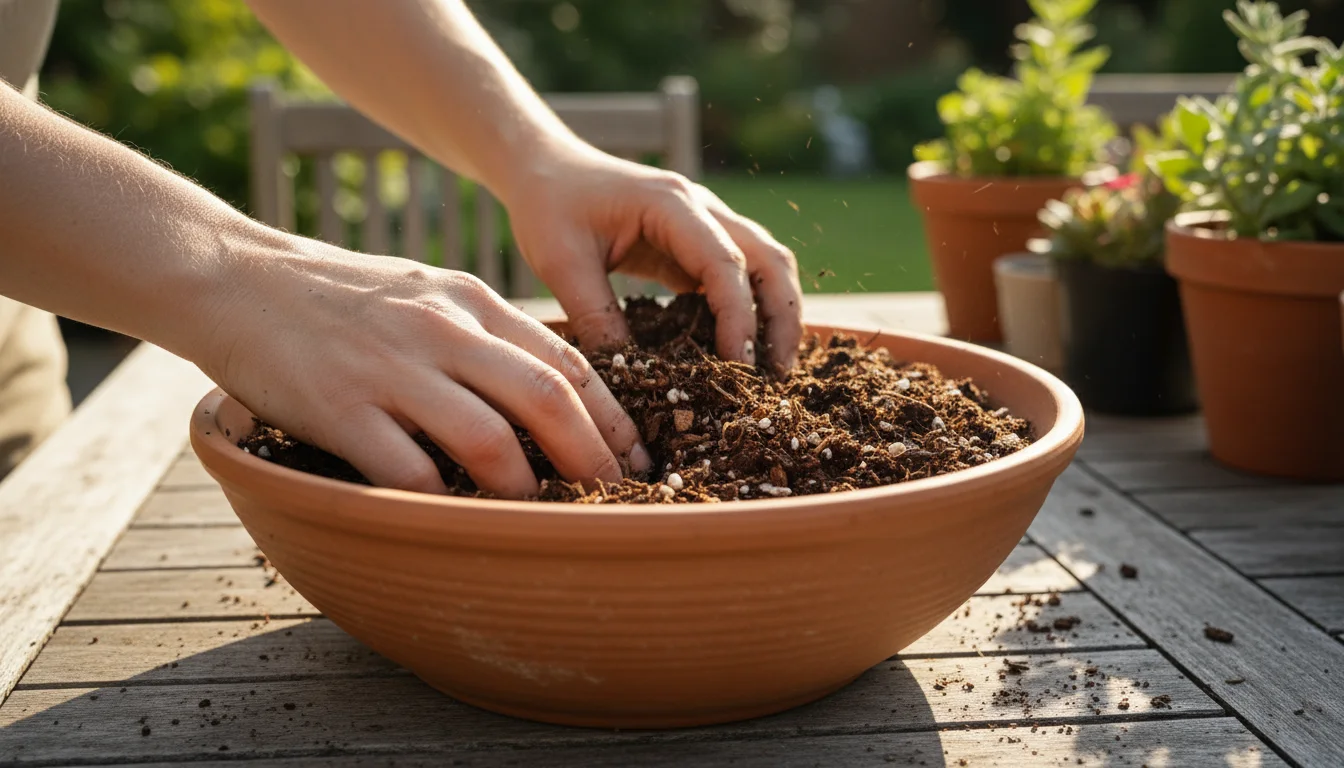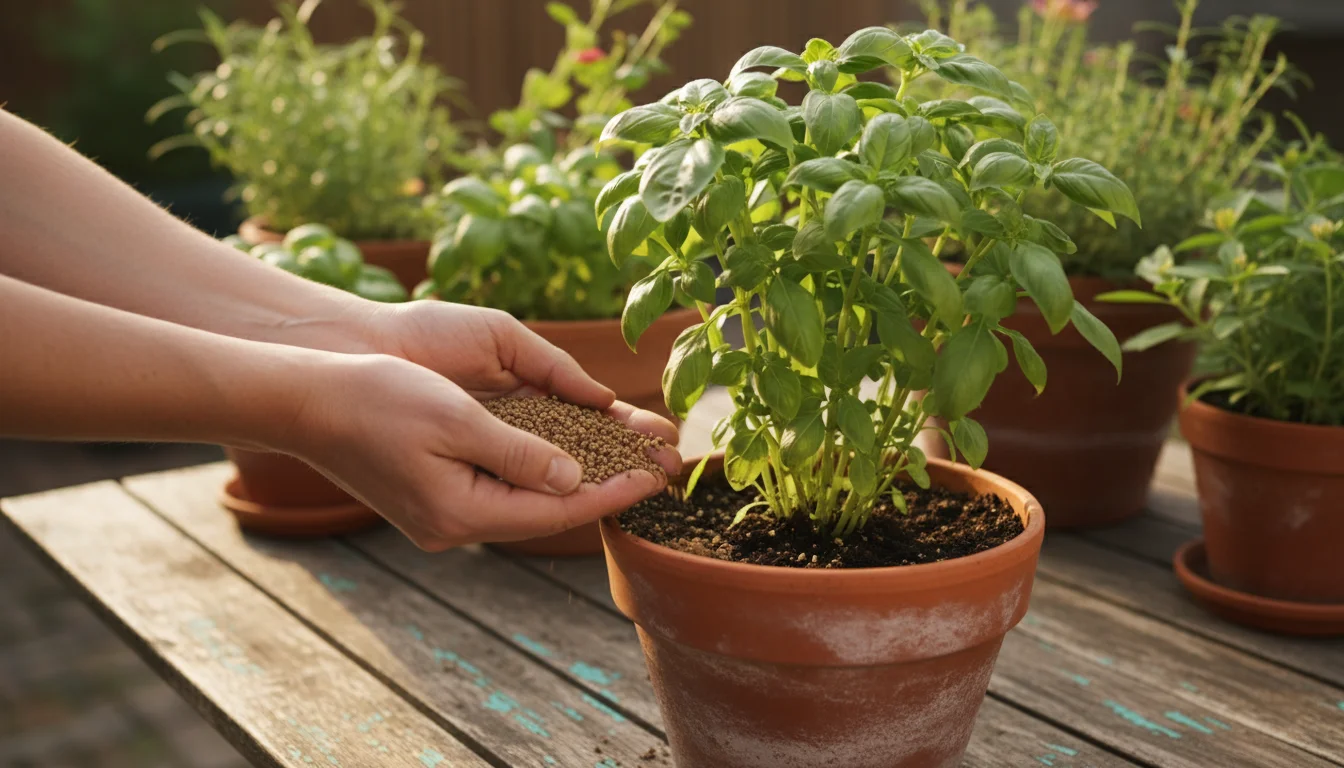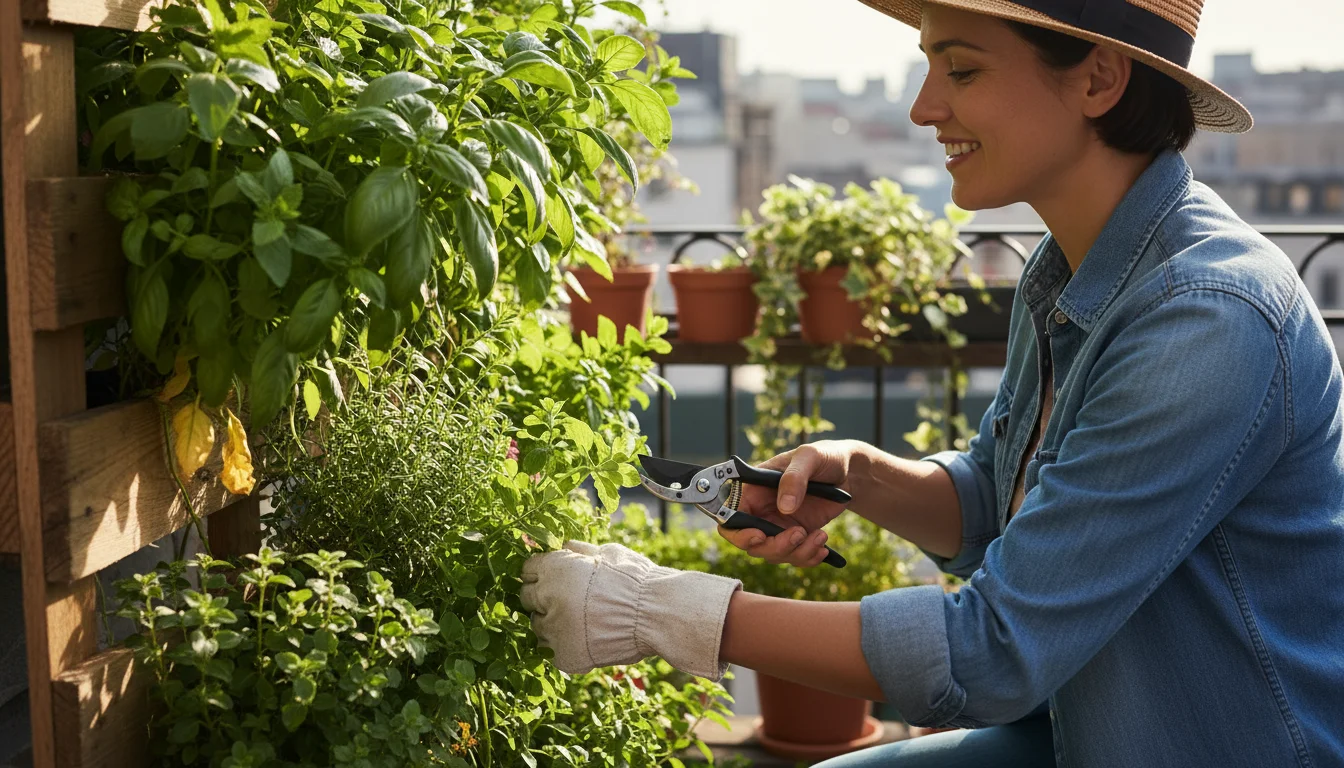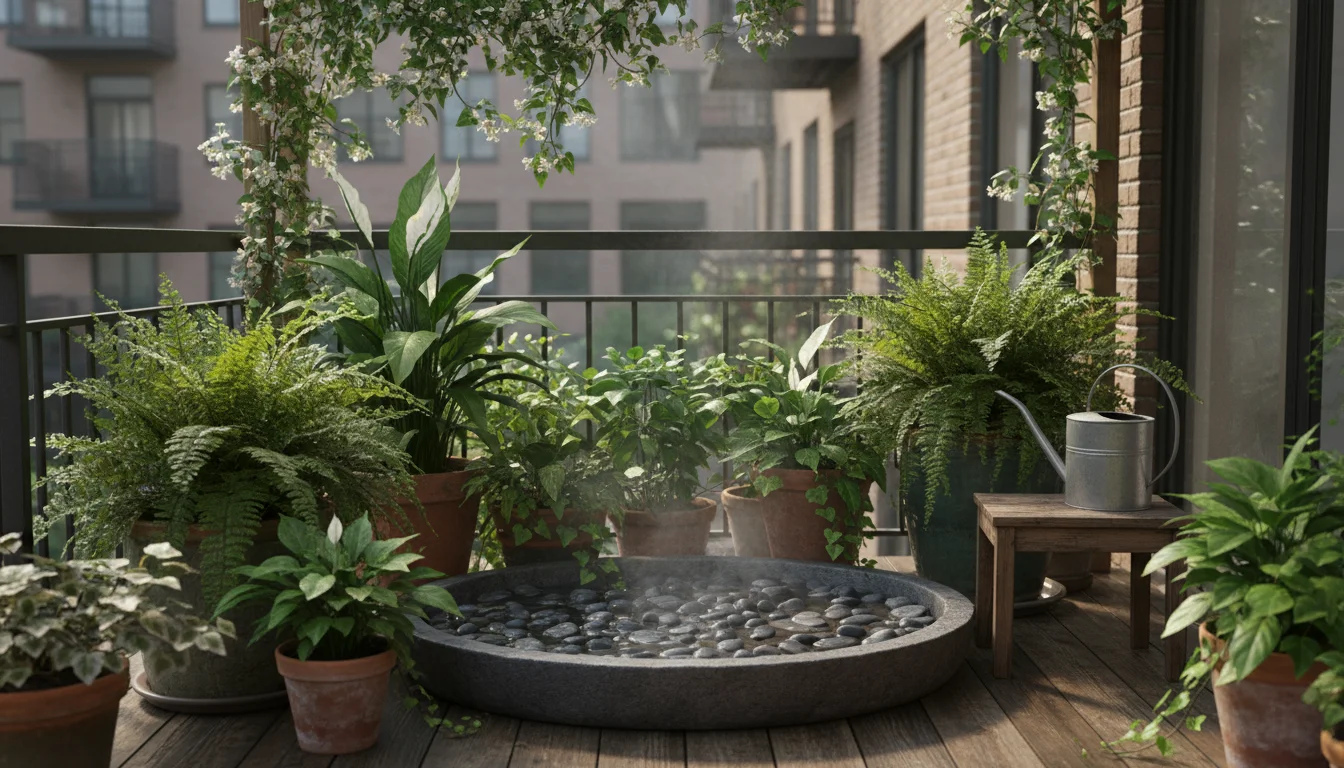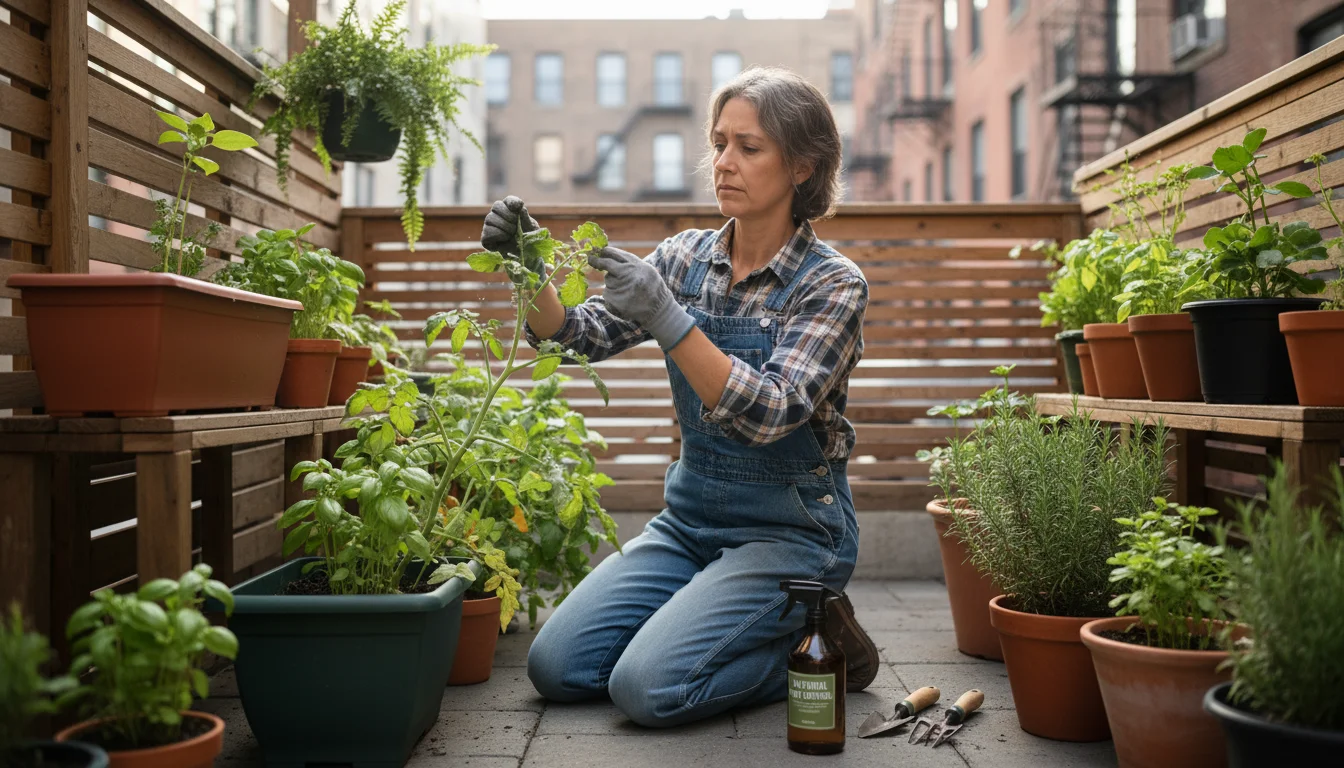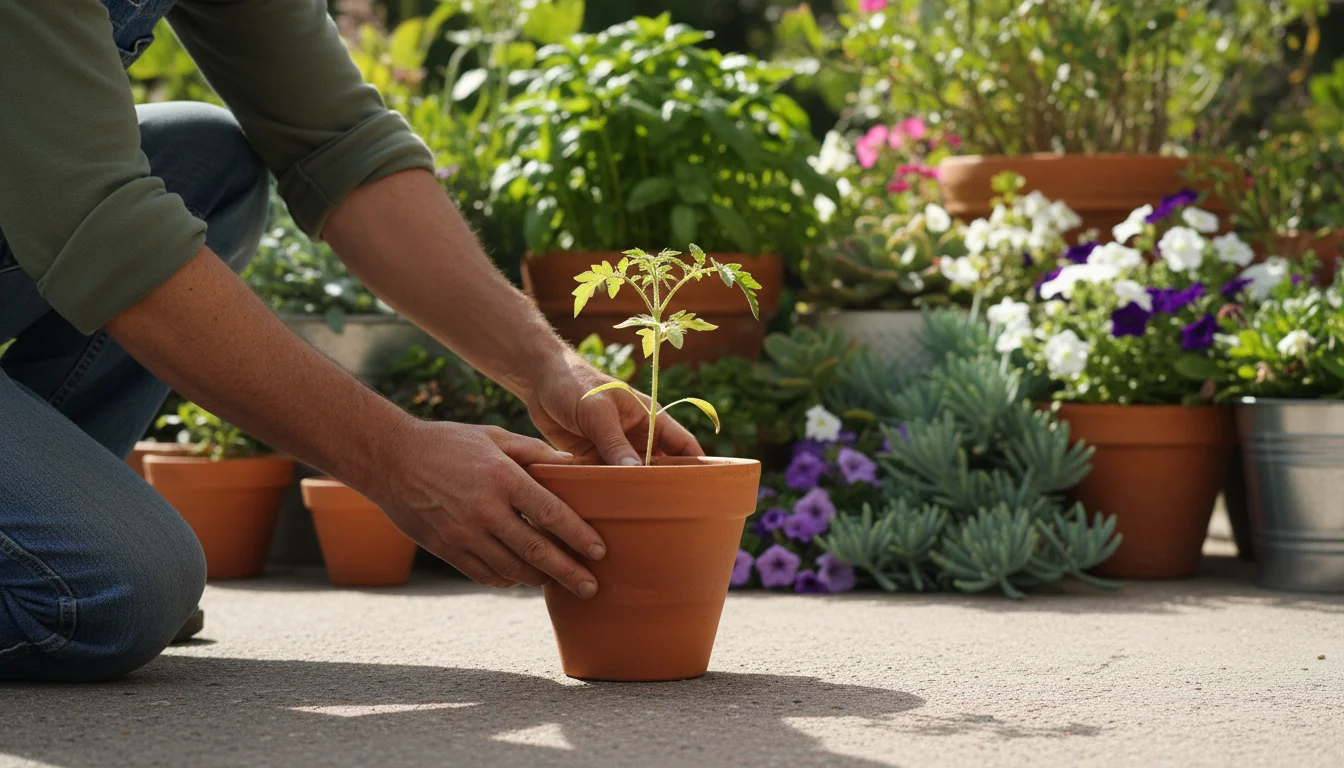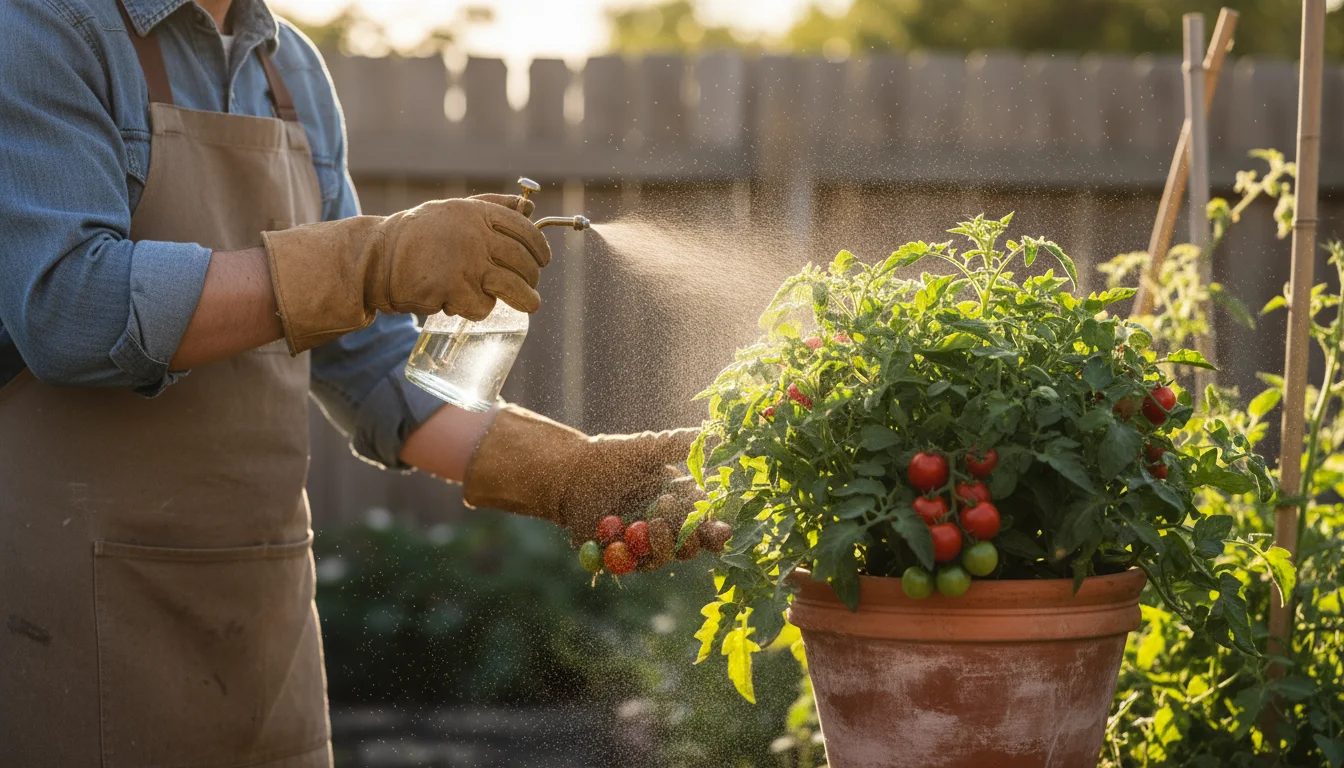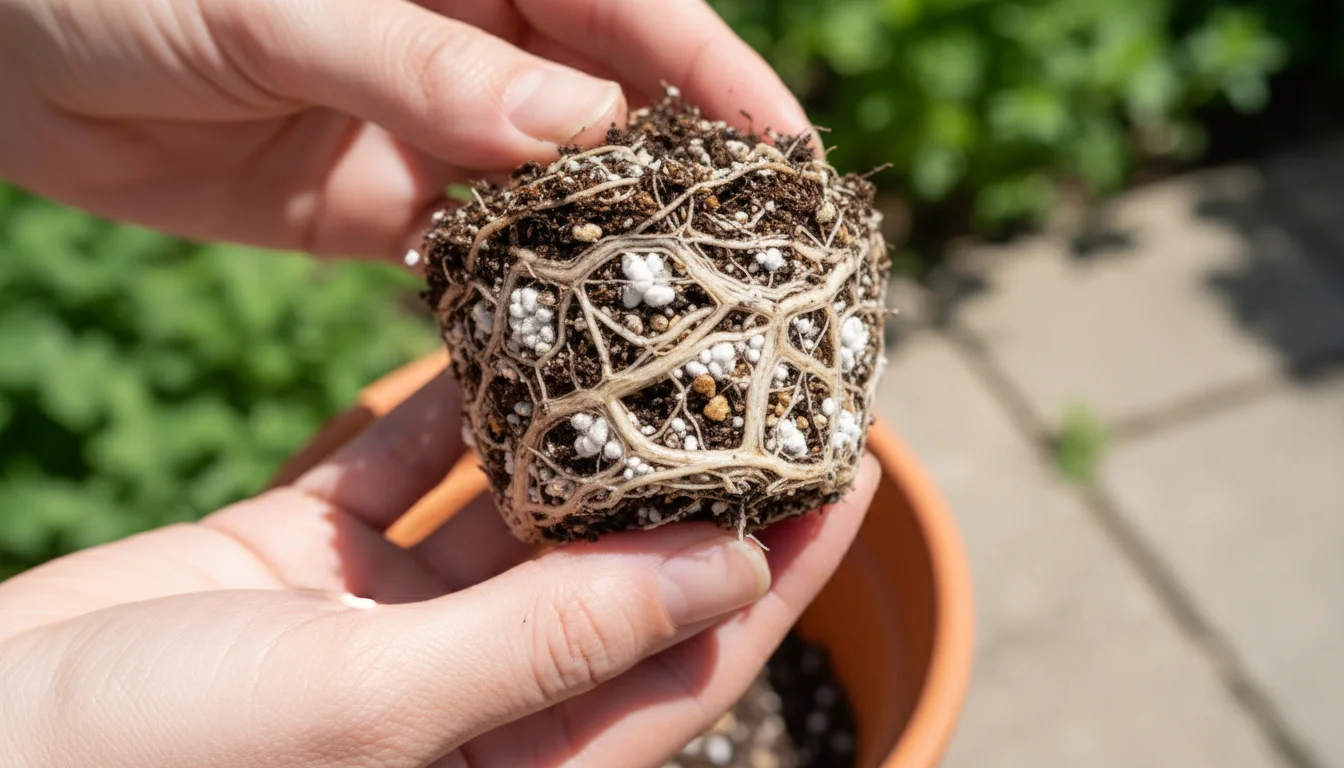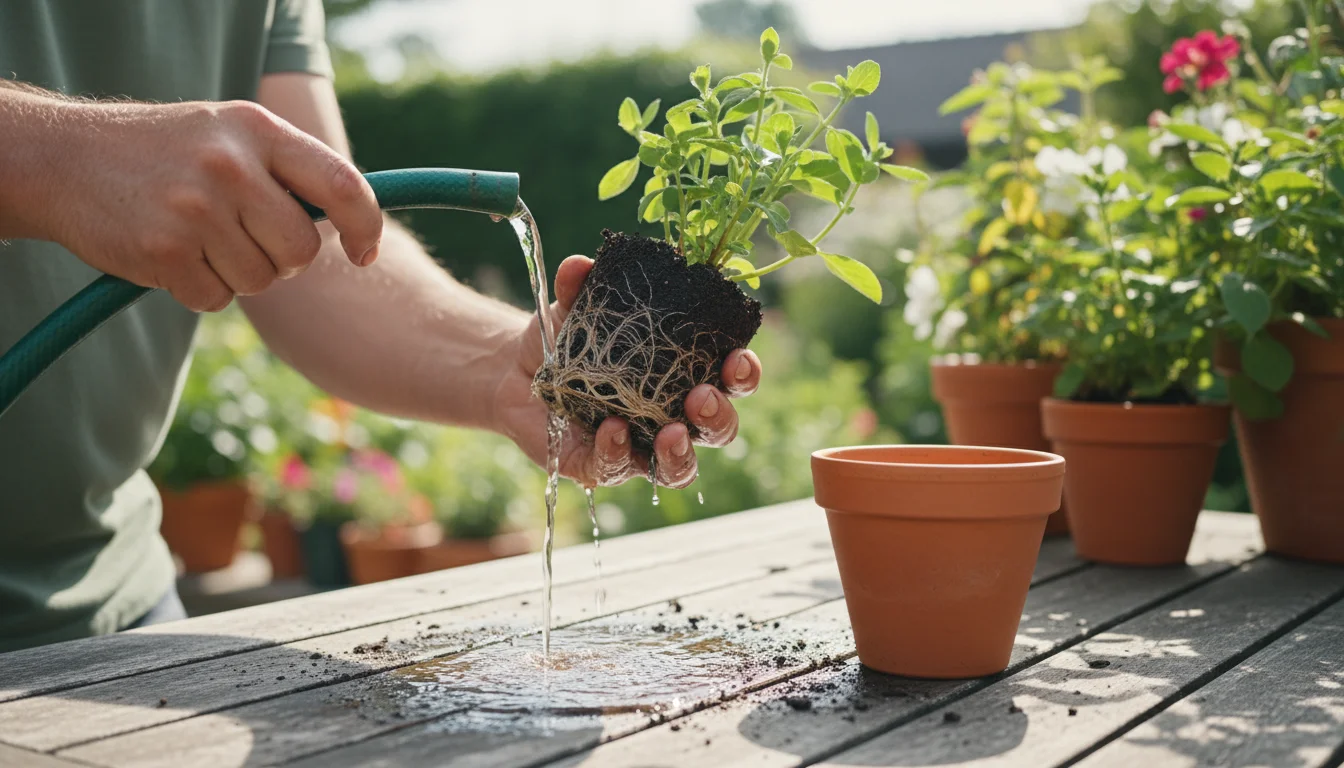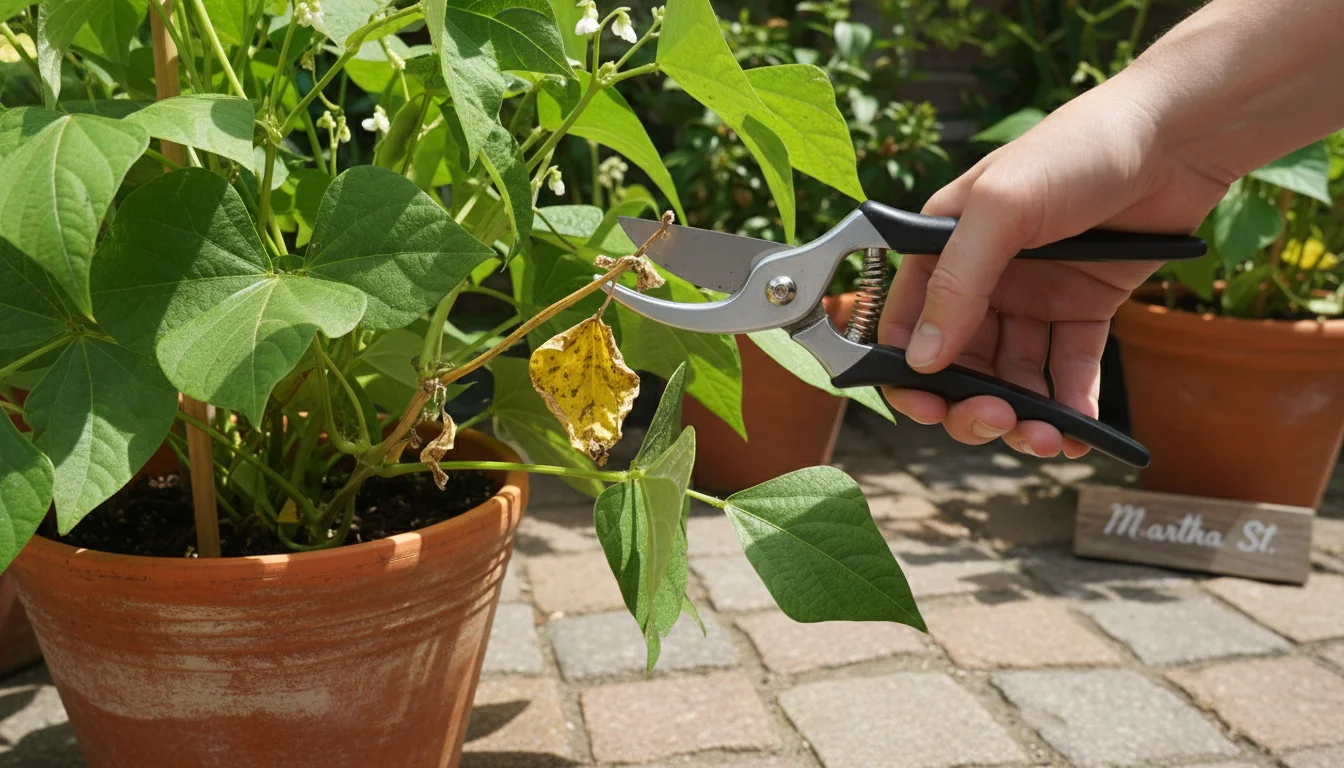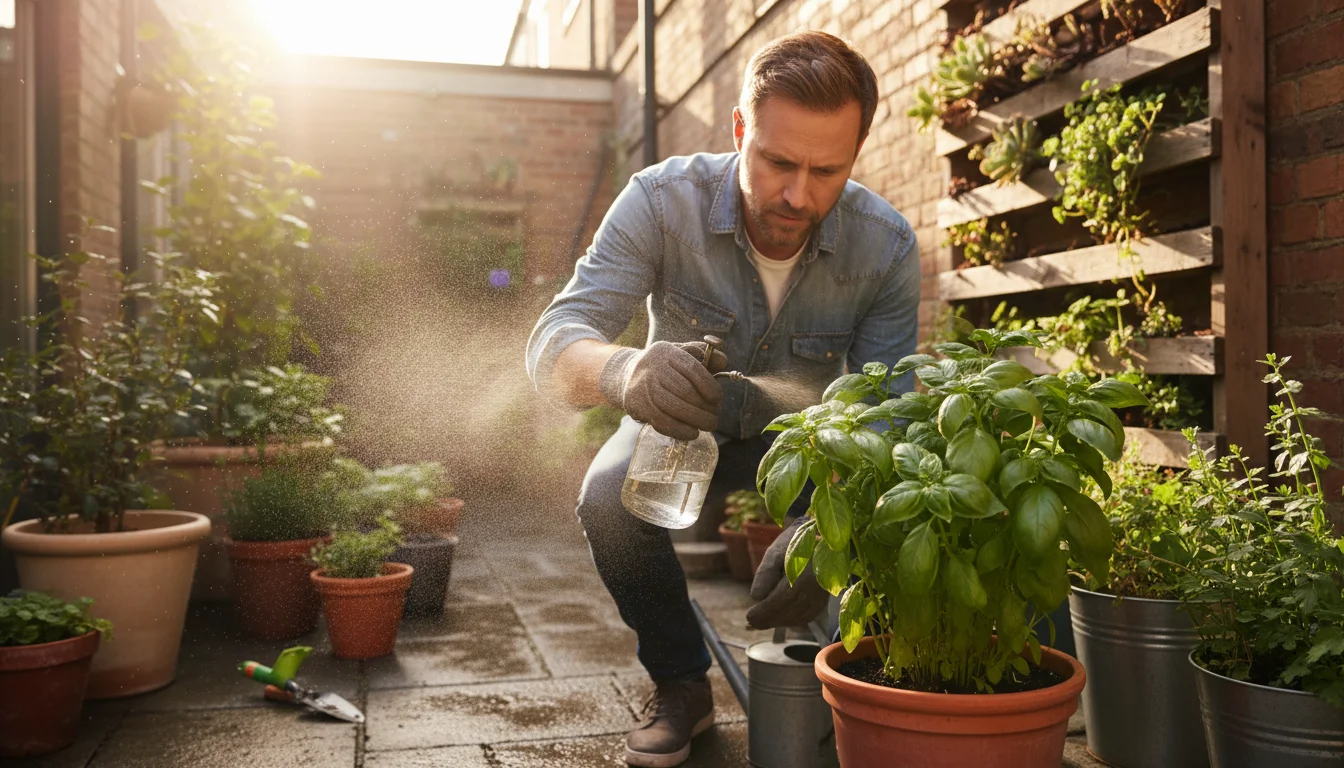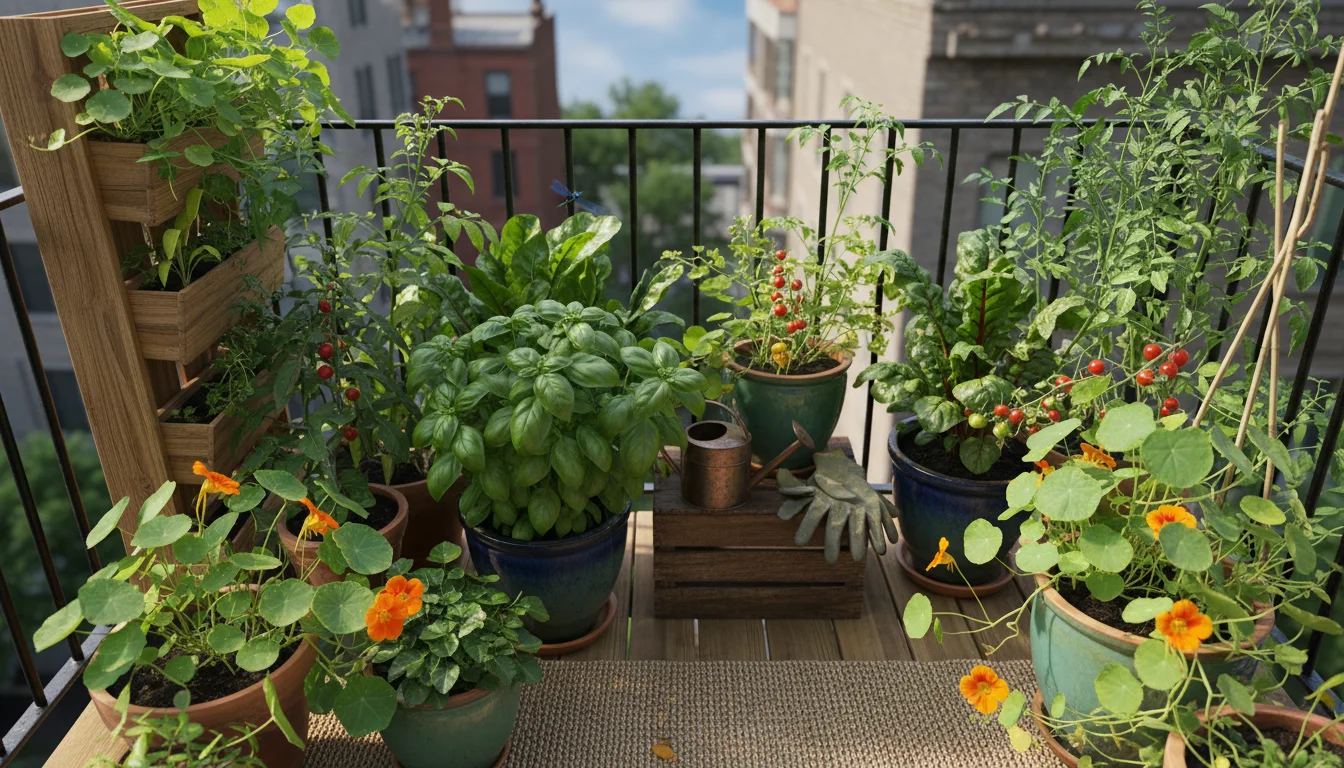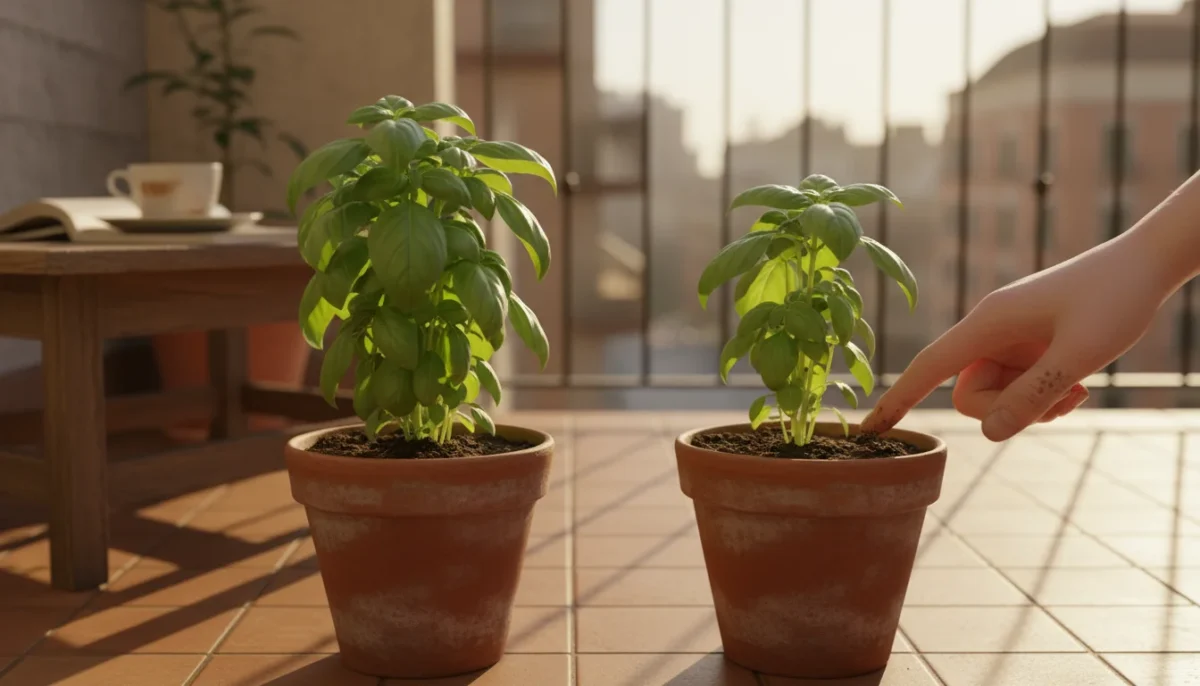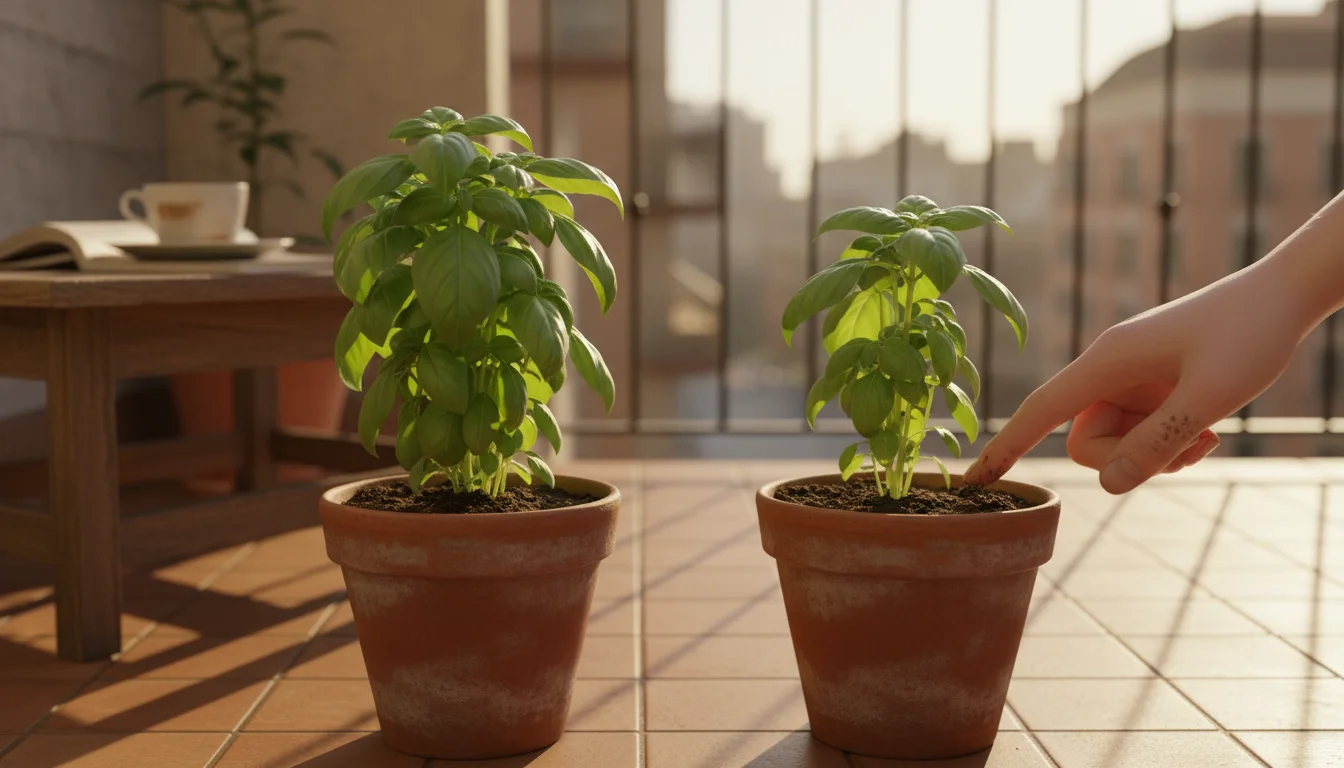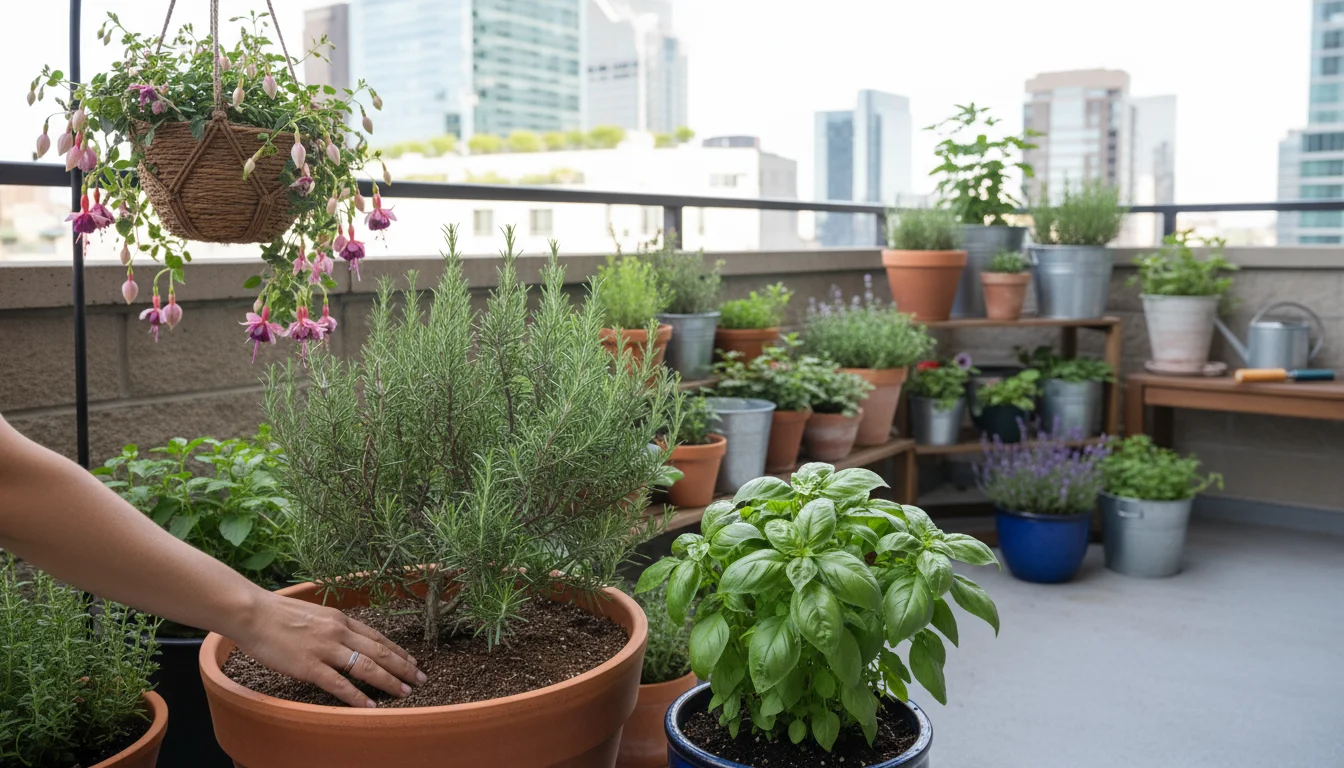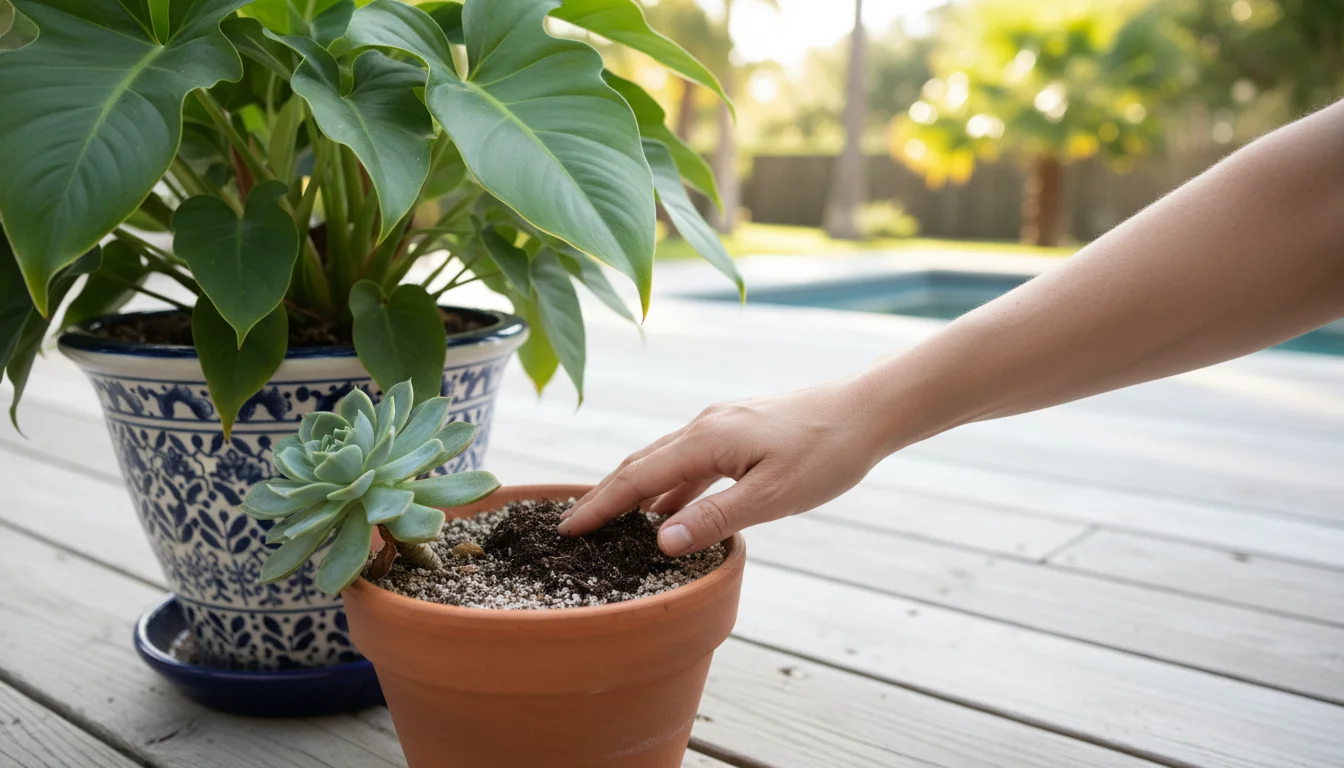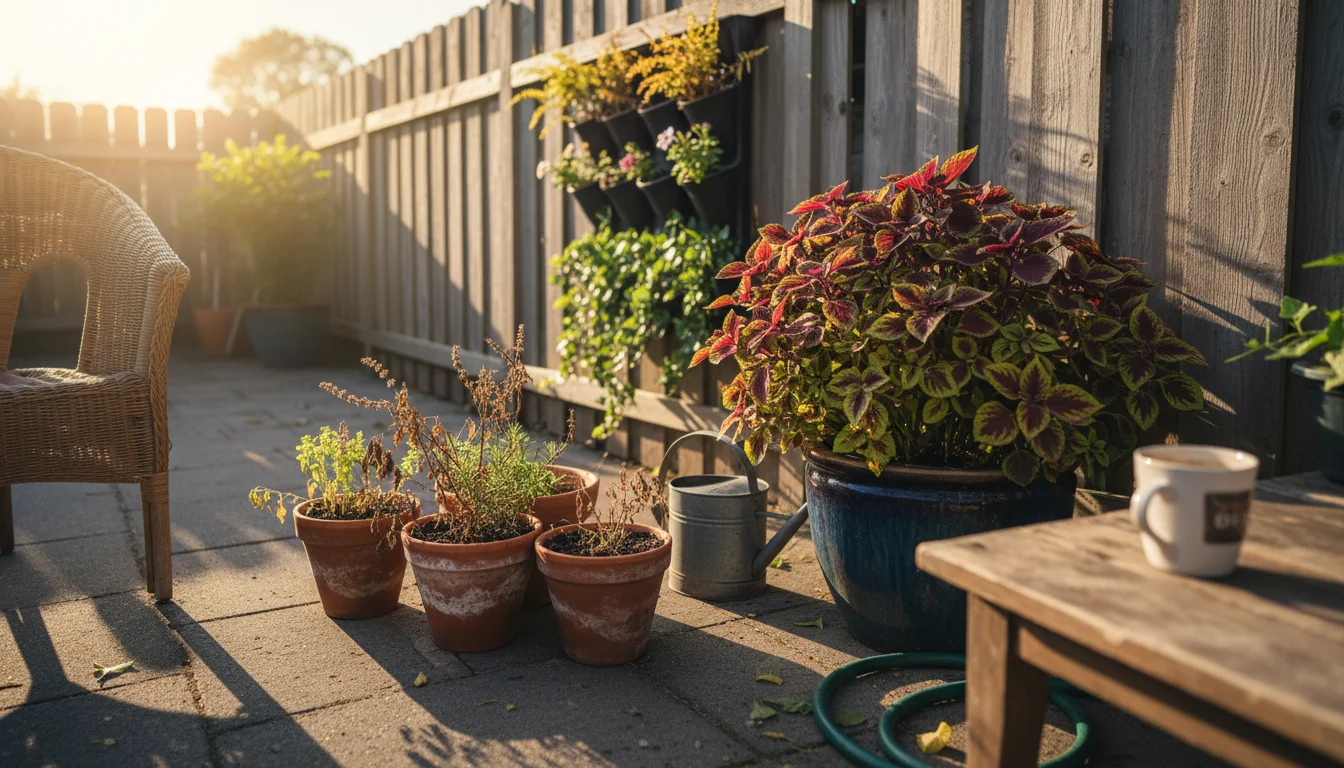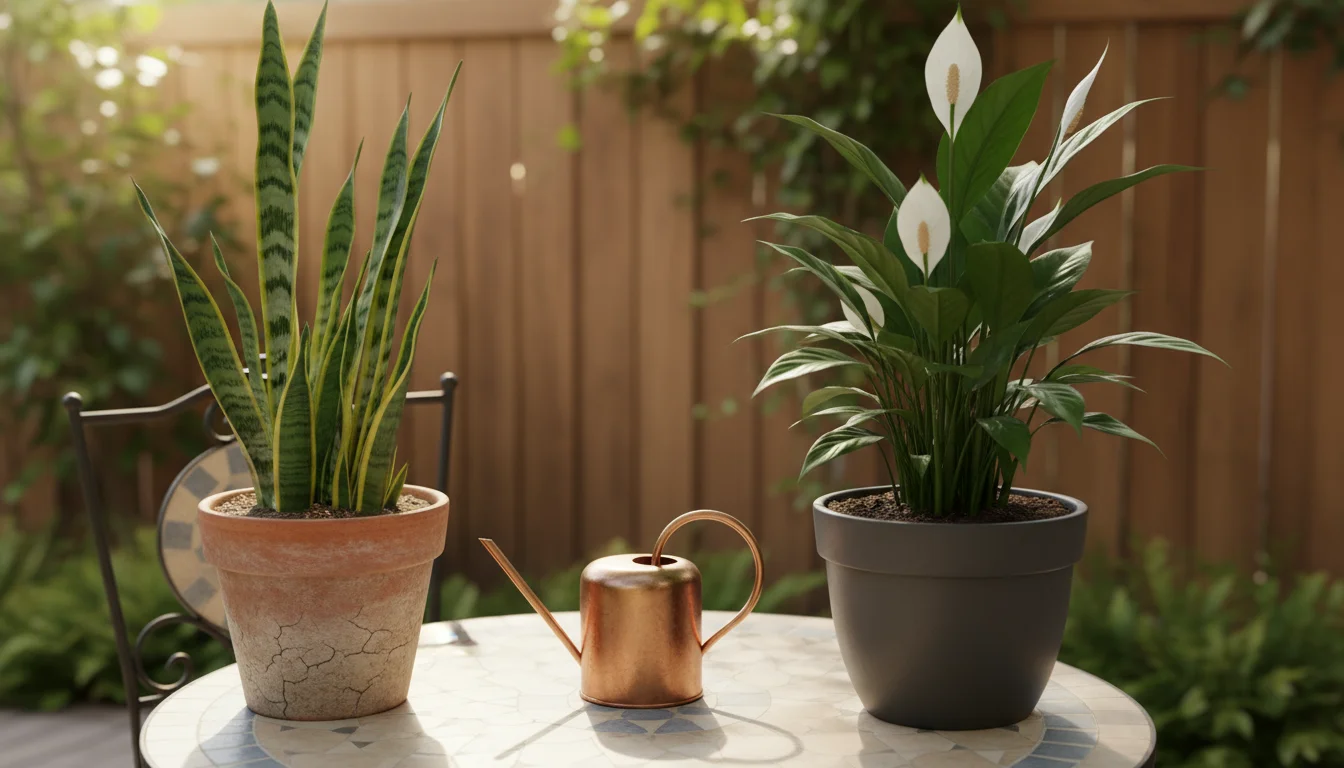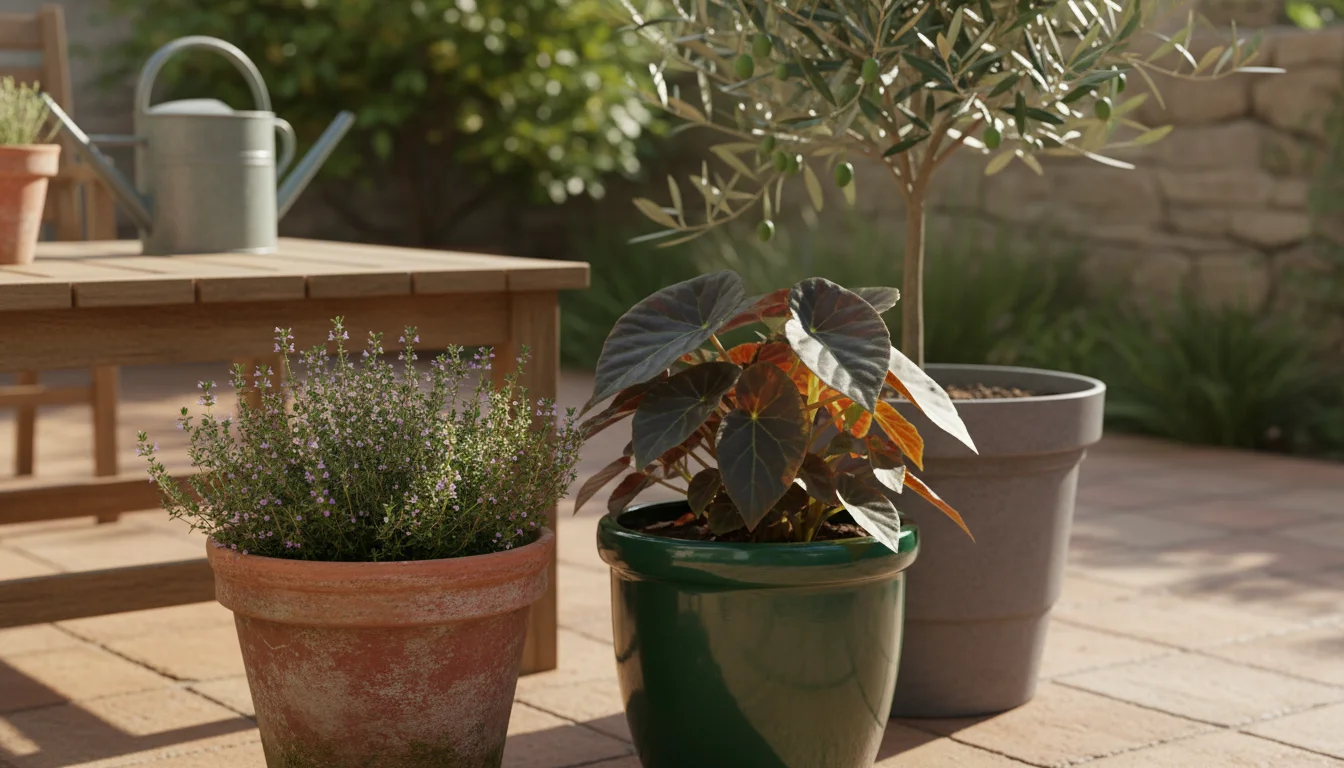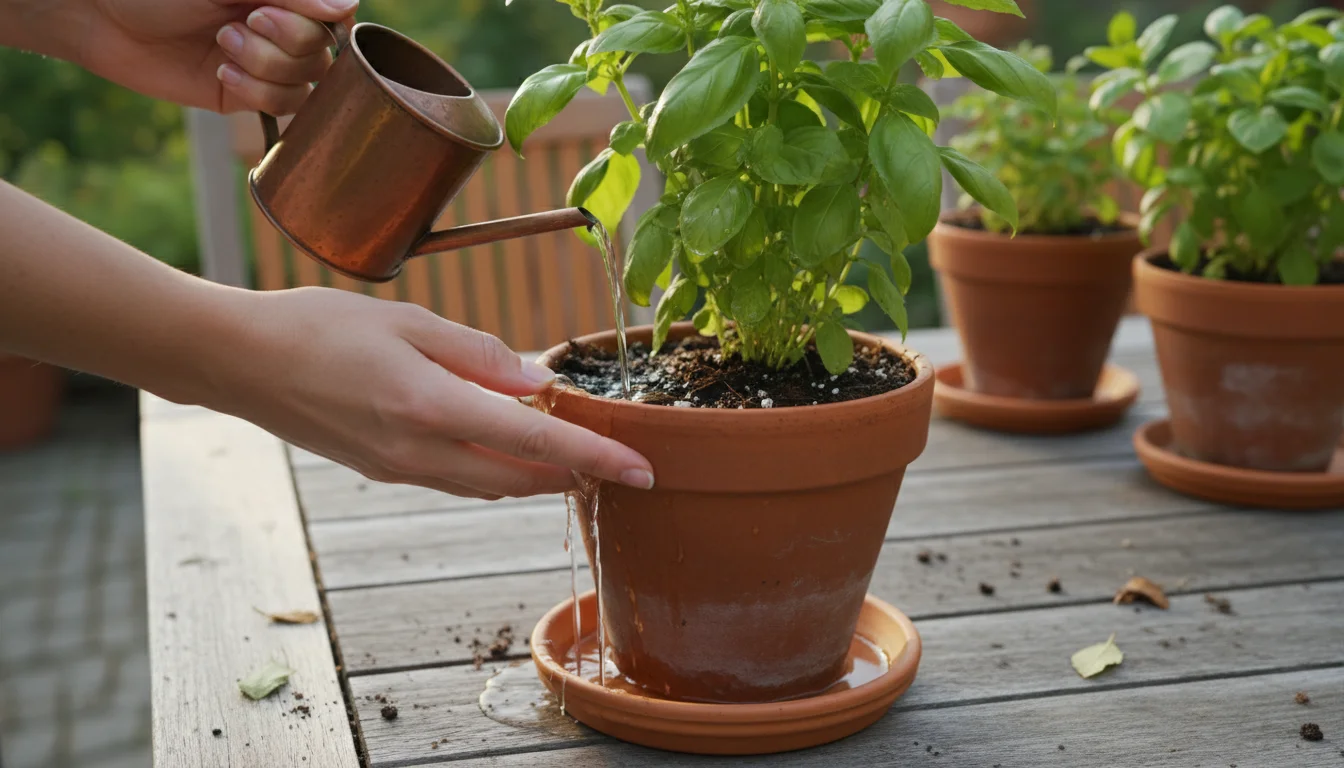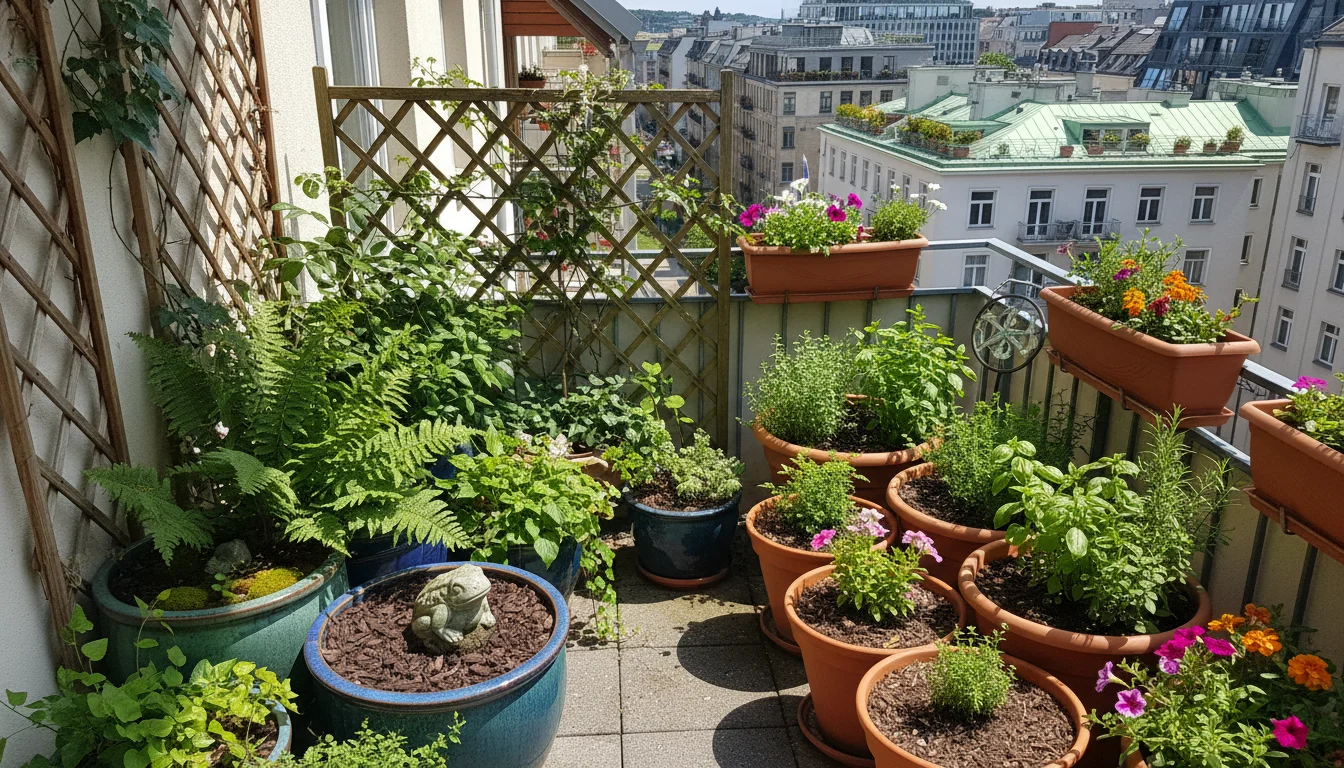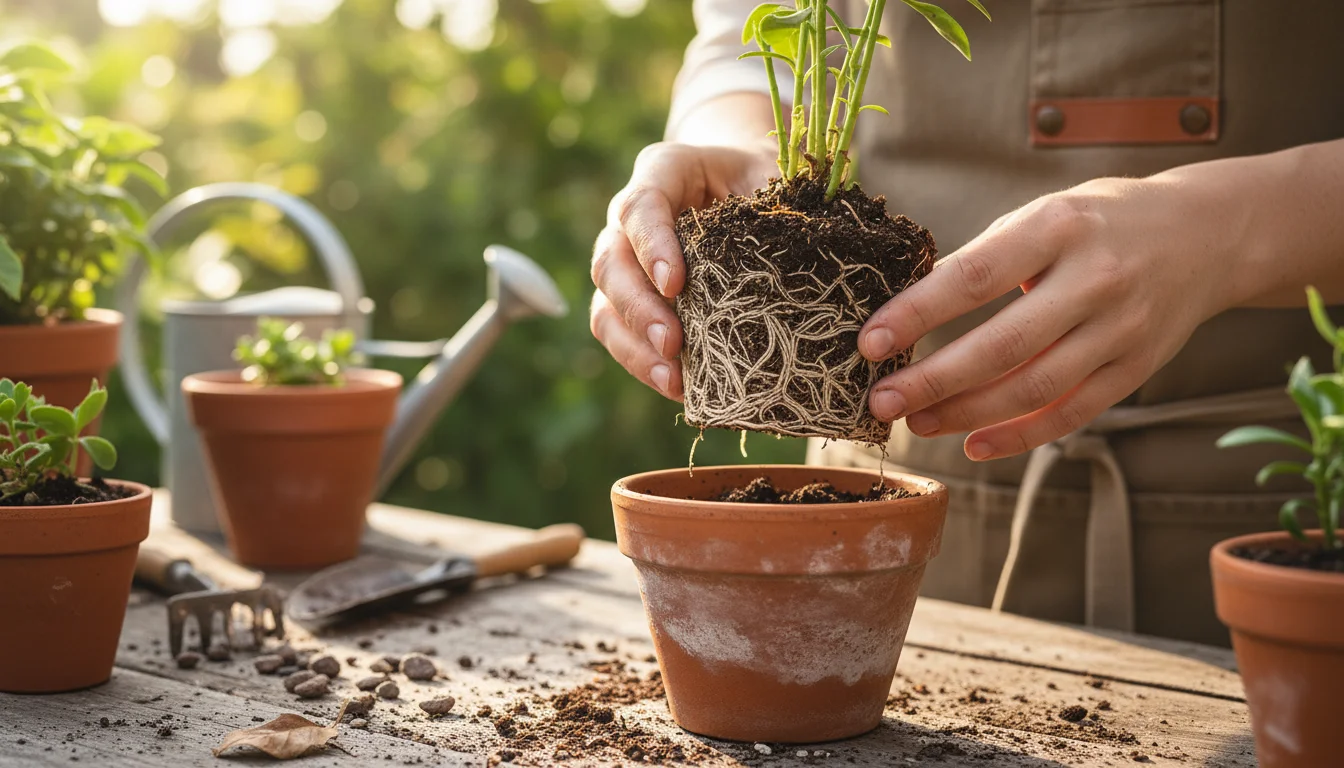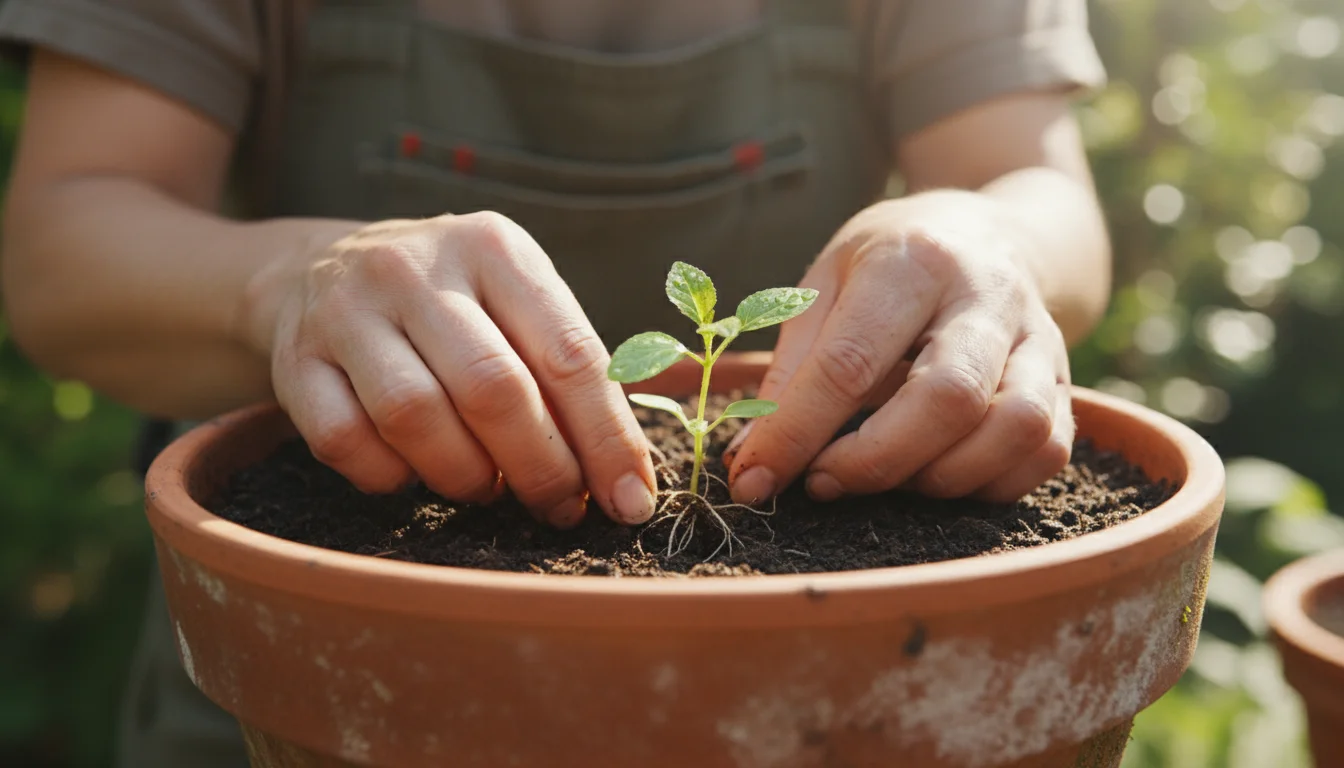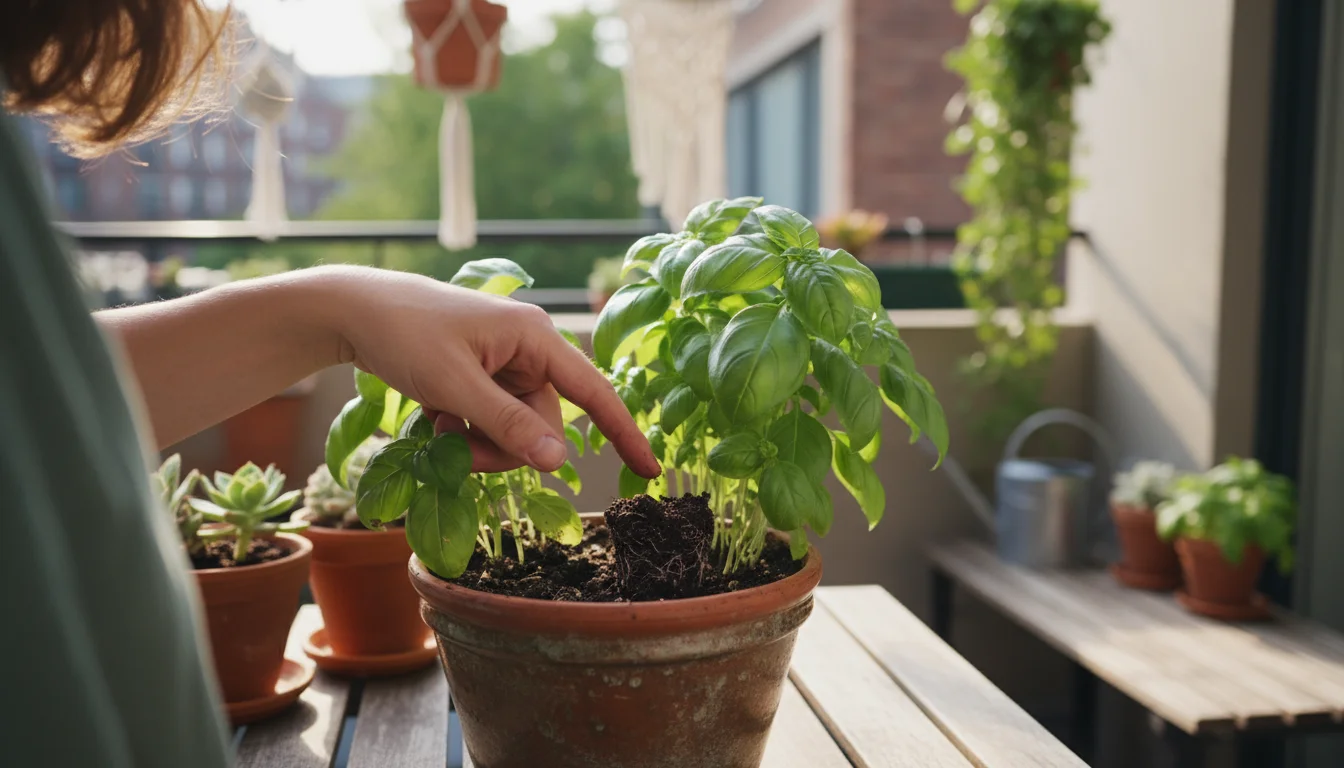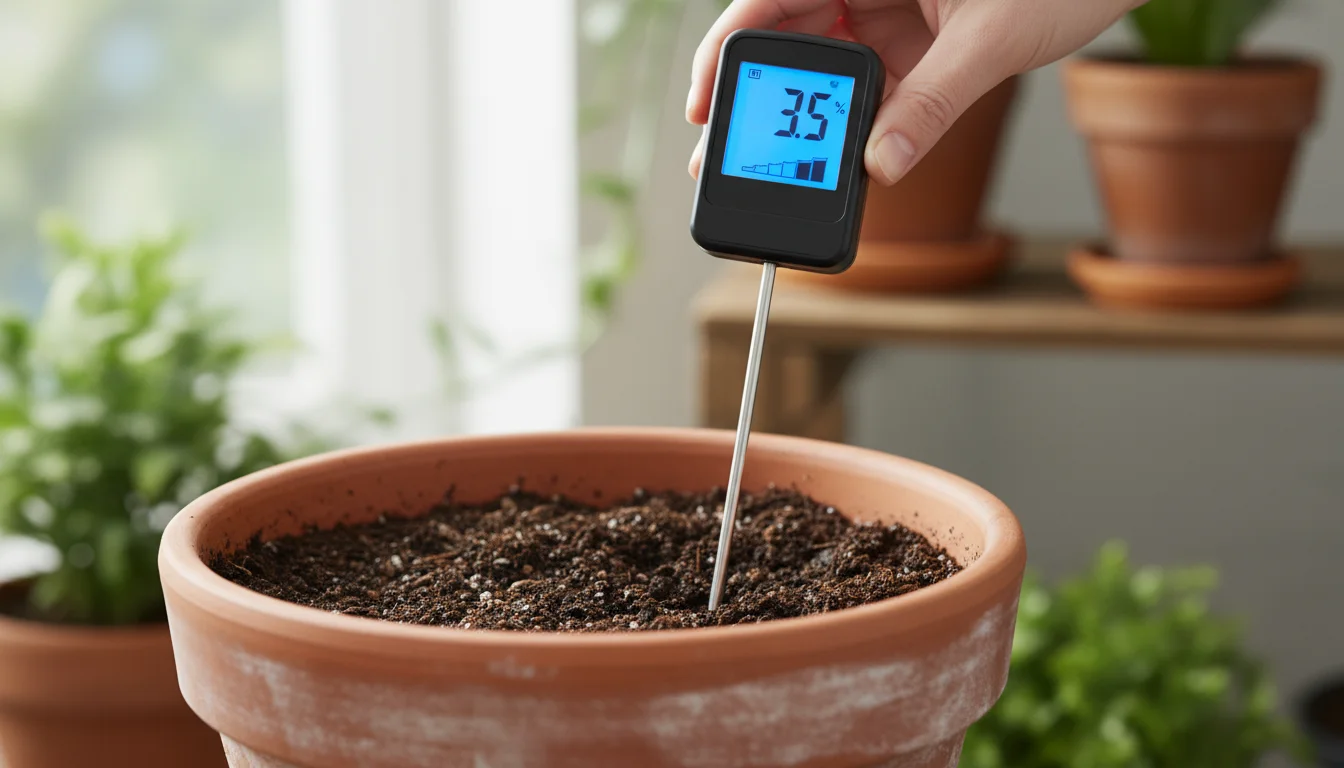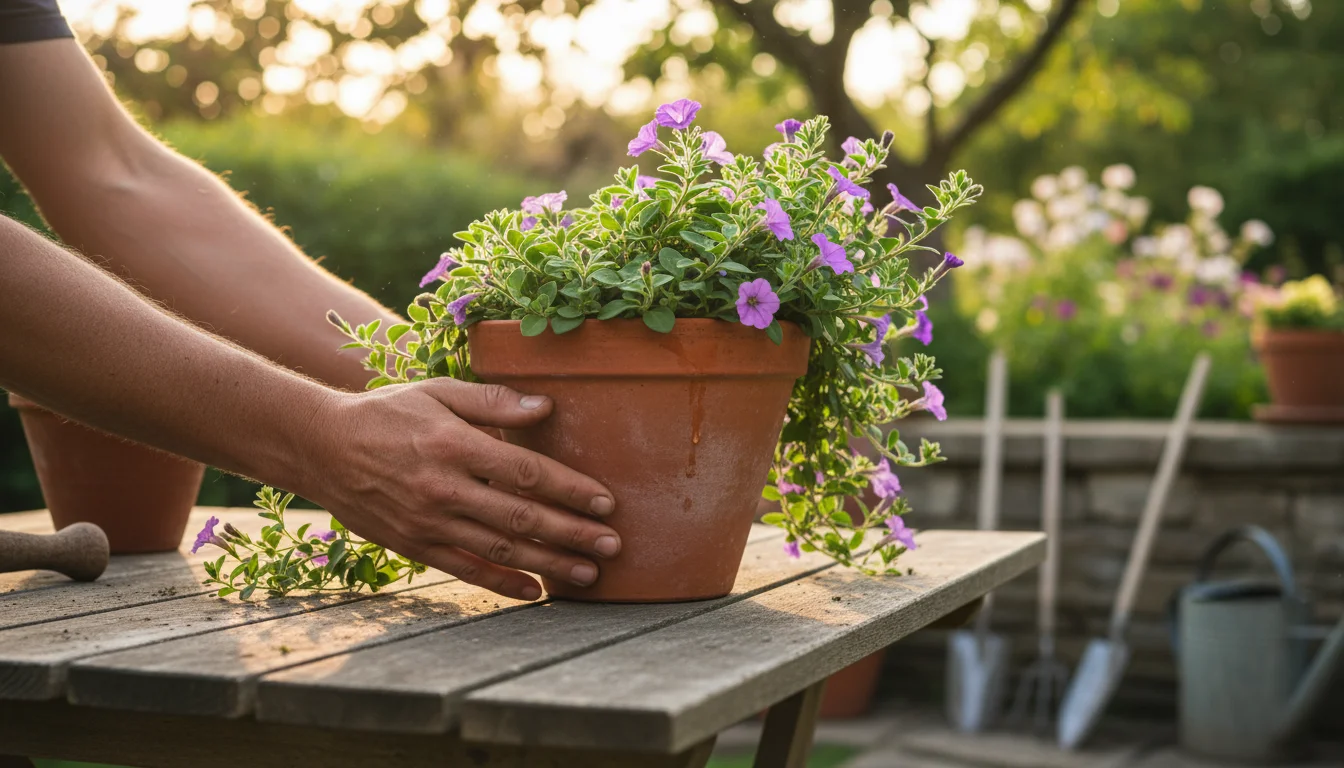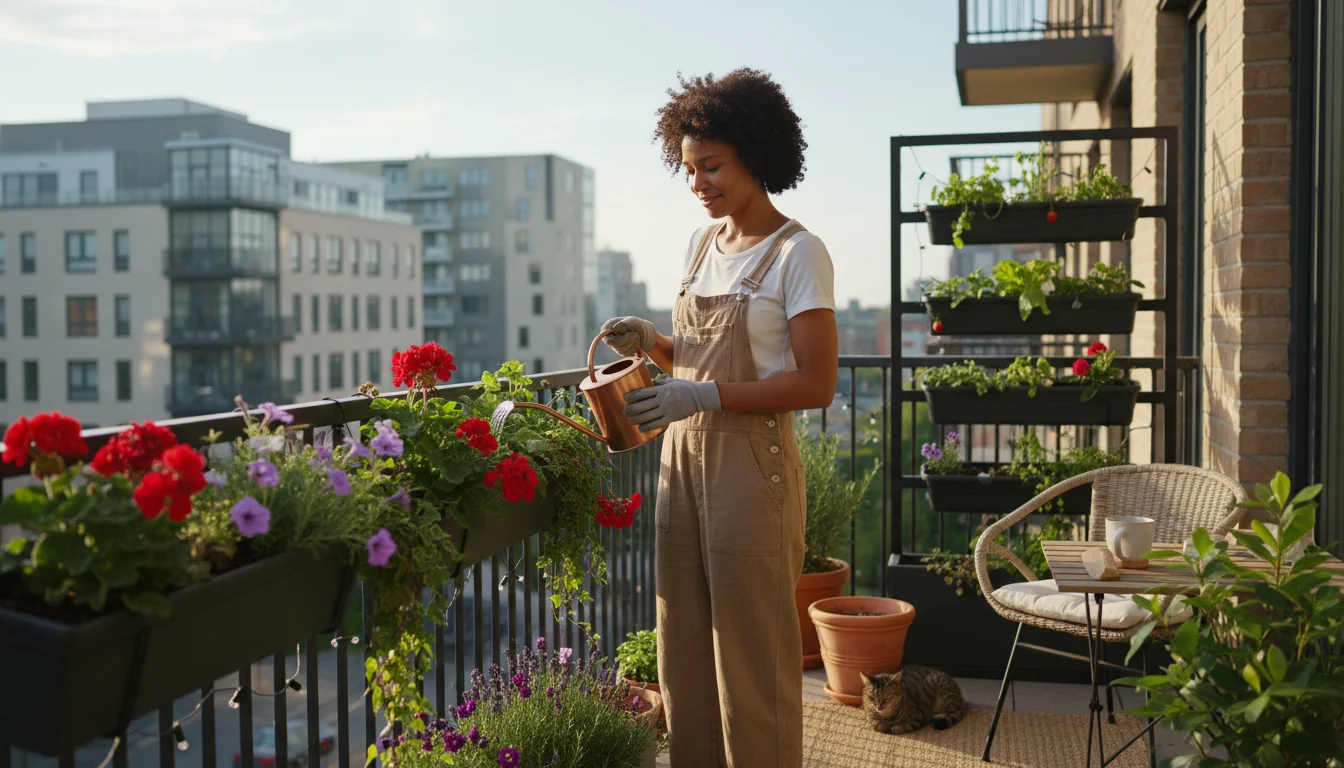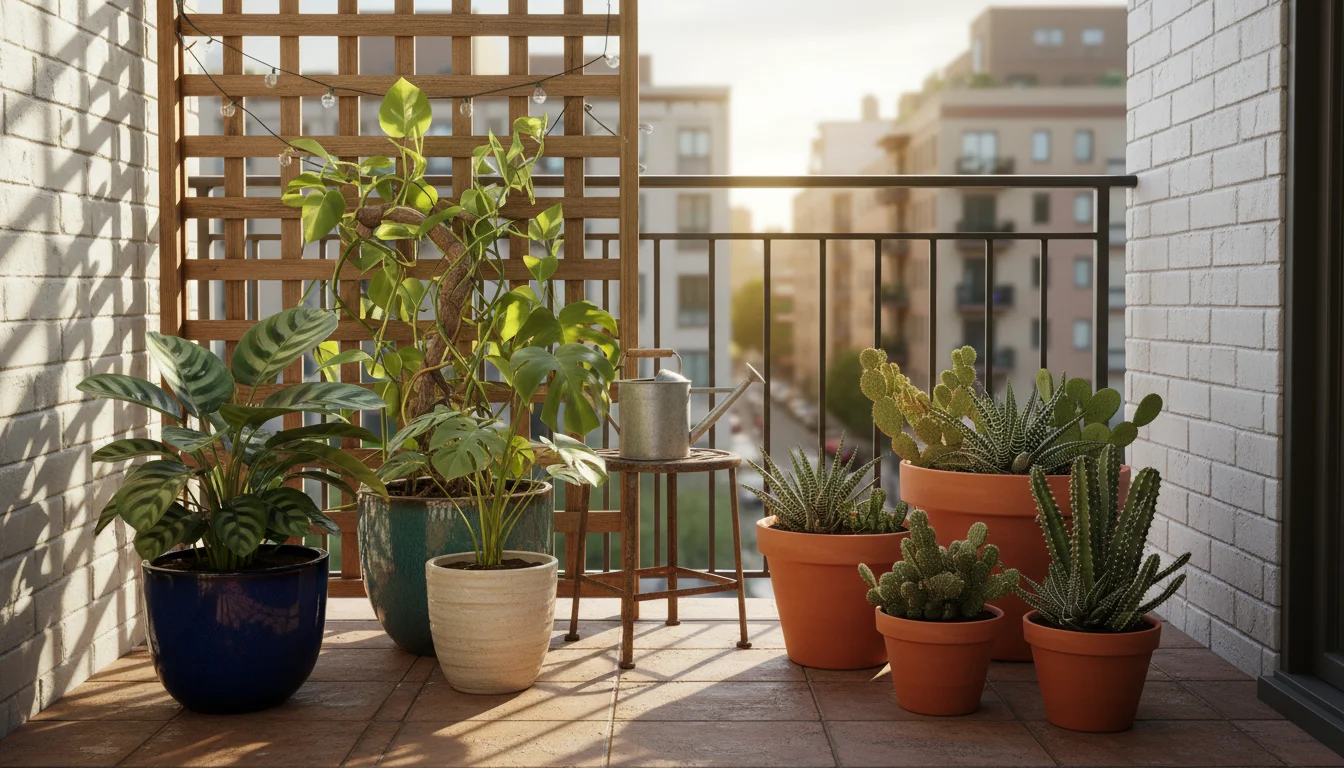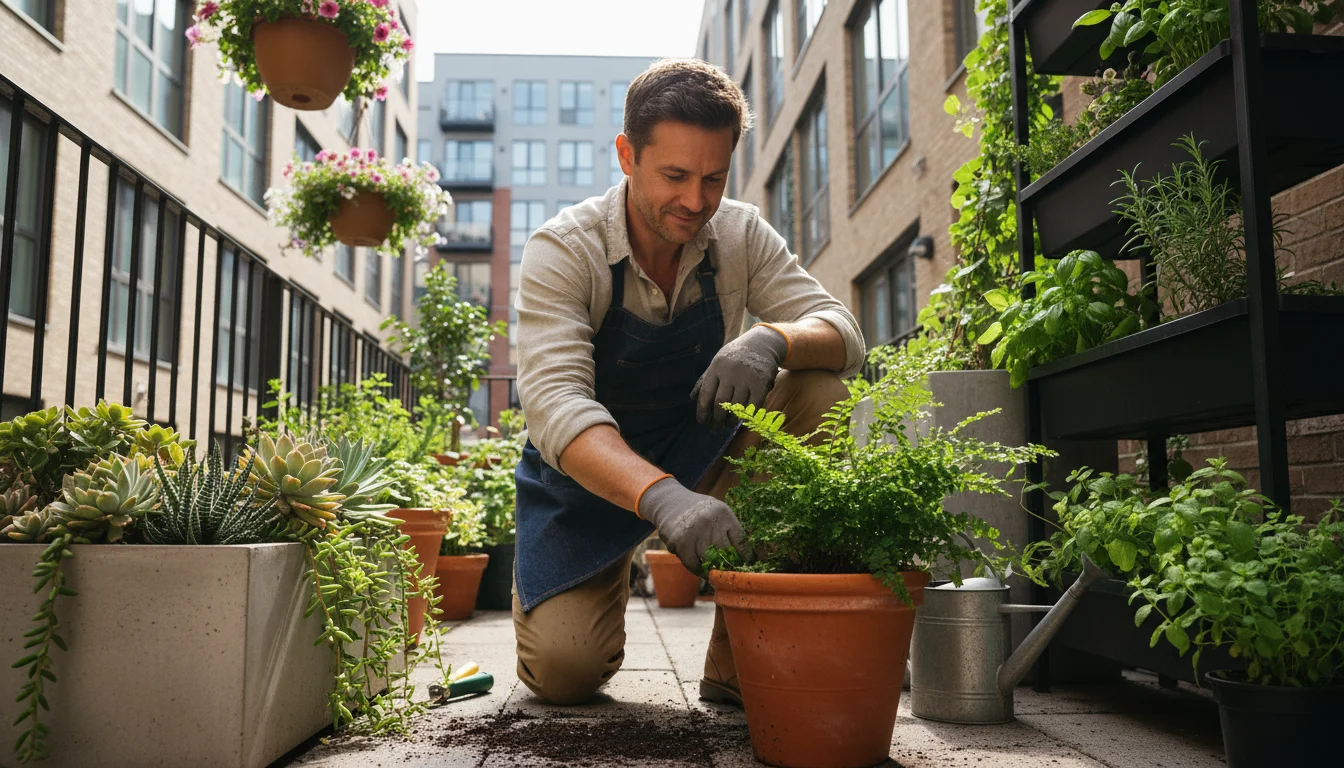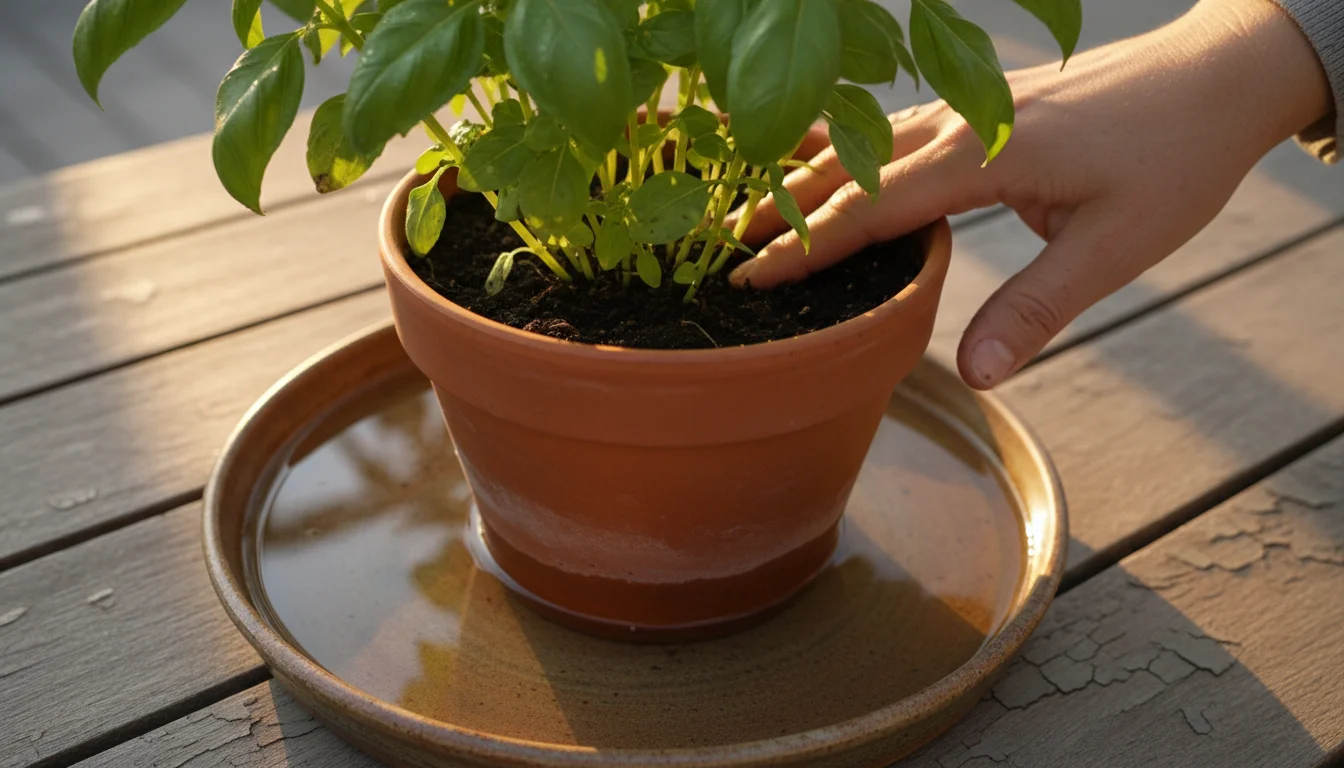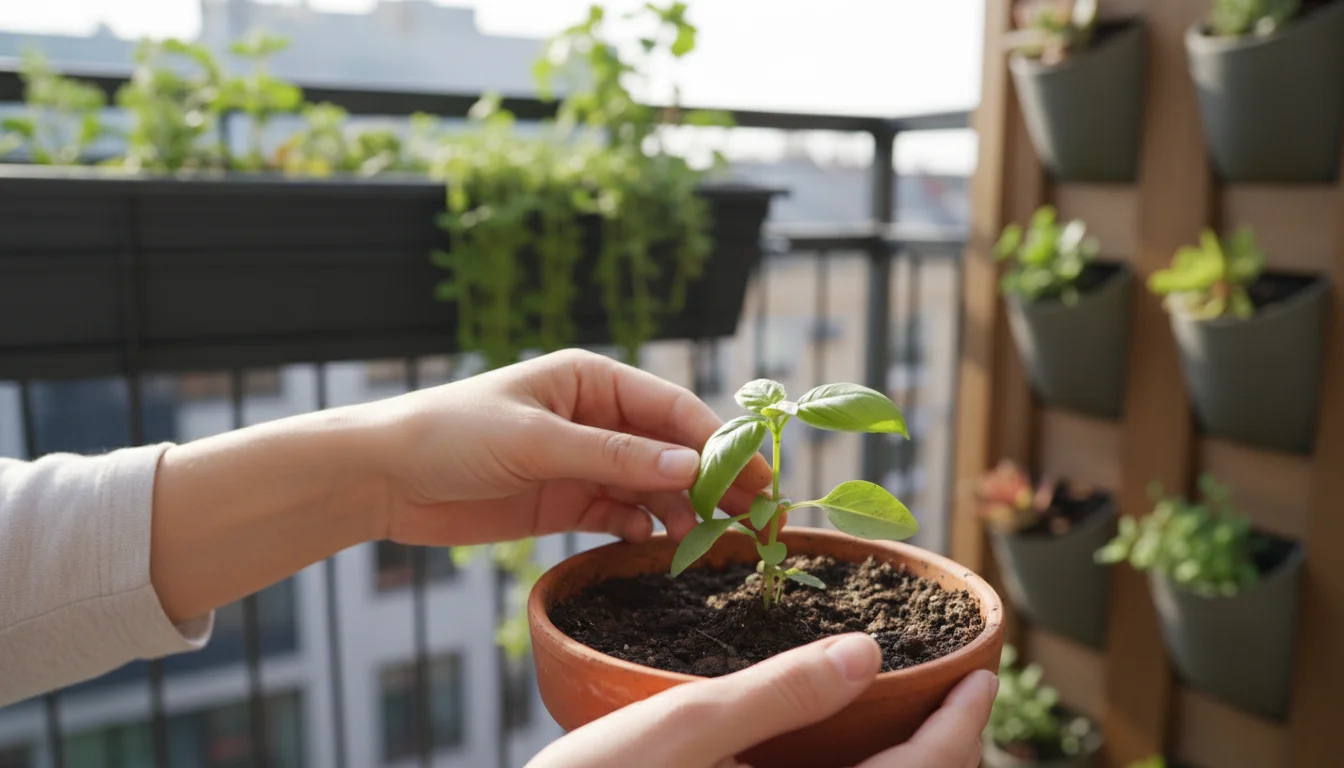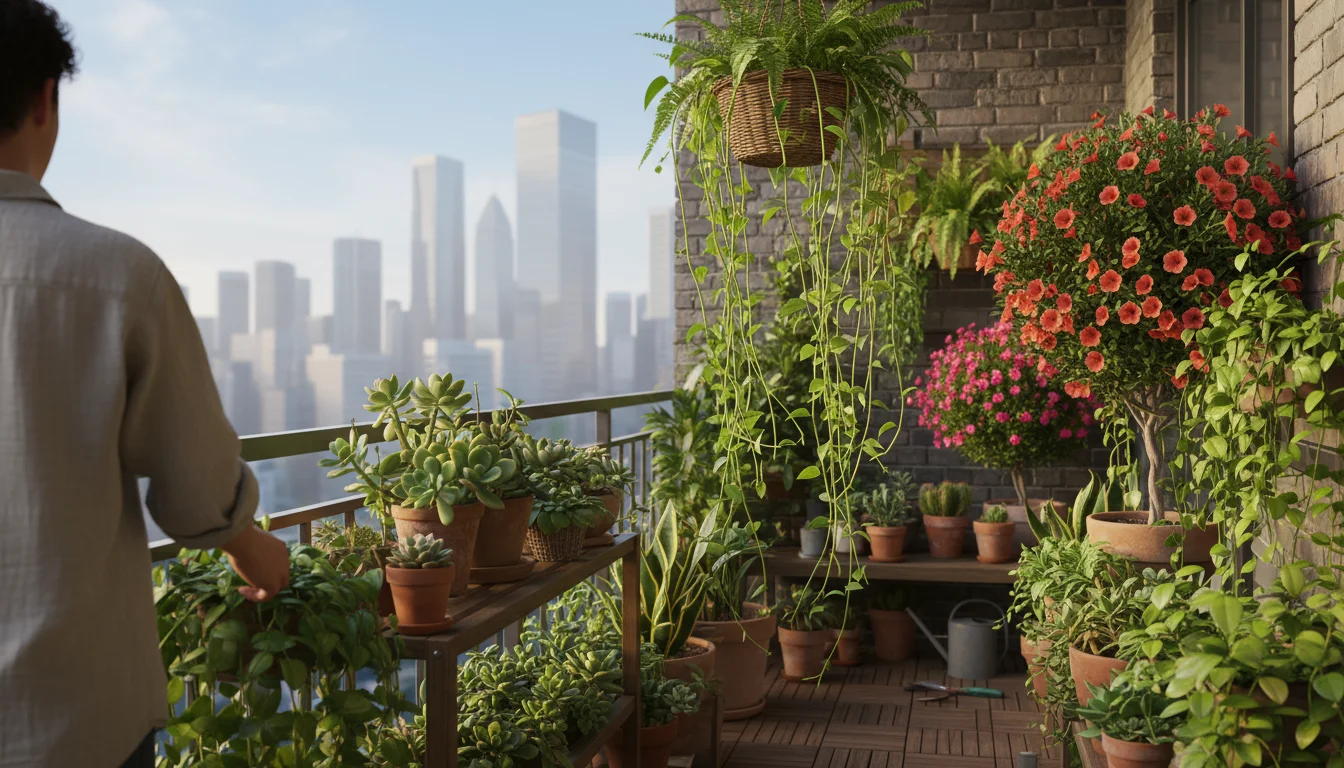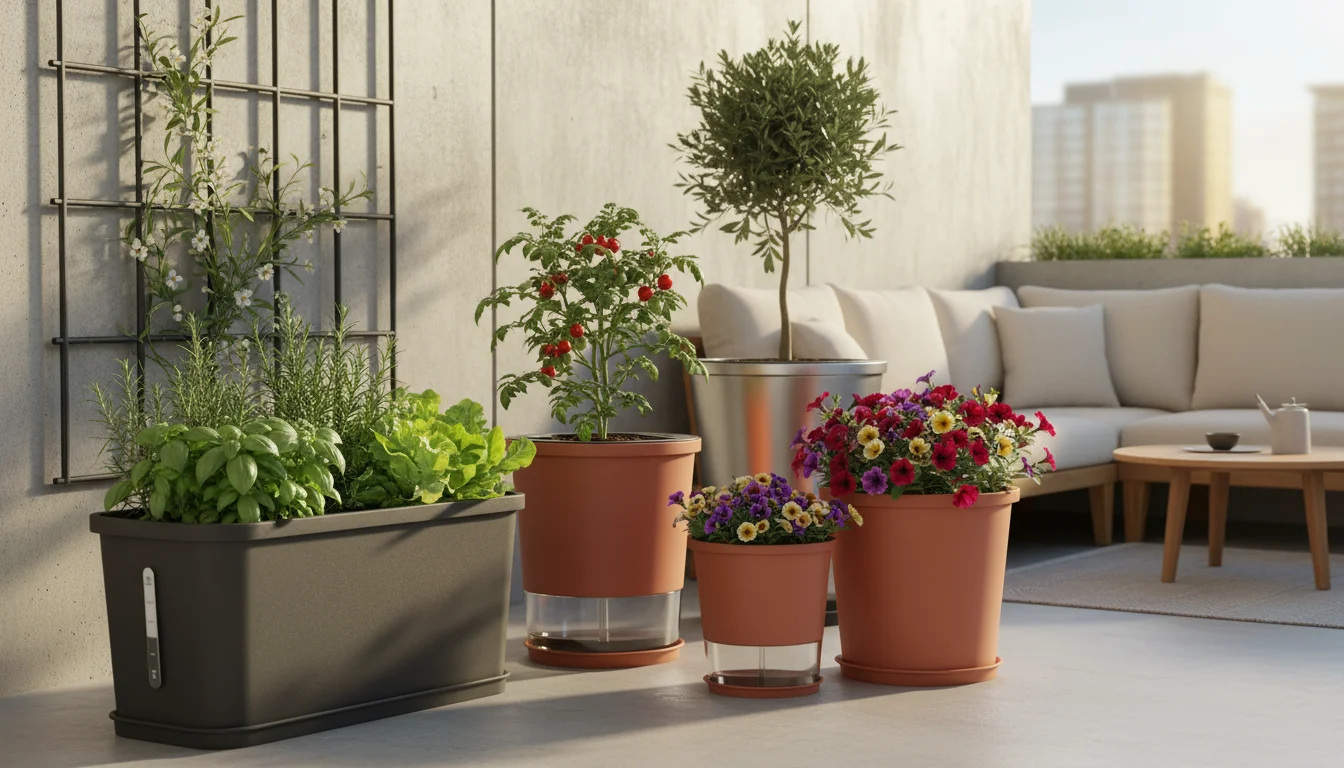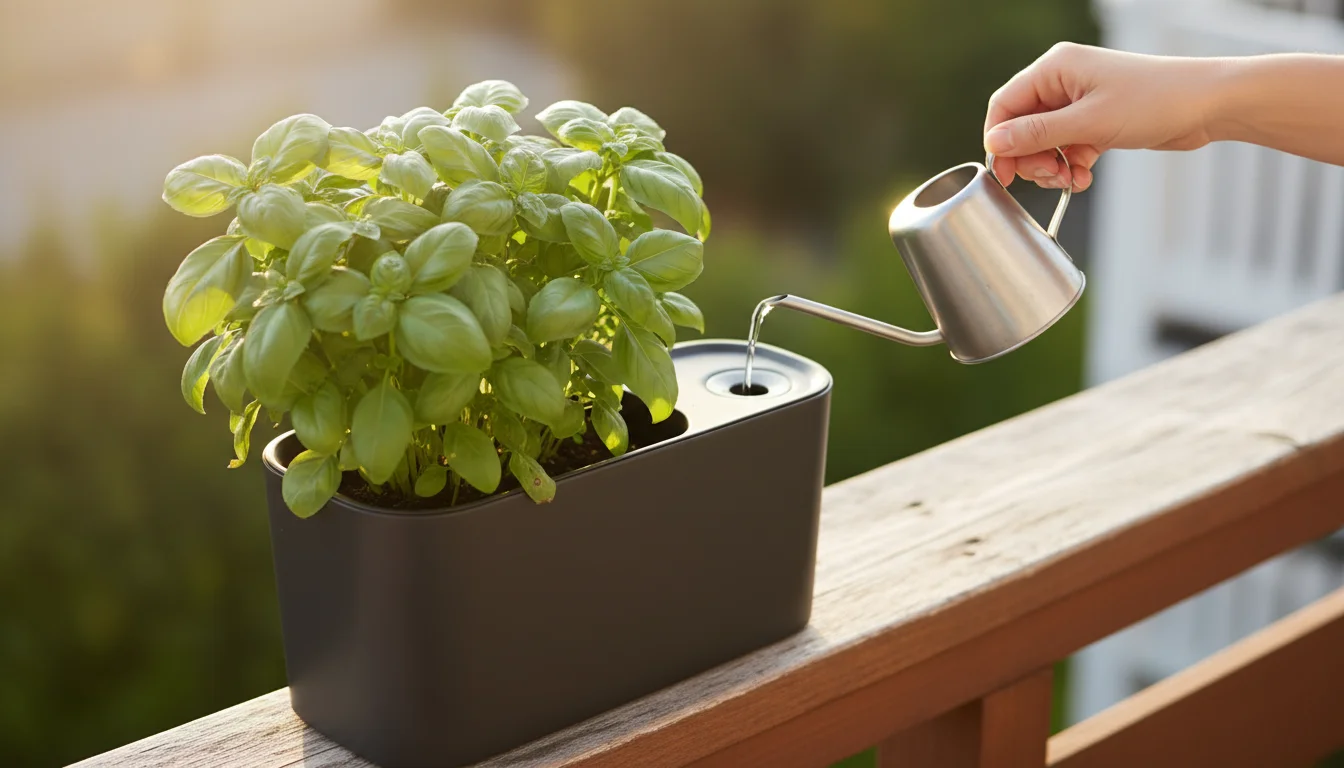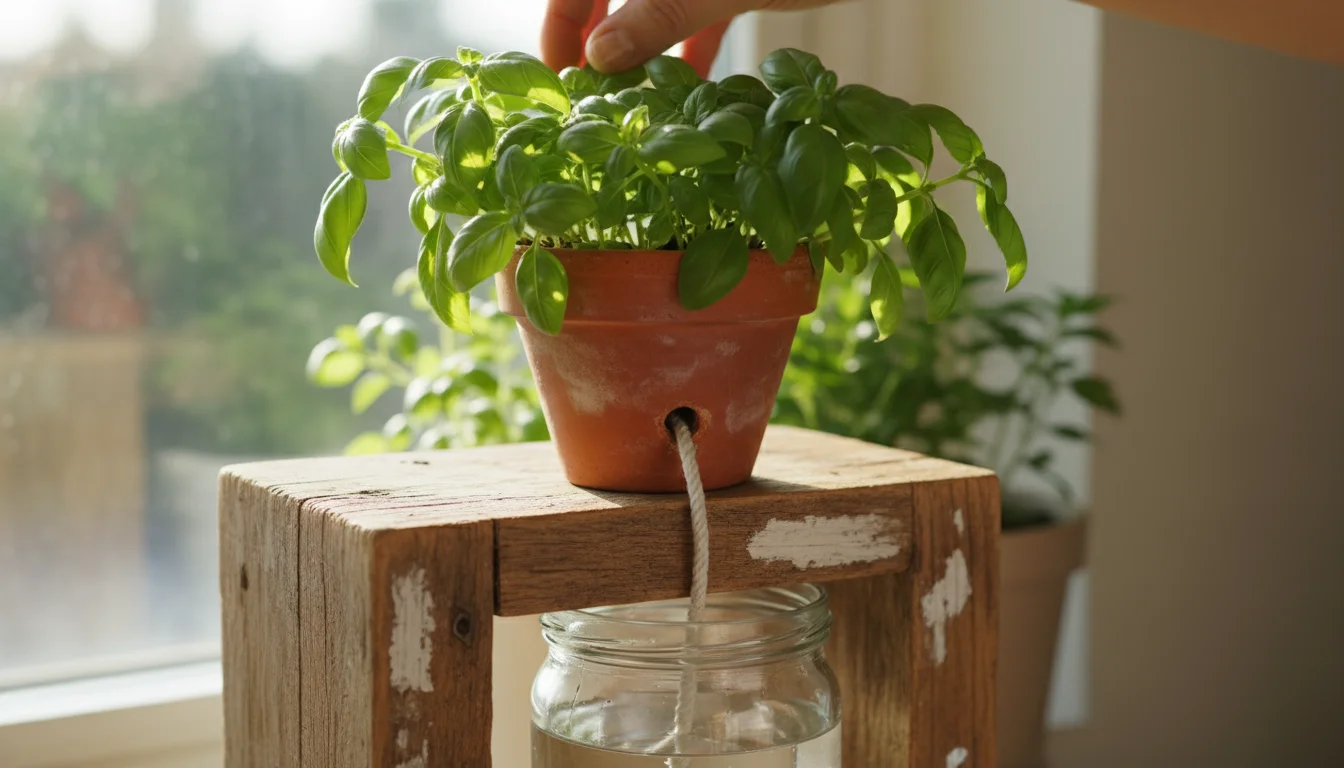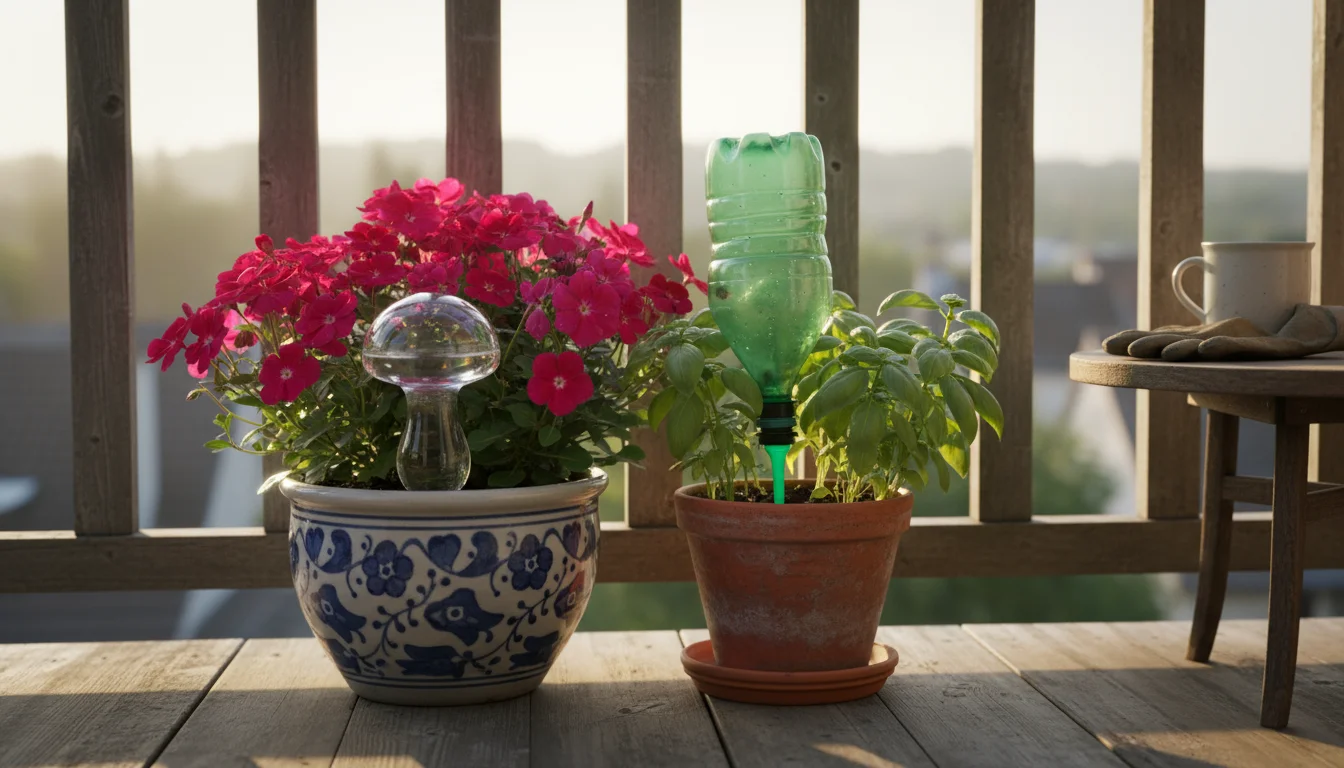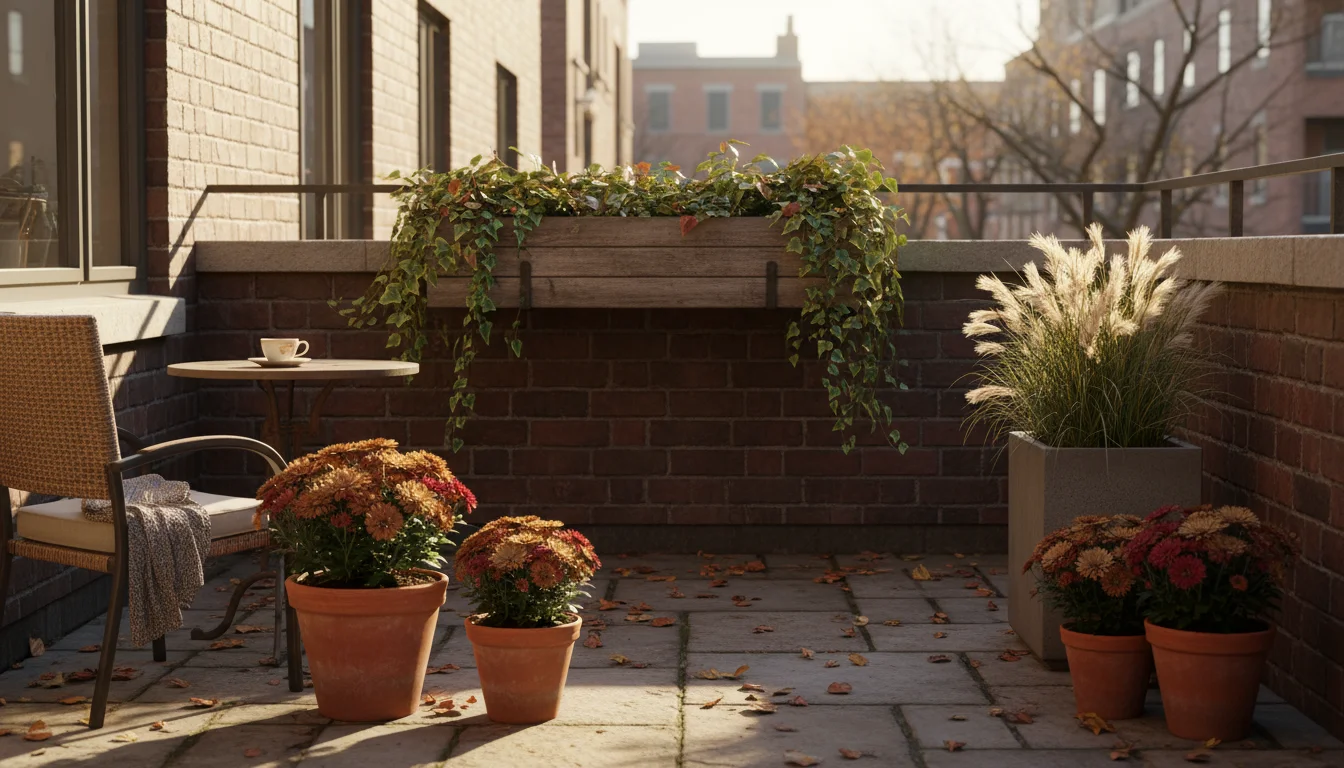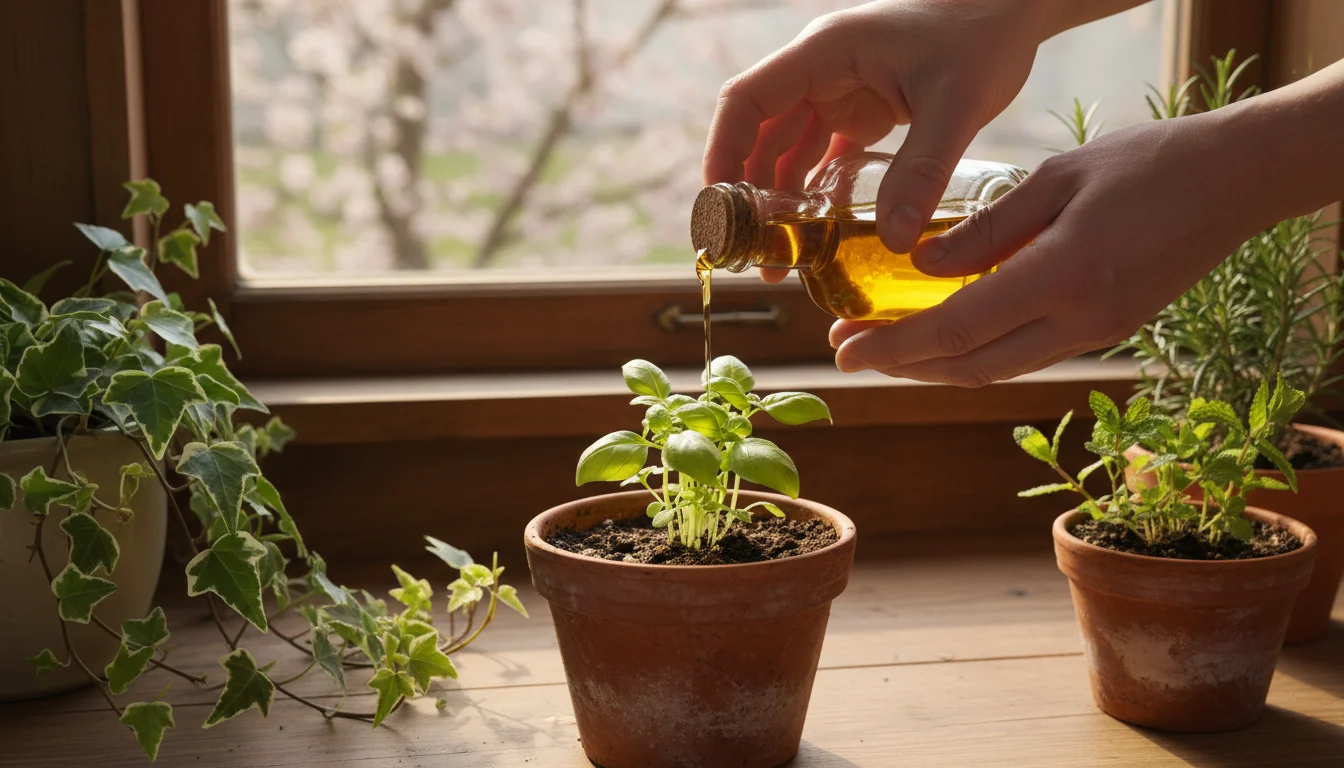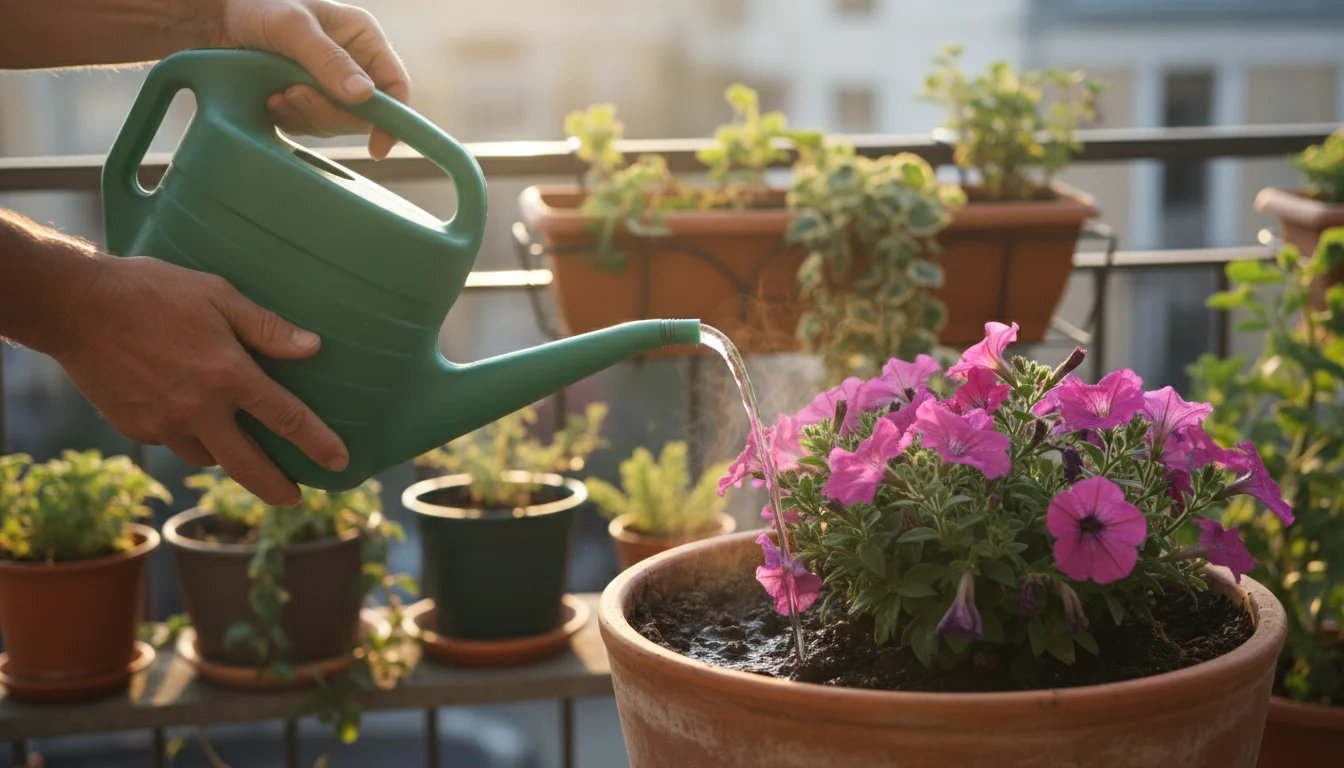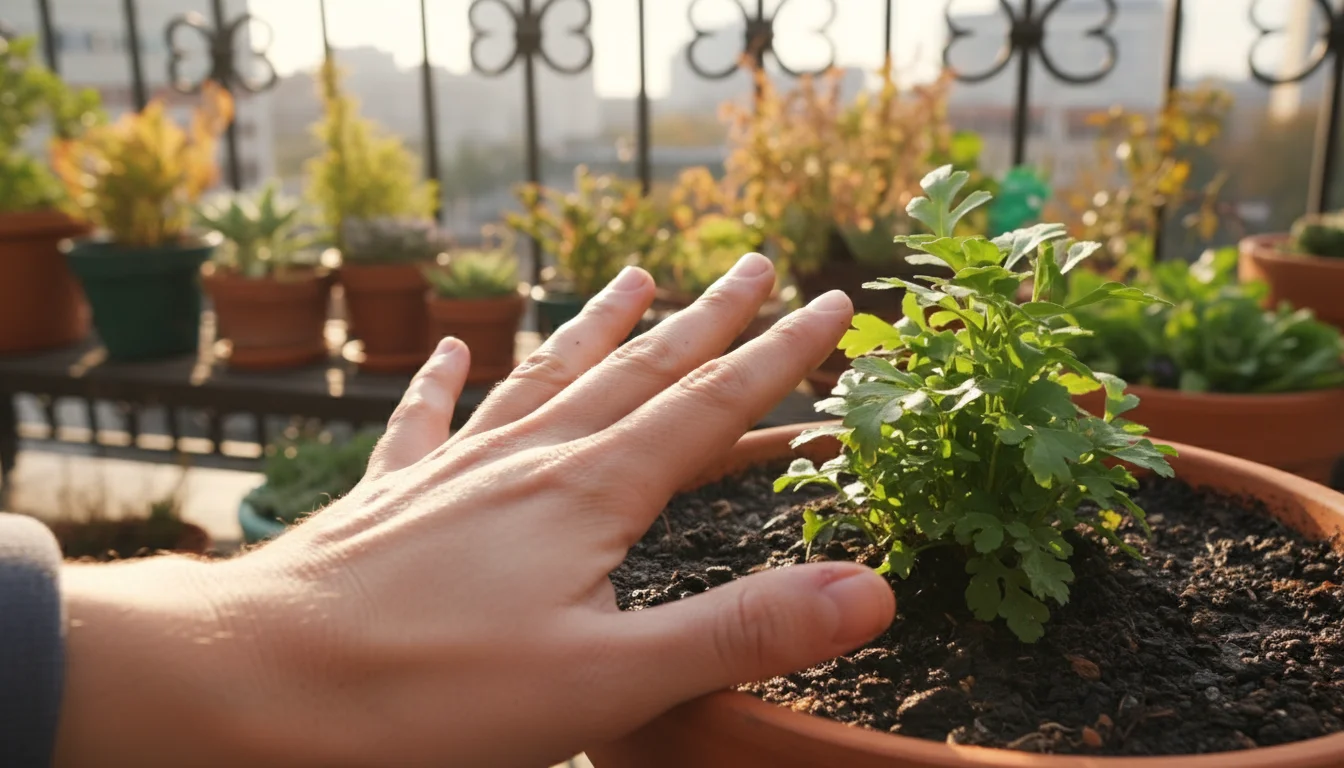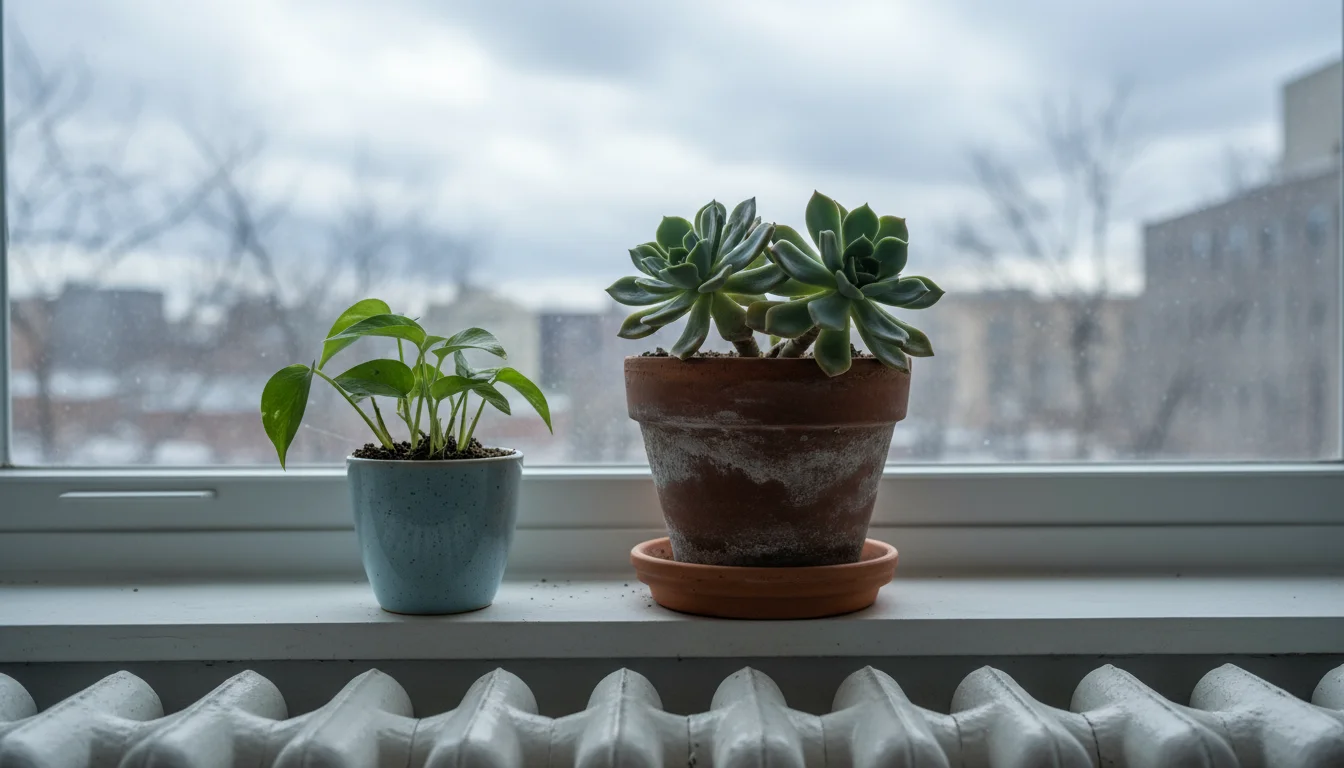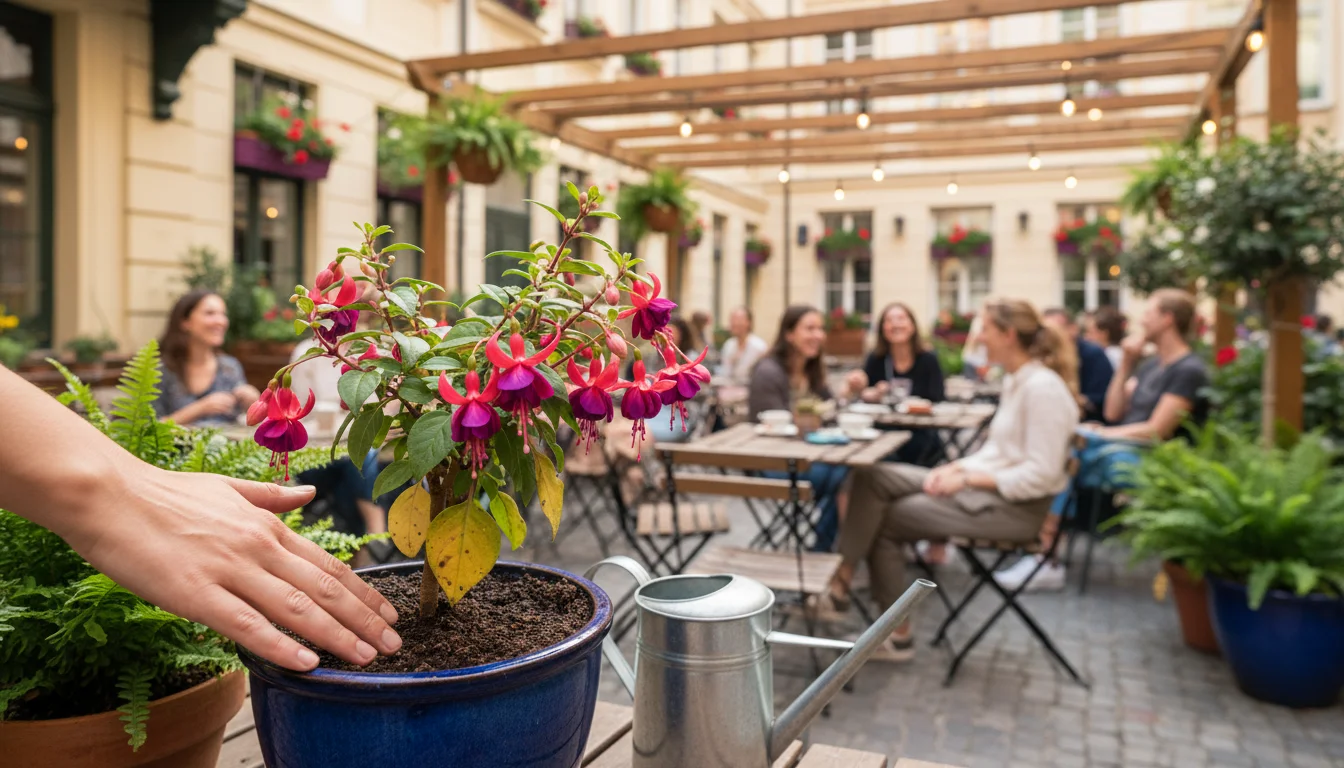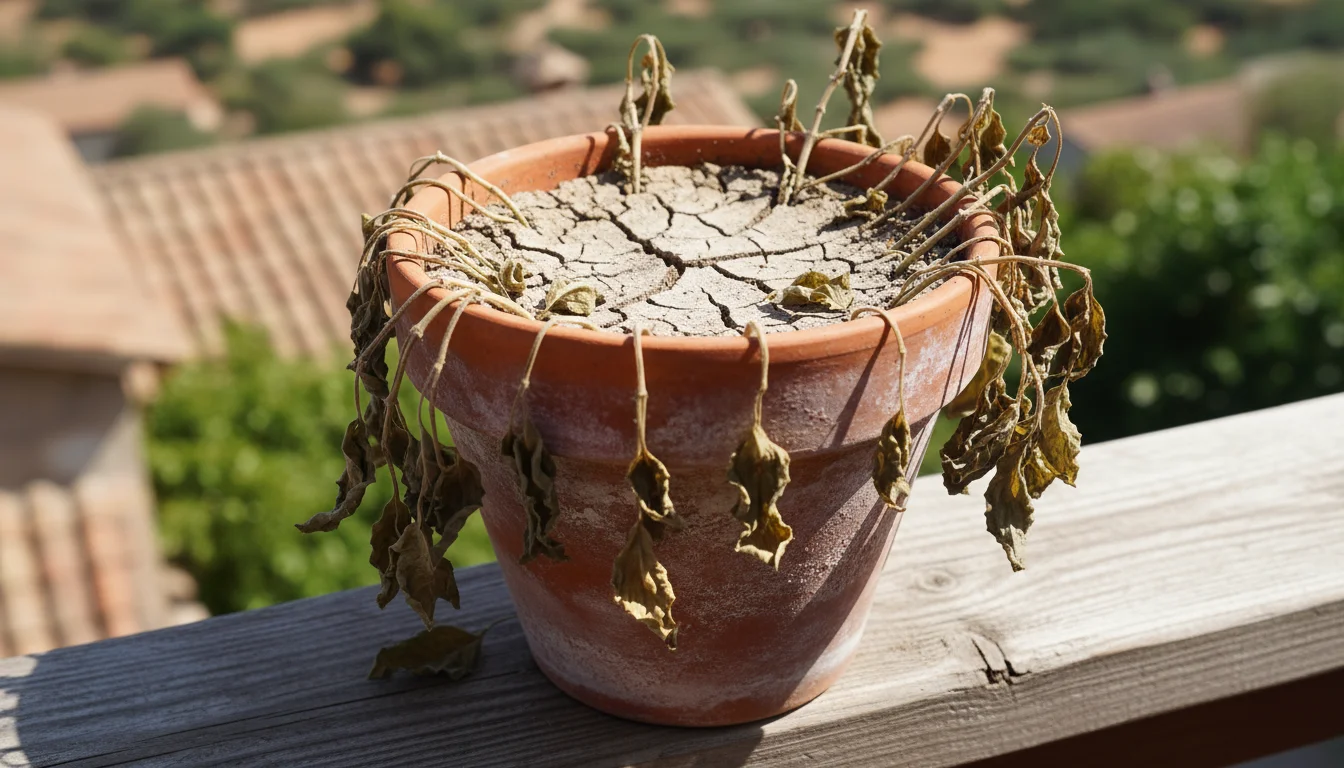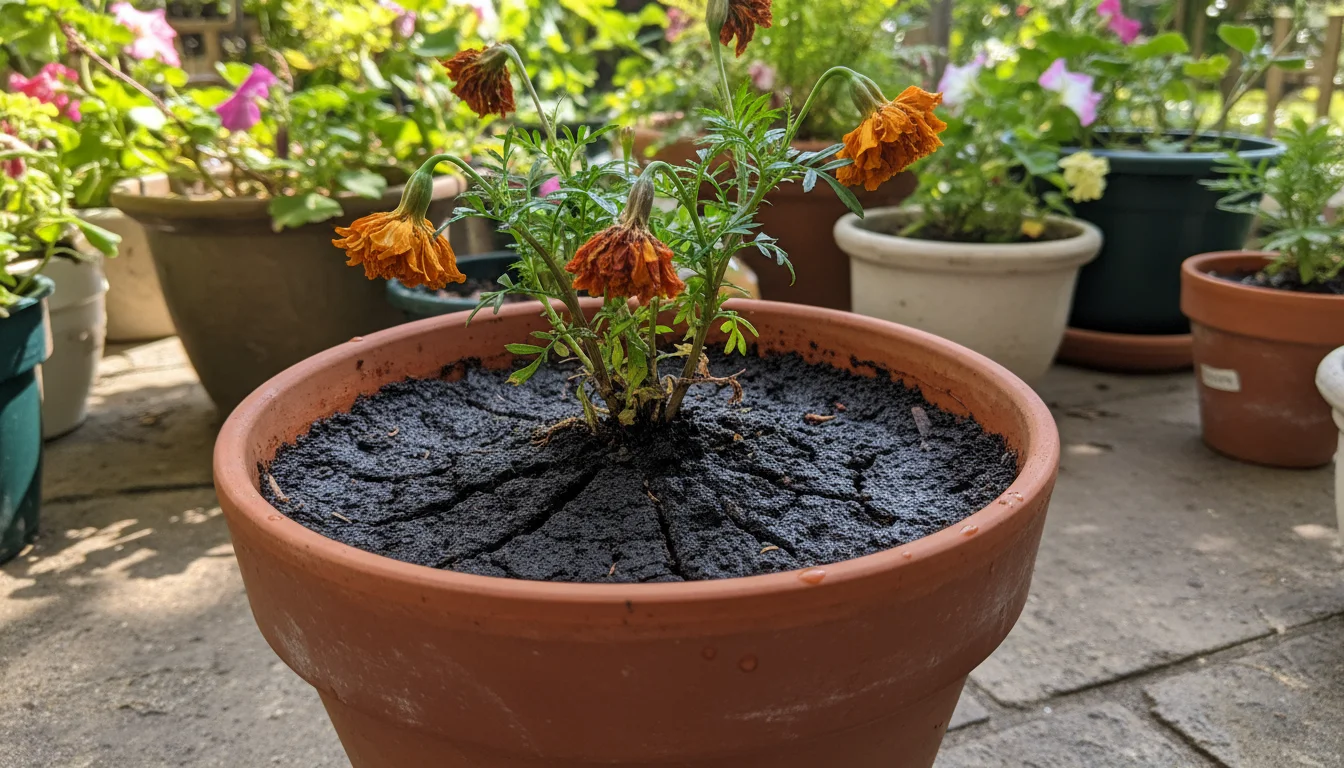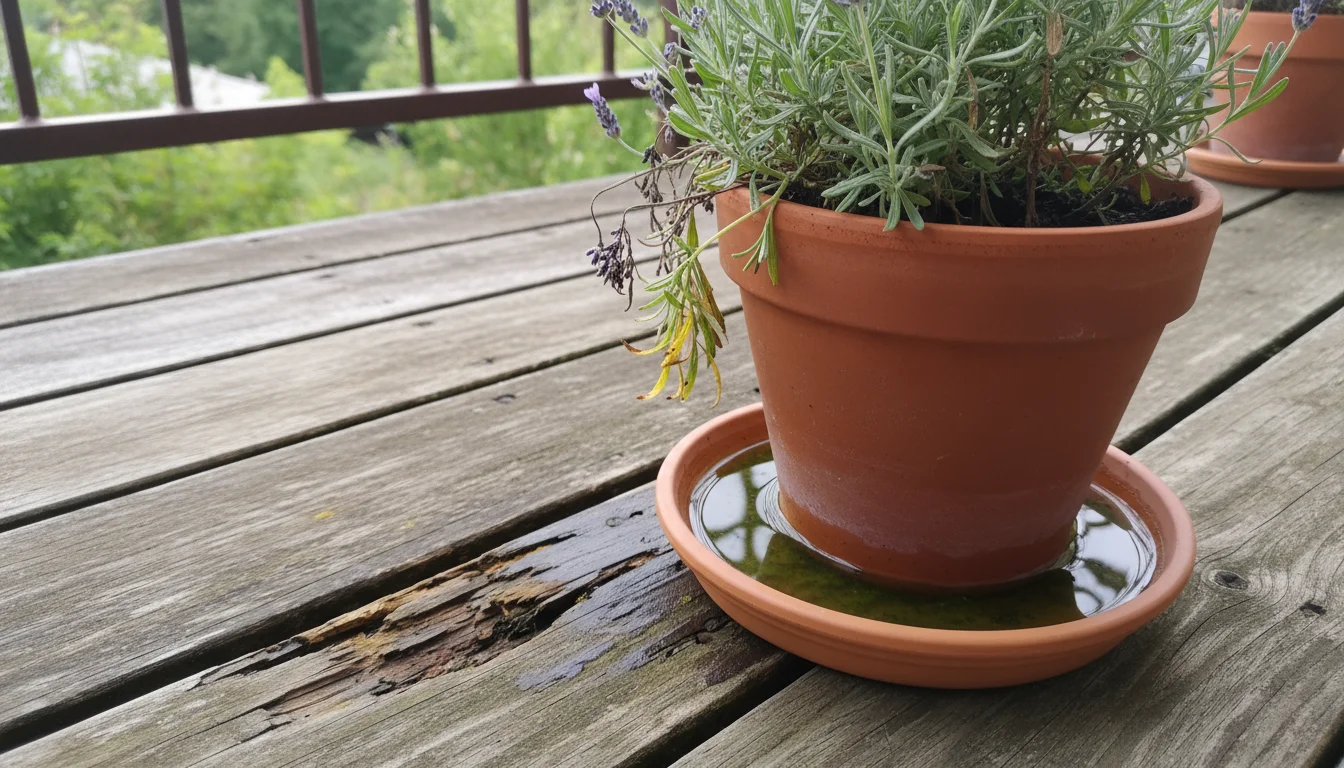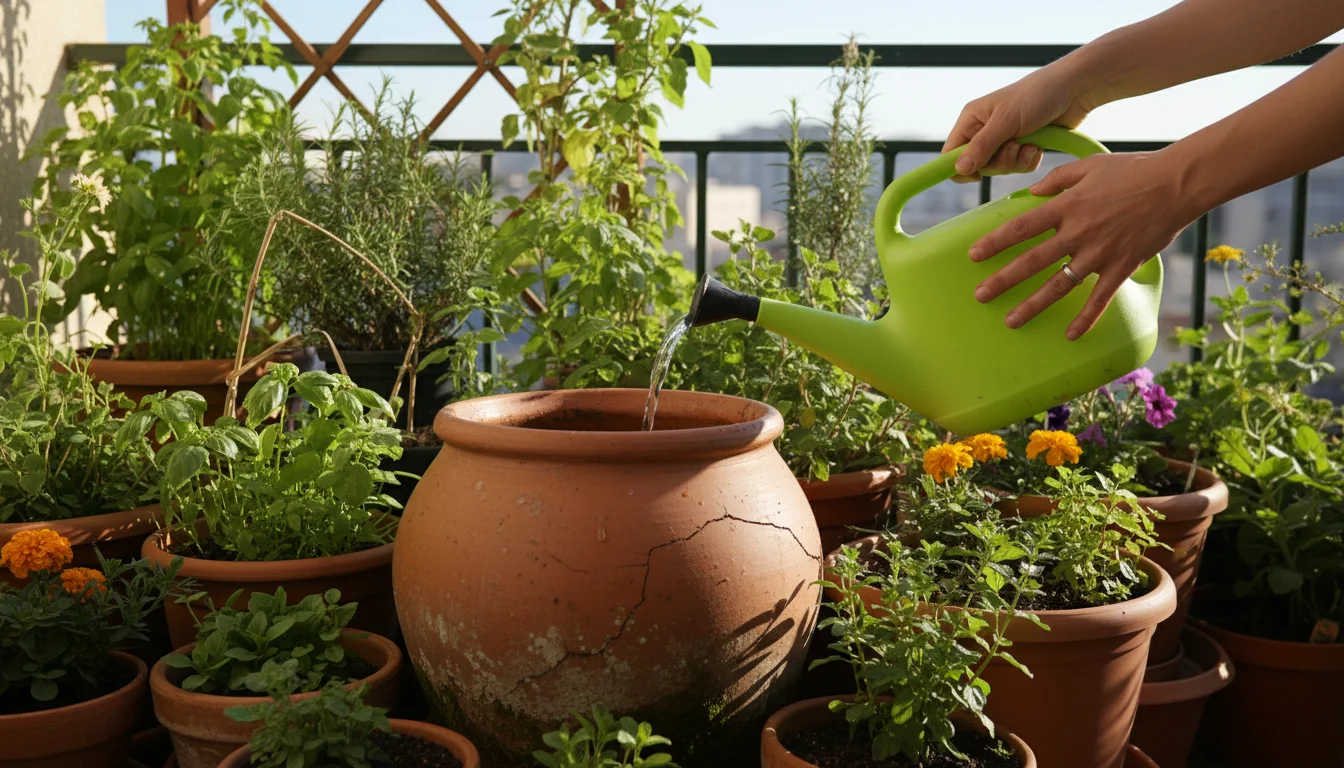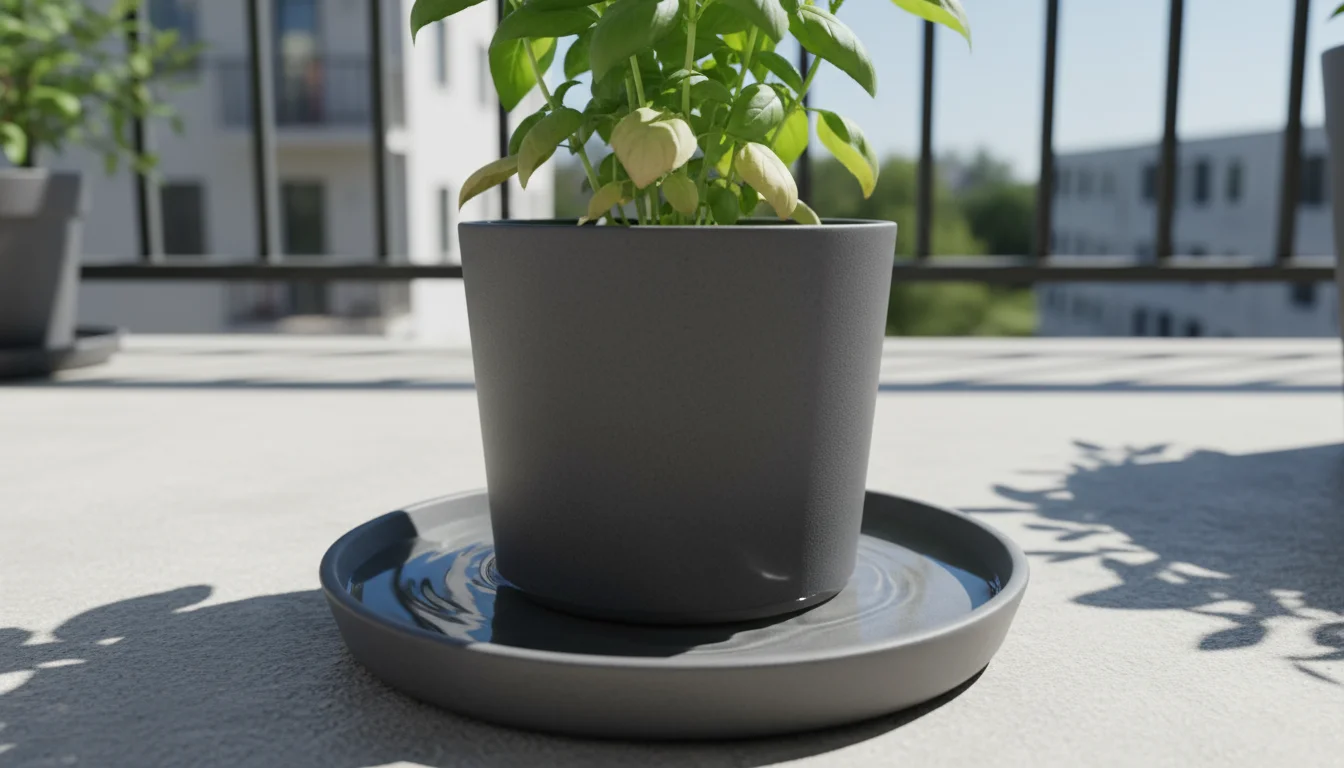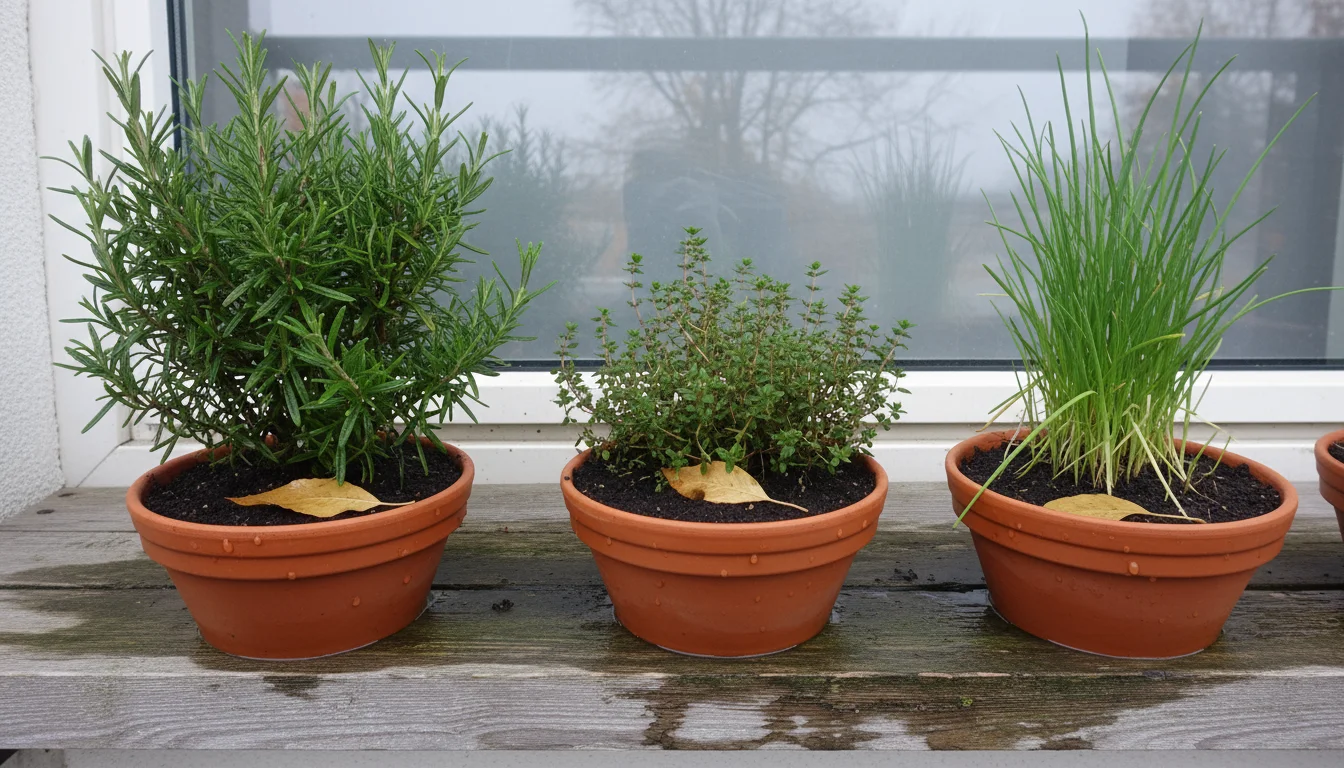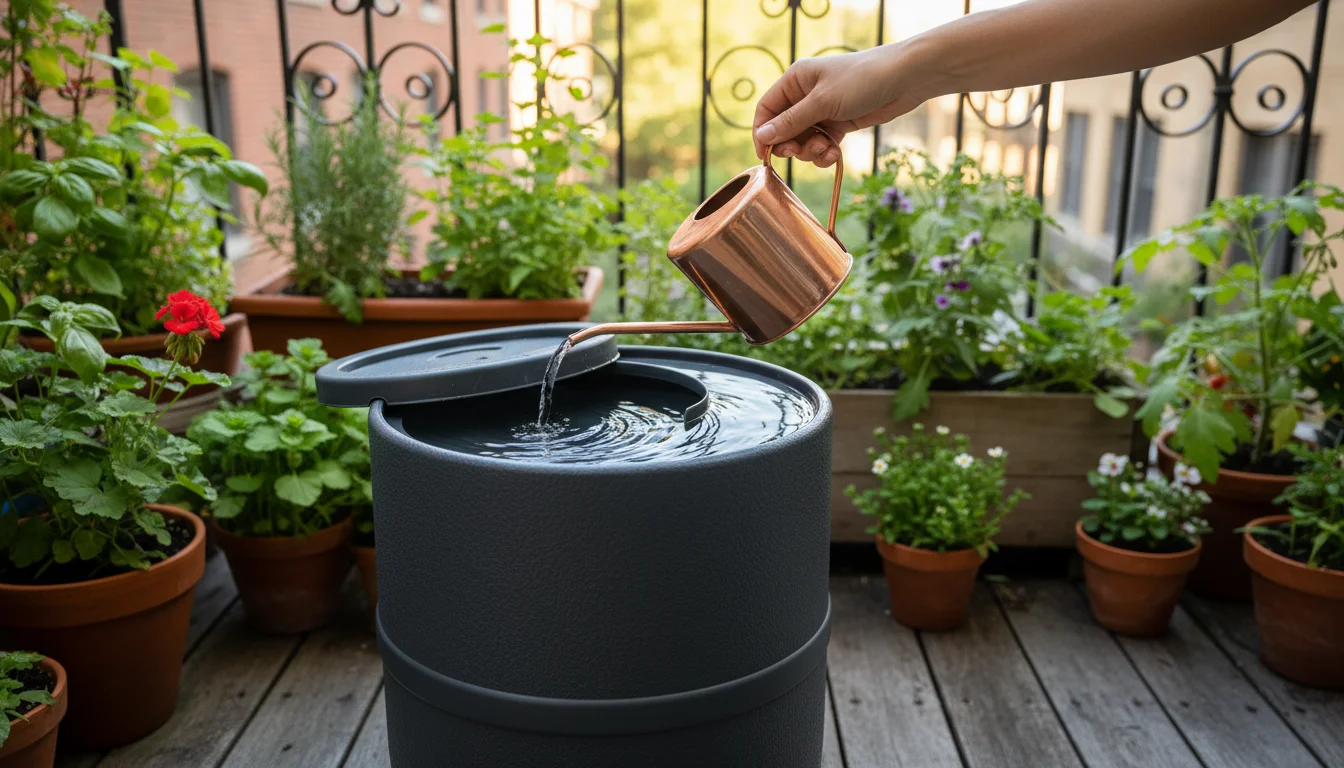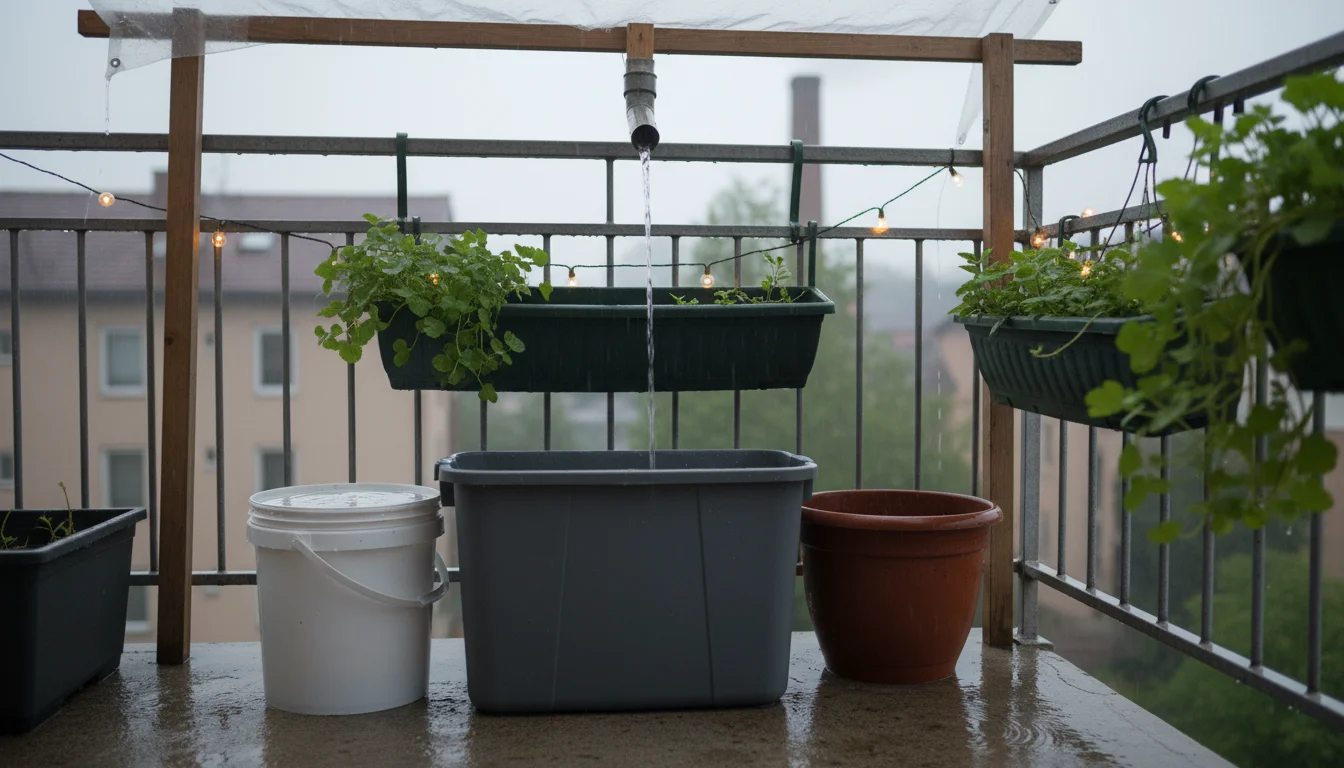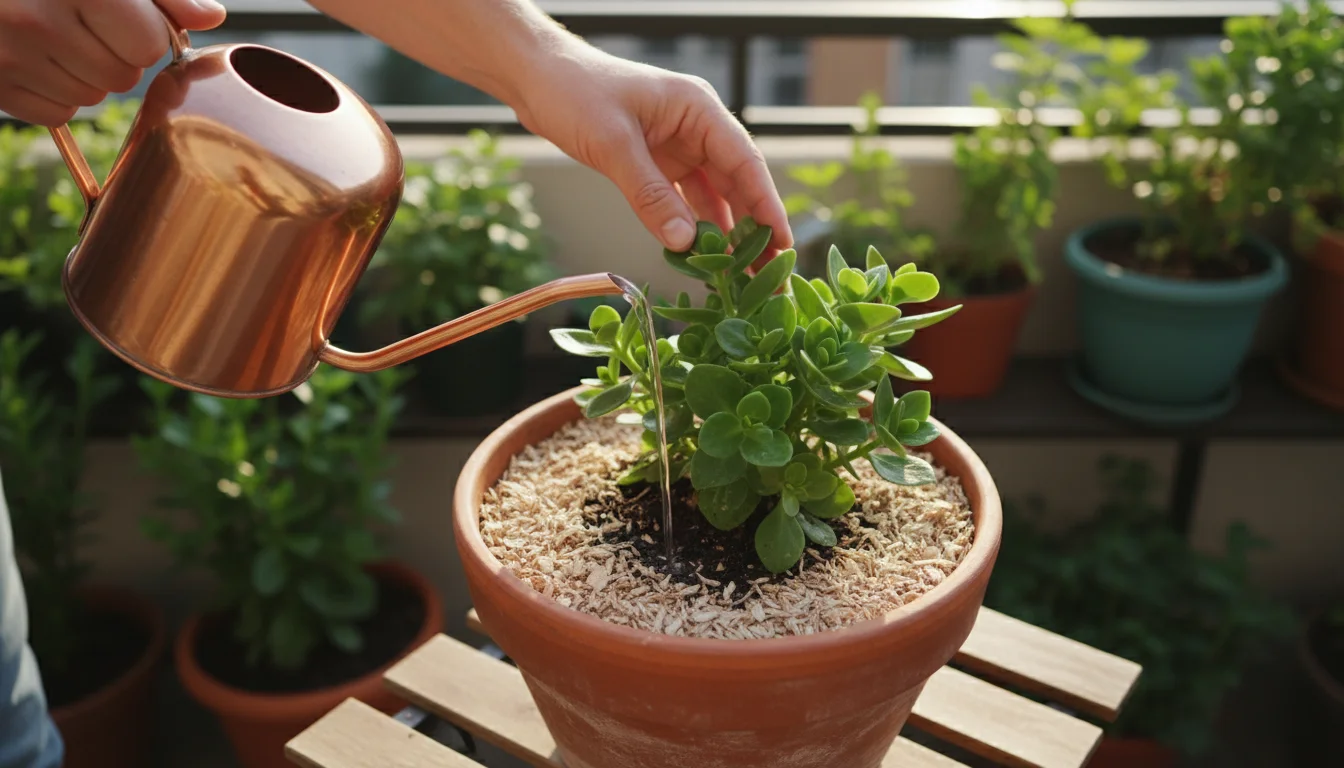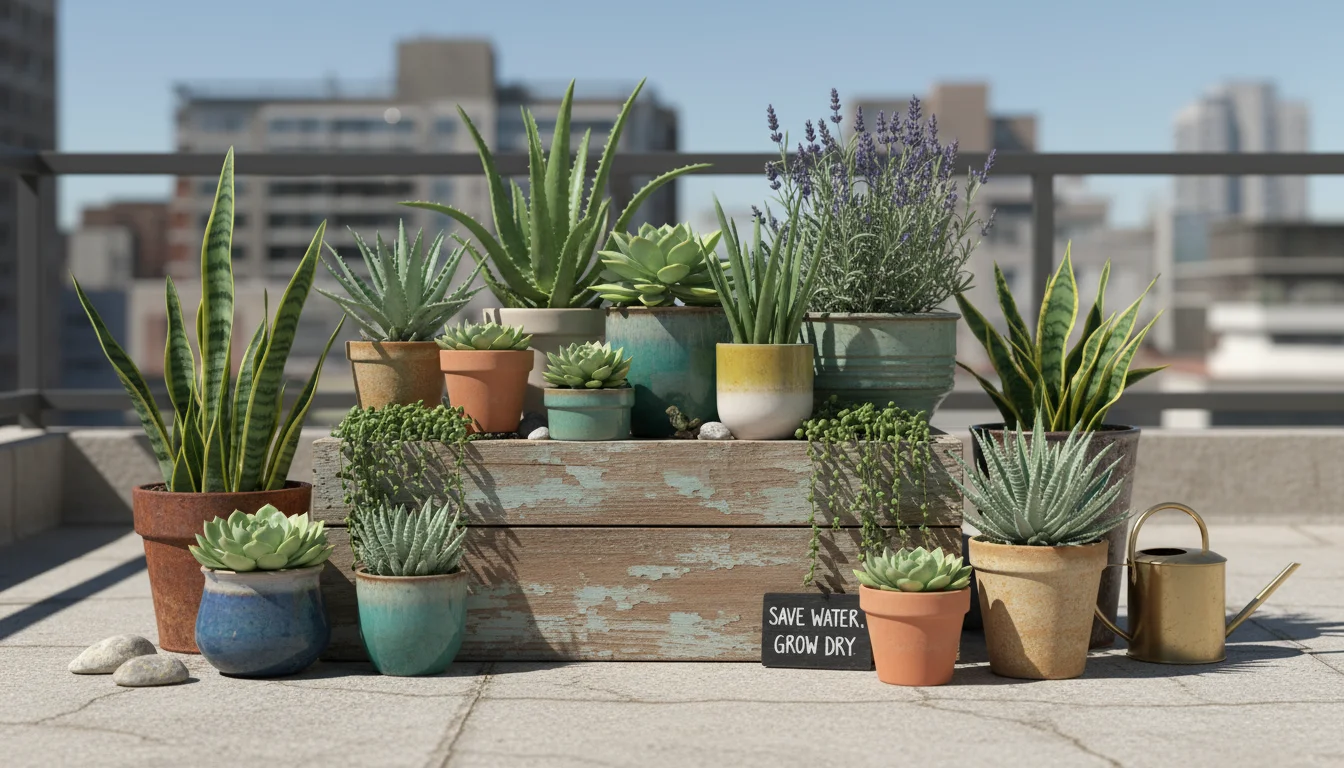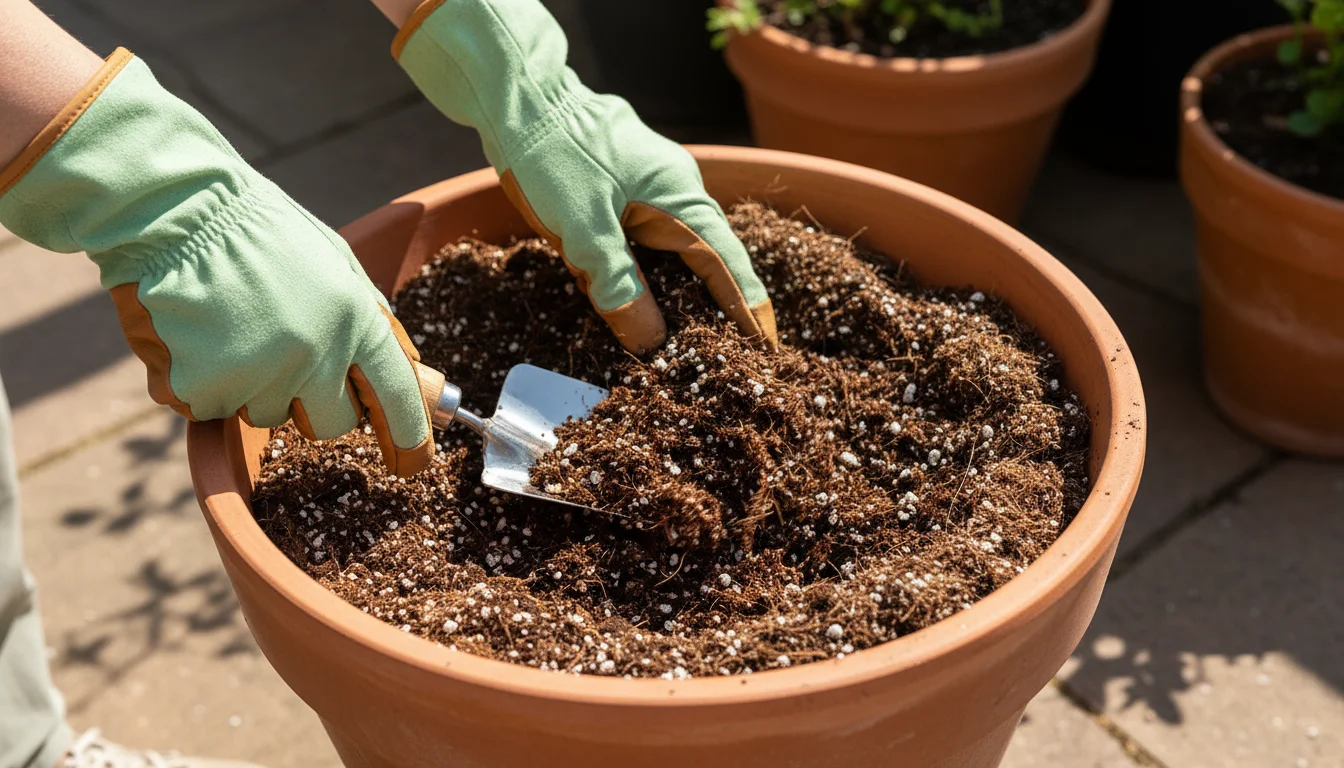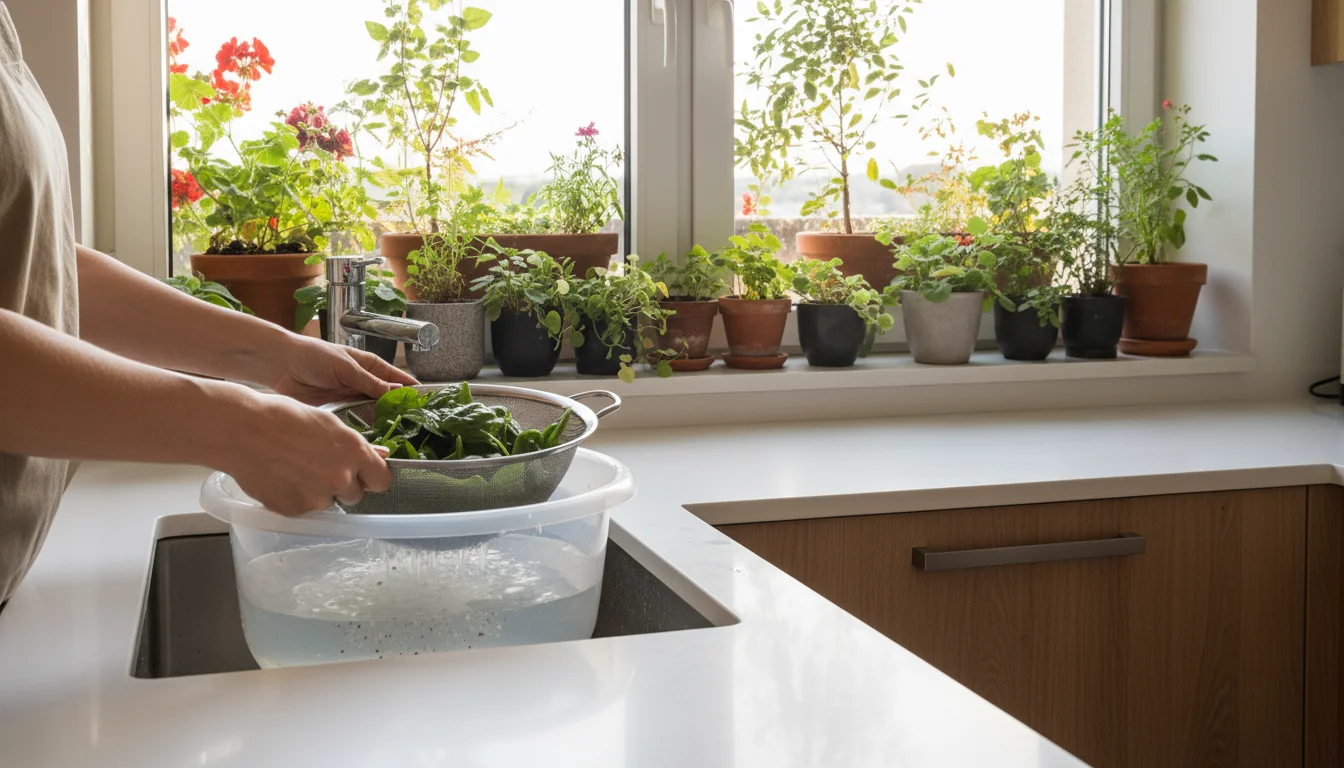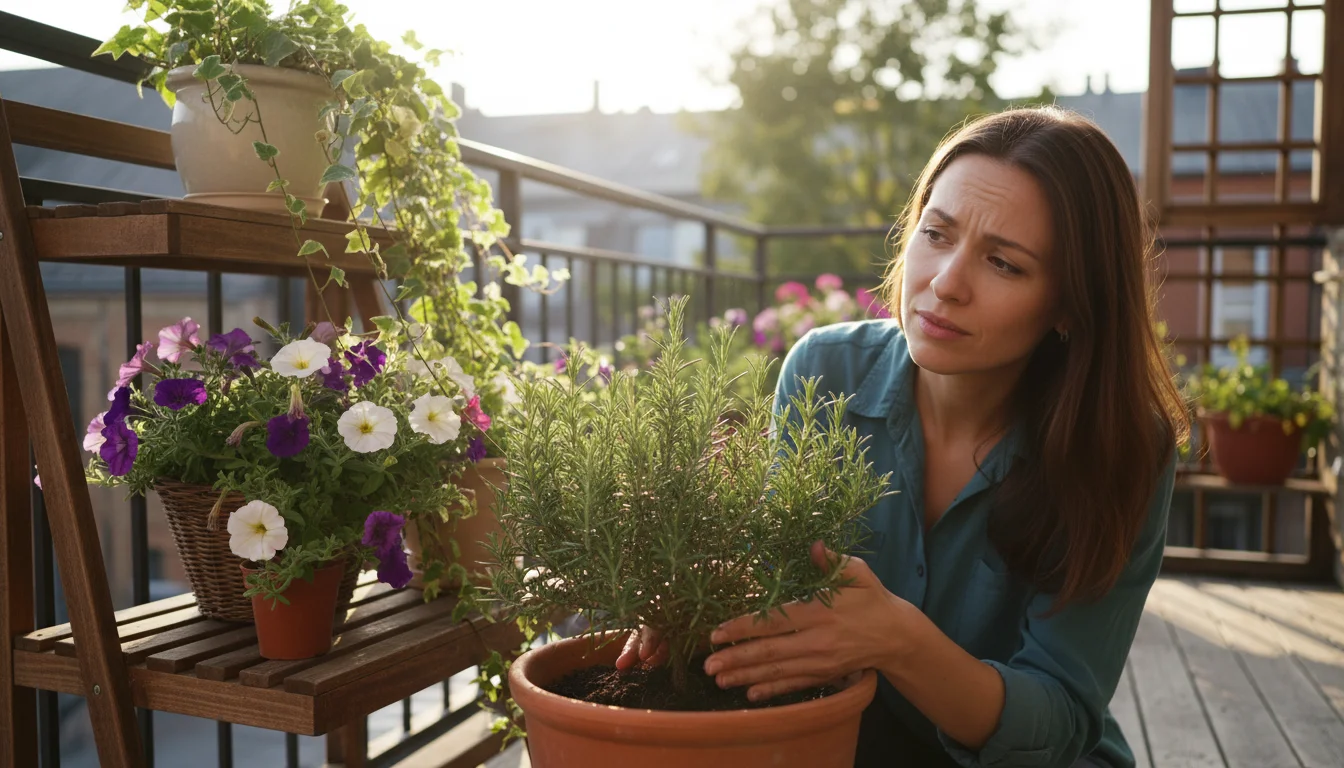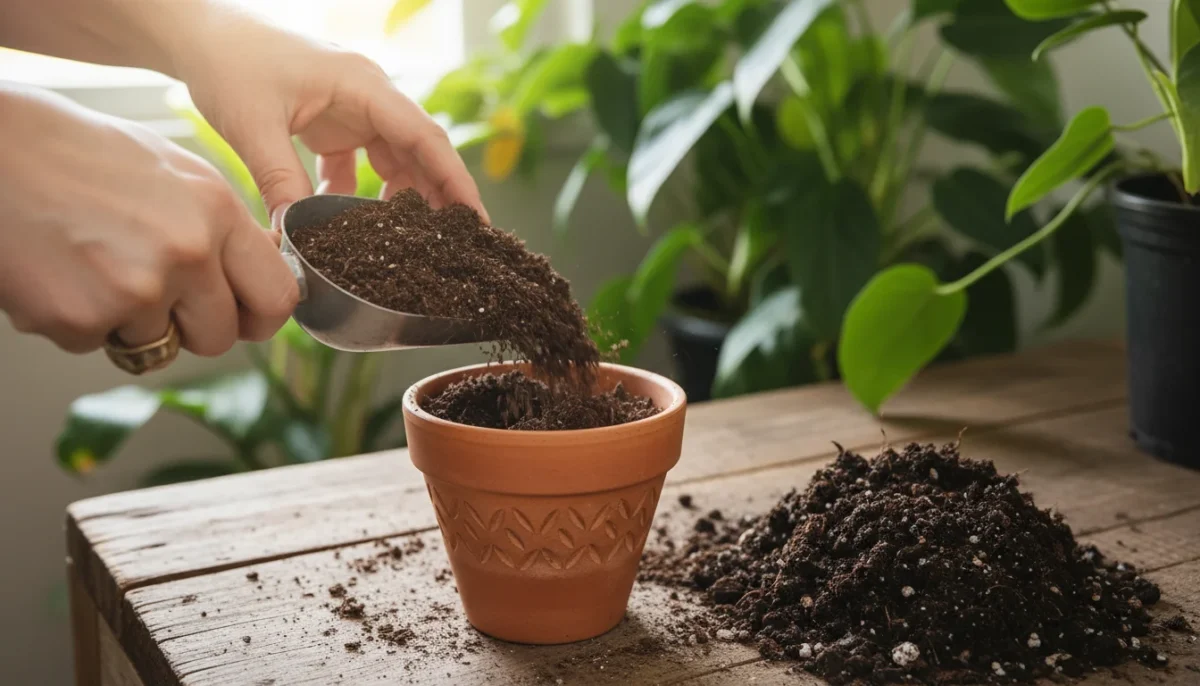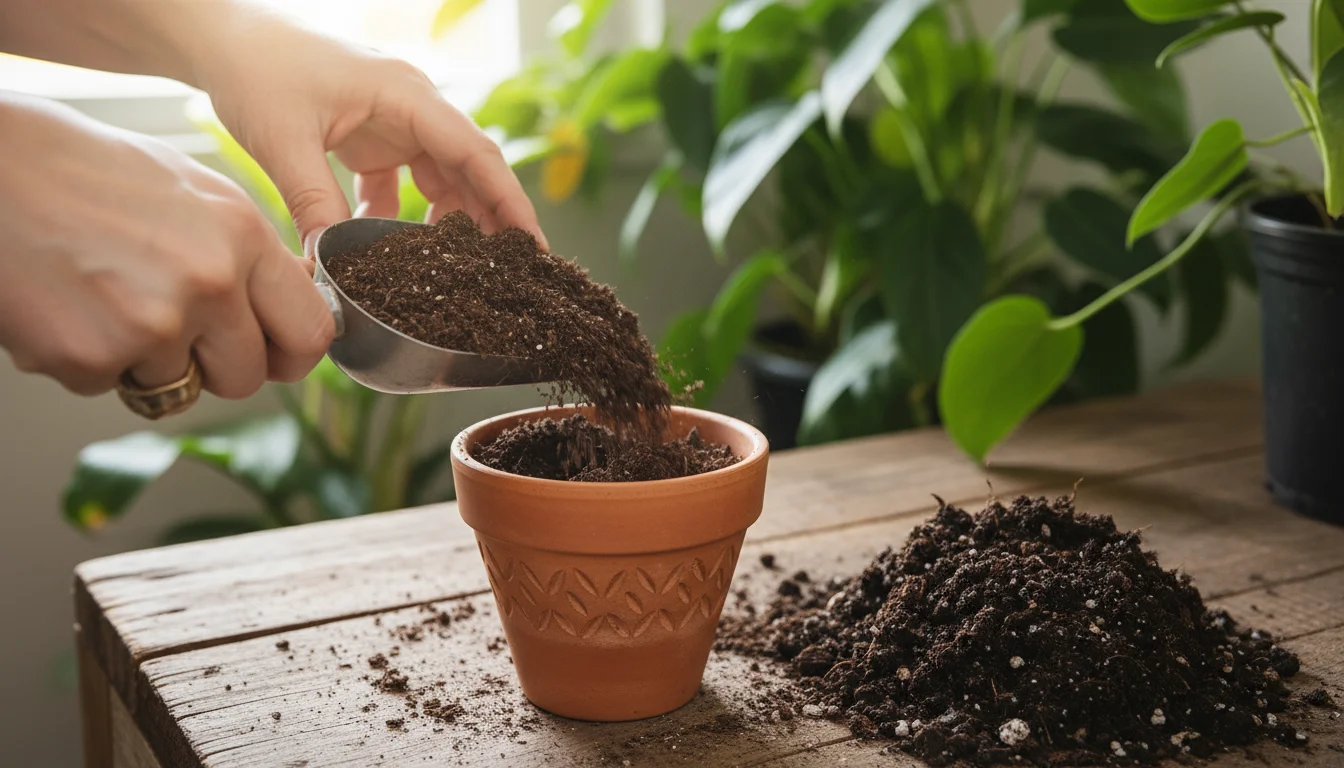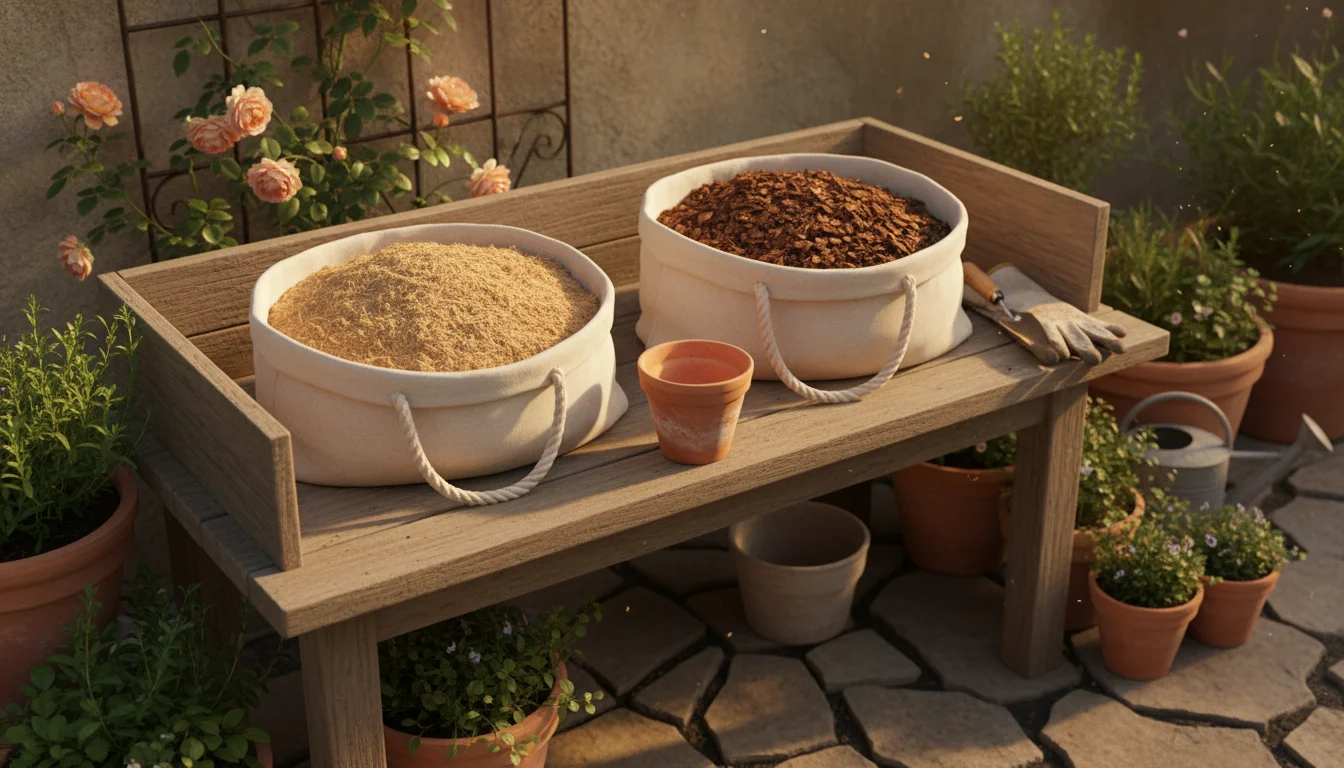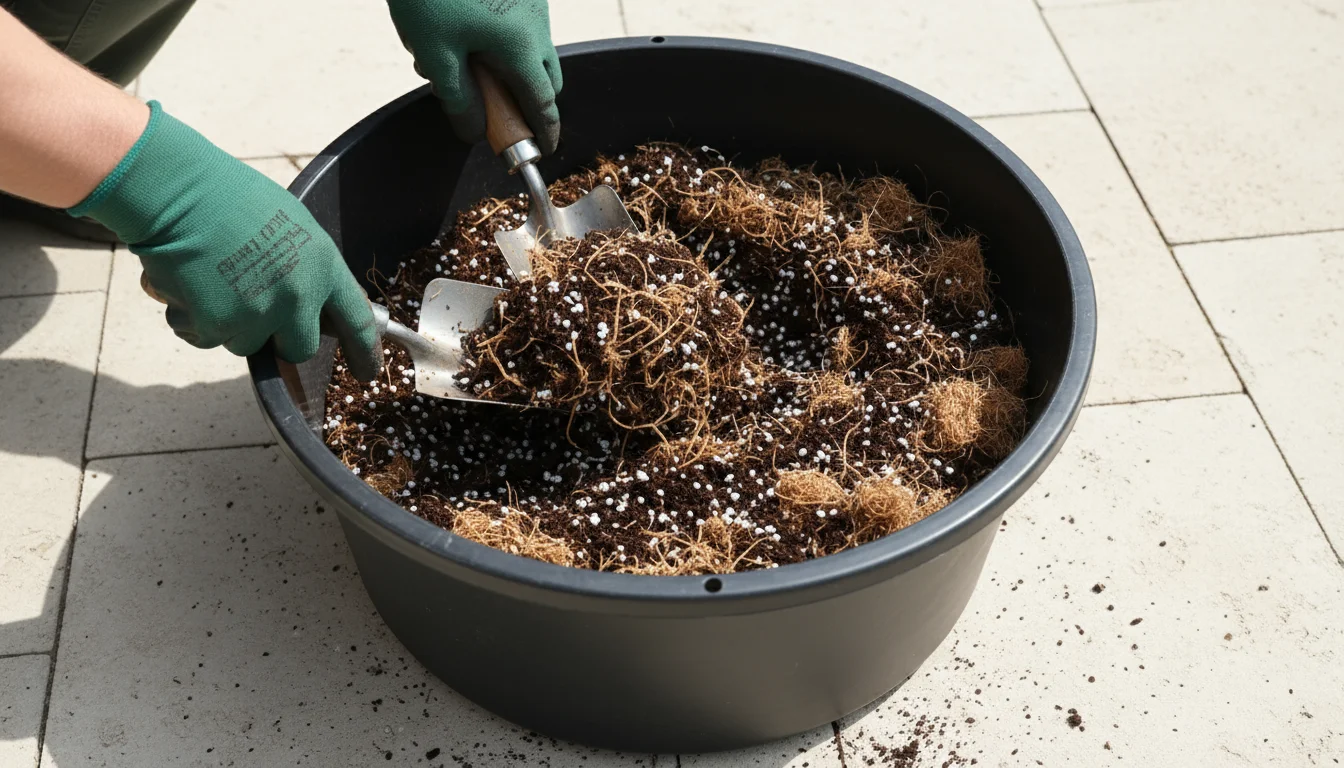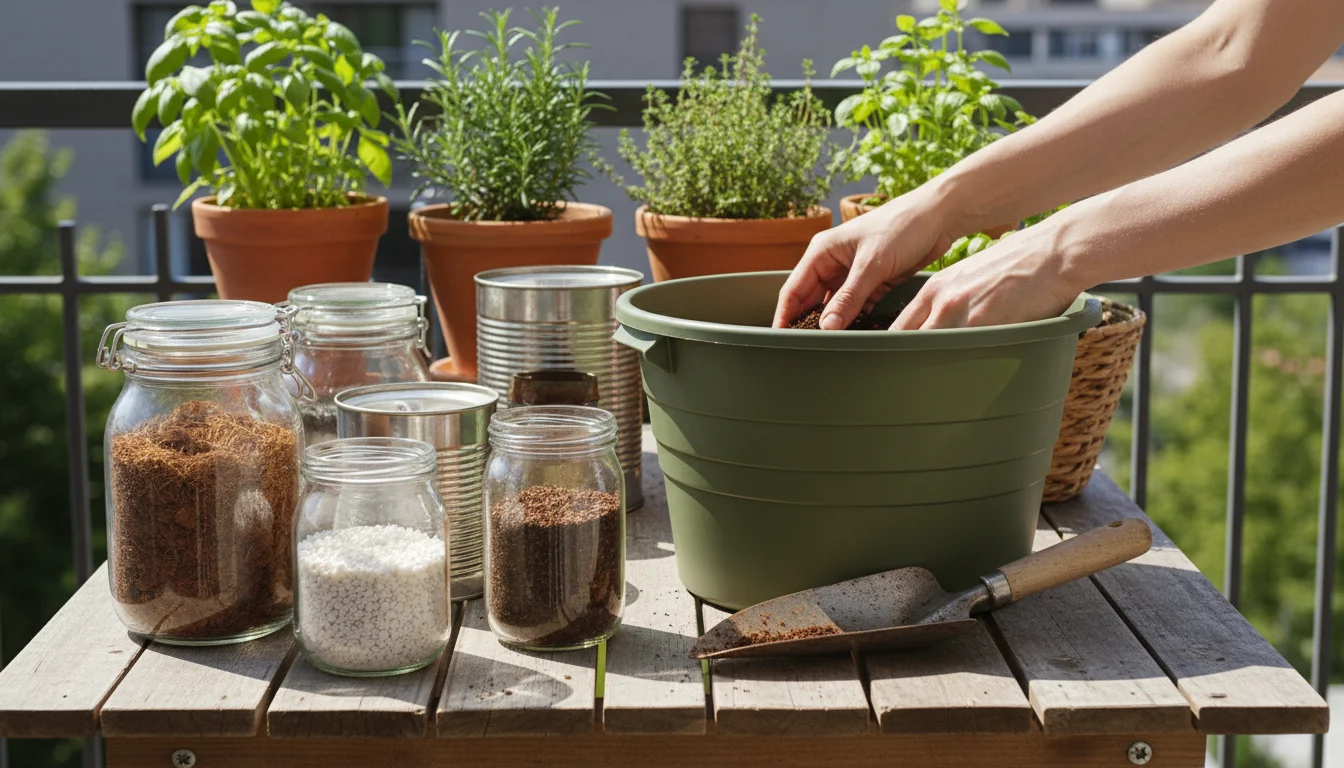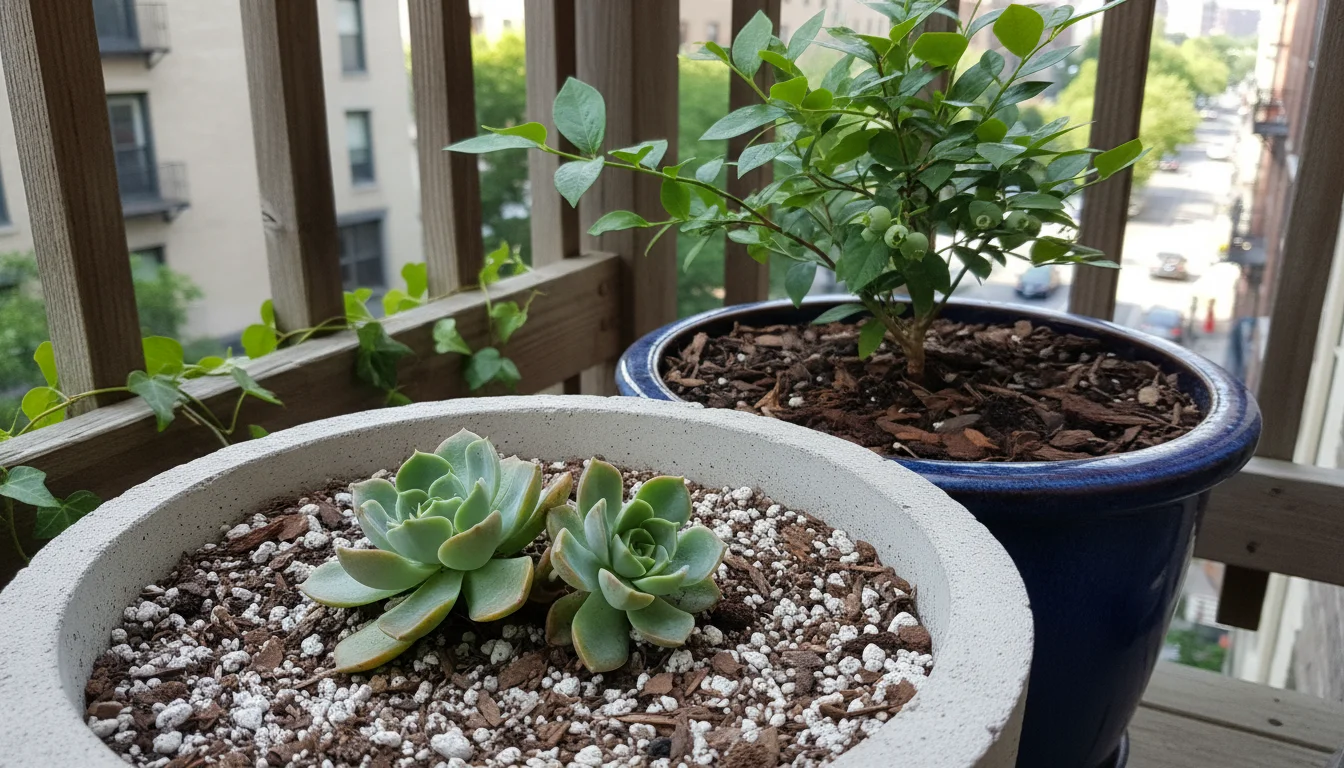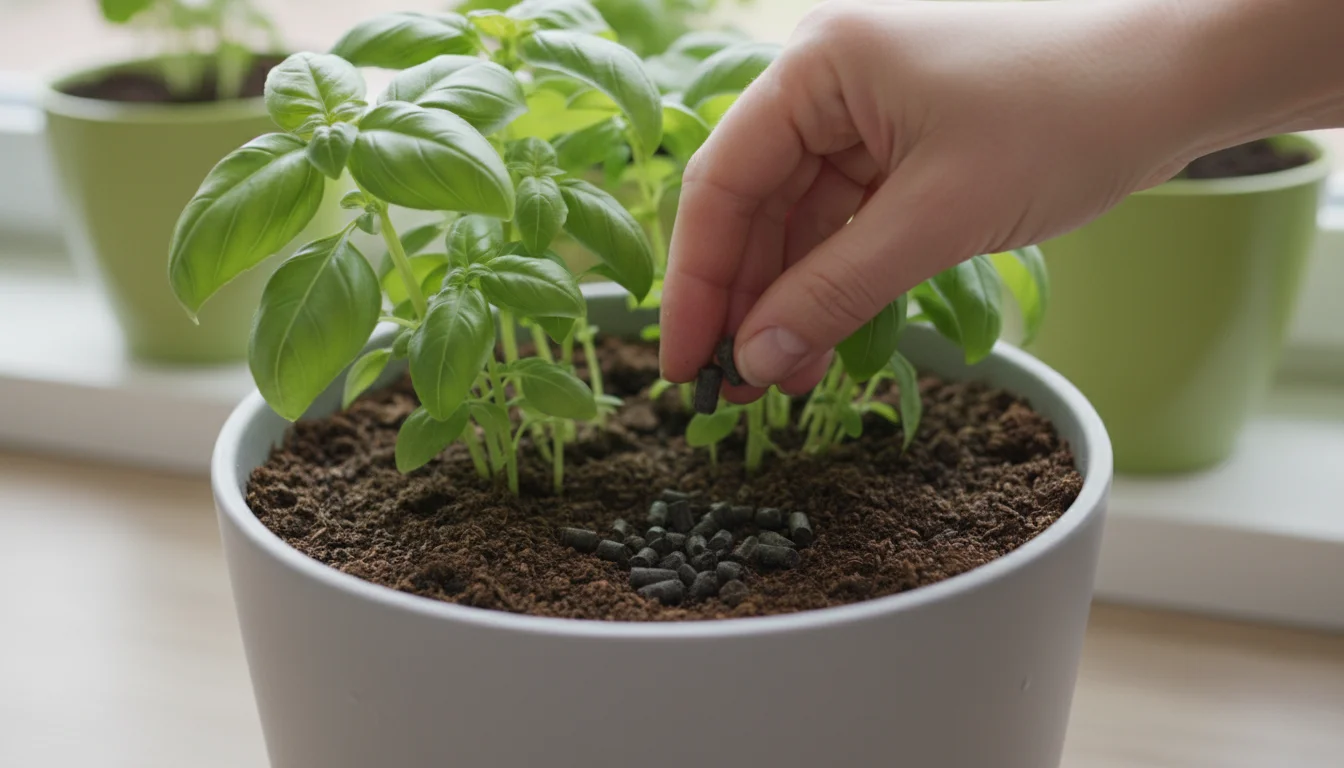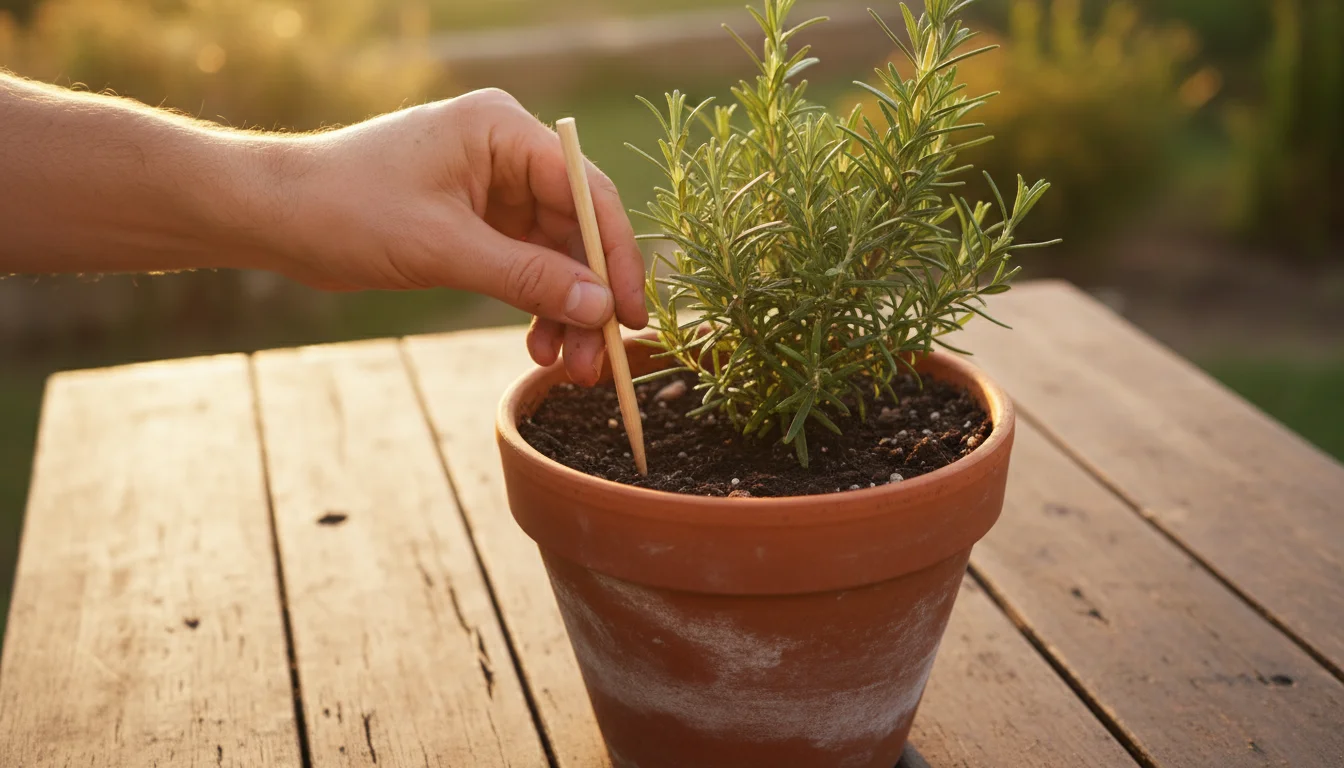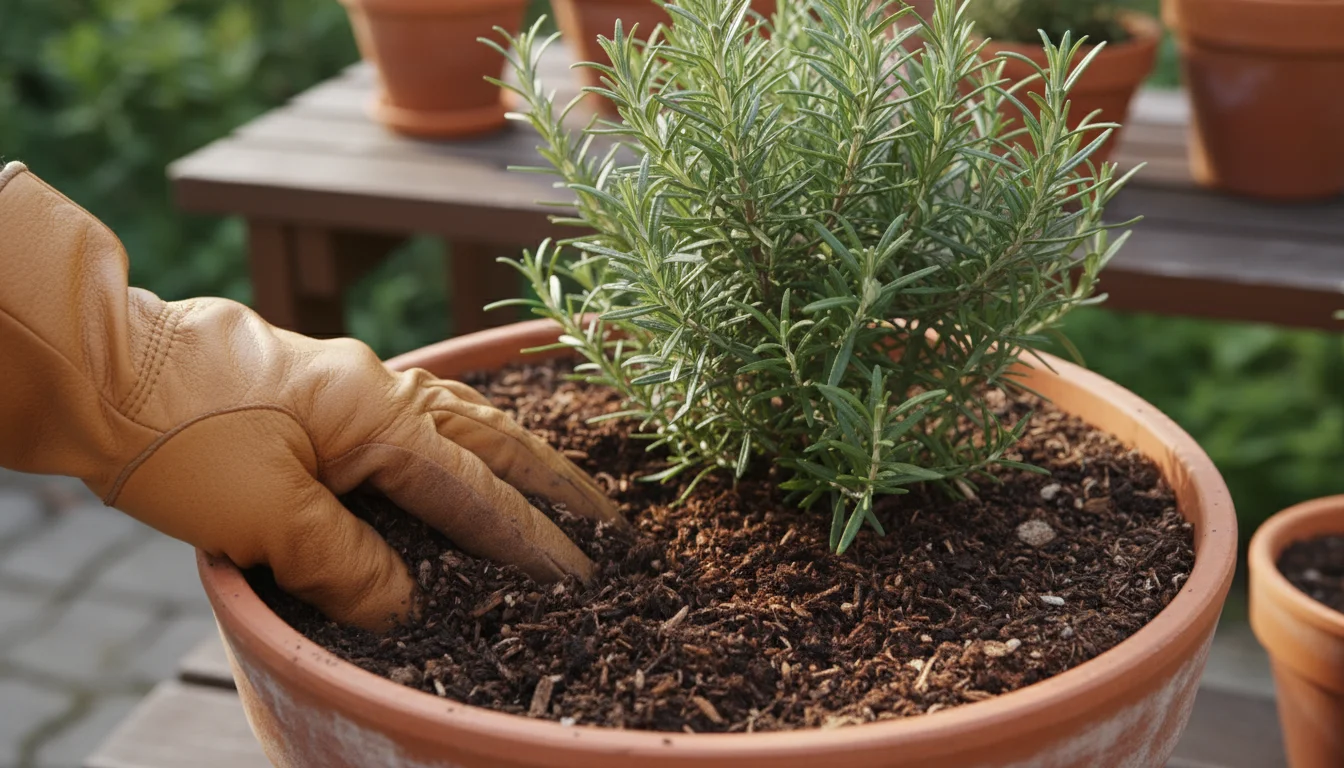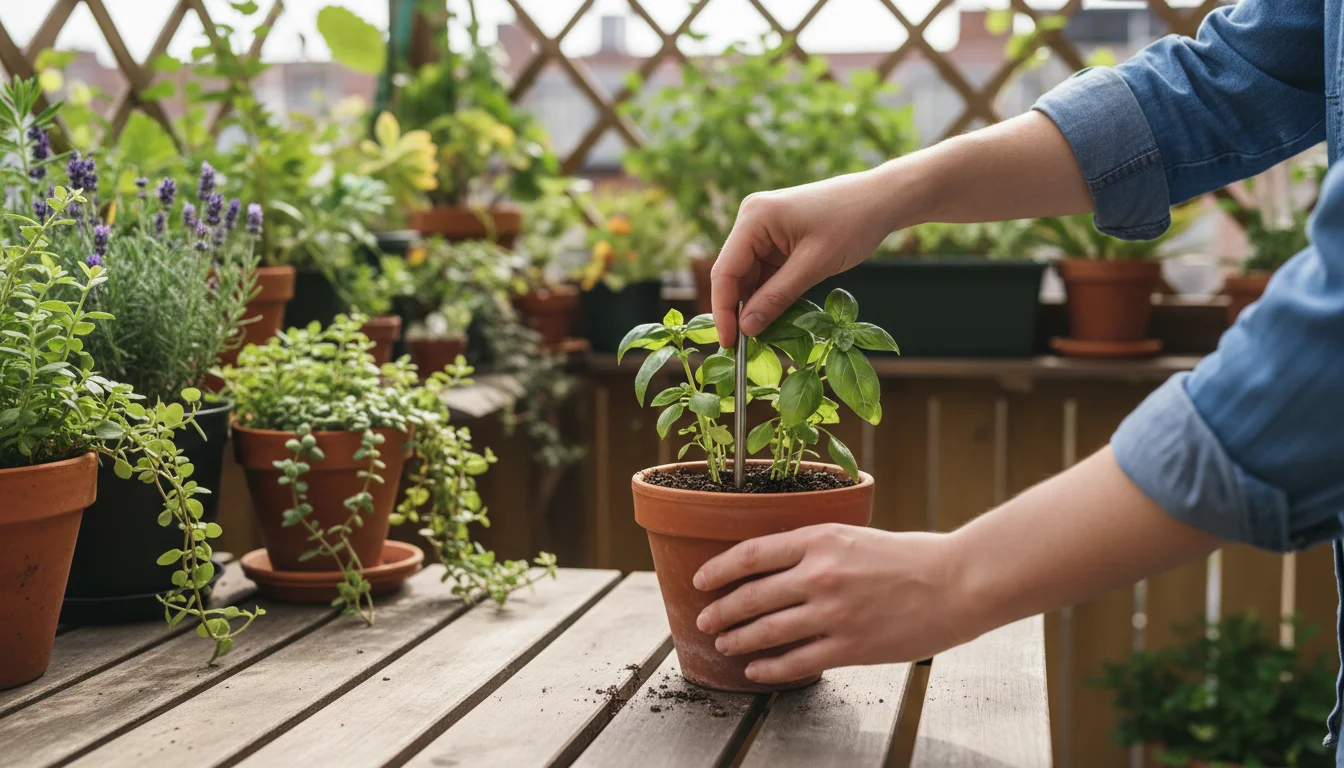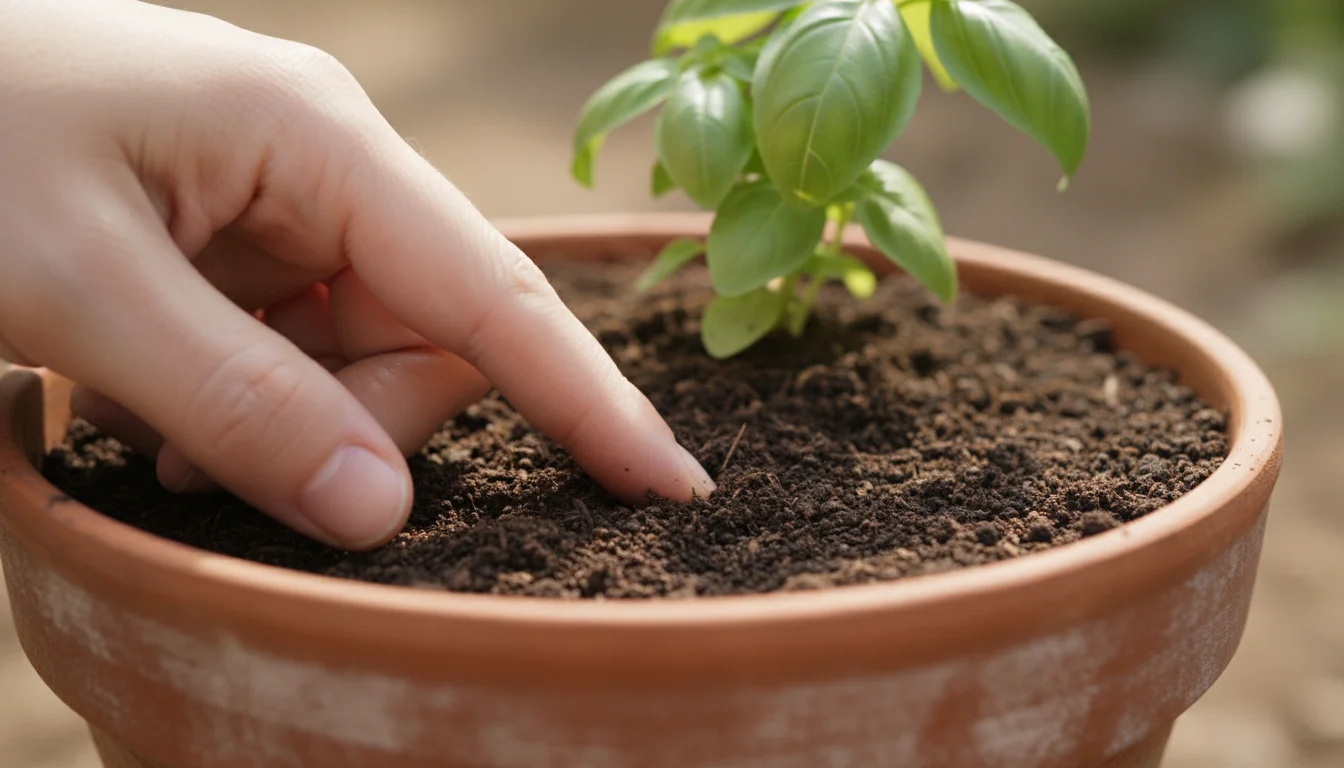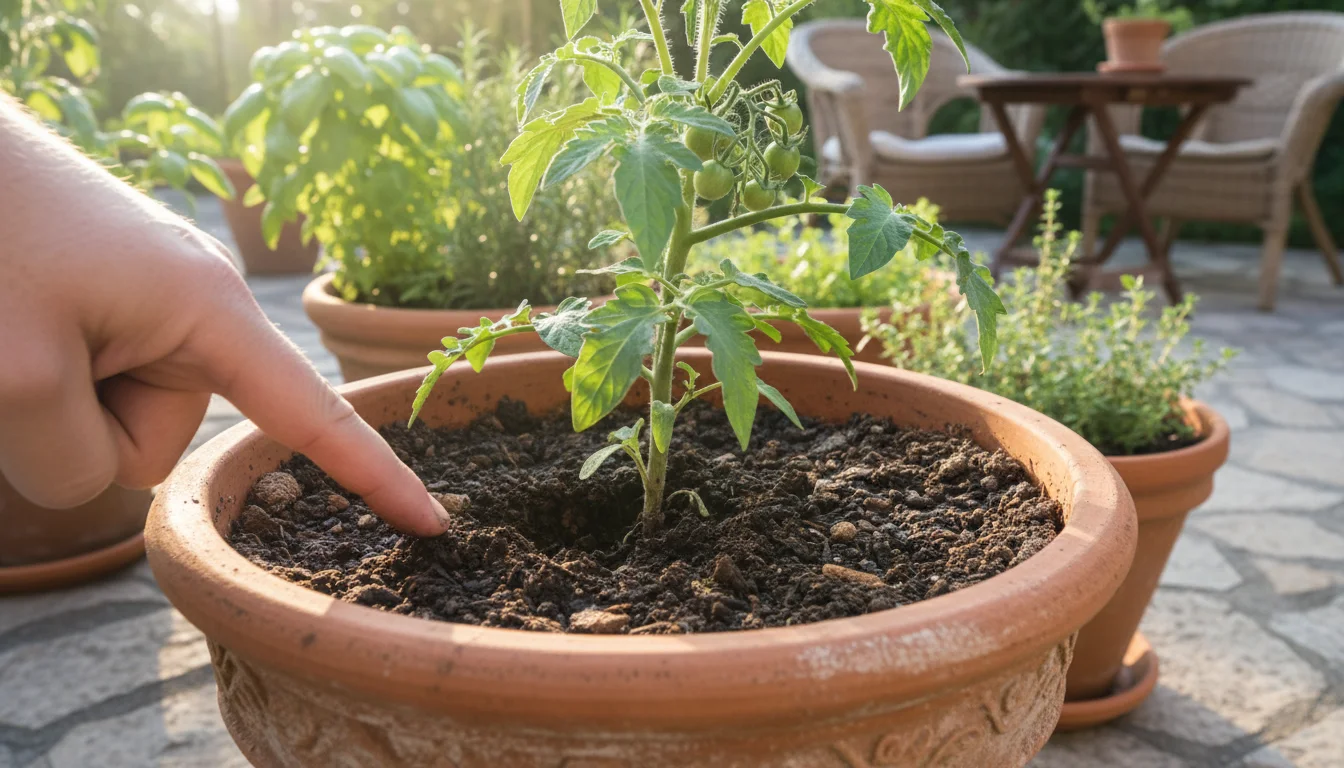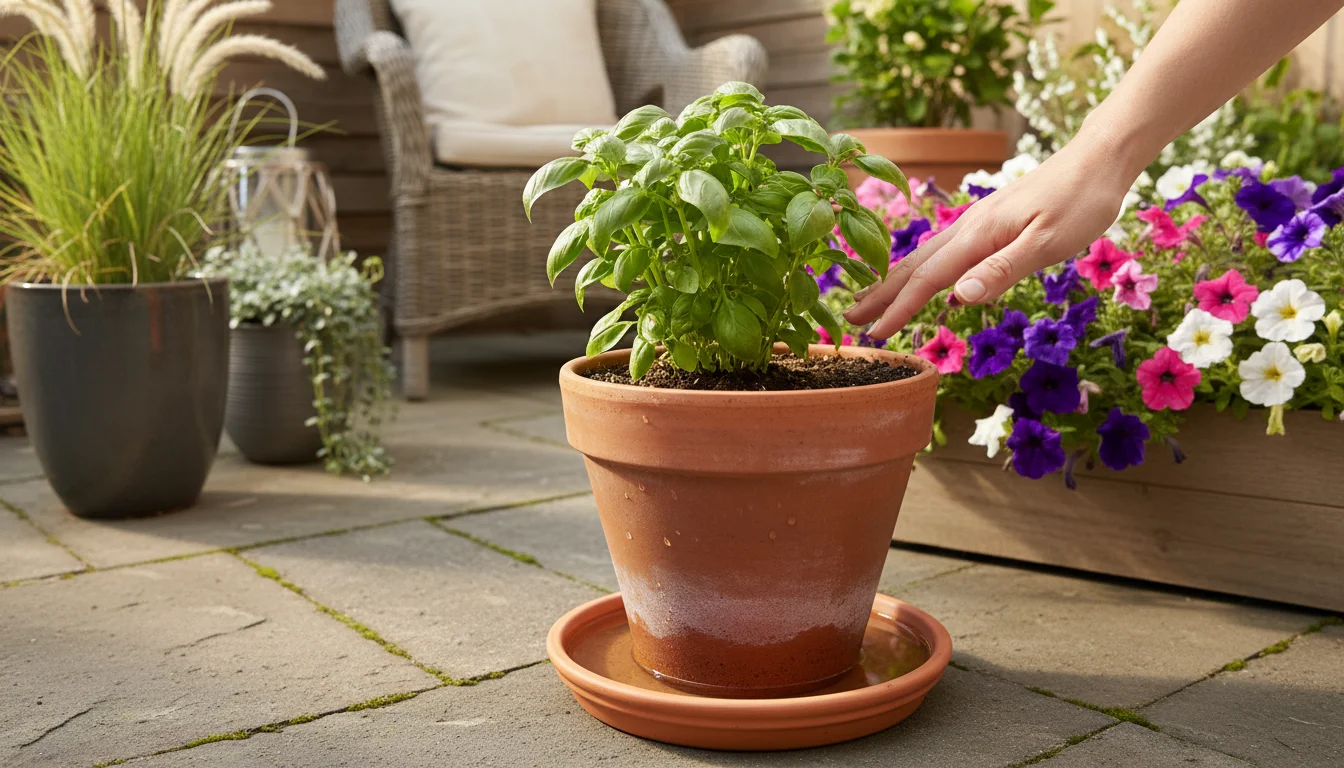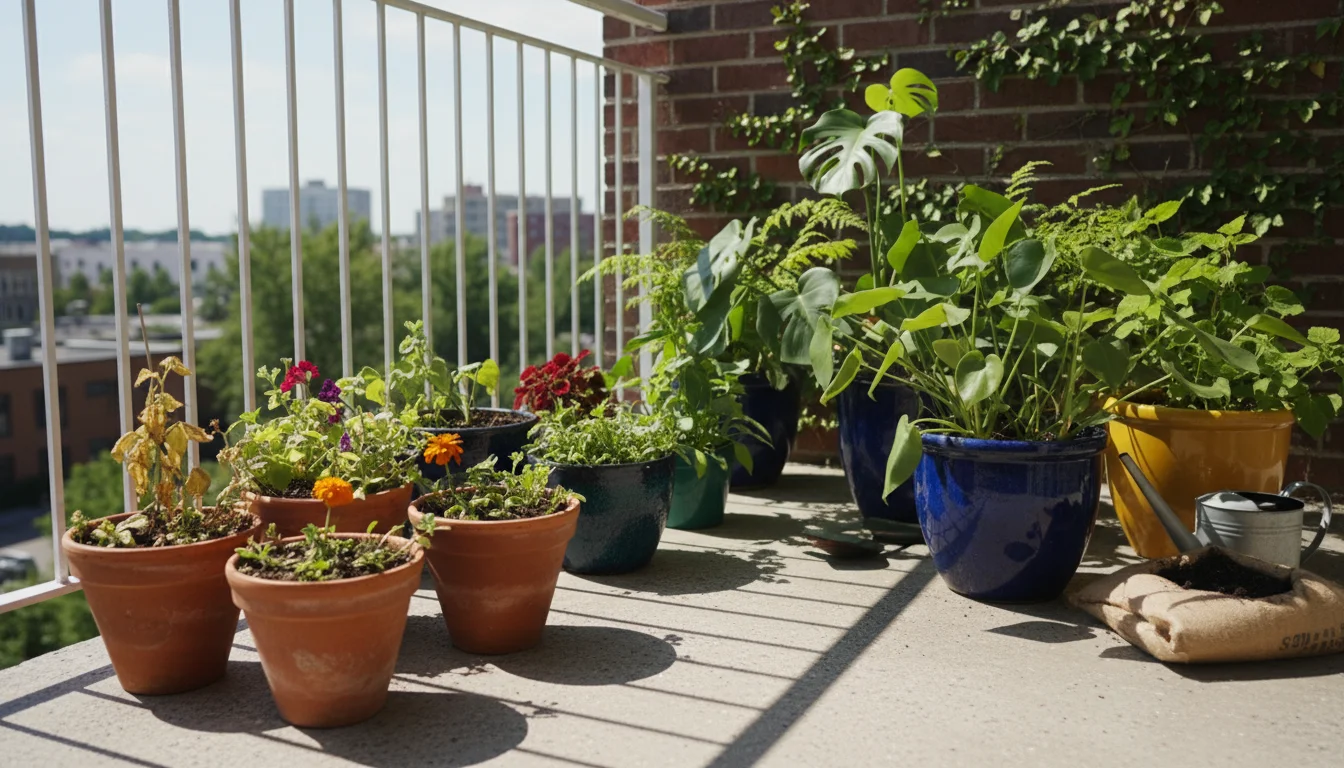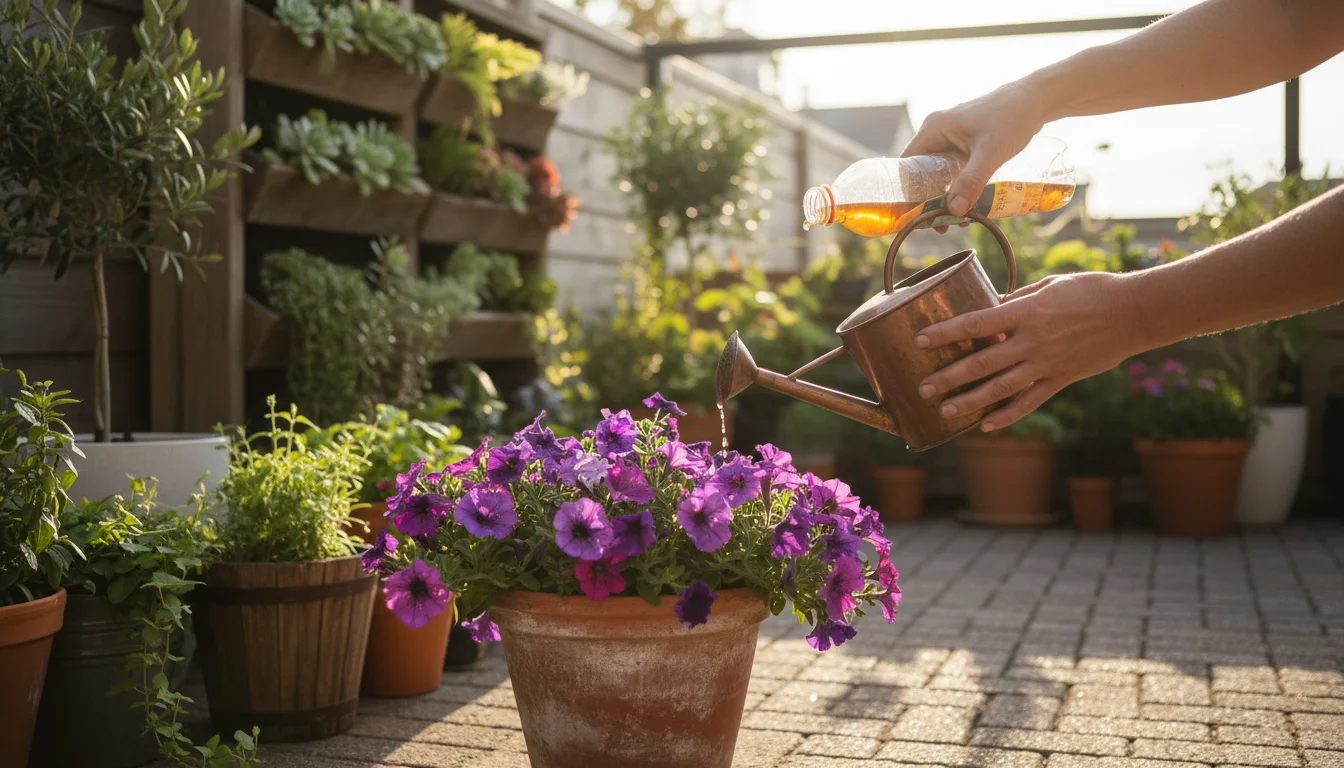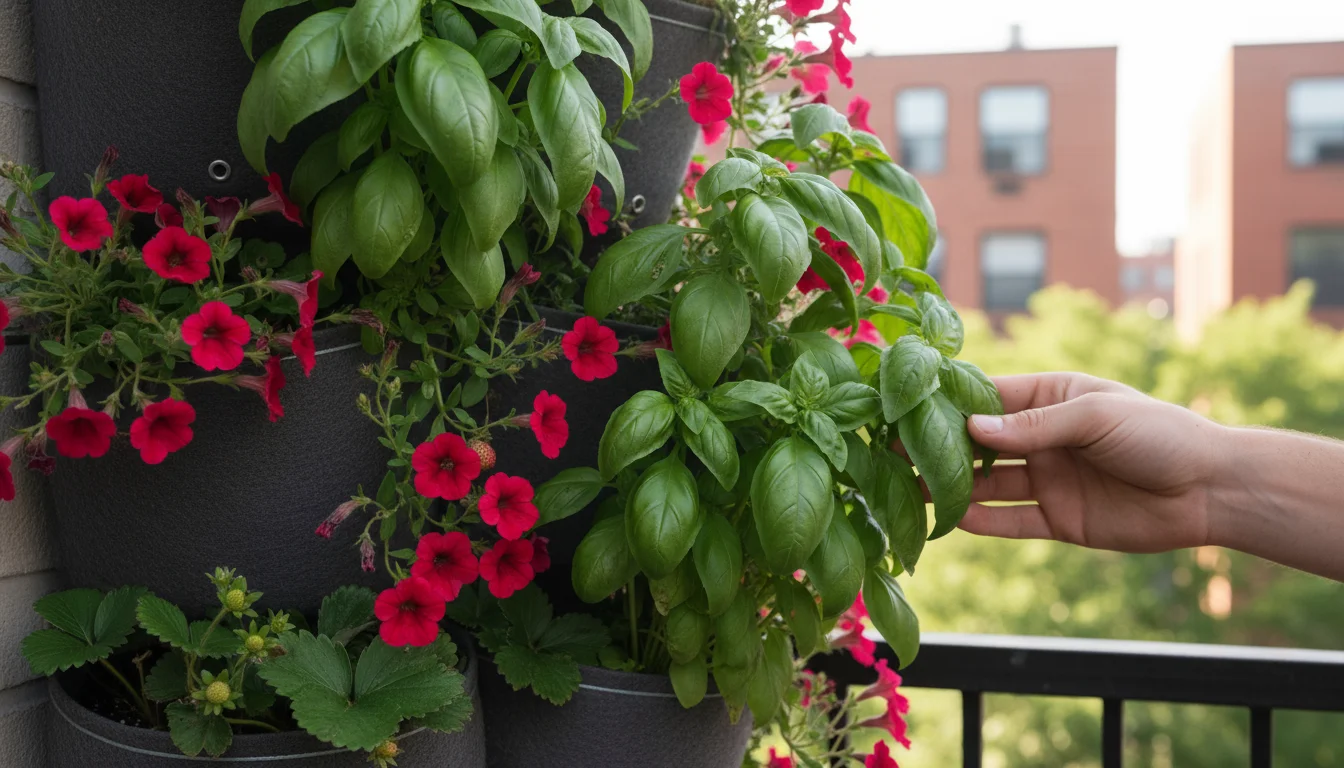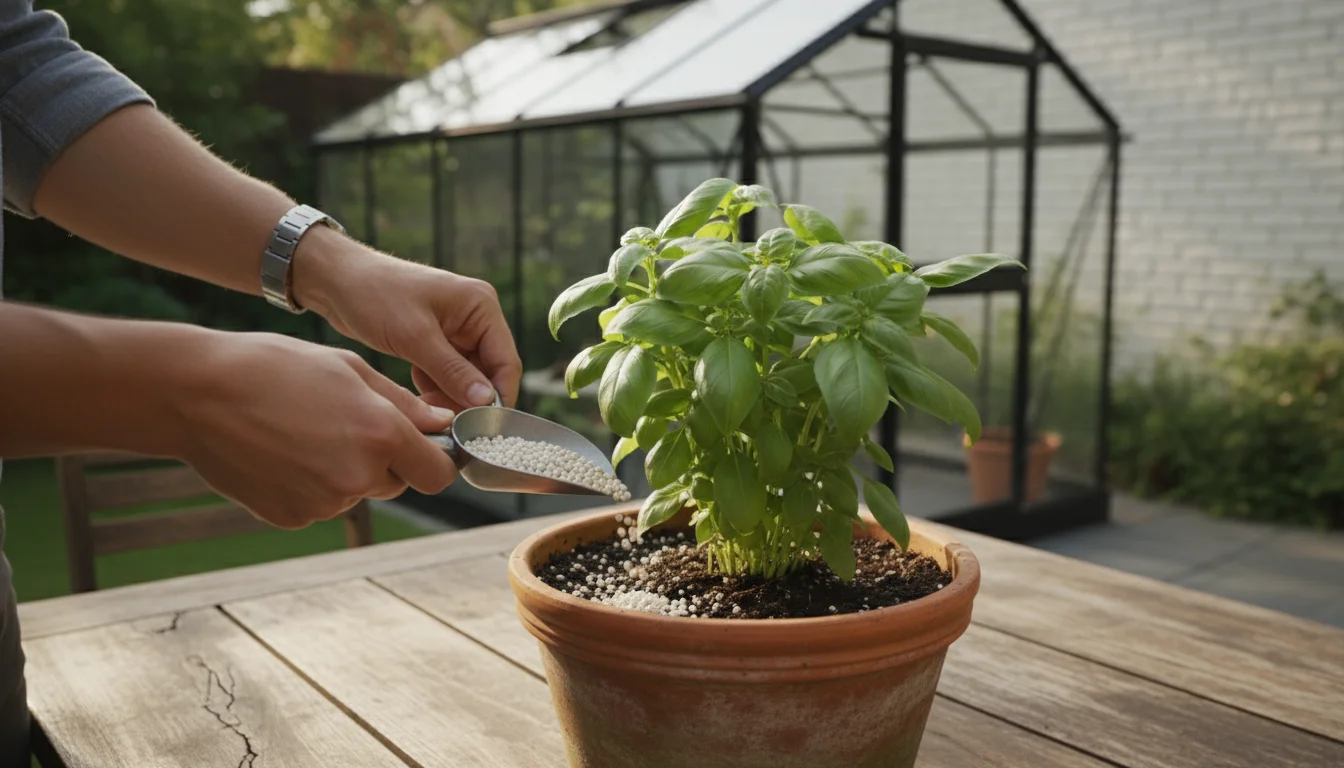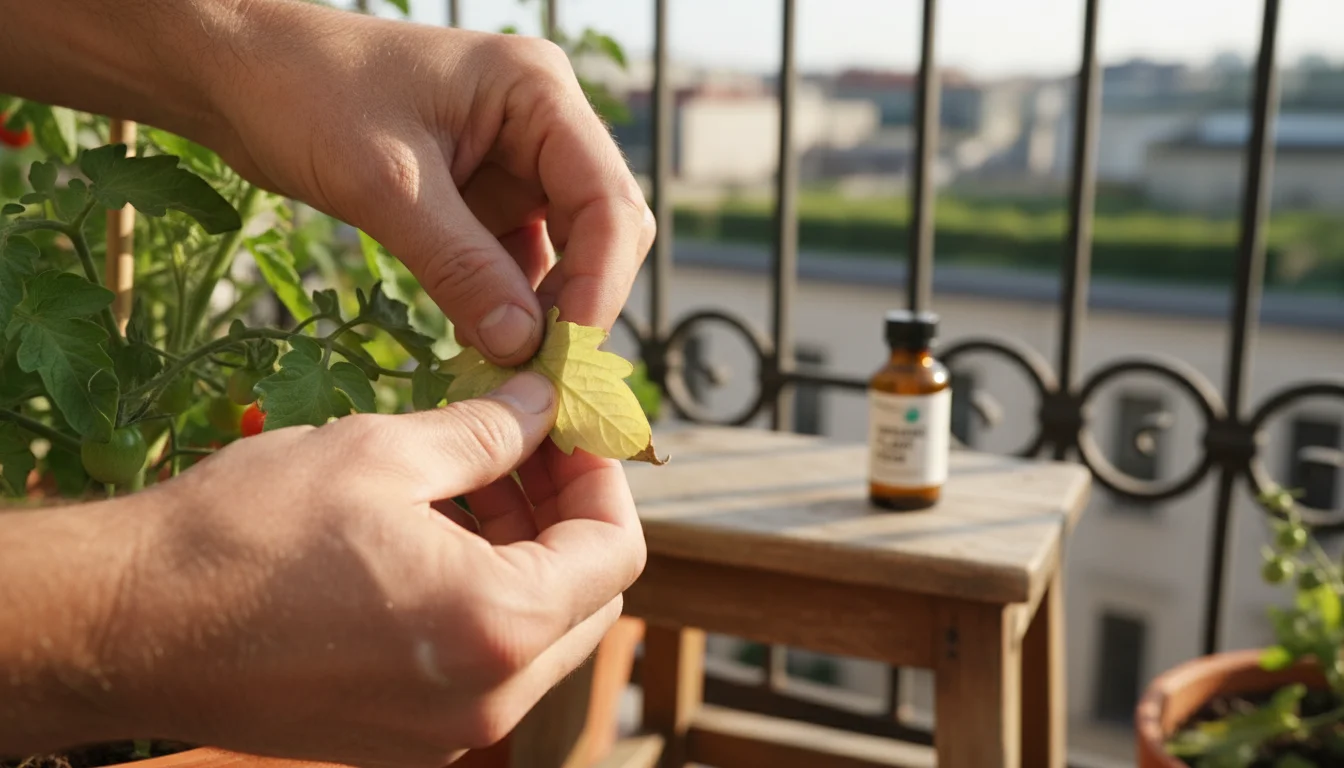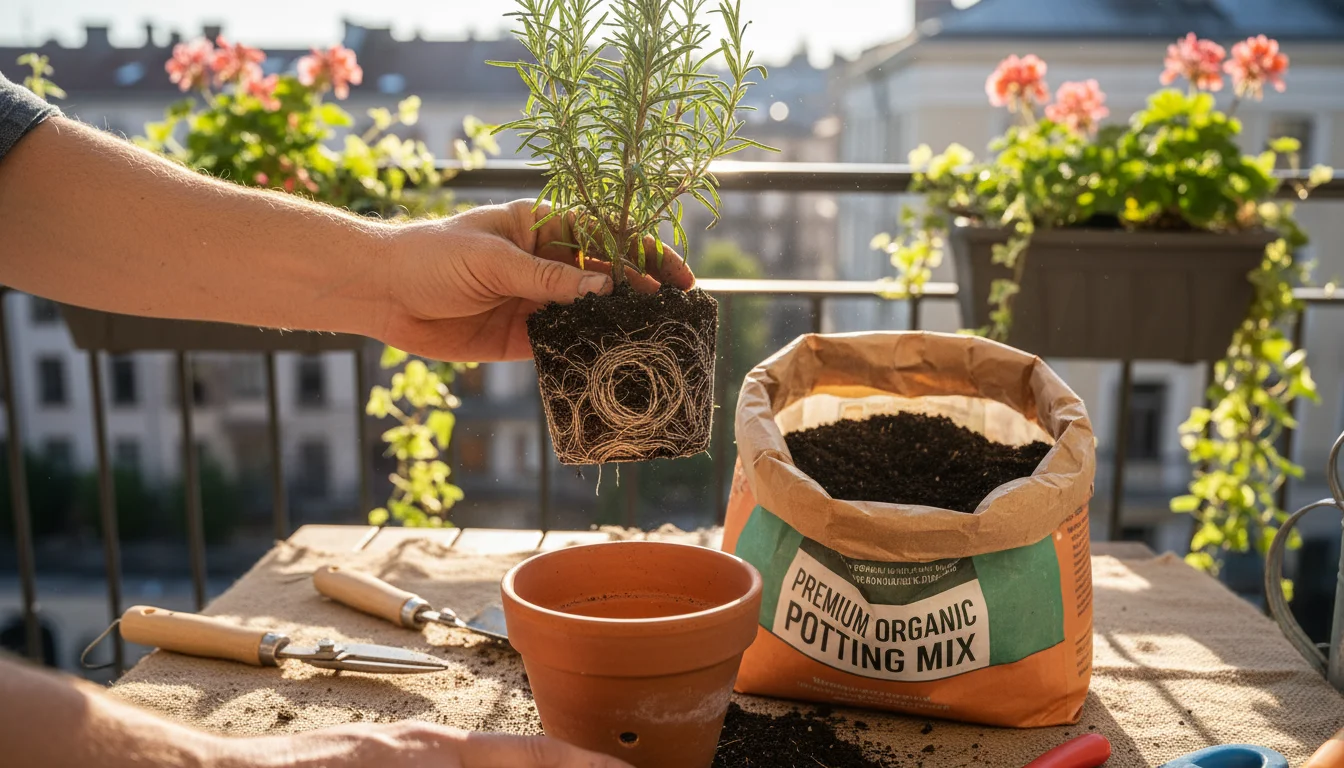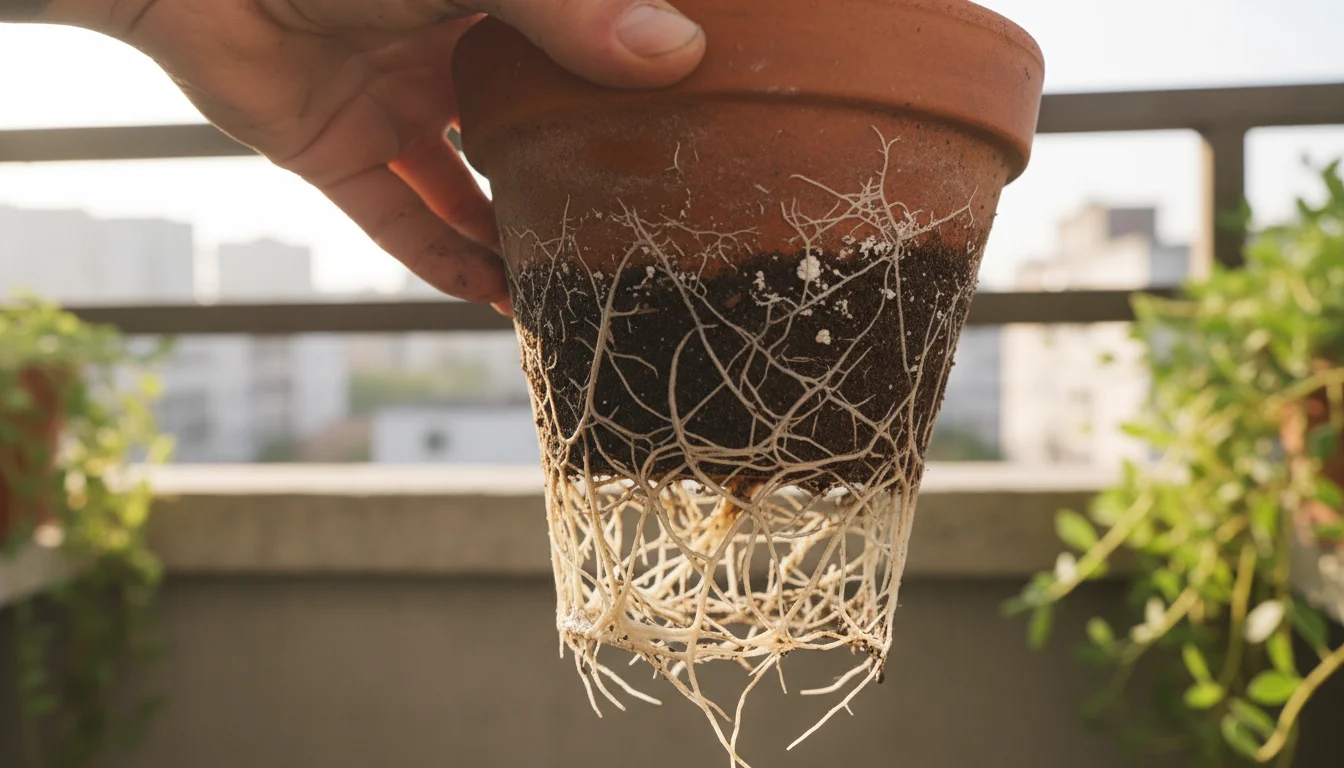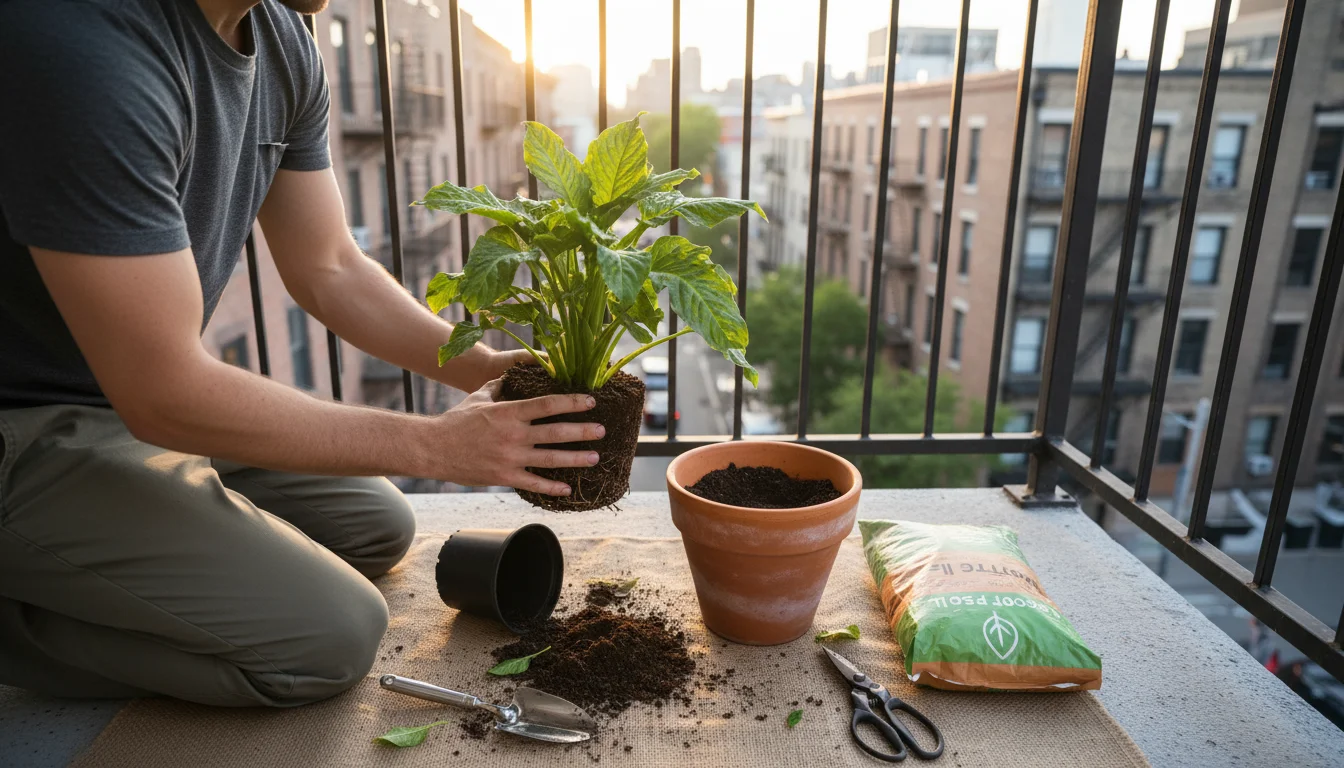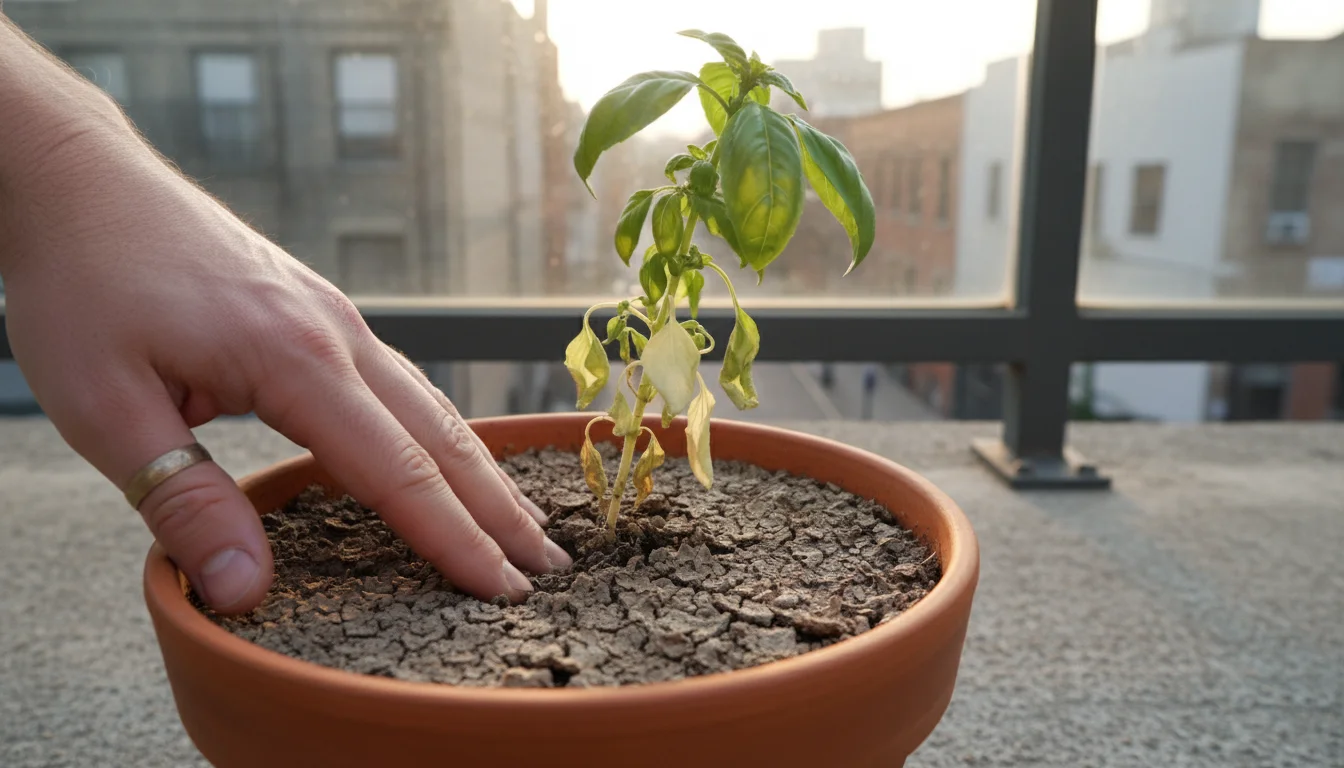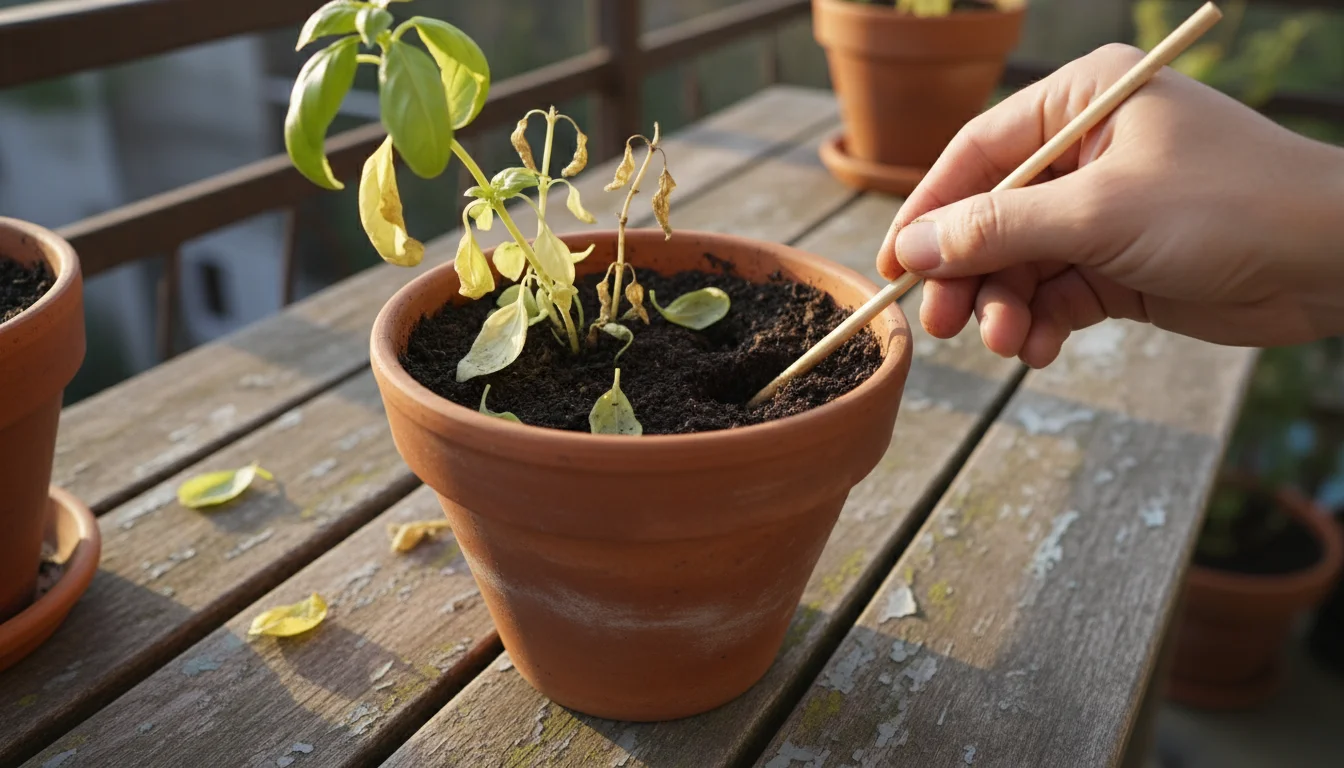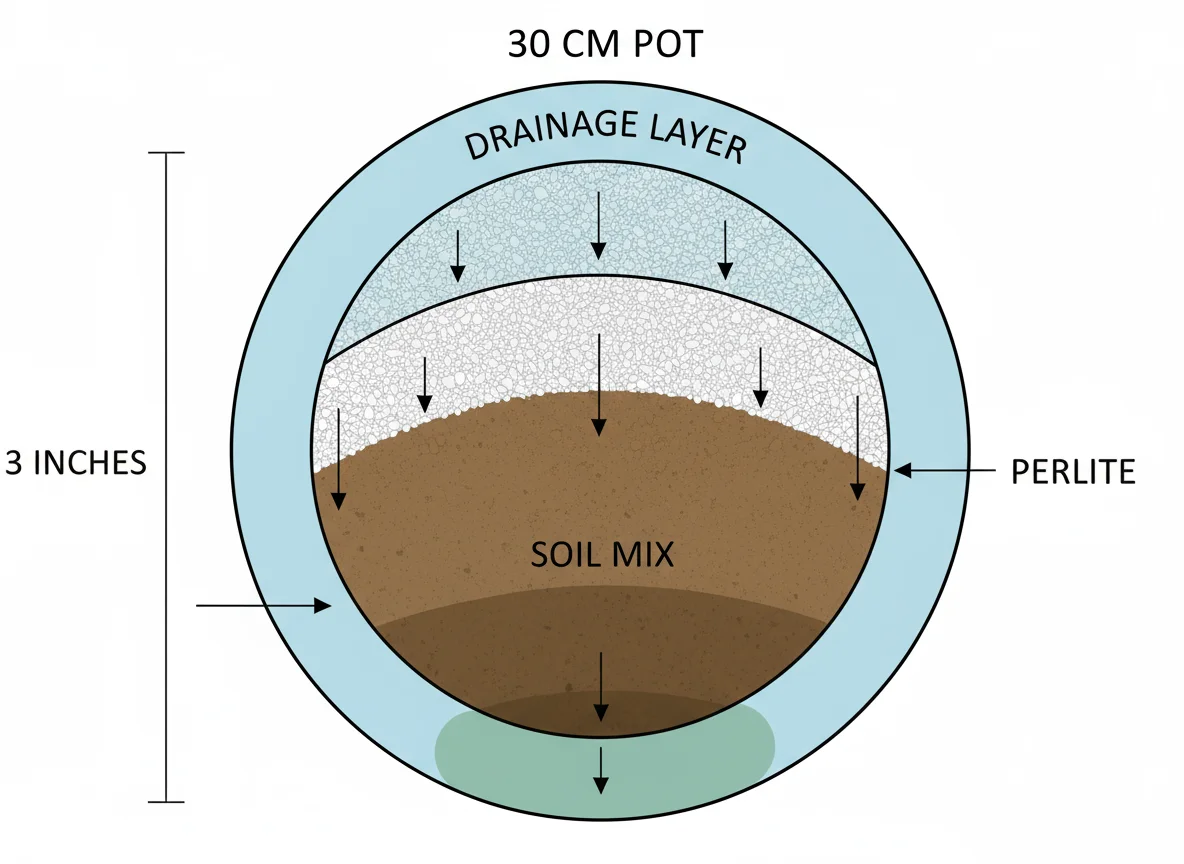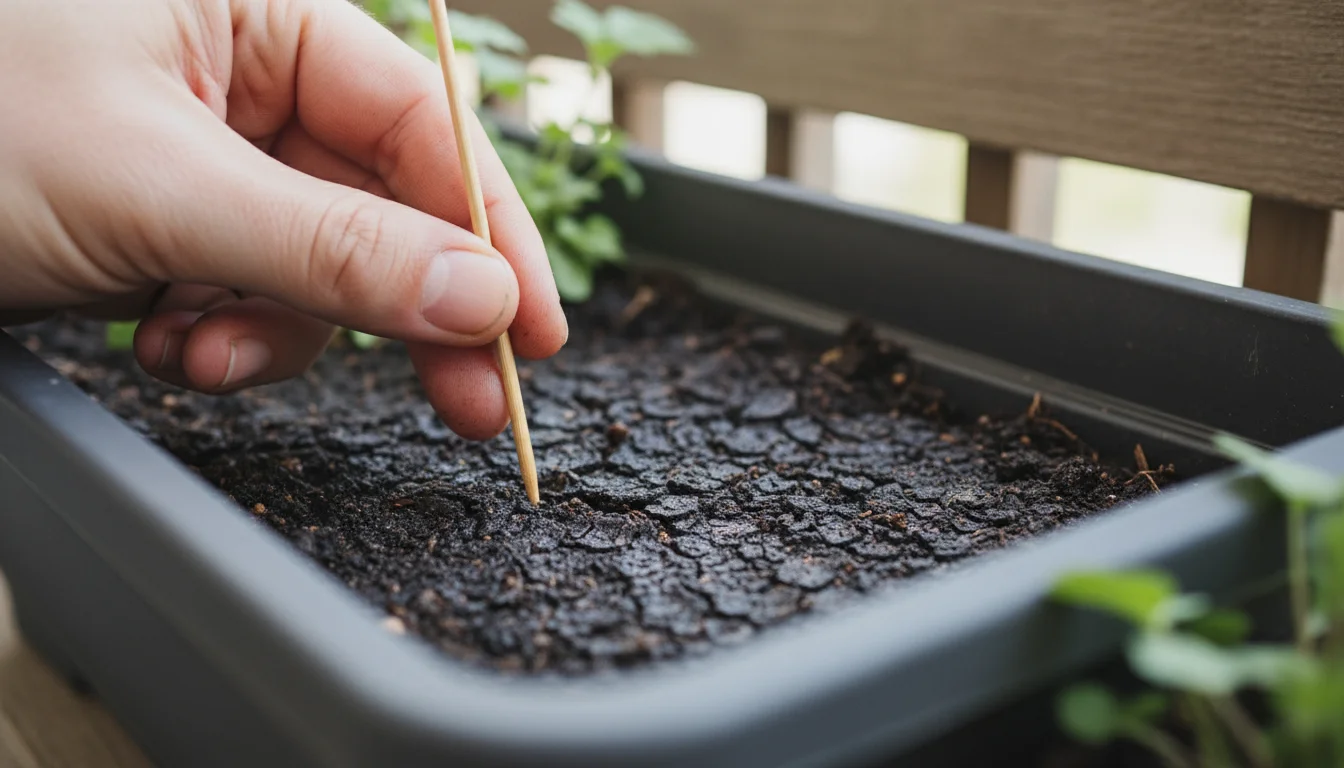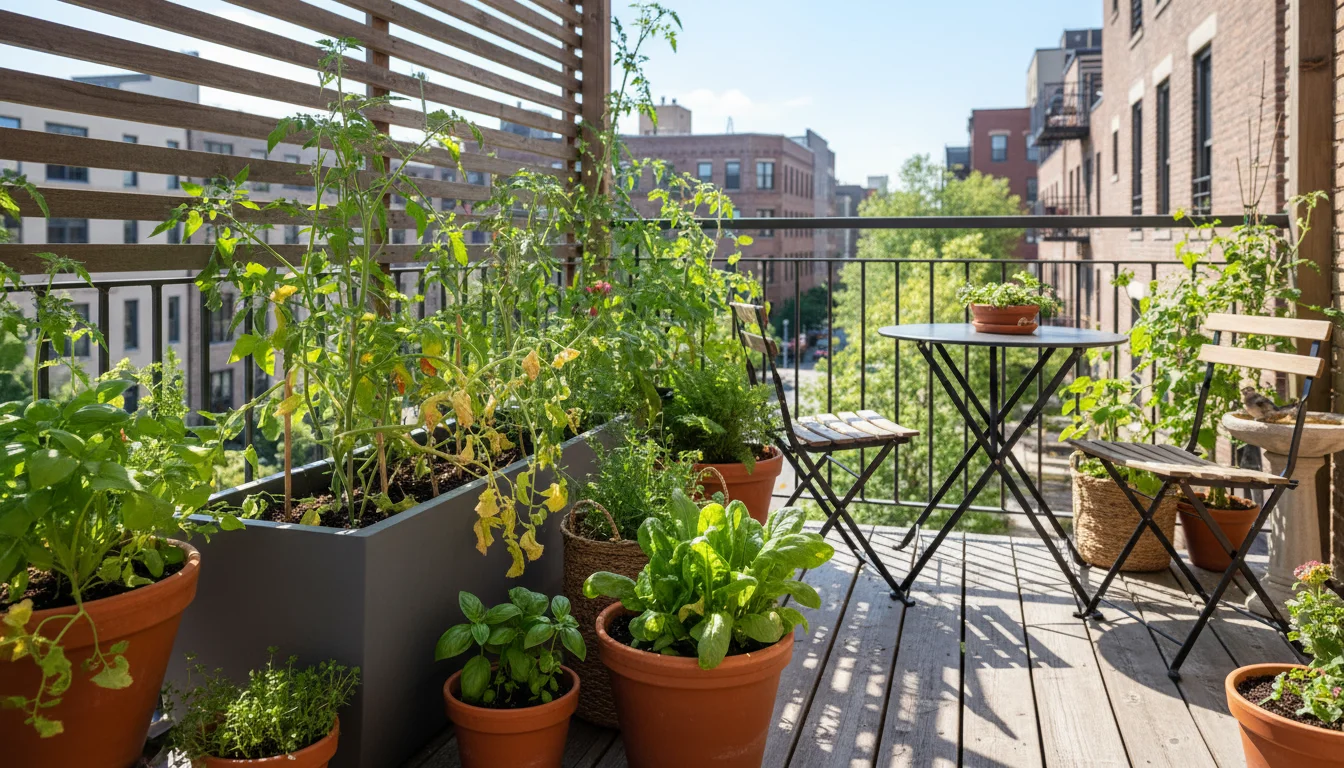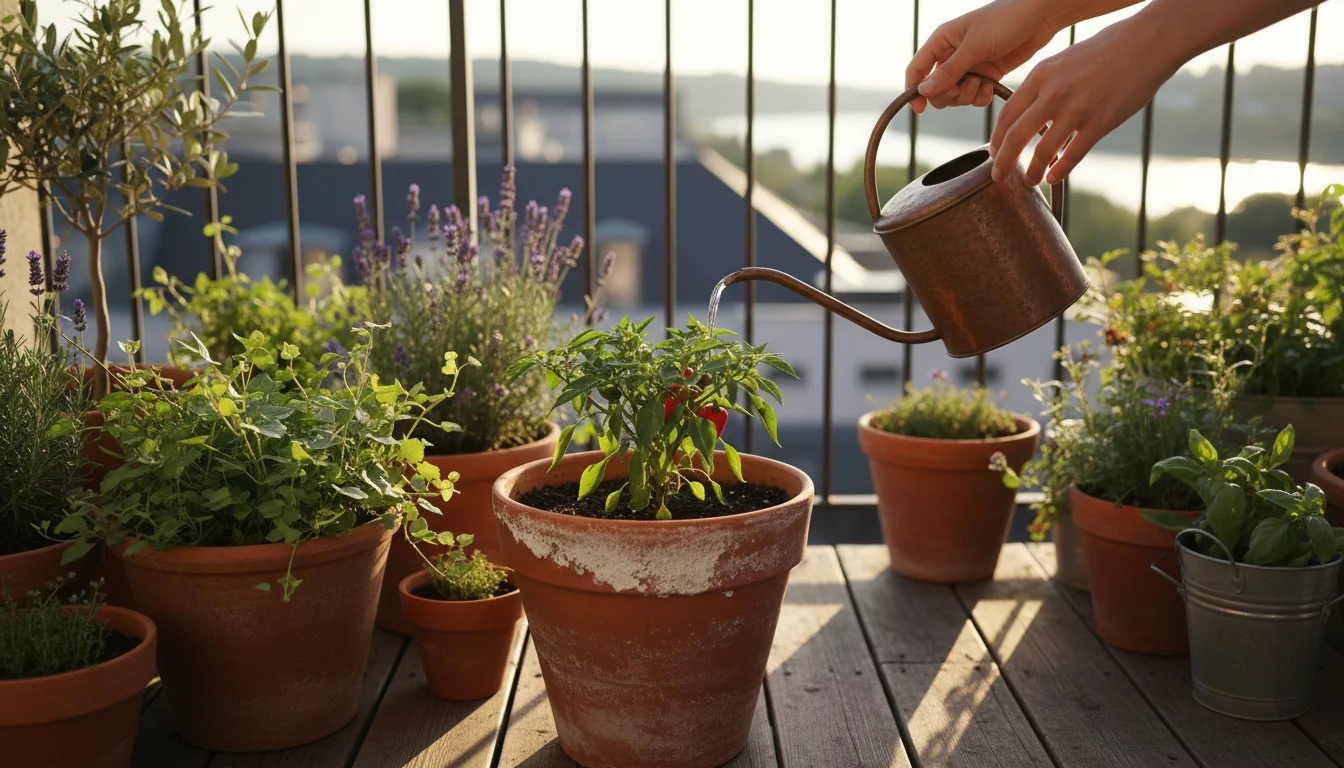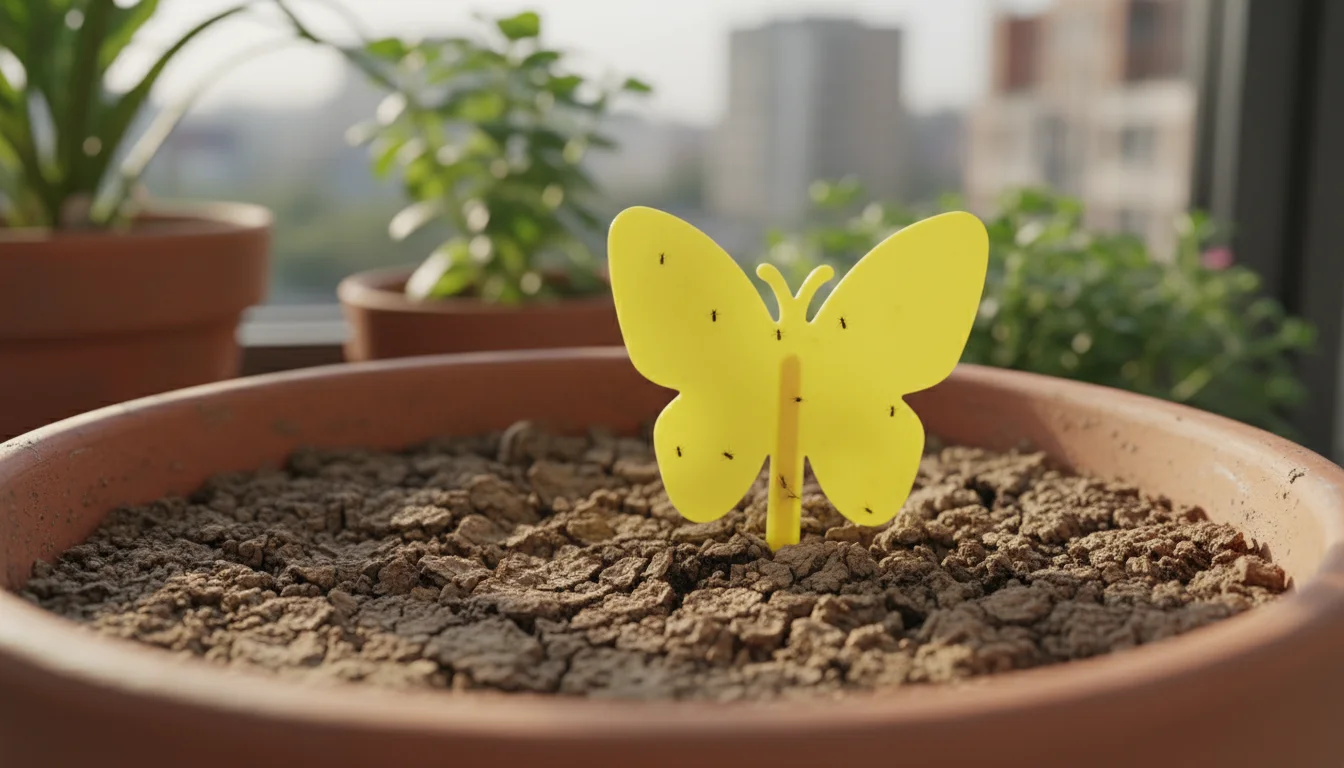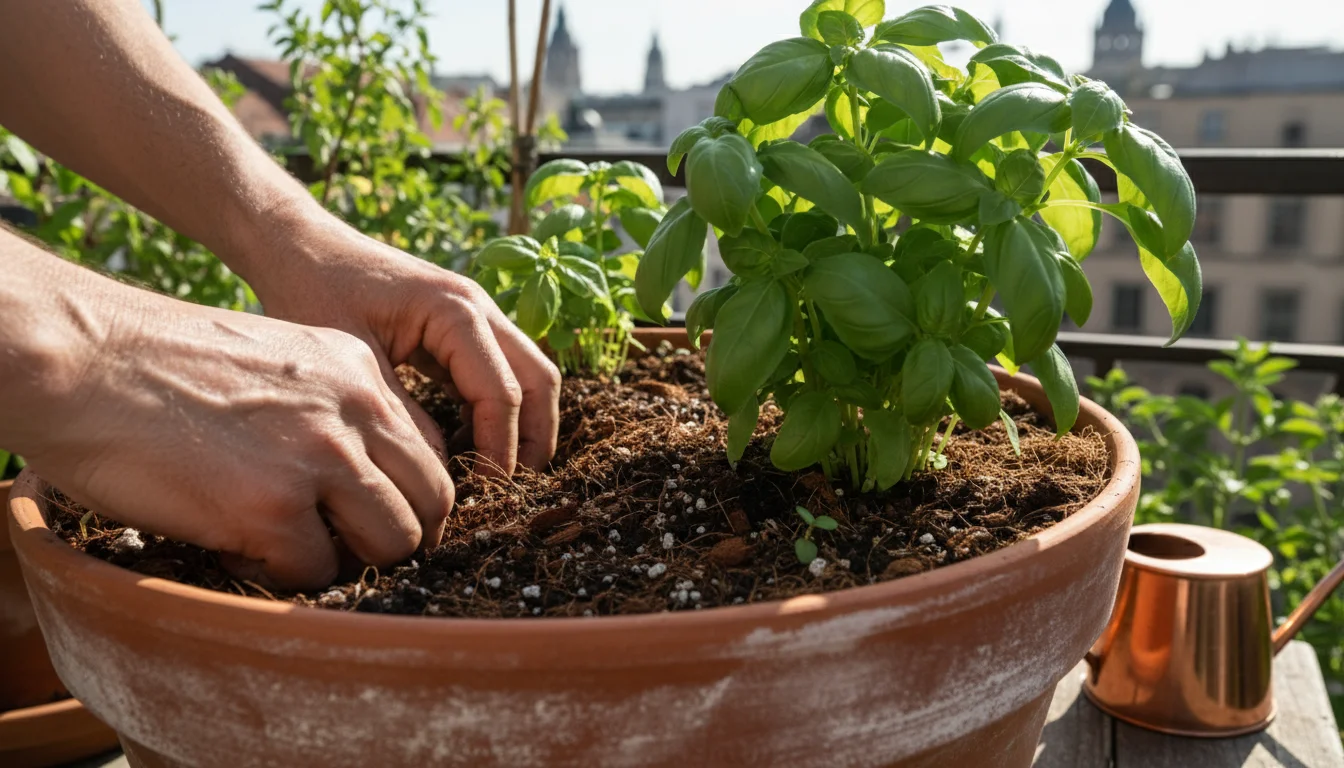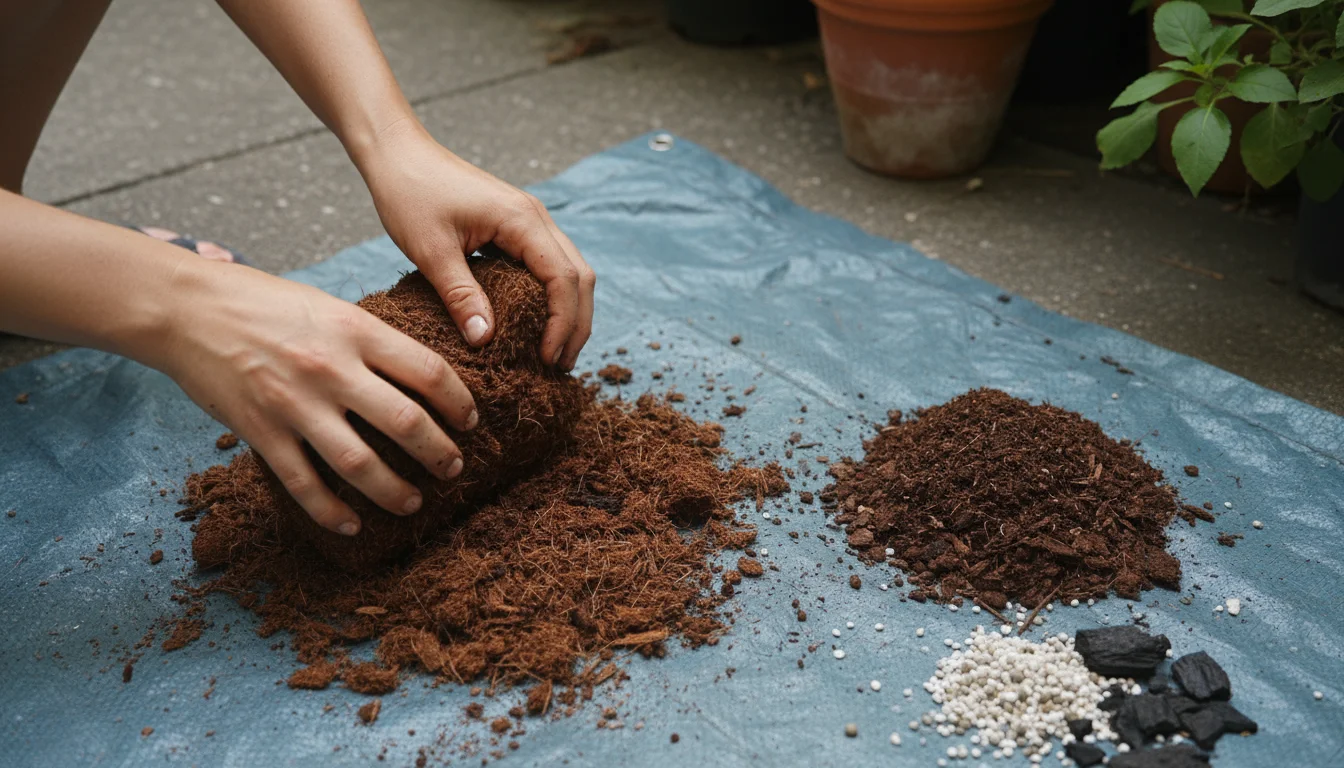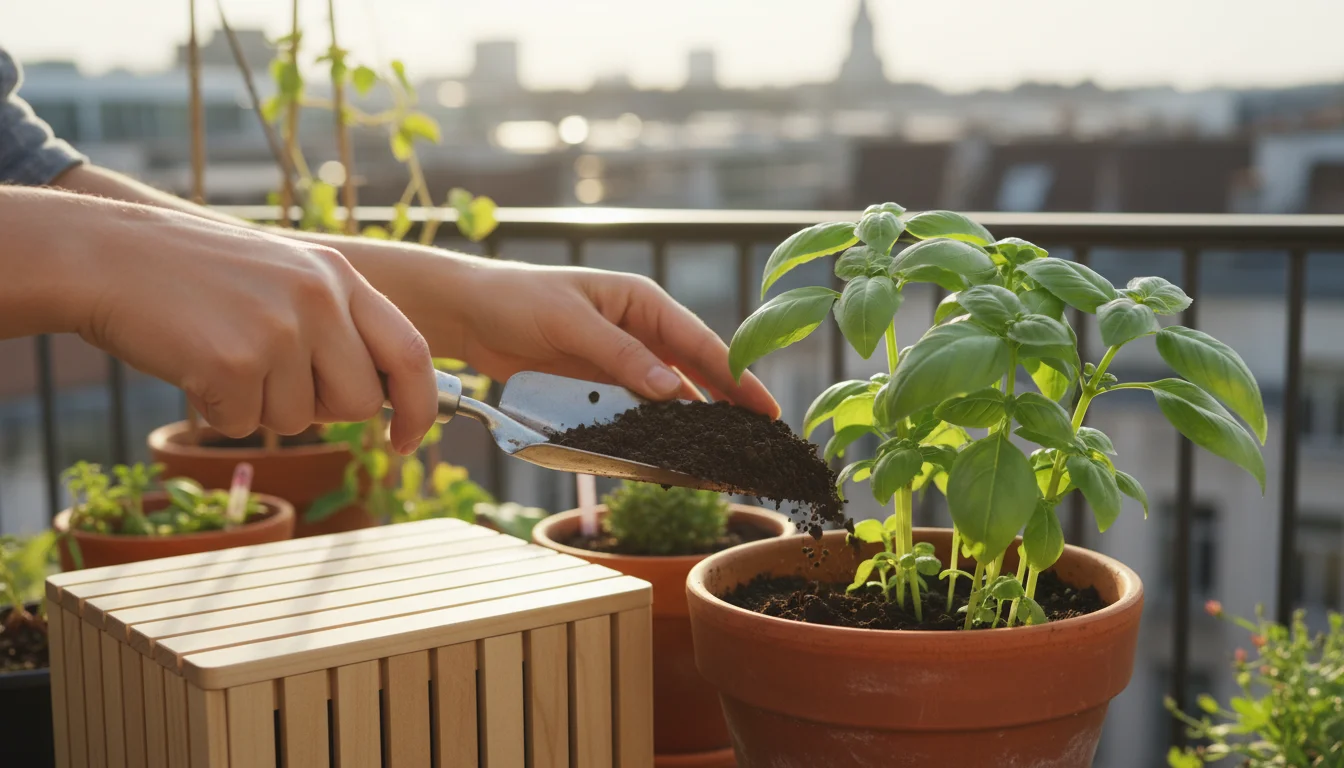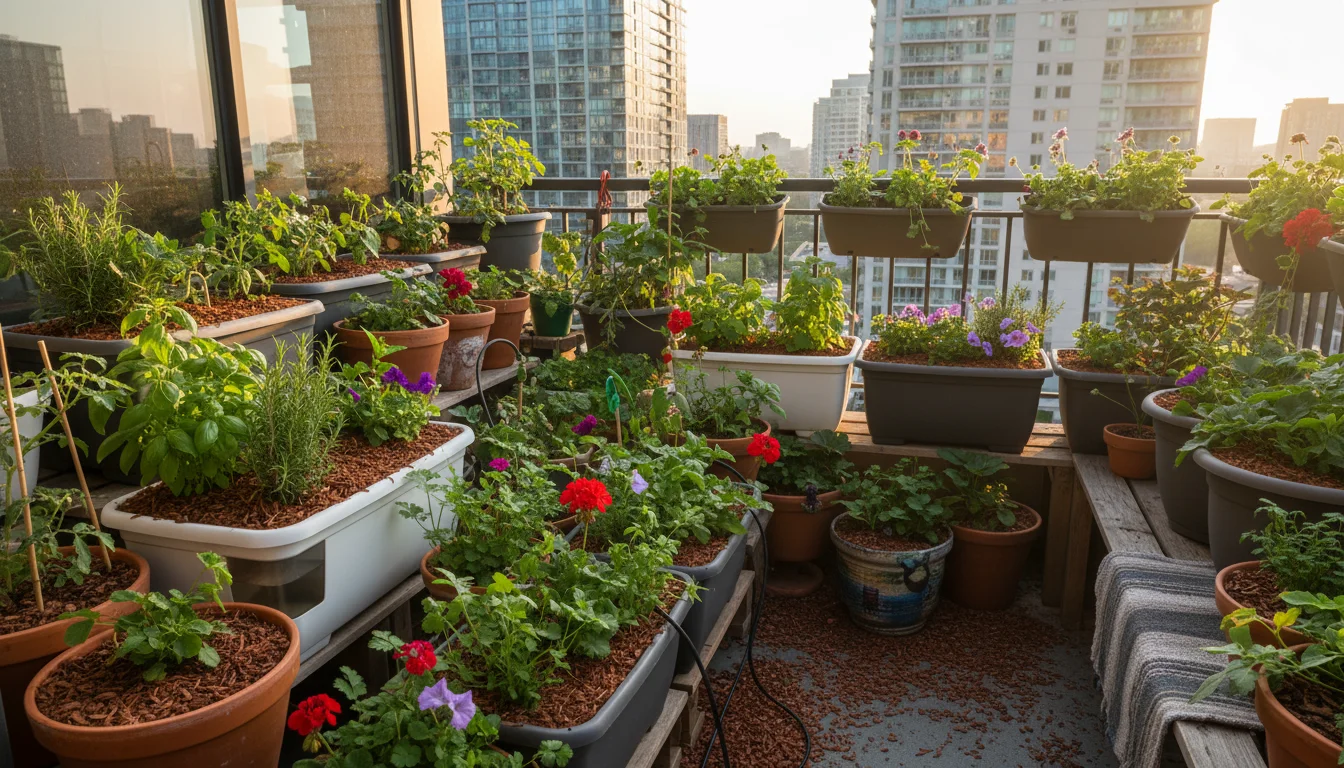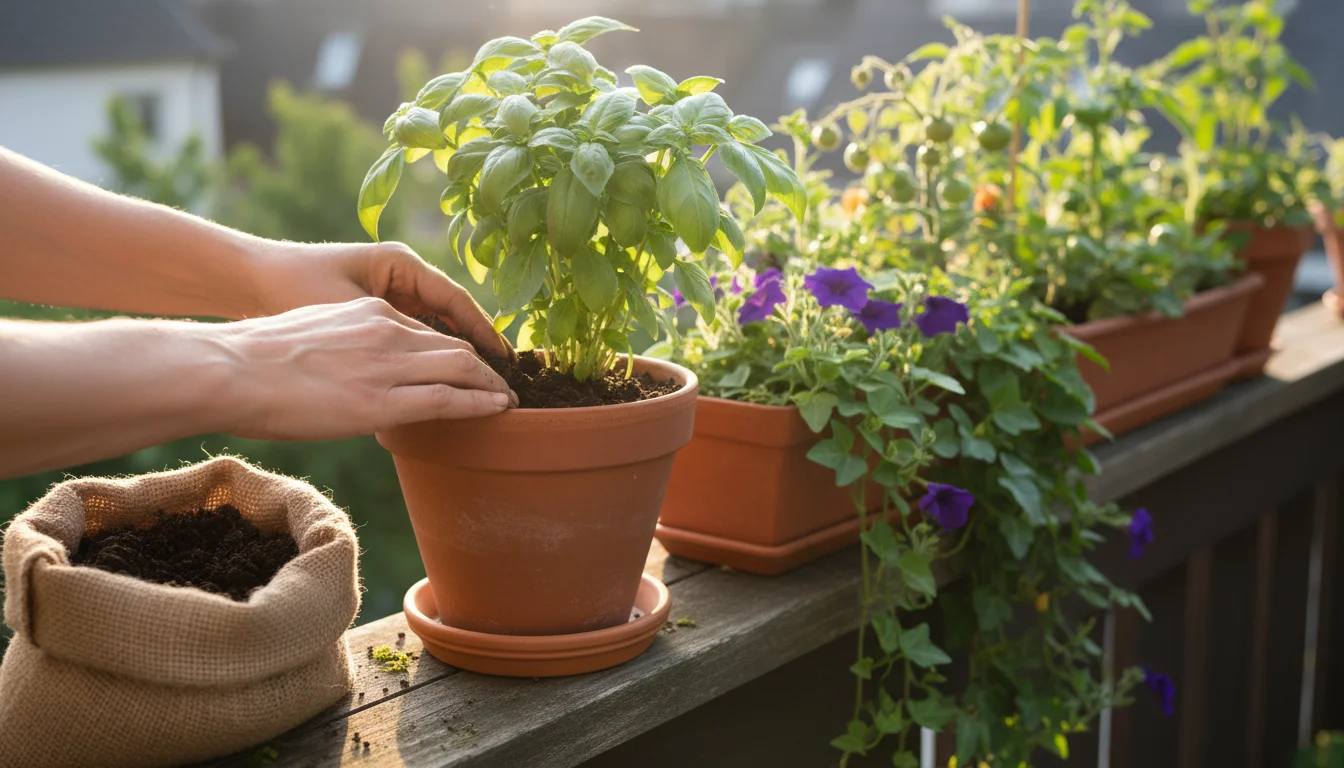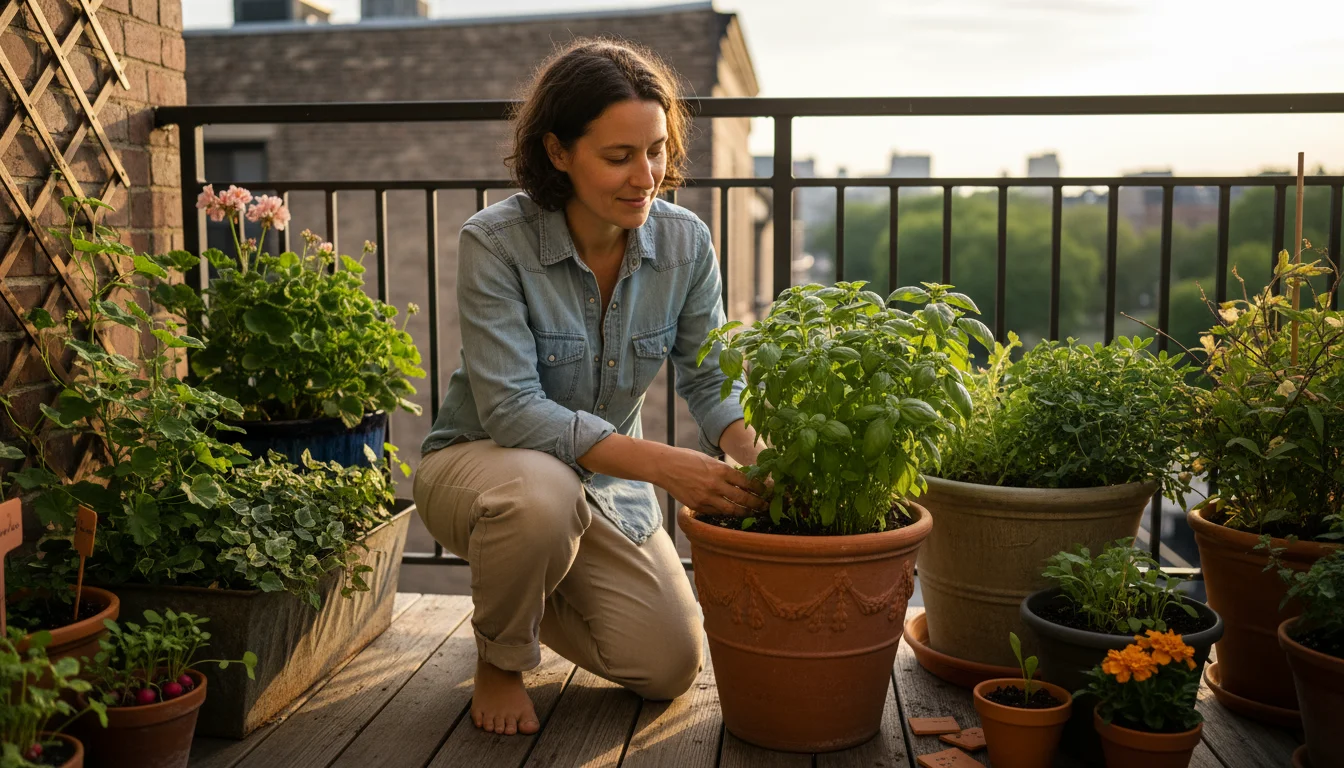Discover the art of plant pruning, a fundamental skill for any gardener, from beginner to experienced enthusiast. Pruning might seem intimidating, but you actually empower your plants to grow stronger, healthier, and more beautifully. You will find that simple, strategic cuts transform unruly growth into a vibrant, flourishing display. This guide demystifies plant pruning, offering practical, actionable insights for small-space and low-maintenance gardening.
Your garden, whether a tiny balcony or a compact backyard, benefits immensely from thoughtful plant pruning. You create optimal conditions for flowering, fruiting, and overall plant vigor. You also learn to manage plant size effectively. This approach not only enhances aesthetic appeal but also contributes to the longevity and productivity of your green companions. You are about to unlock the secrets to successful garden maintenance and cultivation.
Disclaimer: This article is for informational purposes only and is not a substitute for professional advice. Consult local extension services for region-specific recommendations.
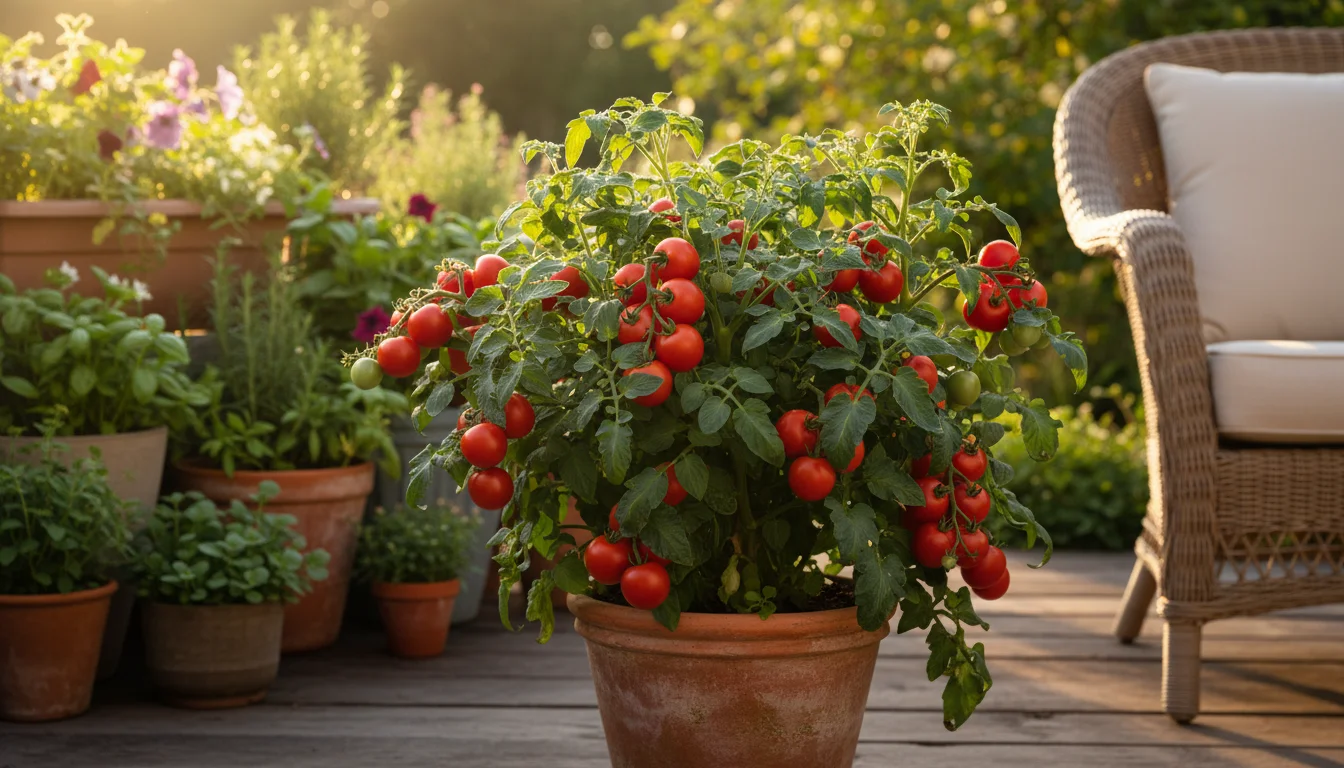
Why Pruning Matters for Your Plants
You engage in plant pruning for several vital reasons, all contributing to healthier, more robust plants and more effective garden maintenance. These benefits extend beyond simple aesthetics, impacting everything from yield to disease resistance. Understanding these fundamental benefits helps you approach pruning with confidence and purpose.
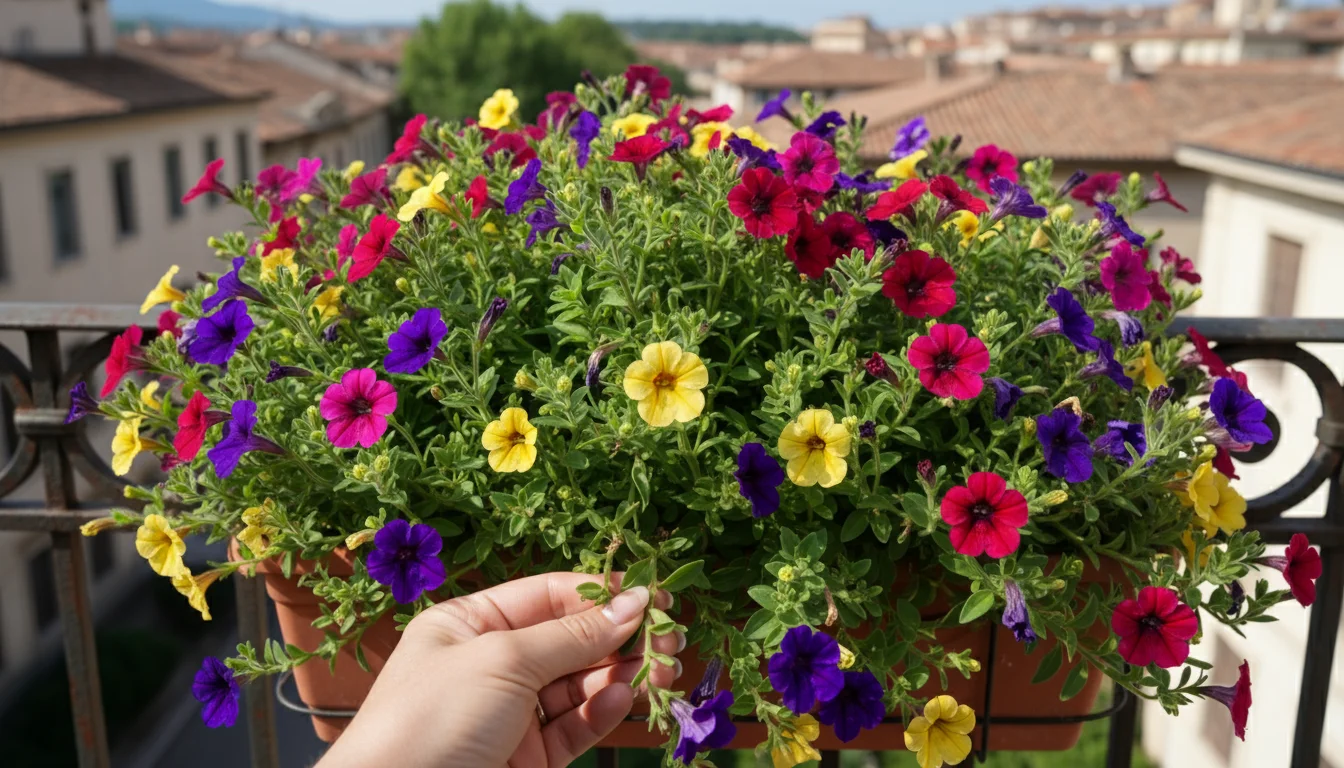
Encourages New Growth
Pruning stimulates plants to produce new growth. When you remove old or spent stems, the plant redirects its energy to developing fresh foliage, flowers, or fruit. This process is particularly evident in many flowering shrubs and perennial plants. Removing the tips of branches, for example, encourages dormant buds further down the stem to activate and branch out, resulting in a bushier, fuller plant. For many plants, this also means more flowers or fruit, as new growth often bears these. Data from horticultural studies consistently shows that strategic pruning significantly increases the number of flowering sites on ornamental plants and the yield of many fruit-bearing plants.
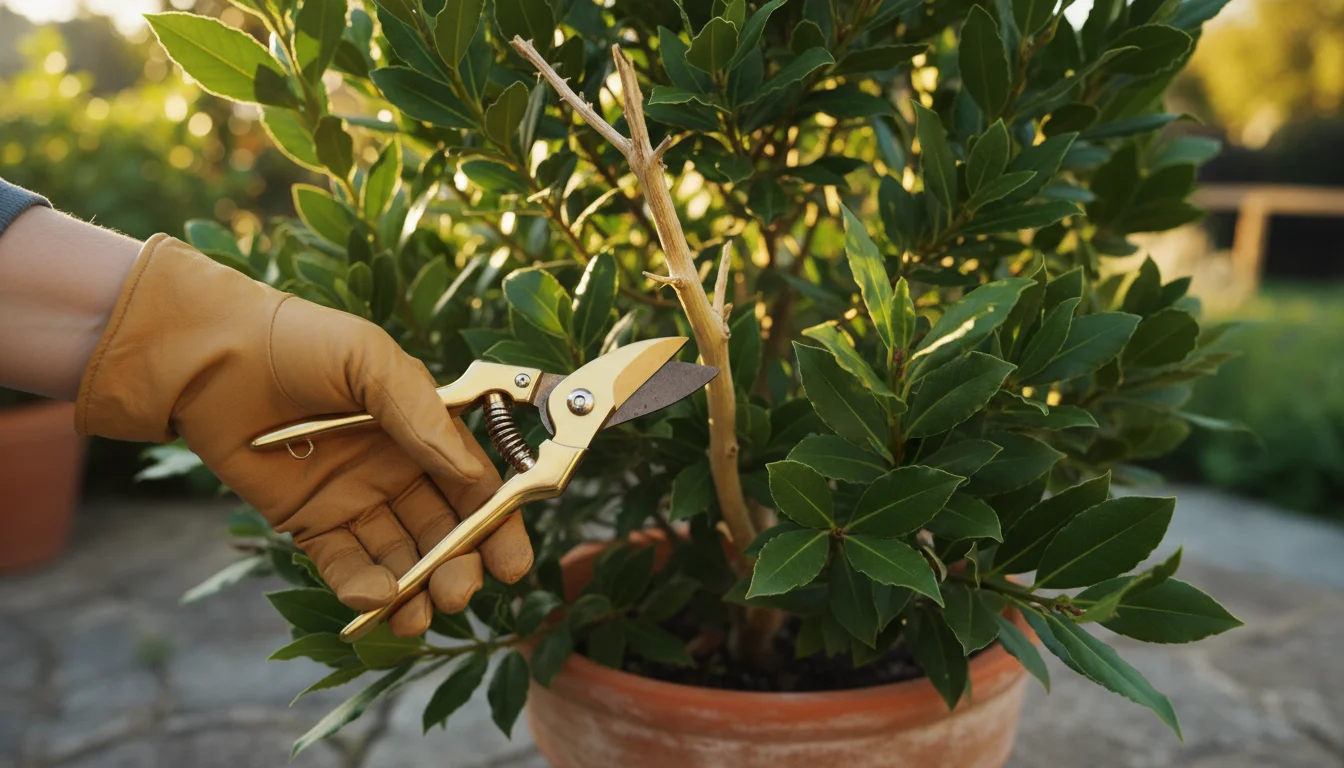
Improves Plant Health and Vigor
You directly influence plant health through pruning. Removing dead, diseased, or damaged branches prevents the spread of pathogens and pests. A dead branch, for instance, serves as an entry point for disease and a haven for pests like borers. By eliminating these weak points, you protect the entire plant. You also improve air circulation within the plant canopy. Dense, overgrown foliage traps moisture and creates ideal conditions for fungal diseases like powdery mildew. Good air circulation dries leaves quickly, reducing disease risk. Proper air flow also allows more light to reach inner parts of the plant, promoting healthier growth throughout.
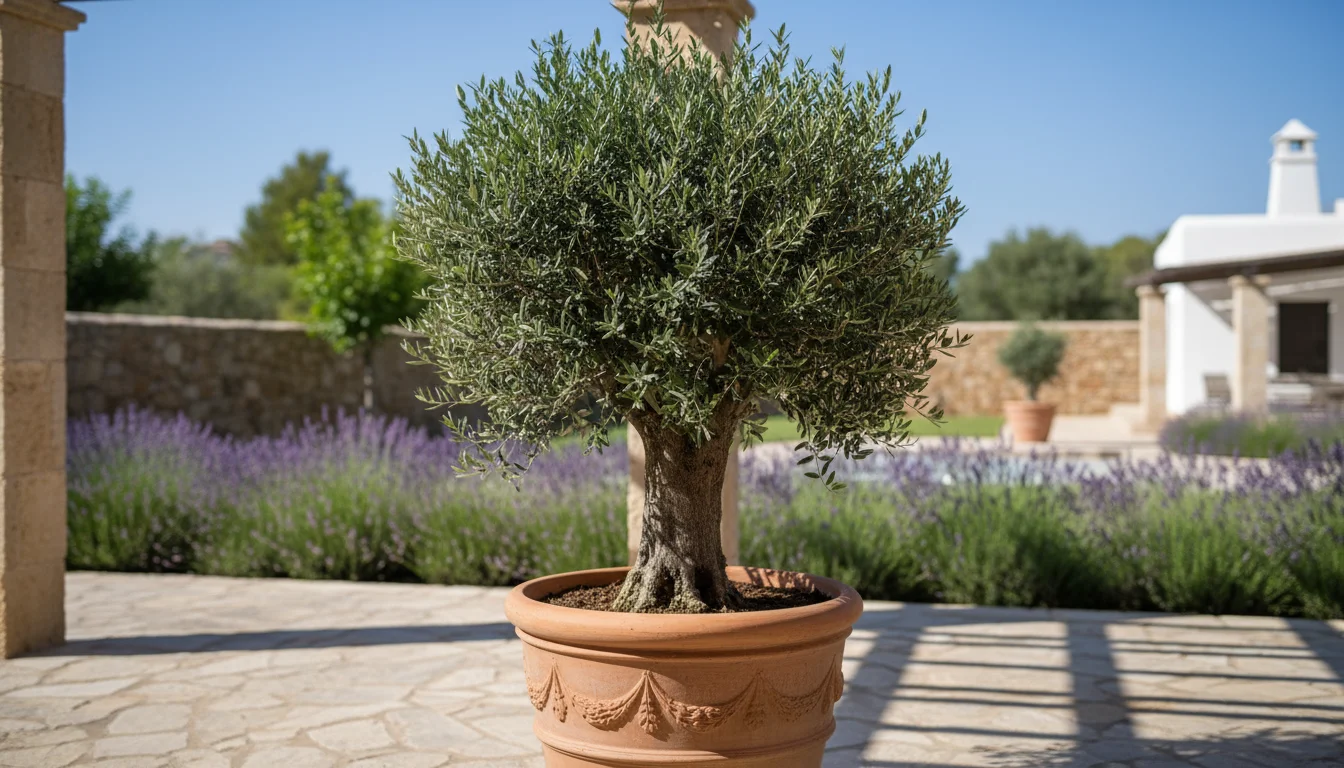
Shapes and Maintains Desired Size
Pruning allows you to control the size and shape of your plants, essential for small-space gardening. You prevent plants from outgrowing their allocated space, whether in a container or a compact garden bed. Regular pruning helps maintain a desired form, from a neat, rounded shrub to a formal hedge. For example, a tomato plant benefits from consistent pruning to manage its vining habit and encourage fruit production, keeping it manageable in a small raised bed. You direct the plant’s growth, encouraging a balanced structure. This is particularly crucial for container plants, as it prevents them from becoming top-heavy and unstable. The Chicago Botanic Garden offers excellent resources on shaping various plant types for optimal display and health.
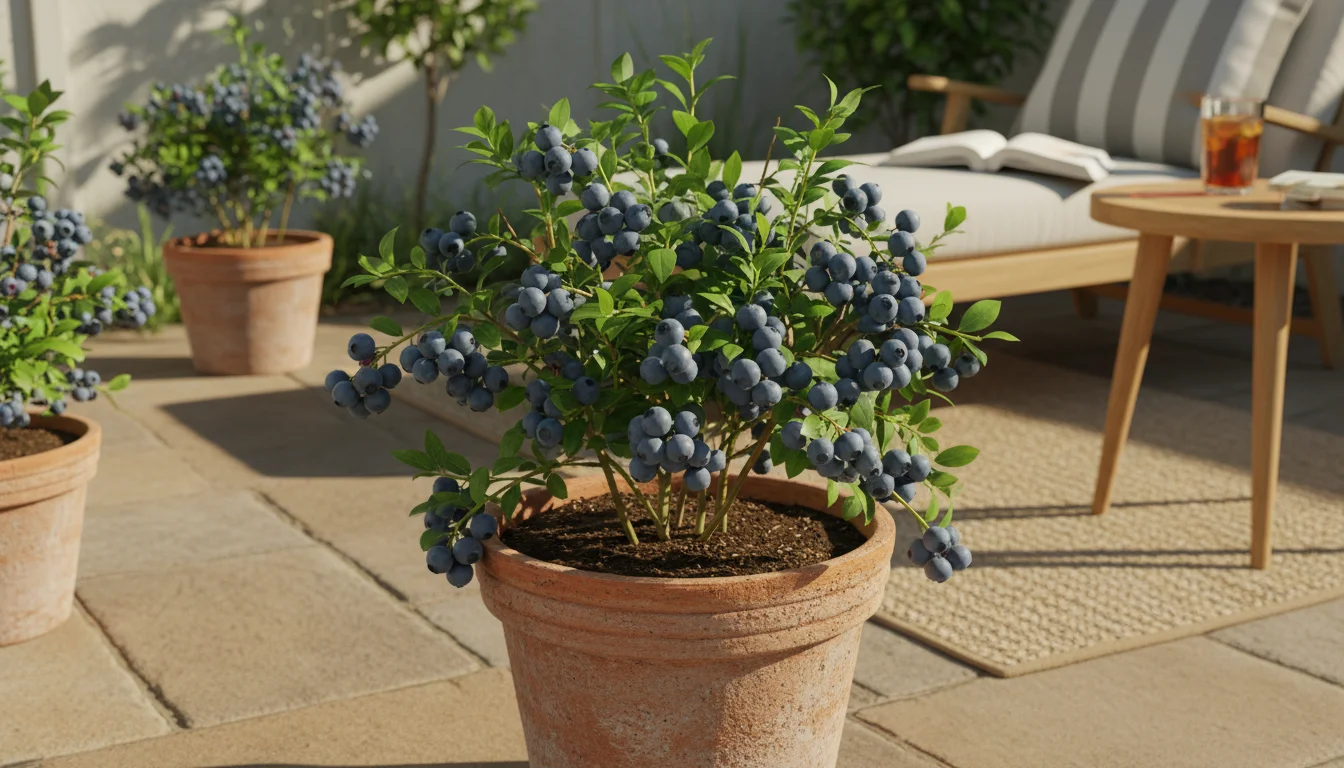
Enhances Flowering and Fruiting
You can significantly boost flower and fruit production with correct pruning. Many flowering plants, especially those that bloom on new wood (like some roses or hydrangeas), benefit from dormant season pruning that encourages vigorous new growth. For fruit trees and bushes, selective pruning improves light penetration and air circulation, both critical for fruit development and ripening. You remove unproductive wood, allowing the plant to channel energy into the most promising branches. This practice can increase both the quantity and quality of your harvest. For instance, pruning blueberry bushes encourages larger, sweeter berries by removing older, less productive canes.
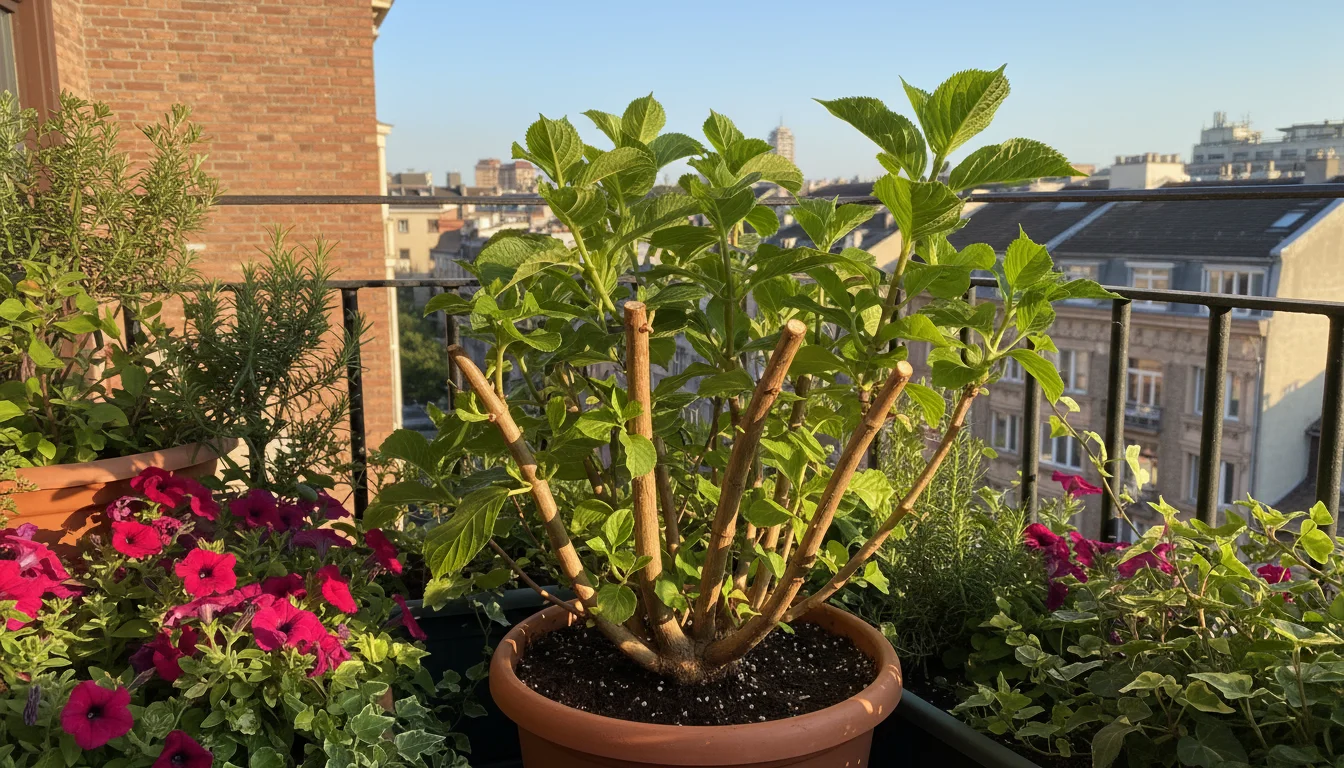
Addresses Specific Plant Needs
Pruning also addresses unique issues your plants face. You correct imbalances in growth, remove crossing branches that rub and create wounds, or rejuvenate an old, overgrown plant that has become unproductive. Rejuvenation pruning, for example, involves cutting back a plant hard to stimulate entirely new growth from the base. This method transforms an old, leggy shrub into a compact, vigorous specimen. You adapt your pruning strategy to the specific plant and its current condition, ensuring targeted care for optimal results.
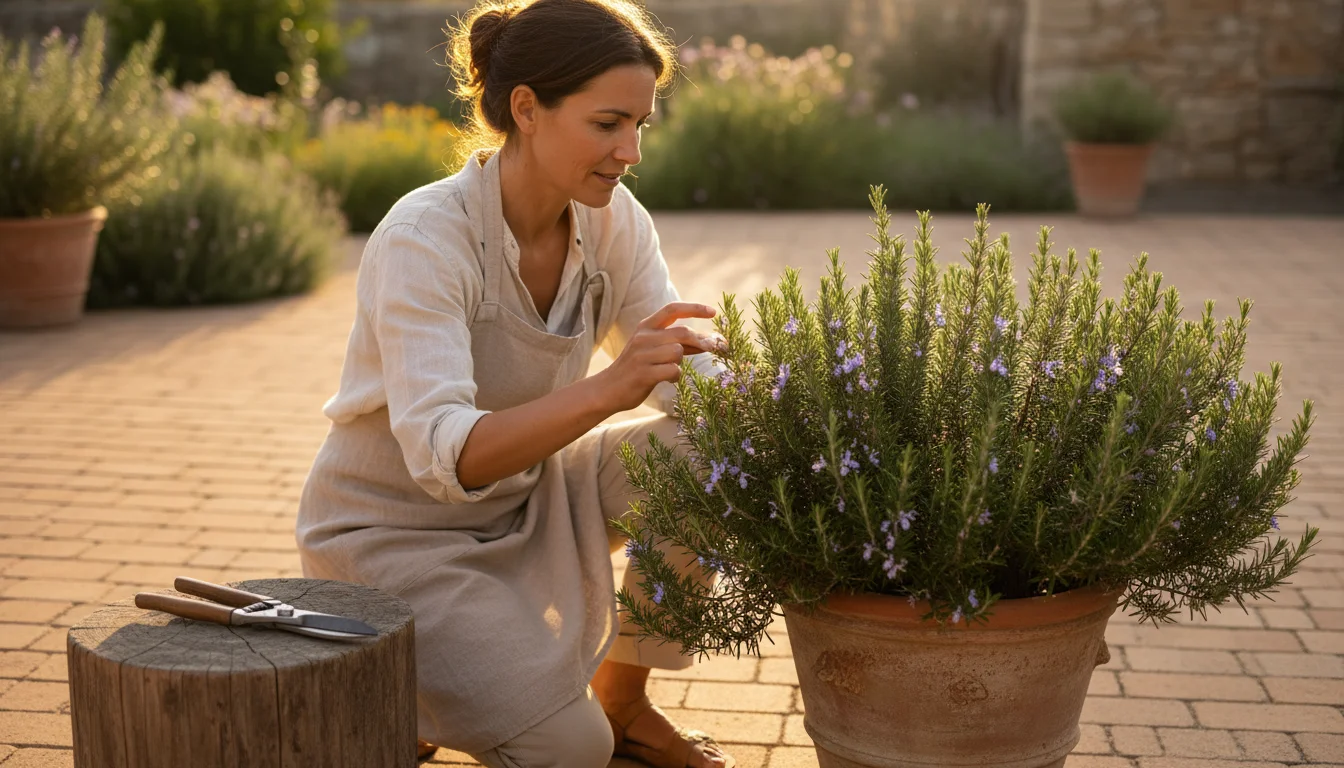
Understanding Your Pruning Goals and Types
Before you make any cut, understand your specific objective. Different pruning techniques serve different purposes. You select the right method based on what you want to achieve for your plant’s health, appearance, and productivity. This strategic approach ensures you deliver beneficial rather than detrimental plant pruning.
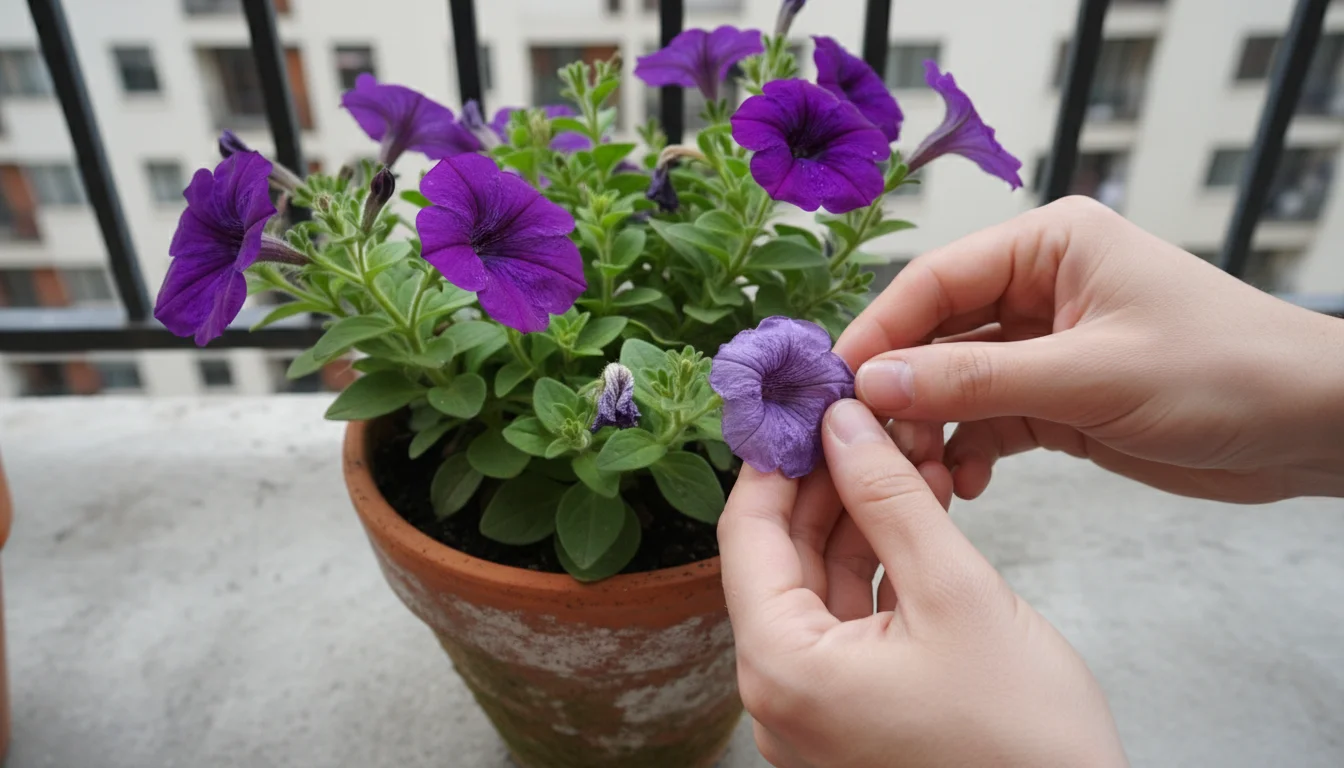
Deadheading: Encouraging More Blooms
Deadheading involves removing spent flowers from a plant. When you deadhead, you prevent the plant from putting energy into seed production. Instead, it redirects that energy toward producing more flowers. This simple act often extends the blooming season significantly. Many annuals and perennials, such as petunias, marigolds, and coneflowers, respond well to deadheading, rewarding you with continuous flushes of color. You simply pinch or snip off the faded flower head just above a set of healthy leaves or a developing side shoot. This is one of the easiest and most impactful garden maintenance tasks you perform.
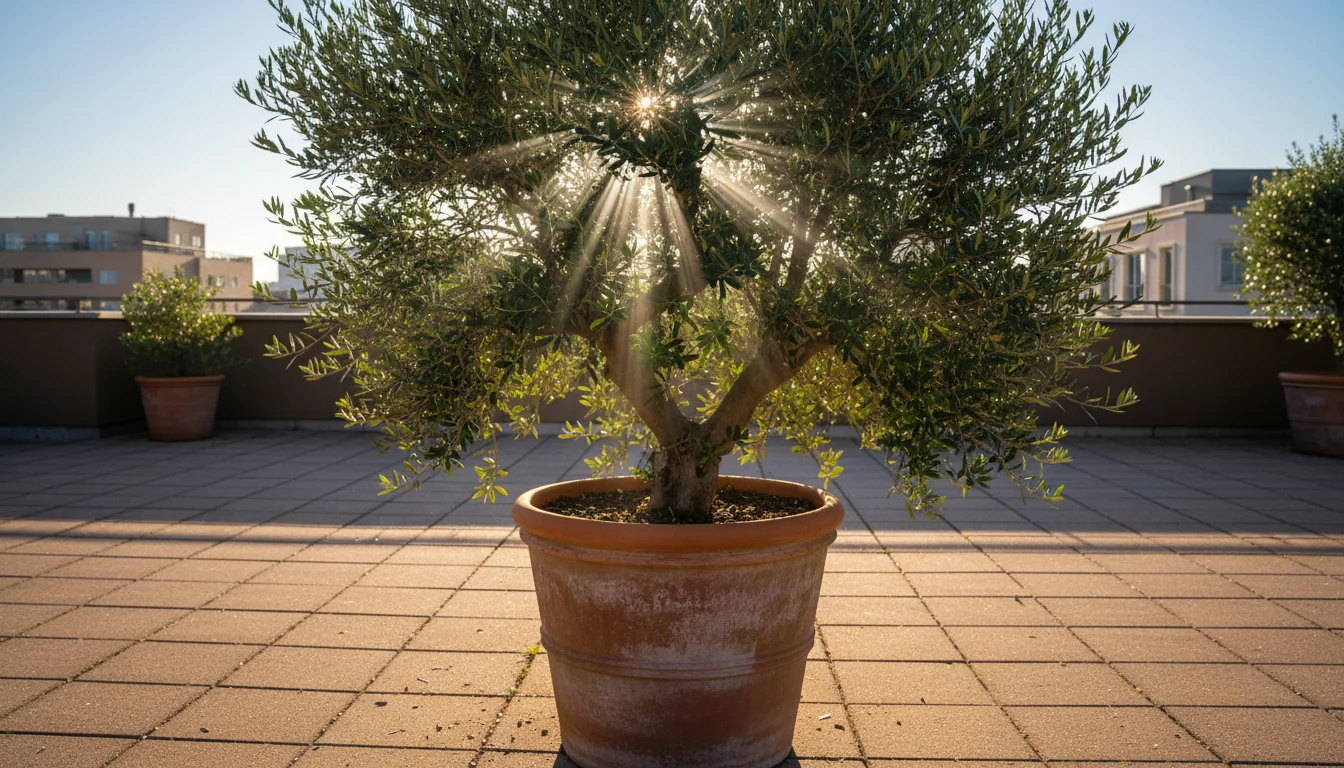
Thinning: Improving Airflow and Light
Thinning removes entire branches or stems back to their point of origin, or to a main branch. You use this technique to reduce the density of the plant canopy, improving air circulation and allowing more light to penetrate the inner parts of the plant. Better airflow reduces the risk of fungal diseases, while increased light exposure promotes healthier growth and better flowering or fruiting. For instance, thinning the center of a dense shrub prevents fungal issues and allows the entire plant to thrive. You carefully select branches that are crossing, rubbing, or growing inward. The New York Botanical Garden provides excellent visual guides for thinning techniques on various plant structures.
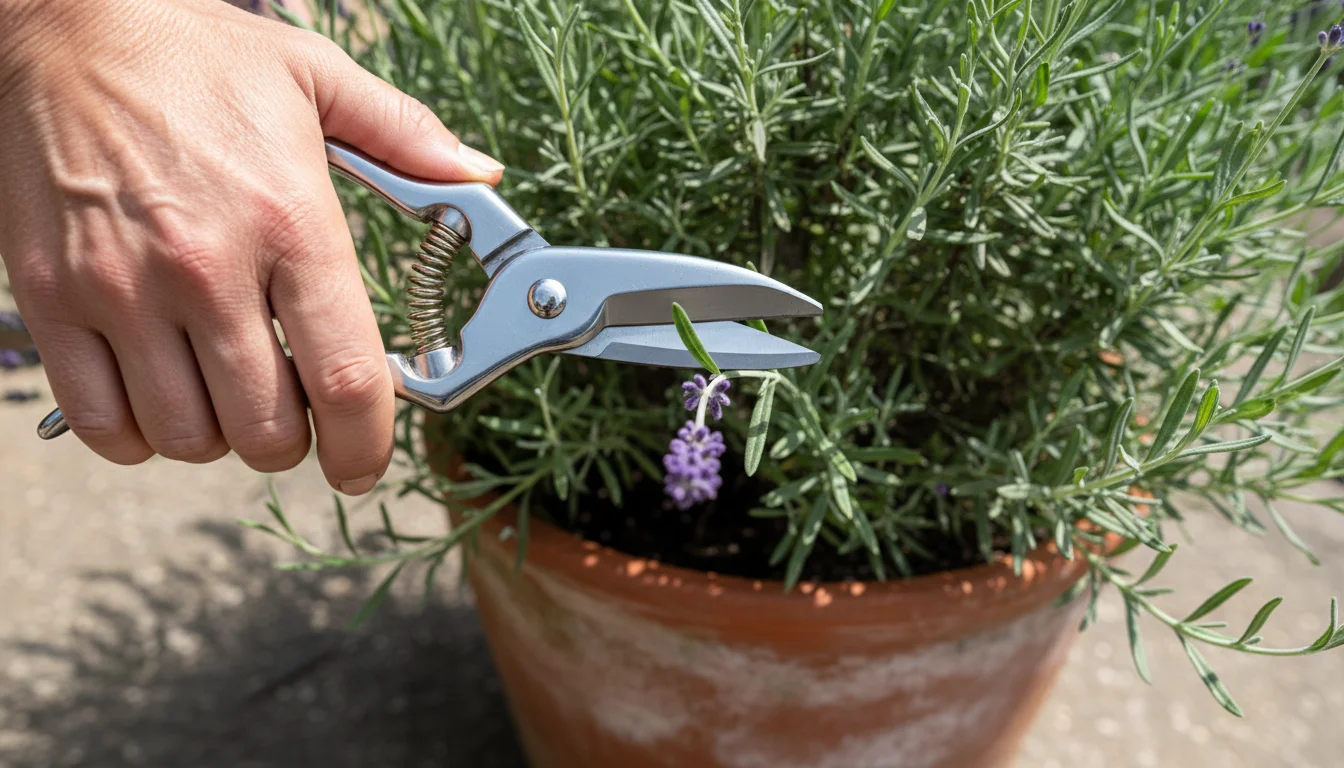
Shaping: Maintaining Form and Size
Shaping, also known as heading back, involves cutting back branches or stems to a lateral bud or branch. You use this to control the plant’s size, maintain a desired shape, or encourage bushier growth. When you cut back to a bud, that bud typically grows into a new branch, creating a denser plant. This technique is common for hedges, topiary, and maintaining the form of ornamental shrubs. You always cut just above an outward-facing bud to direct growth away from the center of the plant, promoting an open, healthy structure. This methodical approach ensures you keep your plants neat and compact, perfect for small spaces.
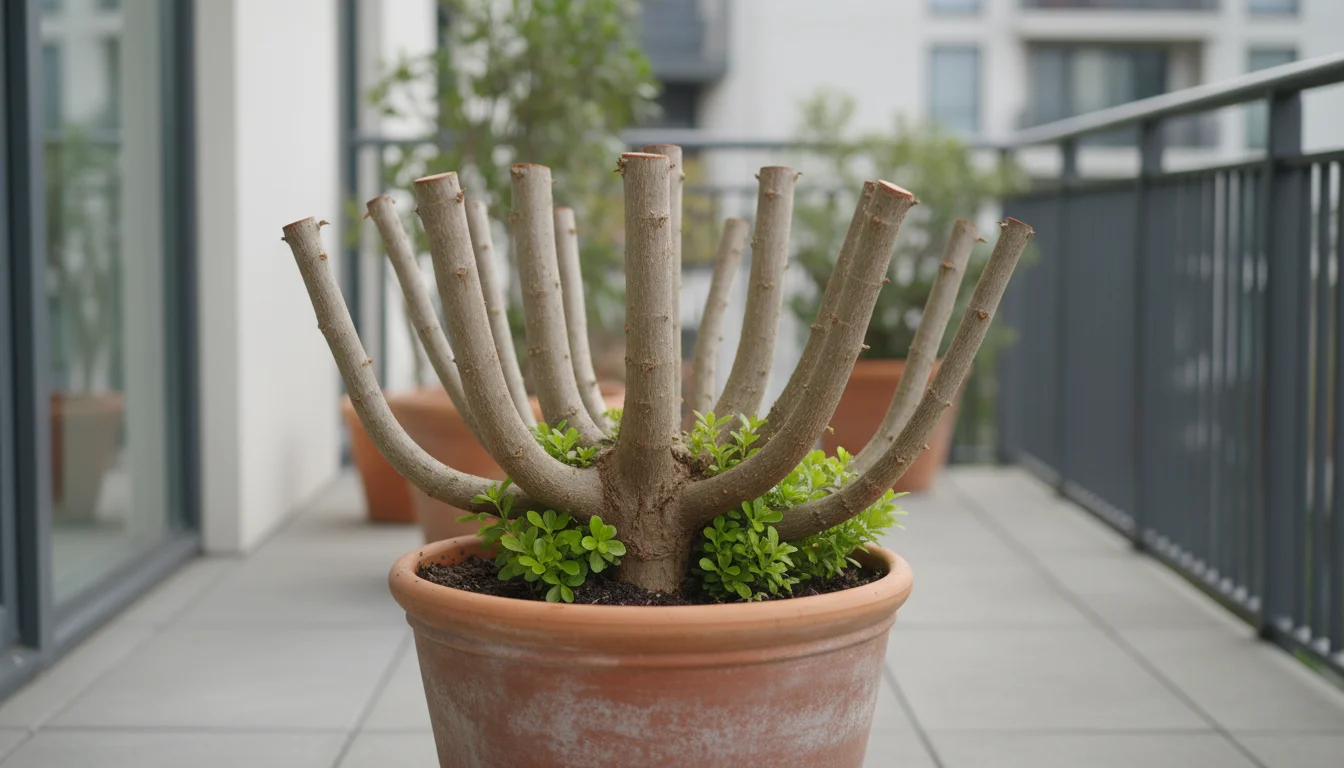
Rejuvenation Pruning: Revitalizing Old Plants
Rejuvenation pruning, sometimes called renewal pruning, involves severe cutting back of an old, overgrown, or unproductive plant. You perform this to stimulate vigorous new growth from the base or main stems. This method is effective for many deciduous shrubs that have become leggy, sparse, or stopped flowering well. You cut the entire plant back to within 6-12 inches of the ground or remove a third of the oldest, thickest stems each year over a three-year period. While drastic, this process often revitalizes the plant, resulting in a more compact, healthier, and more floriferous specimen. This technique requires patience, as the plant needs time to recover and regrow. Always research if your specific plant tolerates such drastic measures.
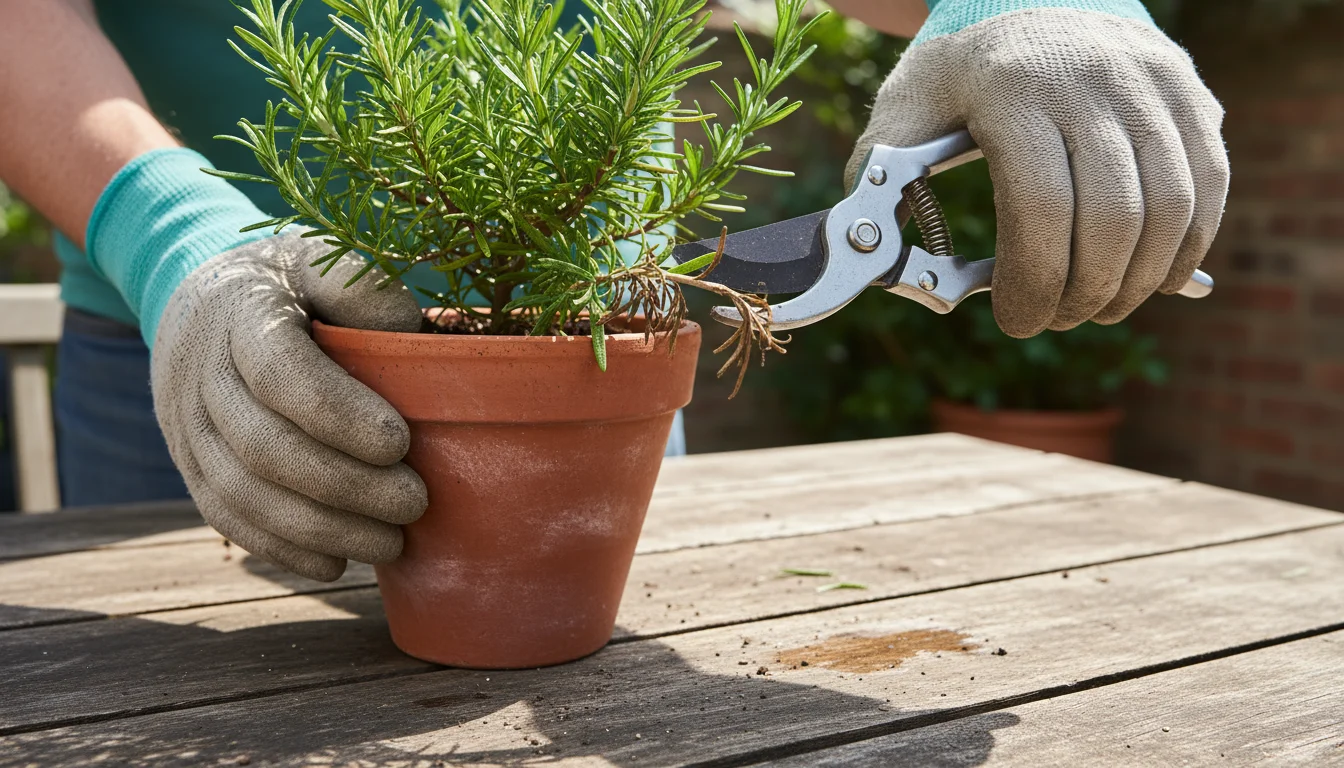
Removing Dead, Damaged, or Diseased Wood: Health First
This is arguably the most critical type of pruning for plant health. You remove any branches or stems that appear dead, broken, or show signs of disease. Deadwood offers no benefit to the plant and can harbor pests or diseases. Damaged branches are weak points susceptible to breakage and pathogen entry. Diseased wood, identified by cankers, discolored spots, or unusual growths, requires immediate removal to prevent the spread of the ailment to healthy parts of the plant. Always cut back into healthy wood, ensuring you remove all affected tissue. You disinfect your tools between cuts when dealing with diseased material to prevent spreading pathogens. This fundamental aspect of garden maintenance ensures your plants remain robust and vital.
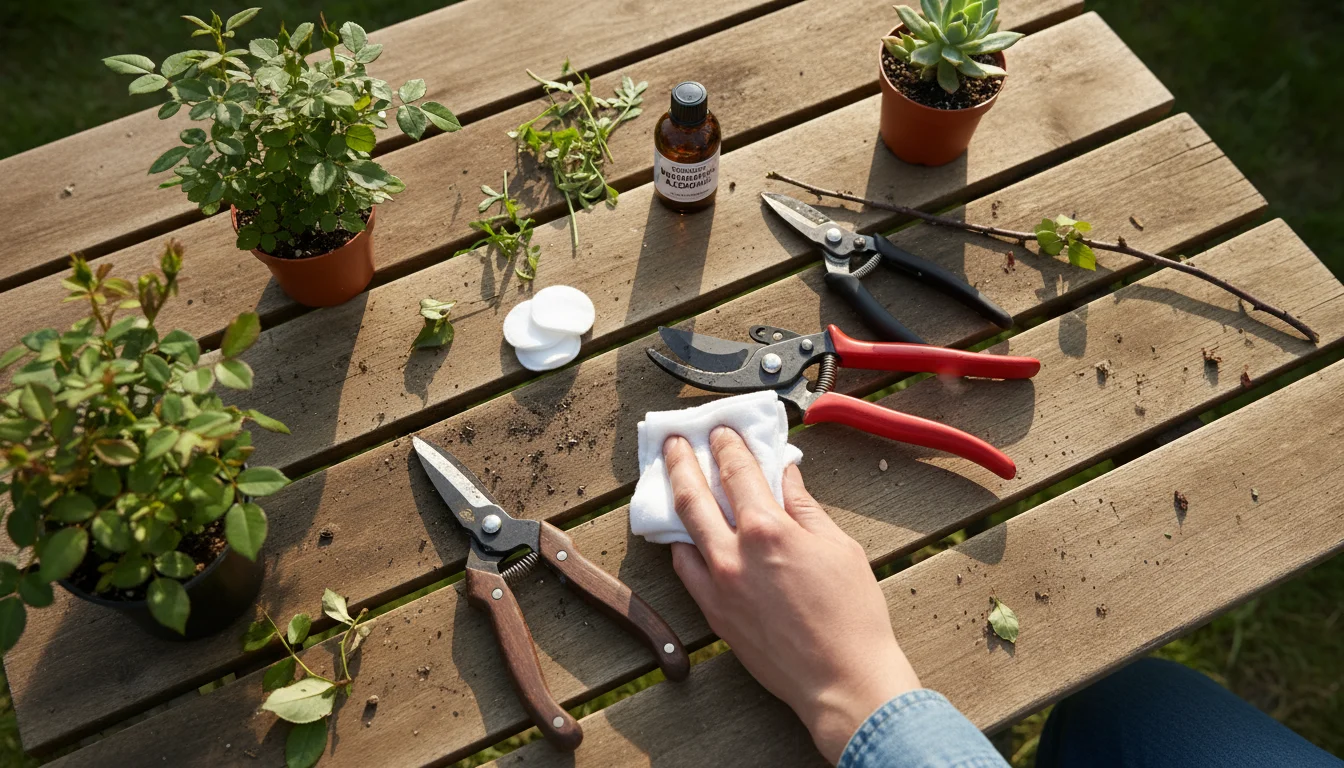
Essential Pruning Tools and Hygiene
You need the right tools to prune effectively and safely. Using dull or incorrect tools causes damage to your plants and makes the task harder for you. Proper tool hygiene is equally critical for preventing the spread of diseases. Invest in quality tools; they are an investment in your garden’s health and your own efficiency.
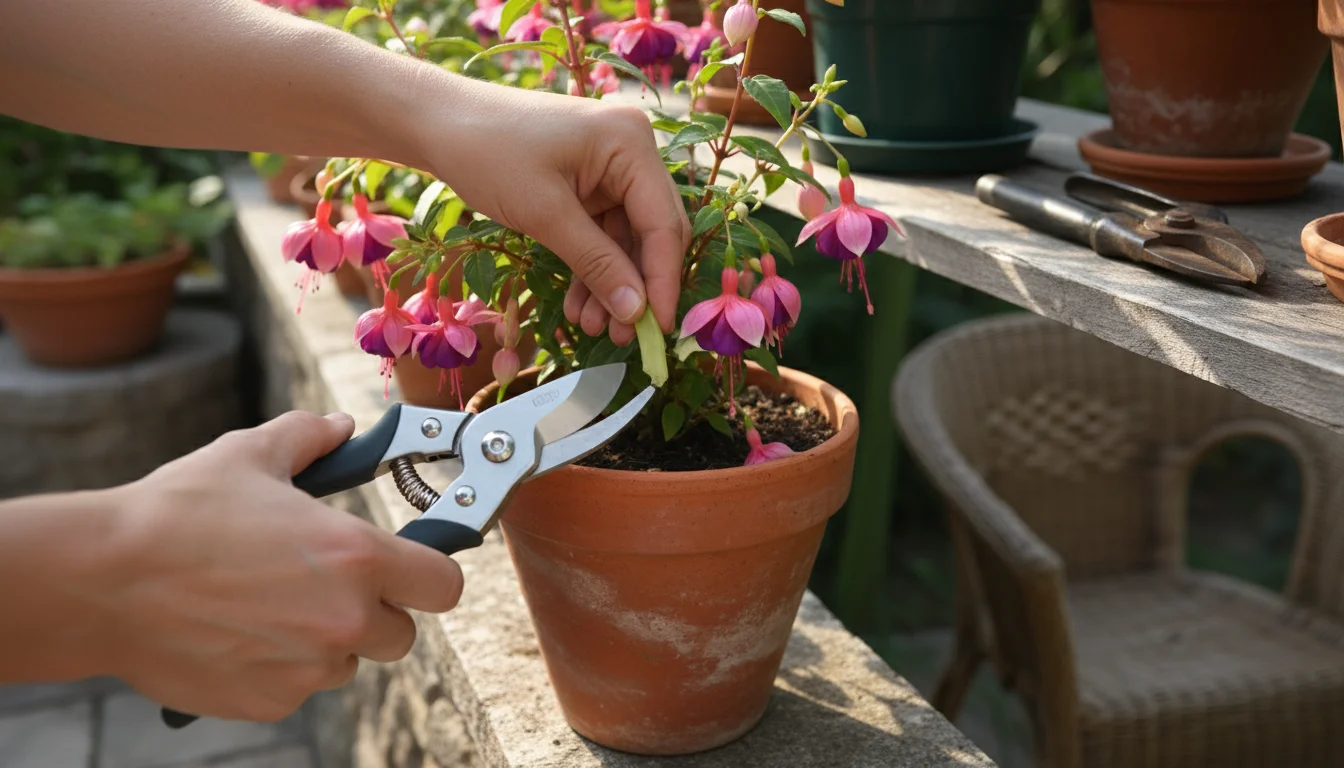
Hand Pruners (Bypass and Anvil)
- Bypass Pruners: These pruners feature two blades that bypass each other, much like scissors. They make clean, precise cuts that heal quickly. You use bypass pruners for live stems up to 3/4 inch thick. They are your go-to tool for most routine pruning tasks, including deadheading and shaping.
- Anvil Pruners: Anvil pruners have a sharp blade that closes against a flat surface, or anvil. They are better suited for dead or woody stems, as they tend to crush rather than slice. You might use these for removing tough, dry branches but exercise caution on live wood to avoid damaging plant tissue.
Always choose bypass pruners for live plant material to ensure clean, healthy cuts. Quality hand pruners often last for years with proper care and sharpening.
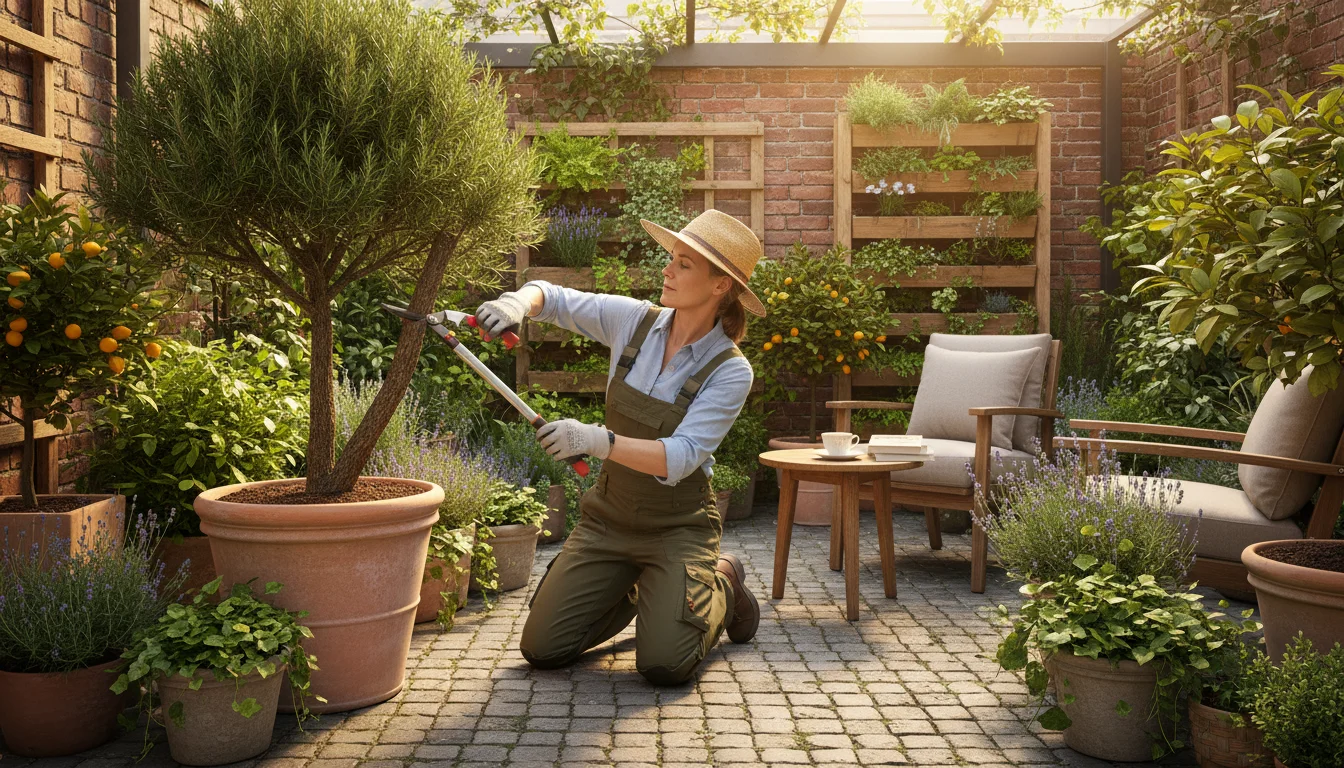
Loppers
Loppers resemble large hand pruners with long handles. You use them for branches too thick for hand pruners but too small for a saw, typically up to 1 1/2 to 2 inches in diameter. The long handles provide leverage, making it easier to cut through tougher branches. Loppers are excellent for thinning out dense shrubs or removing larger unwanted growth. Like hand pruners, bypass loppers are preferable for live wood.
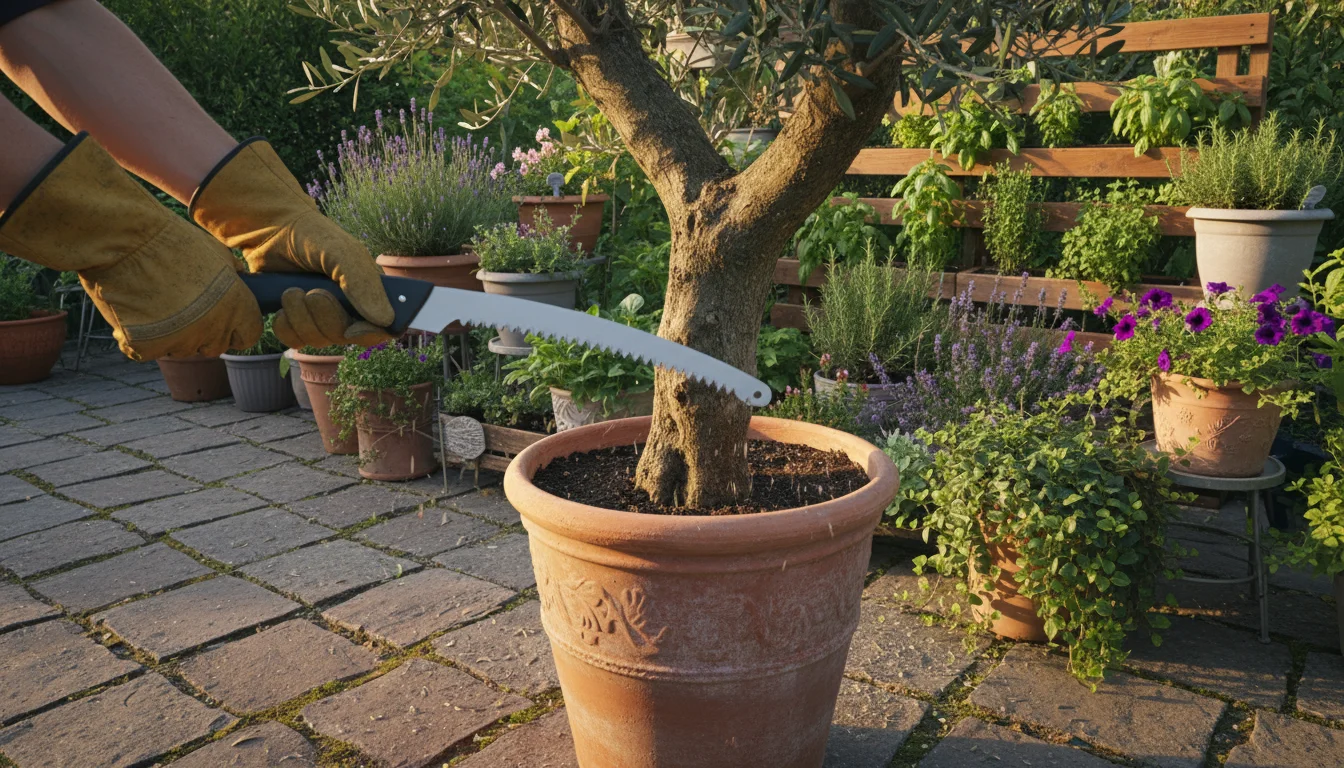
Pruning Saw
For branches thicker than 2 inches in diameter, you need a pruning saw. These saws come in various forms, including folding saws and bow saws. They are designed to cut through thick, woody material efficiently. You operate them with care to avoid injury and damage to surrounding branches. Always ensure the blade is sharp to make clean cuts, which minimizes stress on the plant and speeds up healing. For significant tree pruning, especially involving large branches, you might consider consulting a certified arborist.
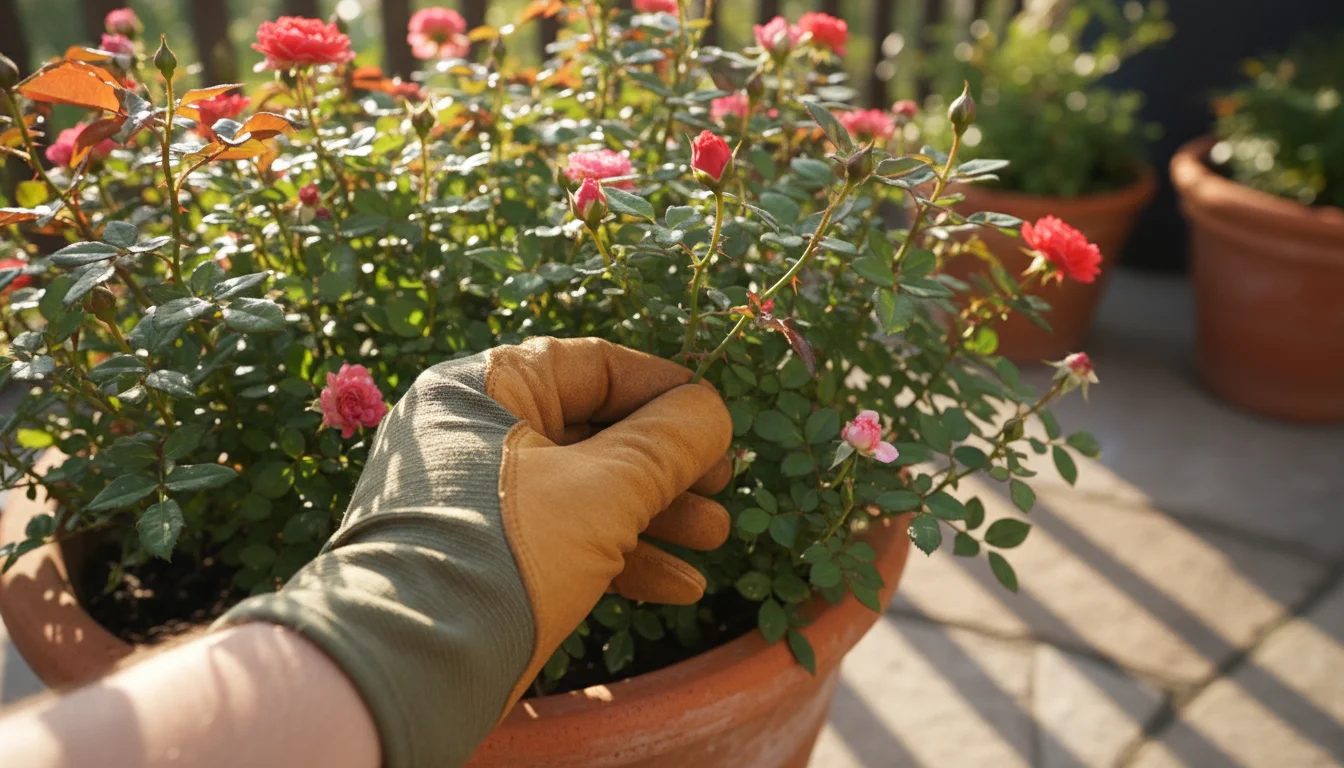
Gloves
Protect your hands from thorns, sap, and blisters by wearing sturdy gardening gloves. Look for gloves that offer good dexterity while still providing ample protection. Materials like leather or thick synthetic fabrics work well for pruning tasks.
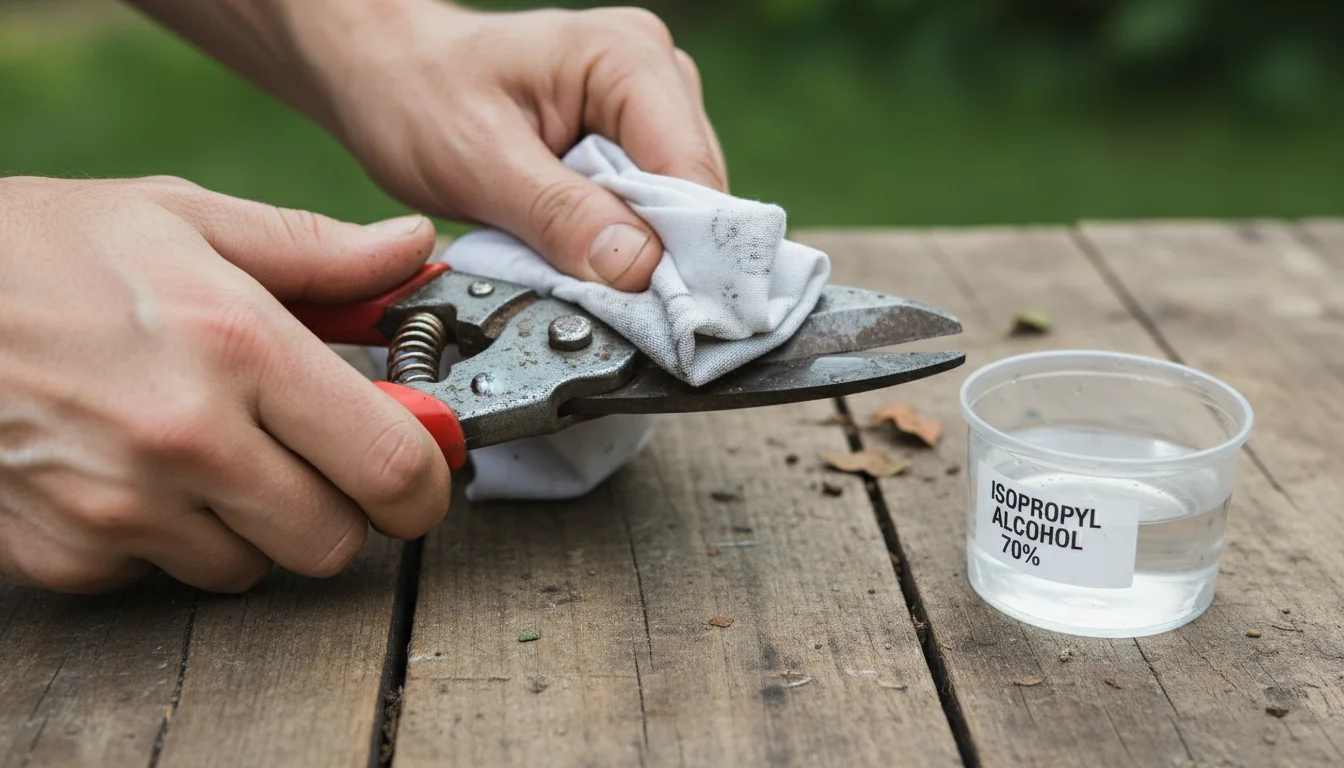
Tool Hygiene: Preventing Disease Spread
Clean tools prevent the spread of diseases from one plant to another or from diseased parts to healthy parts of the same plant. You practice tool hygiene consistently:
- Clean Debris: After each use, wipe off sap, soil, and plant debris from your tools. A stiff brush or a rag works well.
- Disinfect Regularly: Disinfect your tools after pruning any diseased plant material or between pruning different types of plants. A solution of 70% isopropyl alcohol or a 10% bleach solution (1 part bleach to 9 parts water) works effectively. Dip or wipe the blades thoroughly and allow them to air dry or wipe them clean.
- Sharpen Blades: Sharp blades make clean cuts that heal quickly. Dull blades tear and crush plant tissue, leaving open wounds susceptible to pests and diseases. Sharpen your pruners and loppers regularly or have them professionally sharpened.
- Lubricate Moving Parts: Apply a light oil to the pivot points of your pruners and loppers to keep them moving smoothly and prevent rust.
These simple steps in tool care extend the life of your equipment and safeguard the health of your garden. Consistent garden maintenance includes caring for your tools.
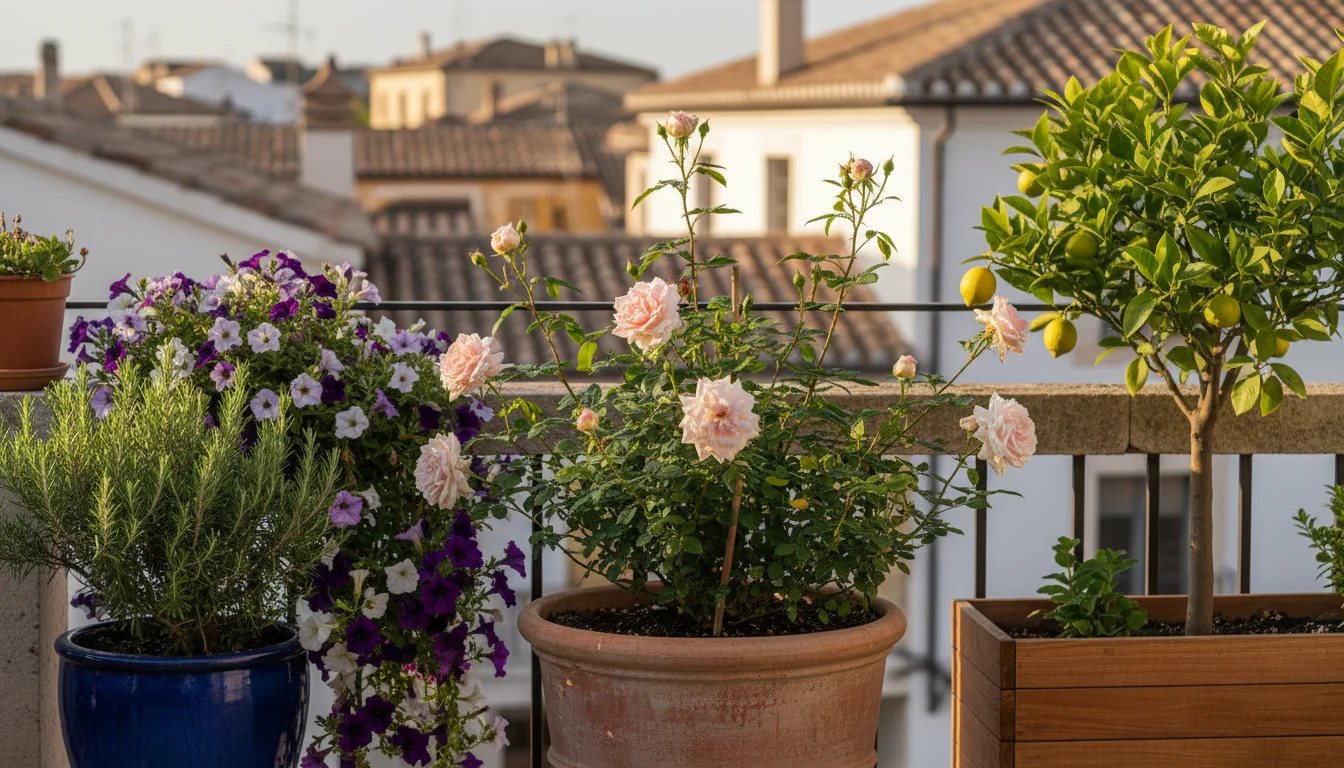
When to Prune: A Seasonal Guide for Optimal Growth
Timing is crucial in plant pruning. Pruning at the wrong time stresses your plants, potentially reducing flowering, fruiting, or even harming their health. You align your pruning schedule with your plants’ natural growth cycles to achieve the best results.
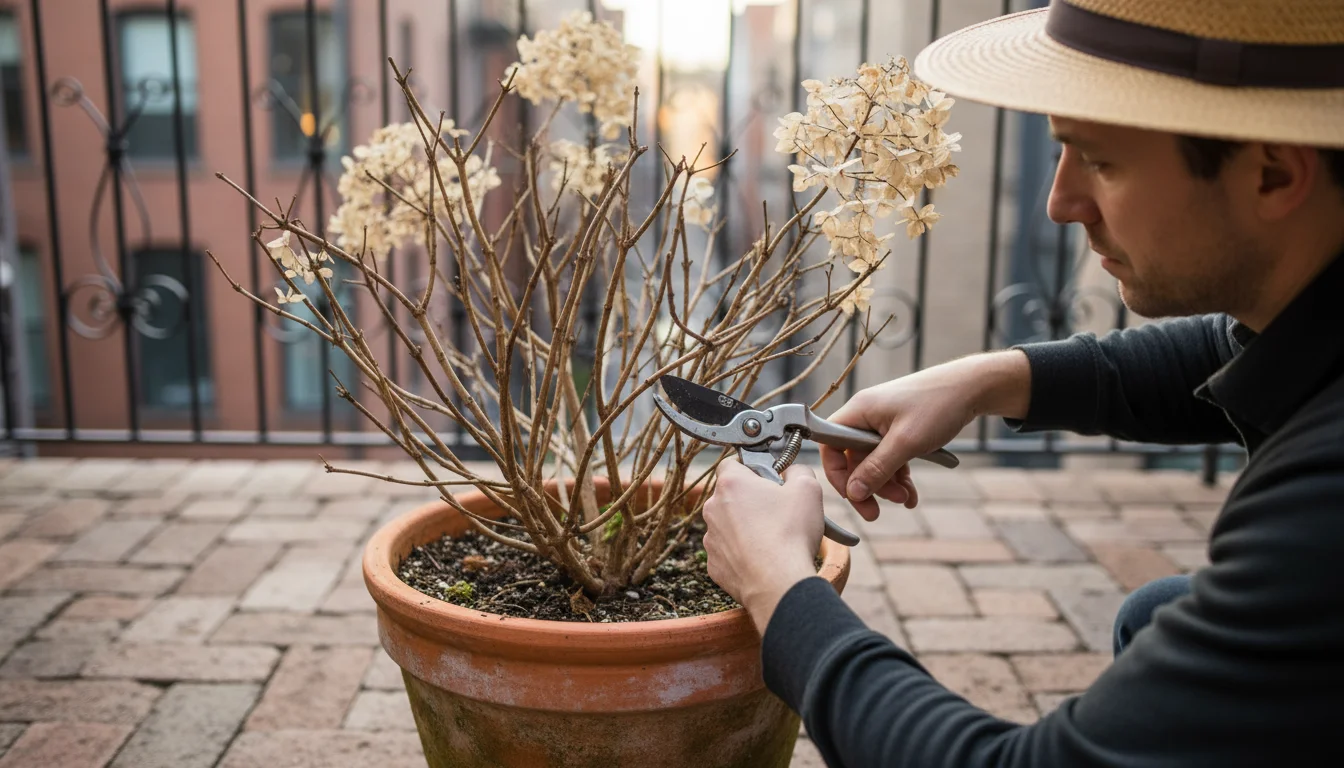
Late Winter to Early Spring (Dormant Season)
This period, before new growth begins, is often the best time for general plant pruning for many deciduous trees and shrubs. The plants are dormant, minimizing stress. You easily see the plant’s structure without leaves obstructing your view, allowing for more strategic cuts. This is an ideal time for:
- Structural Pruning: Removing dead, damaged, or crossing branches.
- Shaping and Size Reduction: For plants that bloom on new wood (e.g., Hydrangea paniculata, many roses, butterfly bush, crape myrtle). Pruning them now encourages vigorous new growth that will produce flowers later in the season.
- Rejuvenation Pruning: For overgrown shrubs that tolerate hard cutting back.
- Fruit Trees: Many fruit trees benefit from dormant pruning to improve structure and promote fruit production.
Avoid pruning spring-flowering plants (like lilacs, forsythia, rhododendrons) during this period, as you would cut off their flower buds formed on old wood from the previous year.
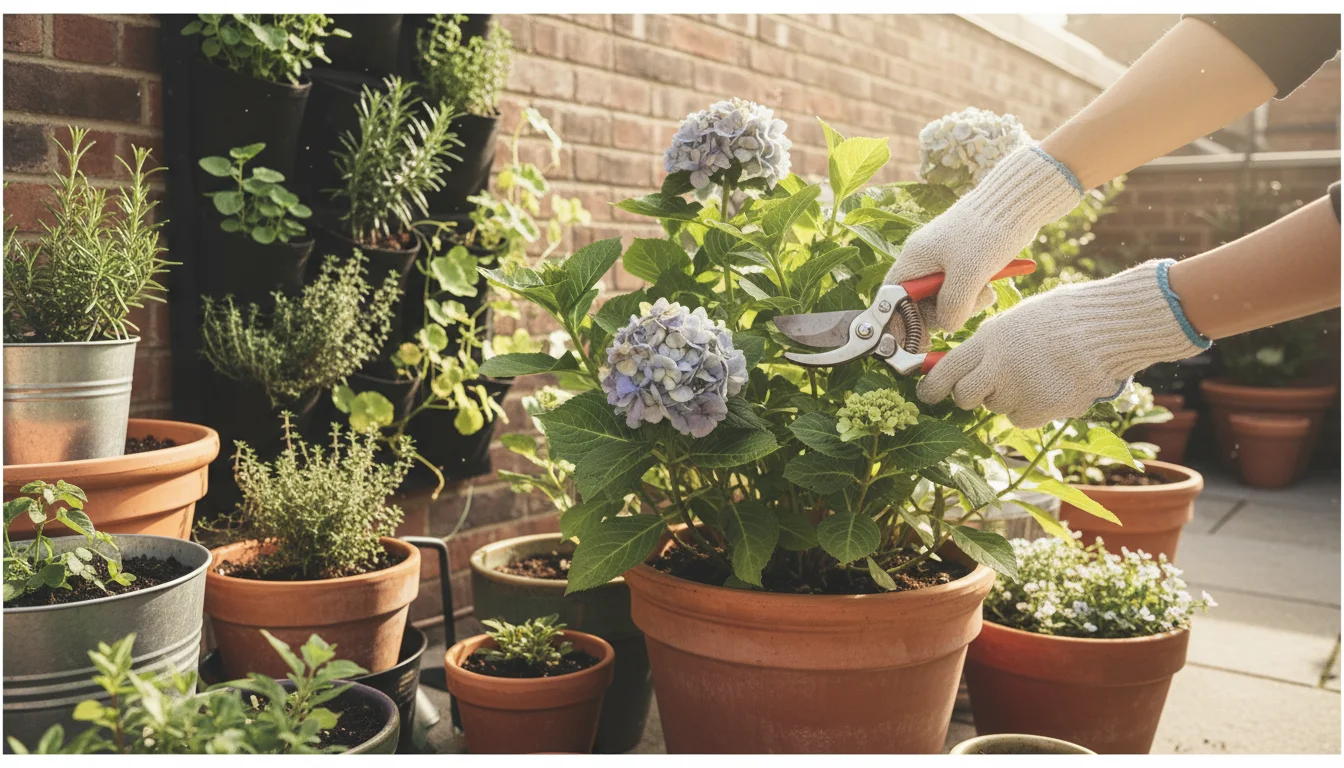
Late Spring to Early Summer (After Spring Bloom)
After spring-flowering shrubs finish blooming, you can prune them without sacrificing their flowers for the current season. This window allows the plant enough time to recover and set buds for the following year. Examples include:
- Spring-Flowering Shrubs: Lilacs, forsythia, azaleas, rhododendrons, and some hydrangeas (e.g., Hydrangea macrophylla, which blooms on old wood).
- Deadheading: Many perennials and annuals benefit from deadheading throughout their blooming period to encourage continuous flowering.
- Light Shaping: You can perform light shaping on evergreens to maintain their form.
You still focus on removing any dead or diseased wood whenever you notice it, regardless of the season. The Royal Horticultural Society (RHS) provides detailed pruning calendars for various plant species, ensuring you prune at the optimal time.
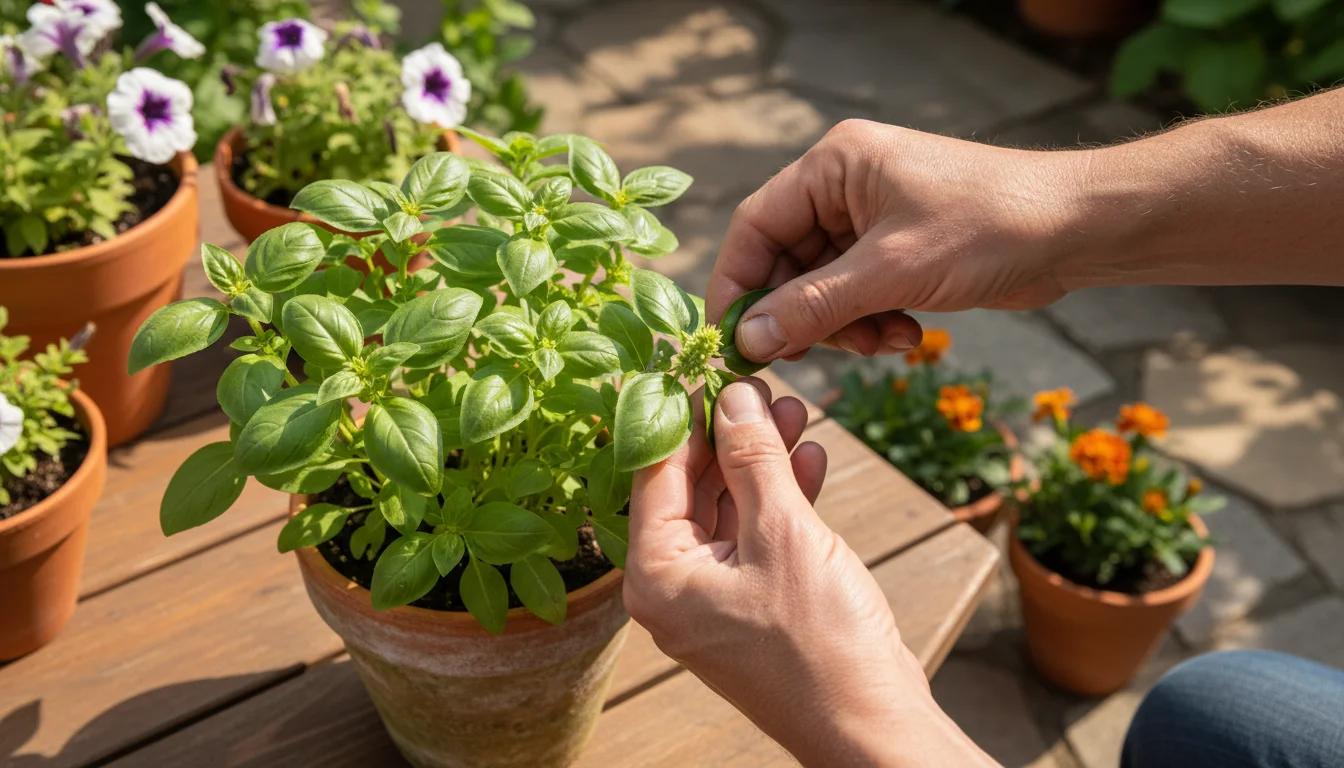
Mid-Summer to Late Summer
During this period, you typically perform lighter pruning. You might:
- Deadhead: Continue deadheading to prolong bloom cycles.
- Light Shaping: Pinch back leggy annuals or perennials for bushier growth.
- Remove Suckers and Water Sprouts: These are vigorous, often unsightly, growths that divert energy from the main plant. You remove them promptly when you see them.
- Pinch Herbs: Pinching back herbs encourages more bushy growth and prevents them from flowering too early, which often diminishes leaf flavor.
Avoid heavy pruning in late summer, especially for woody plants. New growth stimulated by late pruning might not harden off before winter frosts, leading to damage. This is a crucial point for garden maintenance in colder climates.
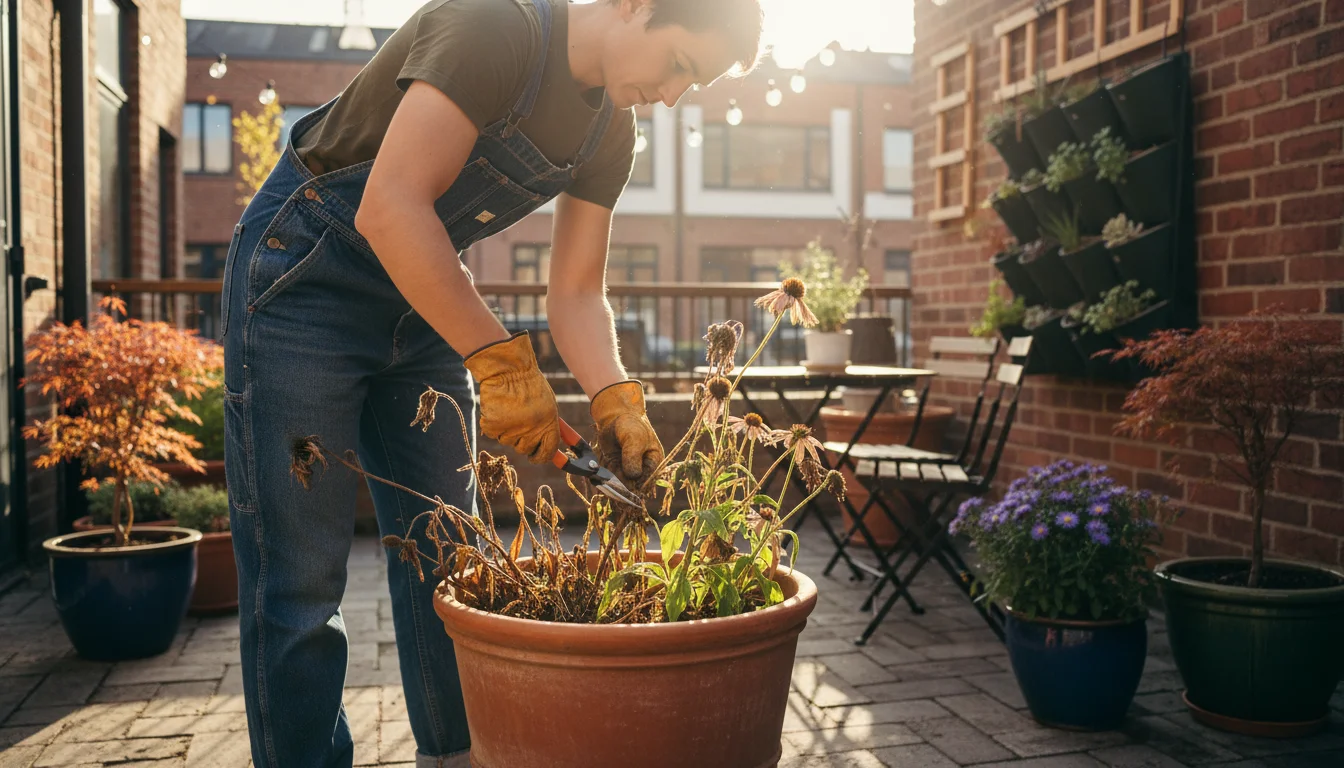
Fall
For most plants, fall is generally the least ideal time for heavy pruning, particularly in regions with cold winters. Heavy pruning stimulates new growth, which is tender and vulnerable to frost damage. You risk plant injury or death when new shoots are hit by freezing temperatures. However, some exceptions exist:
- Removing Dead or Diseased Wood: You can always remove dead, damaged, or diseased wood when you observe it, regardless of the season.
- Perennial Cutbacks: Many herbaceous perennials benefit from being cut back to the ground after they die back naturally in the fall. This cleans up the garden and removes potential overwintering sites for pests.
For a detailed seasonal pruning guide tailored to specific plant types and regions, consult resources like the University of Minnesota Extension, which offers localized advice.
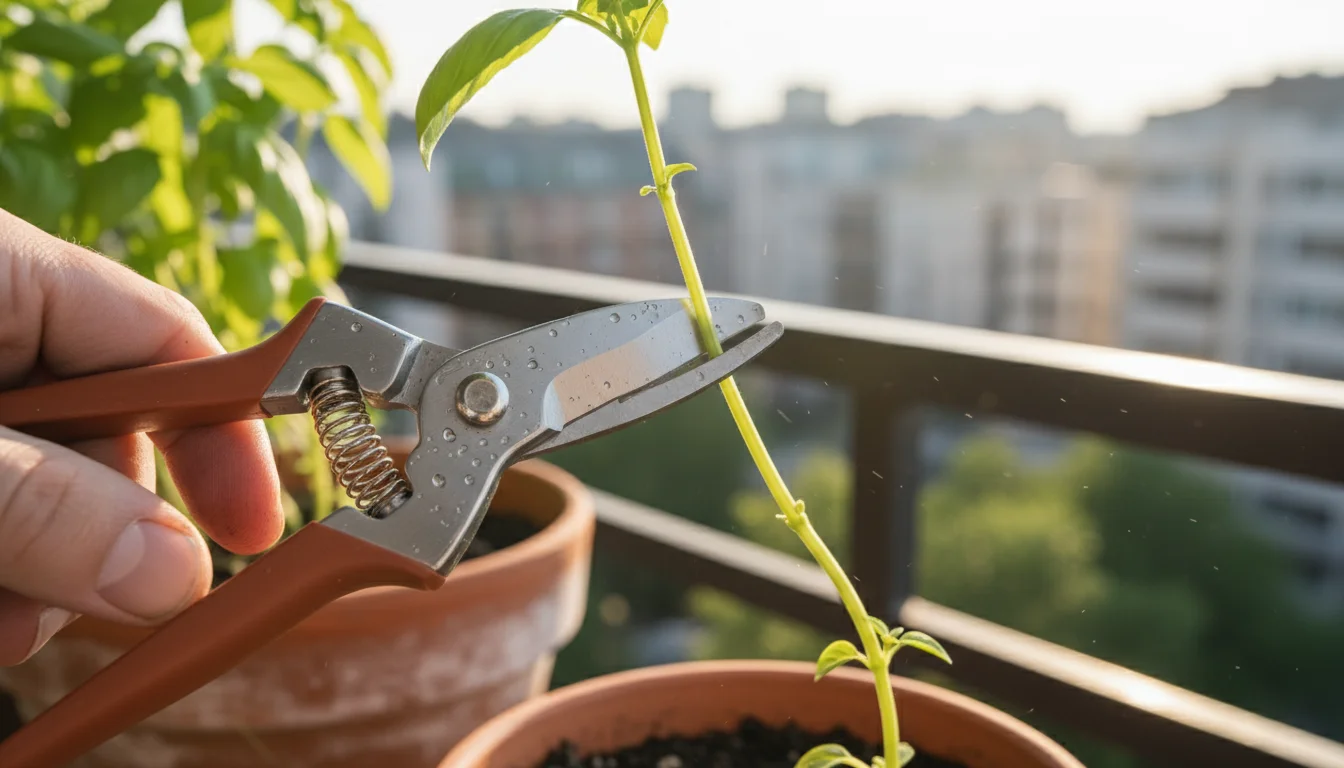
How to Prune: Step-by-Step Techniques for Healthy Cuts
Making the right cut is as important as choosing the right time. Your goal is to make clean cuts that minimize damage to the plant and promote quick healing. Master these techniques for effective plant pruning.
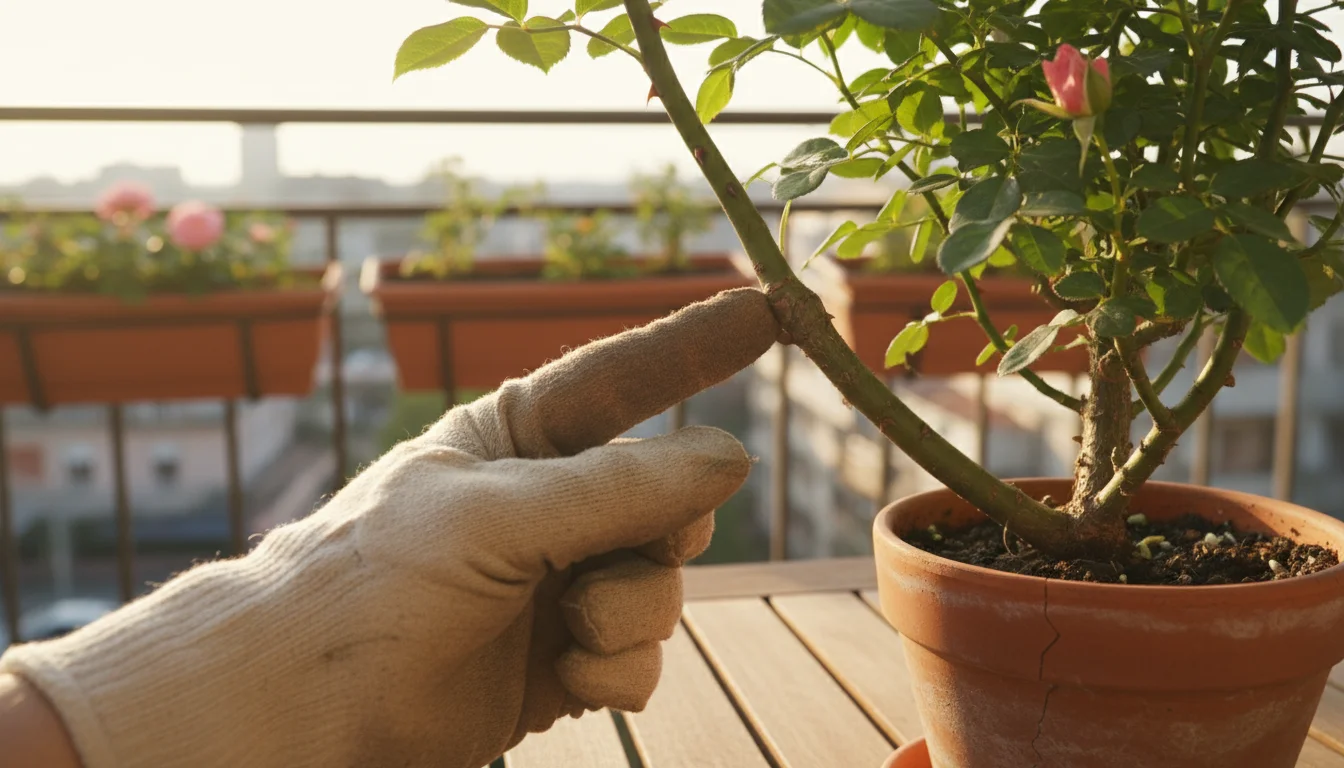
Understand the Plant’s Anatomy
Before you make a cut, observe your plant. Identify the main stem, lateral branches, buds, and branch collars. The branch collar is the swollen area at the base of a branch where it attaches to a larger stem. This collar contains specialized cells that help the plant heal over the wound. You must avoid cutting into or removing this collar.
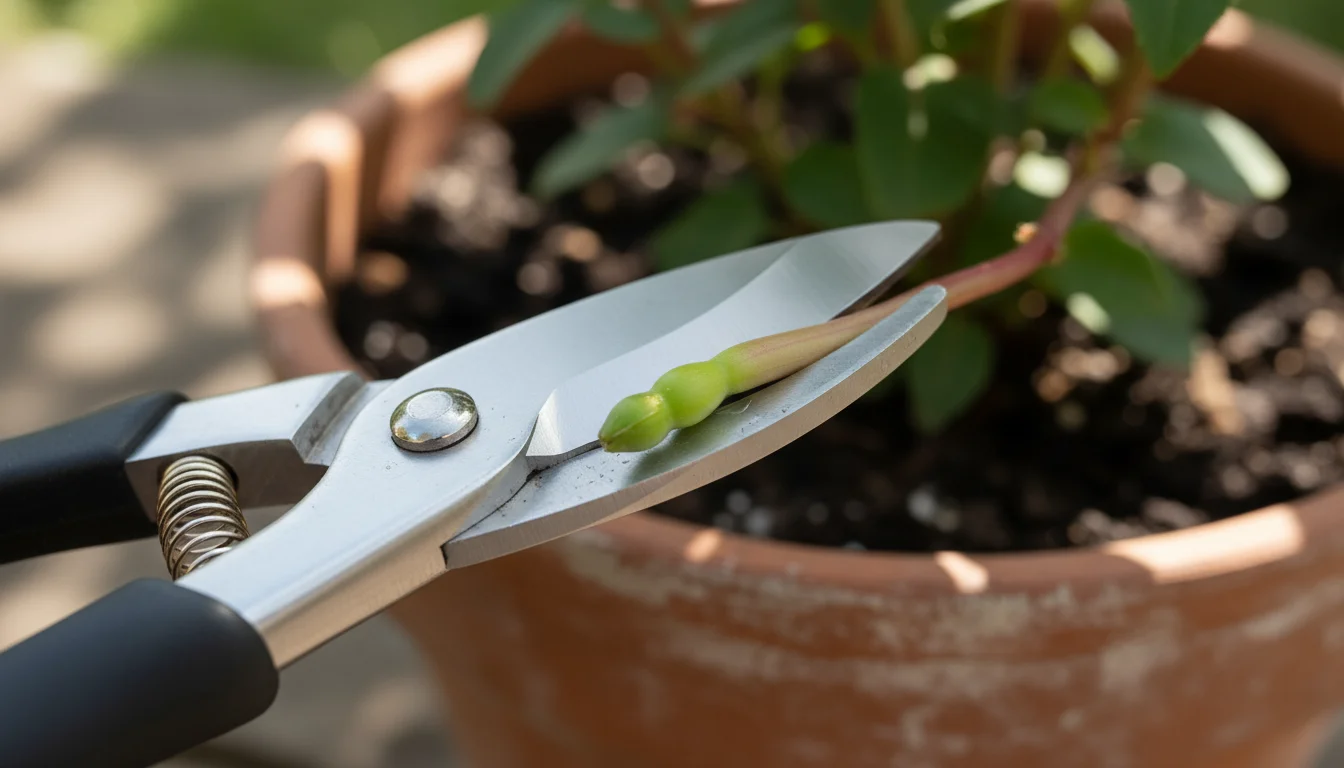
Making the Cut: General Principles
- Use Sharp, Clean Tools: As discussed, sharp tools make clean cuts. Dull tools tear and bruise plant tissue, creating ragged wounds that are slow to heal and invite disease.
- Cut at the Right Angle:
- For heading cuts (cutting back to a bud): You cut at a 45-degree angle, about 1/4 inch above an outward-facing bud. The angle ensures water sheds off the cut surface, preventing rot. Ensure the bud faces the direction you want new growth to go.
- For thinning cuts (removing an entire branch): You cut back to the branch collar. Avoid flush cuts (cutting too close to the main stem) or leaving stubs. The branch collar facilitates wound closure.
- Avoid Damaging the Branch Collar: The branch collar is vital for wound healing. You must not cut into it. When removing a branch, locate the collar and make your cut just outside it, ensuring the collar remains intact.
- Consider the Three-Cut Method for Large Branches: For branches larger than an inch in diameter, use the three-cut method to prevent bark tearing.
- First Cut (Undercut): You make an undercut on the bottom side of the branch, about 6-12 inches away from the trunk. Cut about one-third of the way through the branch. This prevents the bark from tearing down the trunk when the branch falls.
- Second Cut (Top Cut): You make a top cut a few inches further out from the undercut. Cut completely through the branch. The branch will fall, leaving a short stub.
- Third Cut (Final Cut): You carefully remove the remaining stub by cutting just outside the branch collar, without damaging it.
This method ensures a clean, healthy final cut.
- Remove Dead, Damaged, or Diseased Wood First: Prioritize these cuts to improve plant health immediately. Cut into healthy wood, ensuring no diseased material remains.
- Step Back and Assess: After a few cuts, step back and evaluate the plant’s overall shape. This helps you make informed decisions about subsequent cuts, maintaining balance and desired form.
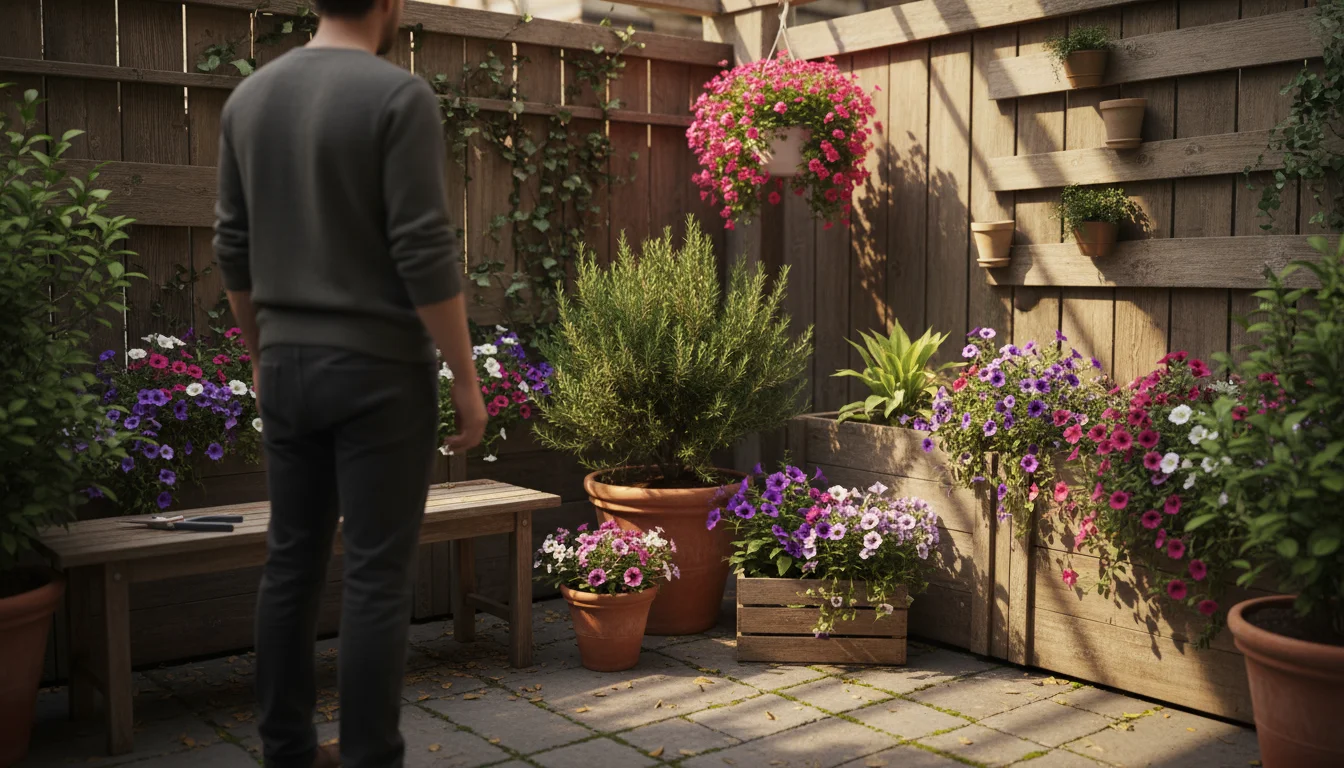
Pruning Different Plant Types: Specific Considerations
While general principles apply, specific plant types require tailored pruning strategies. You adapt your techniques to suit the unique growth habits and flowering patterns of your plants. This ensures optimal results for each species in your garden.
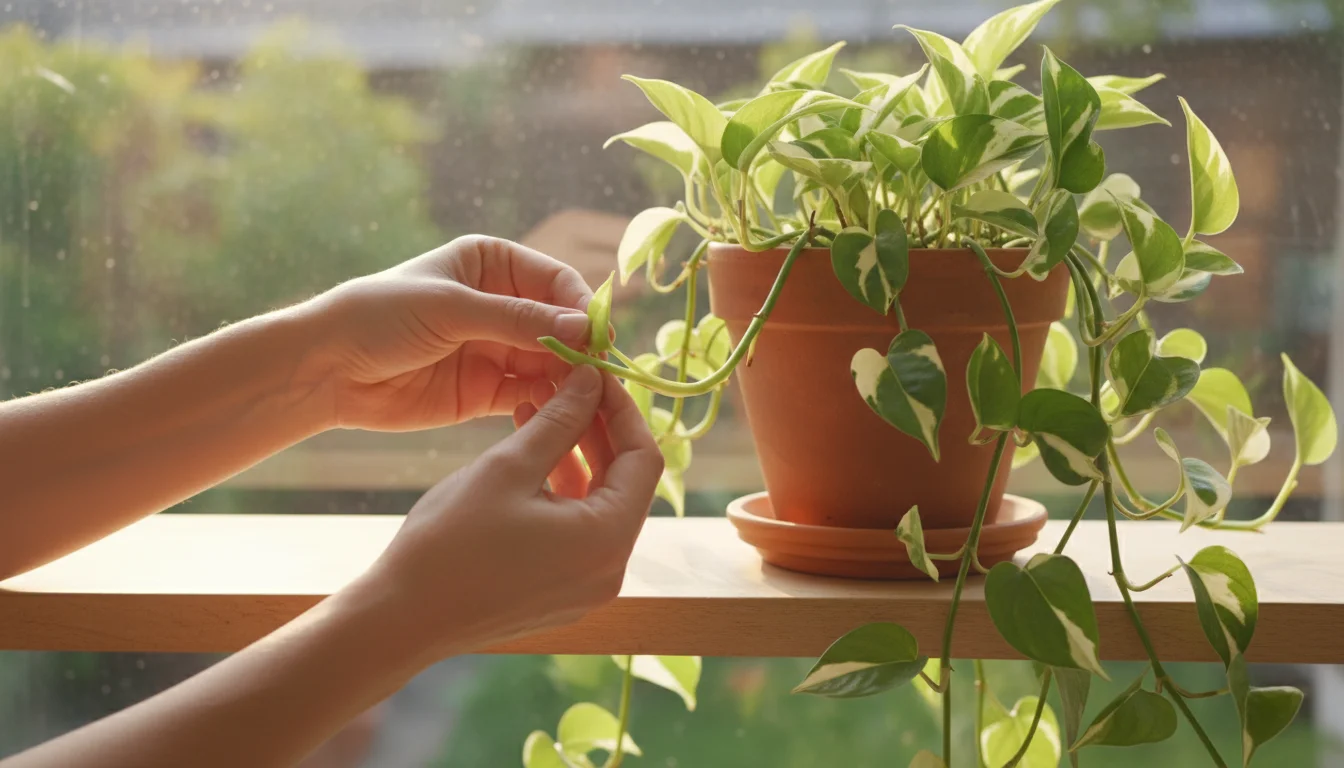
Indoor Plants
Indoor plants often benefit from light, regular pruning to maintain their size and shape, encourage bushiness, and remove yellowing or damaged leaves. You:
- Pinch Back: For plants like Pothos, Philodendron, or coleus, pinch back the growing tips to encourage branching and a fuller appearance.
- Remove Dead/Yellowing Leaves: You regularly remove any discolored or dead leaves at their base to improve aesthetics and prevent potential pest or disease issues. This also frees up the plant’s energy for healthy growth.
- Shape: If your plant becomes leggy (long stems with sparse leaves), you can cut back stems to a leaf node to encourage new growth from that point. You control the plant’s overall size and spread, essential for small indoor spaces.
- Air Pruning (for roots): For plants that tend to become root-bound (roots circling tightly around the pot), consider root pruning during repotting. You gently loosen and trim off some of the outer, circling roots to encourage fresh root growth.
Indoor plant pruning is often a continuous, light garden maintenance task rather than a seasonal event.
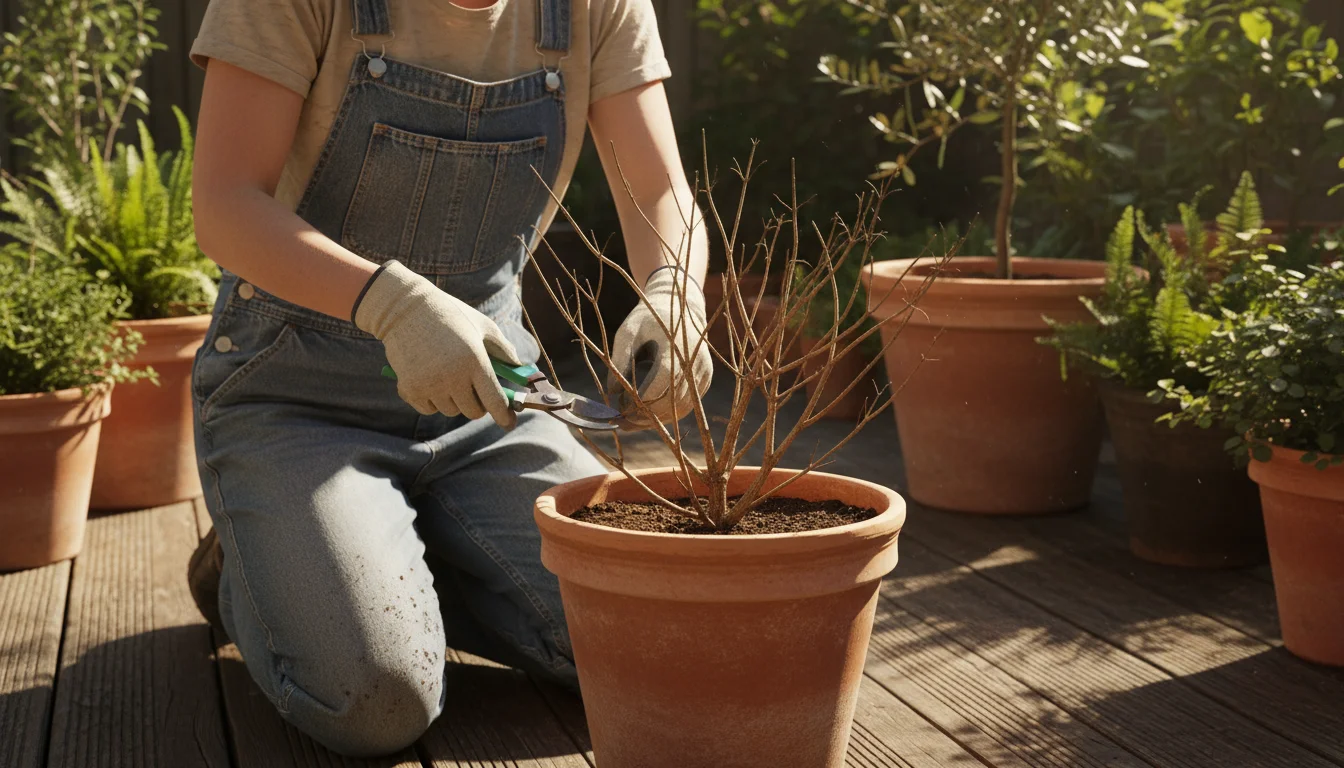
Shrubs
Shrub pruning depends heavily on their flowering time:
- Spring-Flowering Shrubs (e.g., Lilac, Forsythia, Azalea): These bloom on old wood (growth from the previous year). You prune them immediately after they finish flowering in late spring or early summer. Pruning too late in the season removes their flower buds for the next year. You remove the oldest, least productive stems at the base to encourage new, vigorous growth.
- Summer-Flowering Shrubs (e.g., Hydrangea paniculata, Rose of Sharon, Butterfly Bush): These bloom on new wood (growth from the current year). You prune them in late winter or early spring before new growth begins. This encourages strong new shoots that will bear flowers.
- Evergreen Shrubs (e.g., Boxwood, Holly): You generally prune these for shaping and size control. Light pruning can occur throughout the growing season. Heavy pruning is best done in late winter or early spring before new growth or in mid-summer after a flush of growth, allowing time for new growth to harden off before winter.
For more detailed shrub-specific guidance, consult resources from botanical gardens like the Chicago Botanic Garden, which often publish guides for local climates and plant types.
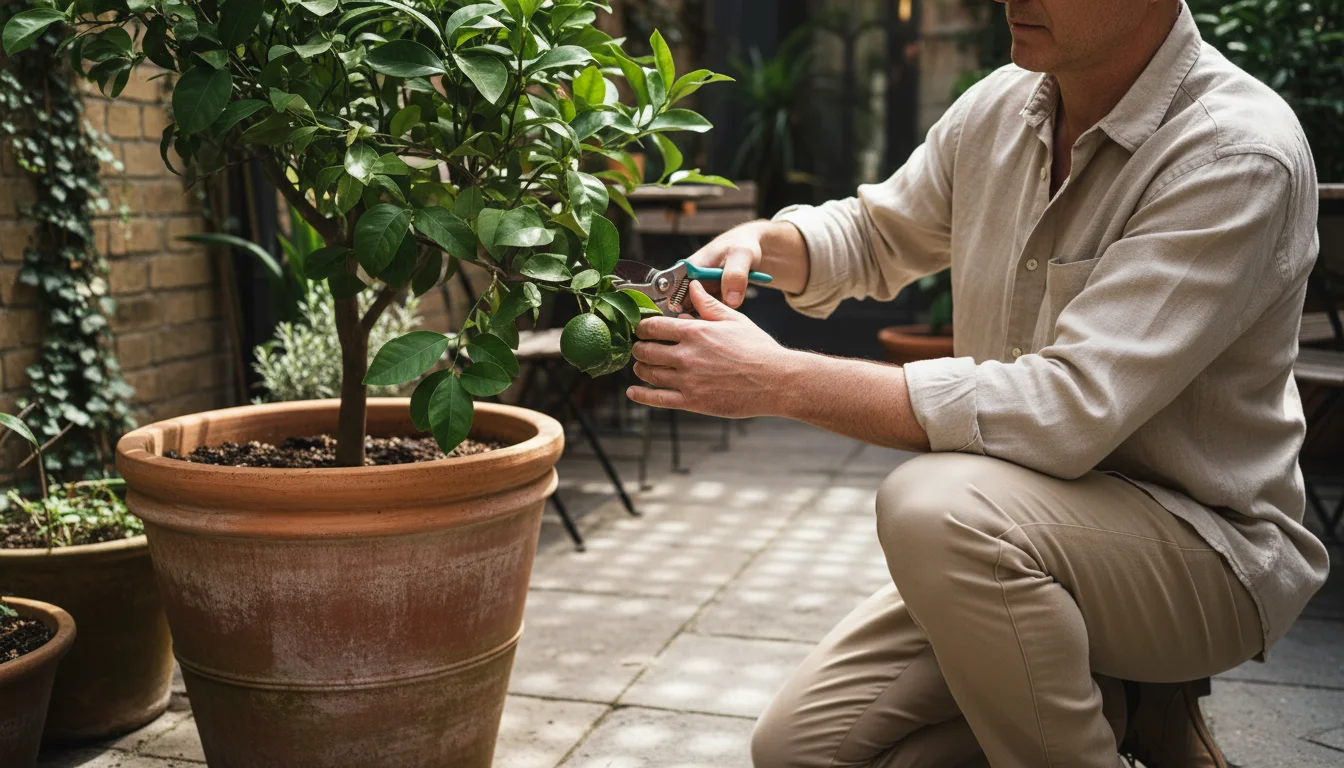
Small Trees
For small trees suitable for home gardens, you focus on structural integrity and removing problematic branches.
- Young Trees: You establish a strong central leader (main trunk) and well-spaced scaffold branches (main lateral branches). You remove competing leaders, weak or narrow-angled branches, and any crossing or rubbing branches.
- Mature Trees: You primarily remove dead, diseased, or damaged limbs. You also address branches that interfere with structures, pathways, or utility lines.
- Fruit Trees: Fruit trees require specific pruning techniques to balance vegetative growth with fruit production. This often involves thinning out branches to improve light penetration and air circulation, and cutting back vigorous shoots to encourage fruiting spurs. Pruning typically occurs during dormancy for most deciduous fruit trees.
For significant tree work, especially on larger trees or those near power lines, always consider hiring a certified arborist. They possess the expertise and equipment for safe and effective tree pruning.
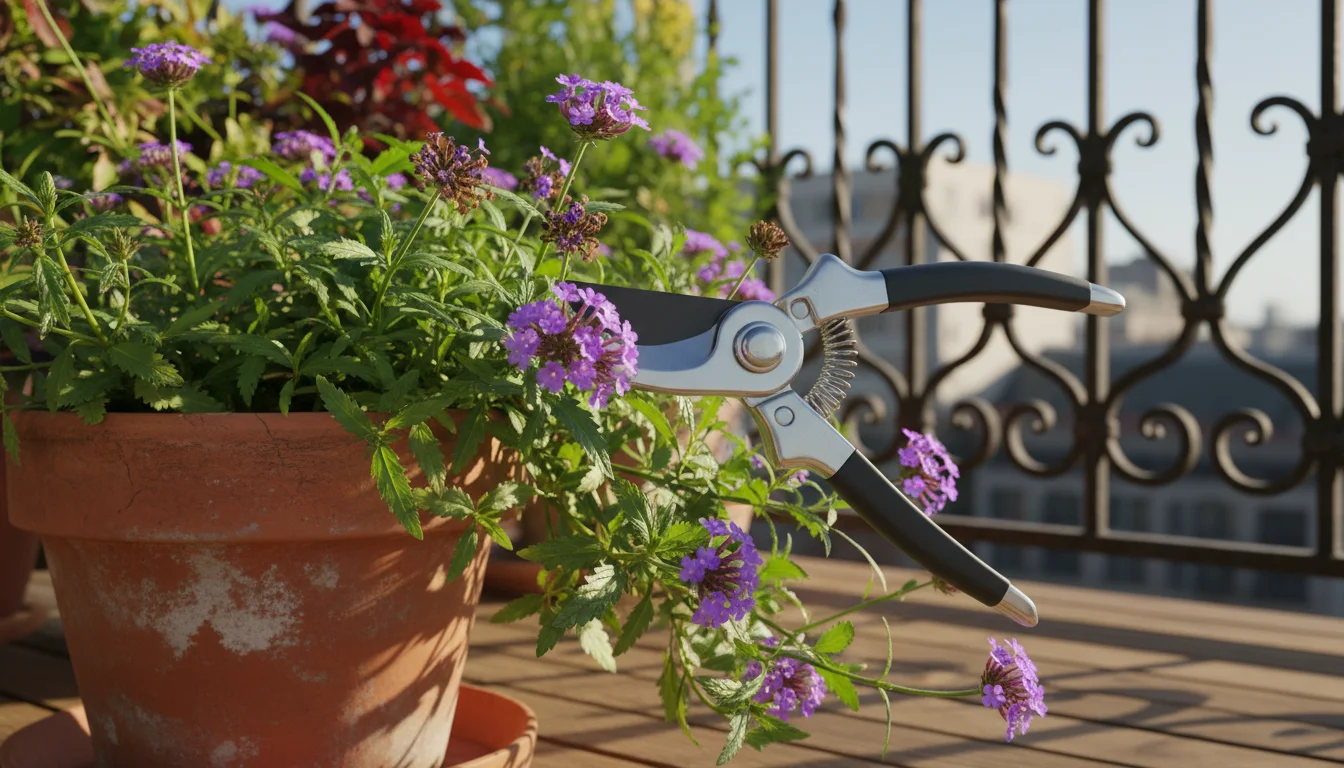
Perennials
Perennials generally require less complex pruning than woody plants, but specific practices enhance their performance.
- Deadheading: As mentioned, removing spent flowers encourages more blooms and prevents unwanted self-seeding (e.g., delphiniums, coreopsis, cosmos).
- Pinching Back: For taller or leggy perennials like asters or chrysanthemums, pinching back the growing tips in early summer promotes bushier growth and more flowers, often delaying bloom slightly but resulting in a stronger plant less prone to flopping.
- Cutback: Many herbaceous perennials benefit from being cut back to the ground after they die back in the fall or in early spring before new growth emerges. This removes old foliage that might harbor pests or diseases and clears the way for fresh growth.
- Divide: While not strictly pruning, dividing overgrown perennial clumps every few years rejuvenates the plant and manages its size. You dig up the clump, divide it into smaller sections, and replant.
Understanding the specific needs of each perennial helps you apply the most effective pruning tips for a thriving garden.
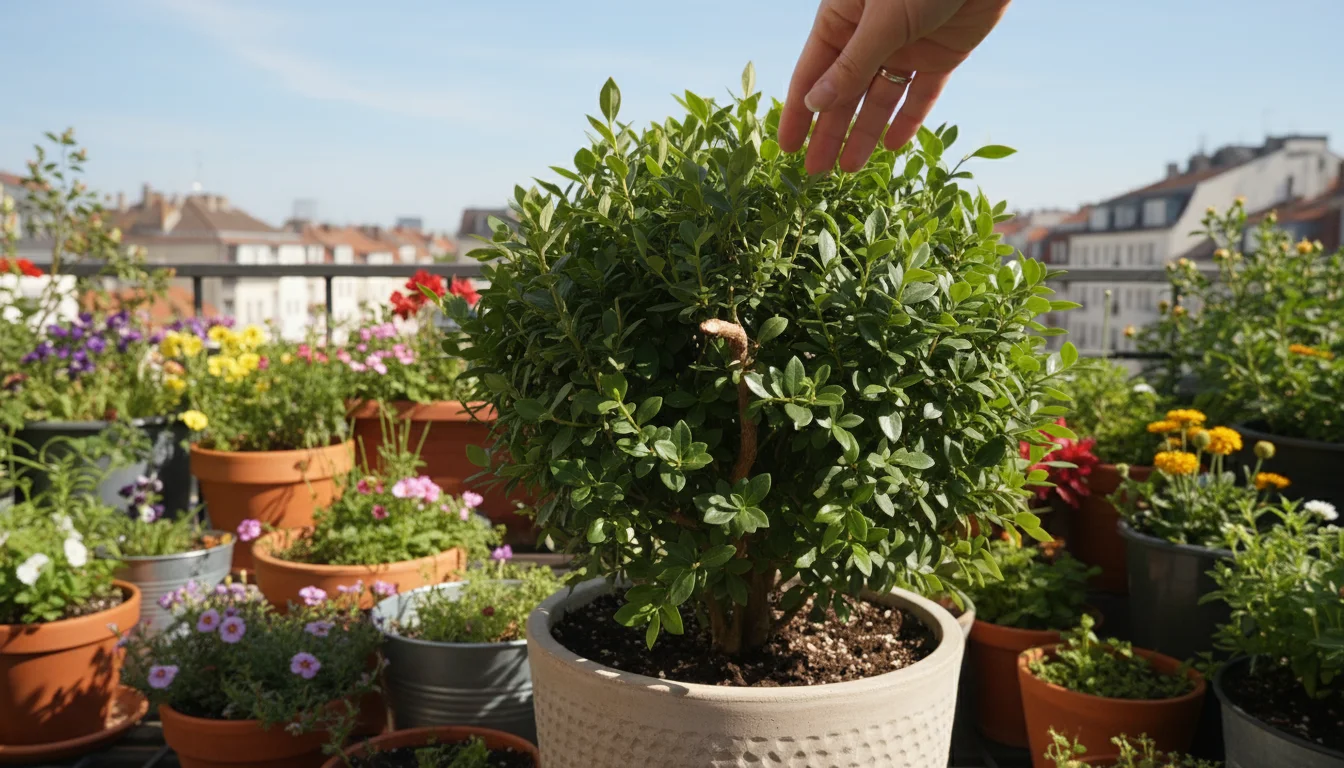
Common Pruning Mistakes and How to Avoid Them
Even experienced gardeners make mistakes. Recognizing common pruning pitfalls helps you avoid them, ensuring your plants remain healthy and vigorous. You prevent unnecessary stress and damage to your beloved garden specimens.
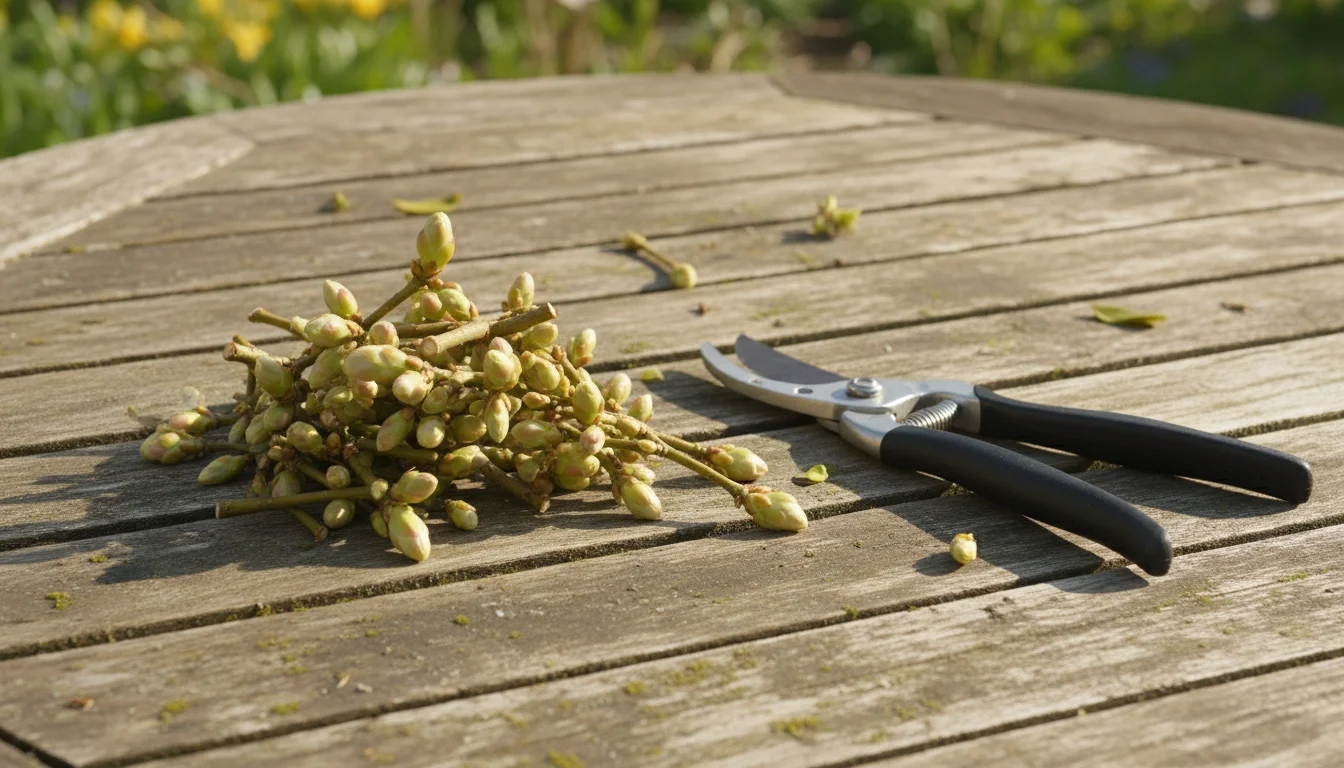
Cutting at the Wrong Time
Mistake: Pruning spring-flowering shrubs in late winter or fall.
Impact: You remove the flower buds that formed on last year’s growth, resulting in no flowers for the current season.
Solution: Prune spring-flowering shrubs immediately after they finish blooming. For summer-flowering shrubs that bloom on new wood, prune in late winter or early spring before new growth emerges. You always consult a plant-specific pruning guide to confirm optimal timing.
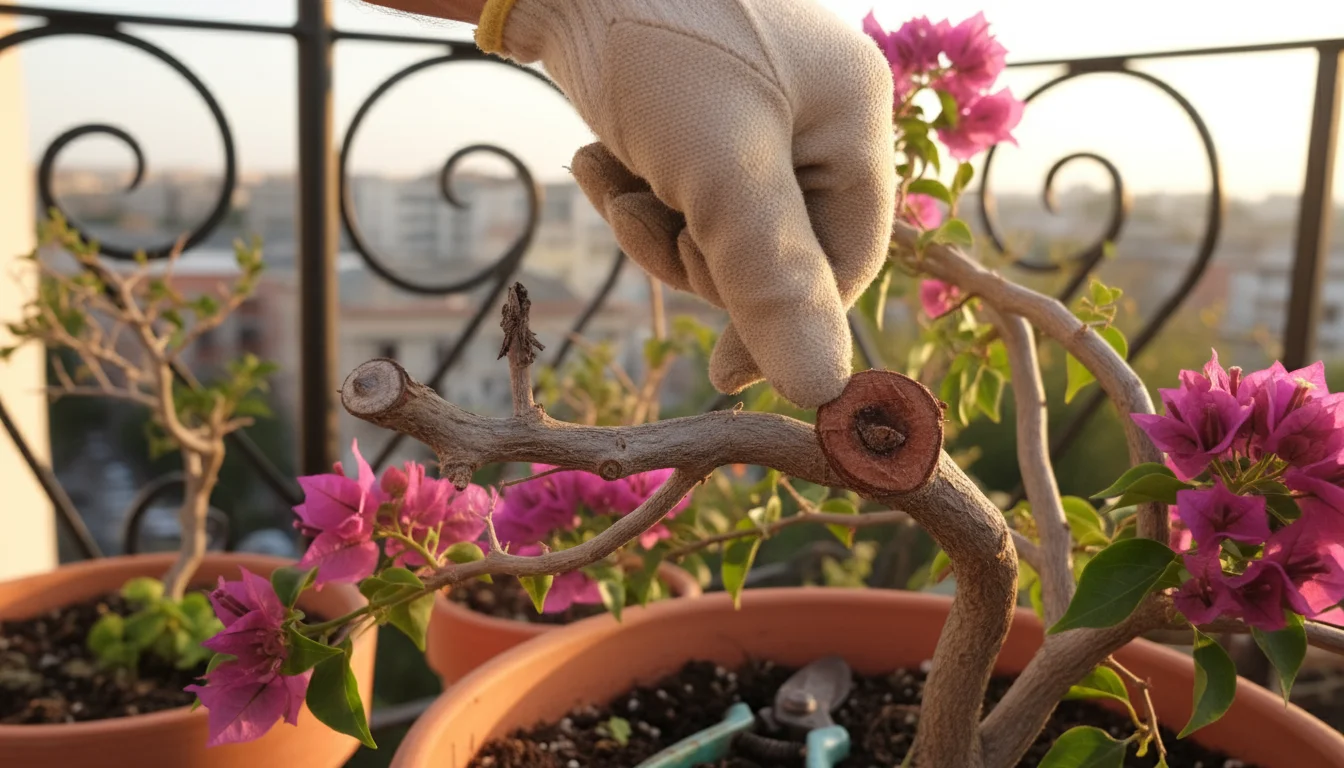
Leaving Stubs or Making Flush Cuts
Mistake: Leaving a short stub of a branch or cutting a branch flush (too close) to the main stem.
Impact: Stubs die back and become entry points for pests and diseases, as the plant cannot effectively seal off the wound. Flush cuts remove the branch collar, which contains healing tissue, leaving a larger, slower-healing wound.
Solution: Always locate the branch collar, the slightly swollen area where a branch meets a larger branch or the trunk. You make your cut just outside this collar, preserving it so the plant can compartmentalize (seal off) the wound effectively. For smaller stems, cut 1/4 inch above an outward-facing bud.
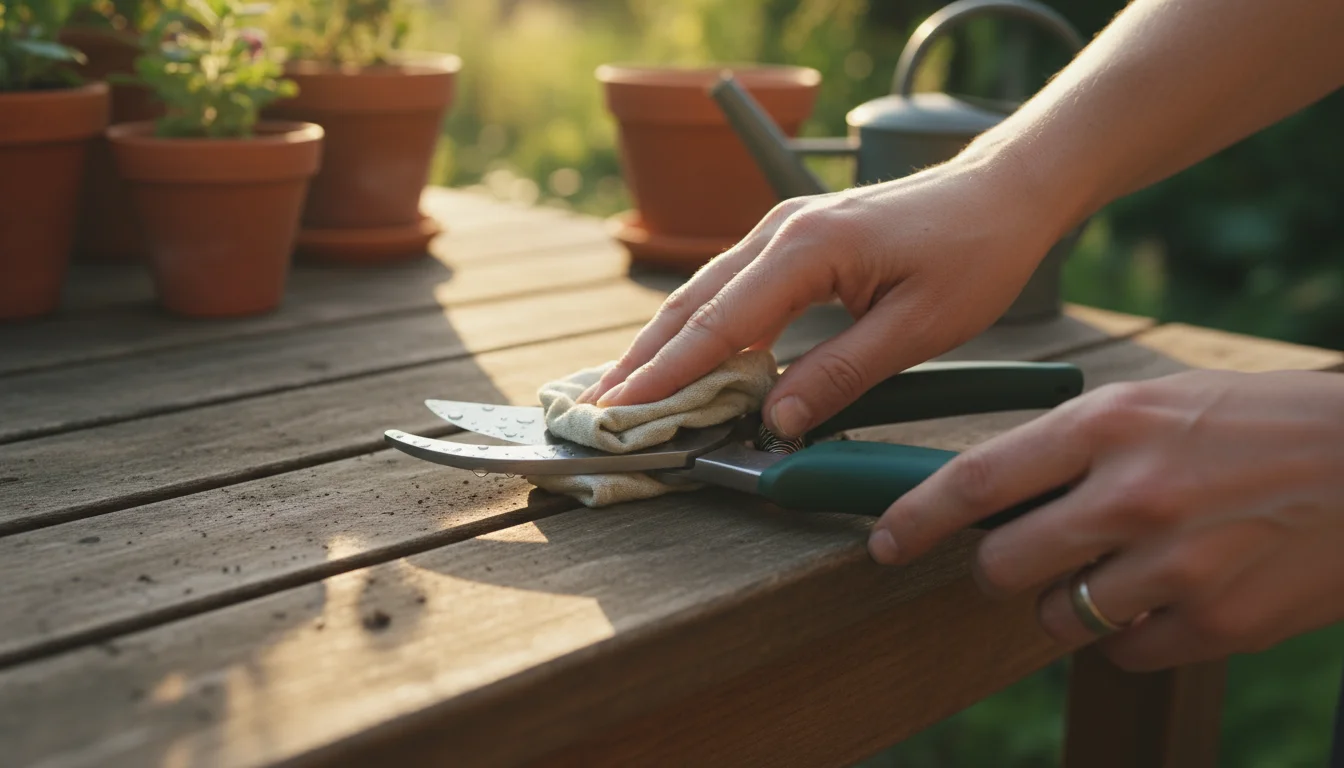
Using Dull or Dirty Tools
Mistake: Pruning with dull, unsharpened tools or contaminated tools.
Impact: Dull blades tear and crush plant tissue, creating ragged wounds that are difficult for the plant to heal and more susceptible to disease. Dirty tools spread pathogens from one plant to another.
Solution: You ensure your pruning tools are always sharp and clean. Sharpen blades regularly and disinfect them, especially between plants or after cutting diseased material. This proactive garden maintenance prevents many problems.
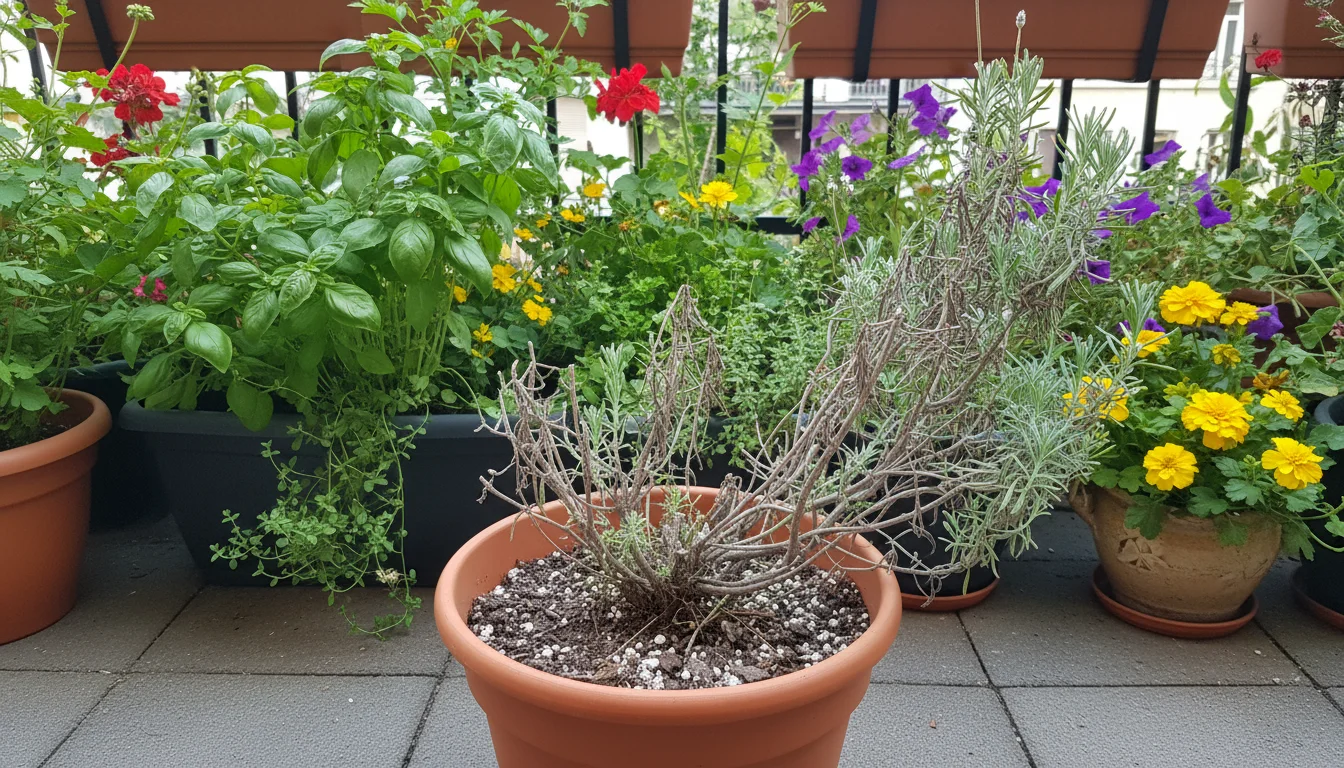
Over-Pruning (Removing Too Much)
Mistake: Removing too much of the plant’s canopy at once. A common rule of thumb is not to remove more than 25-30% of a plant’s total foliage in a single season.
Impact: Over-pruning stresses the plant, reducing its ability to photosynthesize (produce food). This can weaken it, make it more vulnerable to pests and diseases, or even cause its death.
Solution: You approach pruning gradually. Assess the plant before you start, and make strategic, thoughtful cuts. Spread heavy pruning over several seasons if significant reduction is necessary. For rejuvenation pruning, ensure the plant type tolerates such drastic measures.
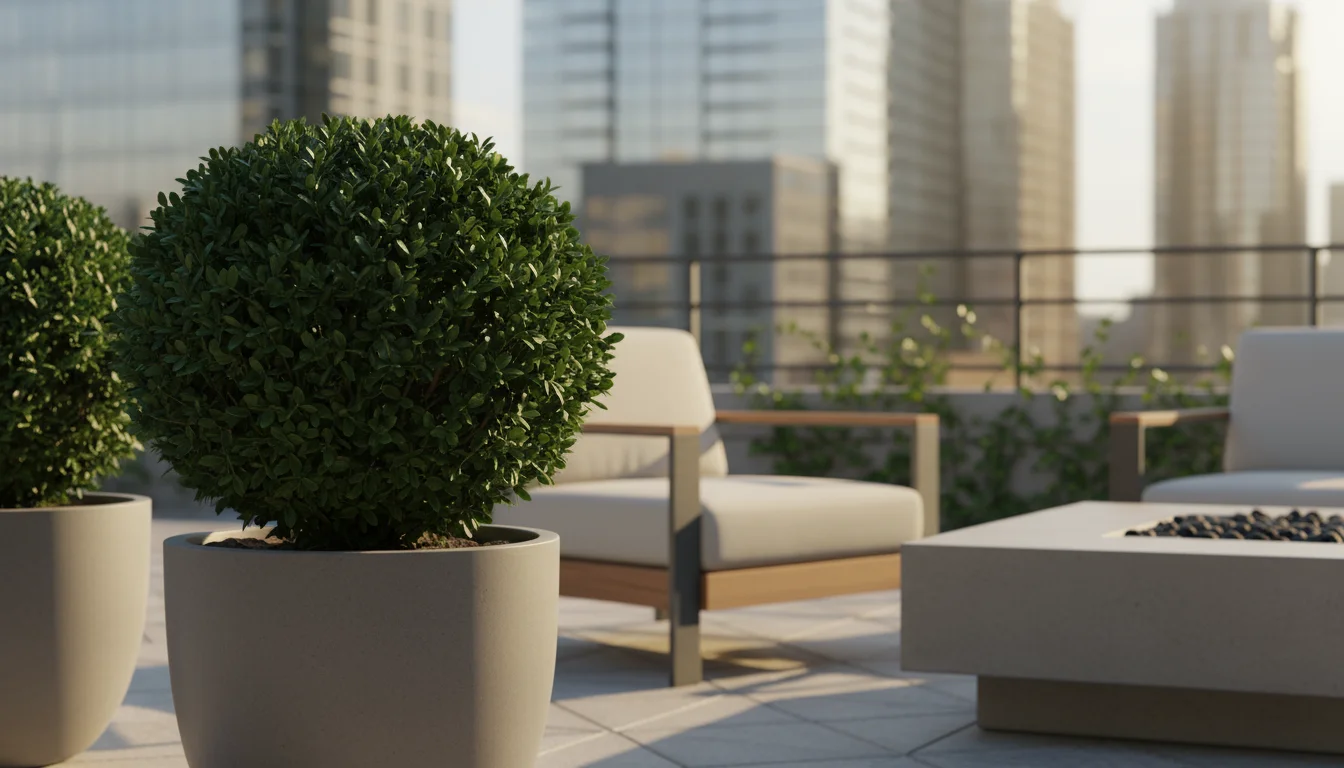
Shearing Instead of Selective Cuts
Mistake: Shearing shrubs uniformly like a hedge, especially those not meant for formal shaping.
Impact: Shearing promotes dense growth on the outside of the plant, shading out the interior. This results in a thick, unproductive outer shell and a sparse, dead interior. It also removes all potential flower buds on many shrubs.
Solution: You use selective pruning techniques like thinning and heading back to individual buds or branches. This maintains a natural shape, promotes healthy growth throughout the plant, and encourages better flowering. While shearing works for formal hedges, most ornamental shrubs benefit from more thoughtful, selective cuts.
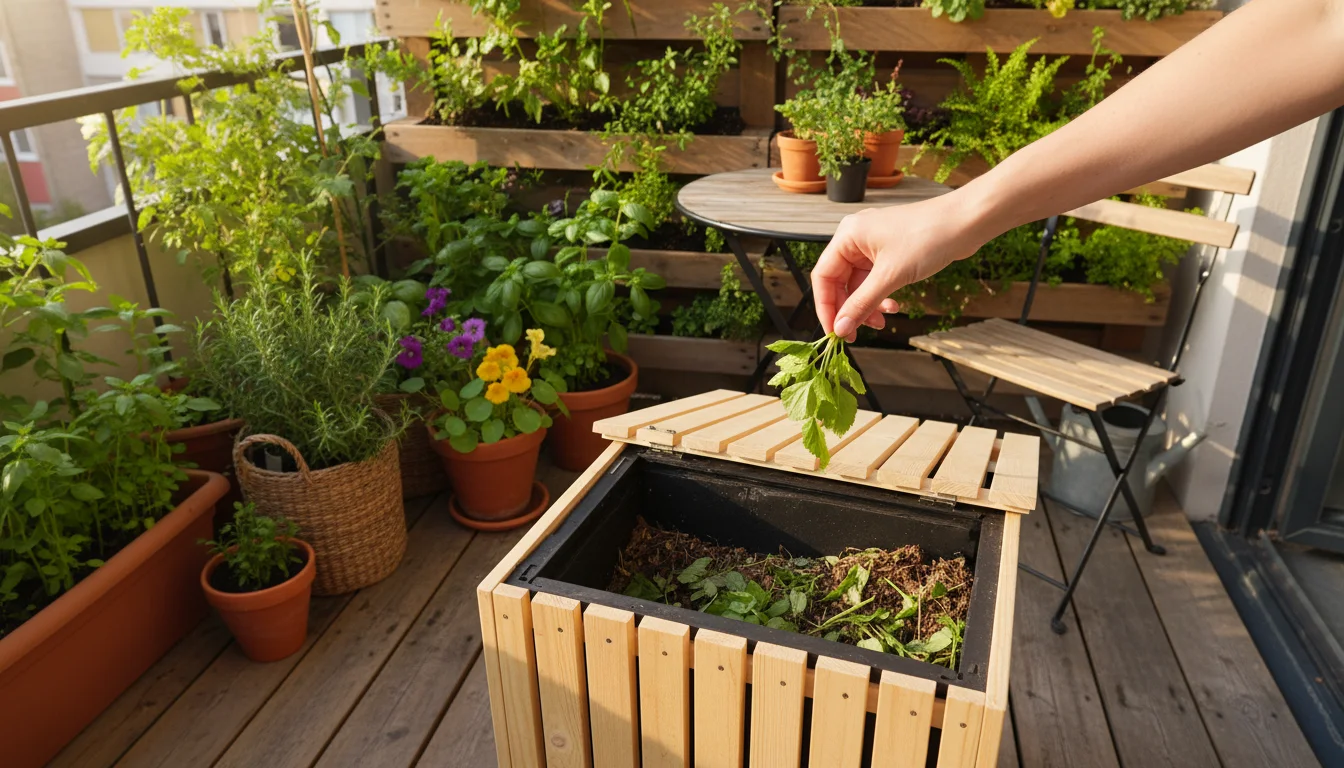
Sustainable Pruning Practices for a Healthier Garden
Your gardening habits impact the environment. Adopting sustainable plant pruning practices benefits your plants and contributes to a healthier ecosystem. You reduce waste, conserve resources, and support biodiversity in your garden.
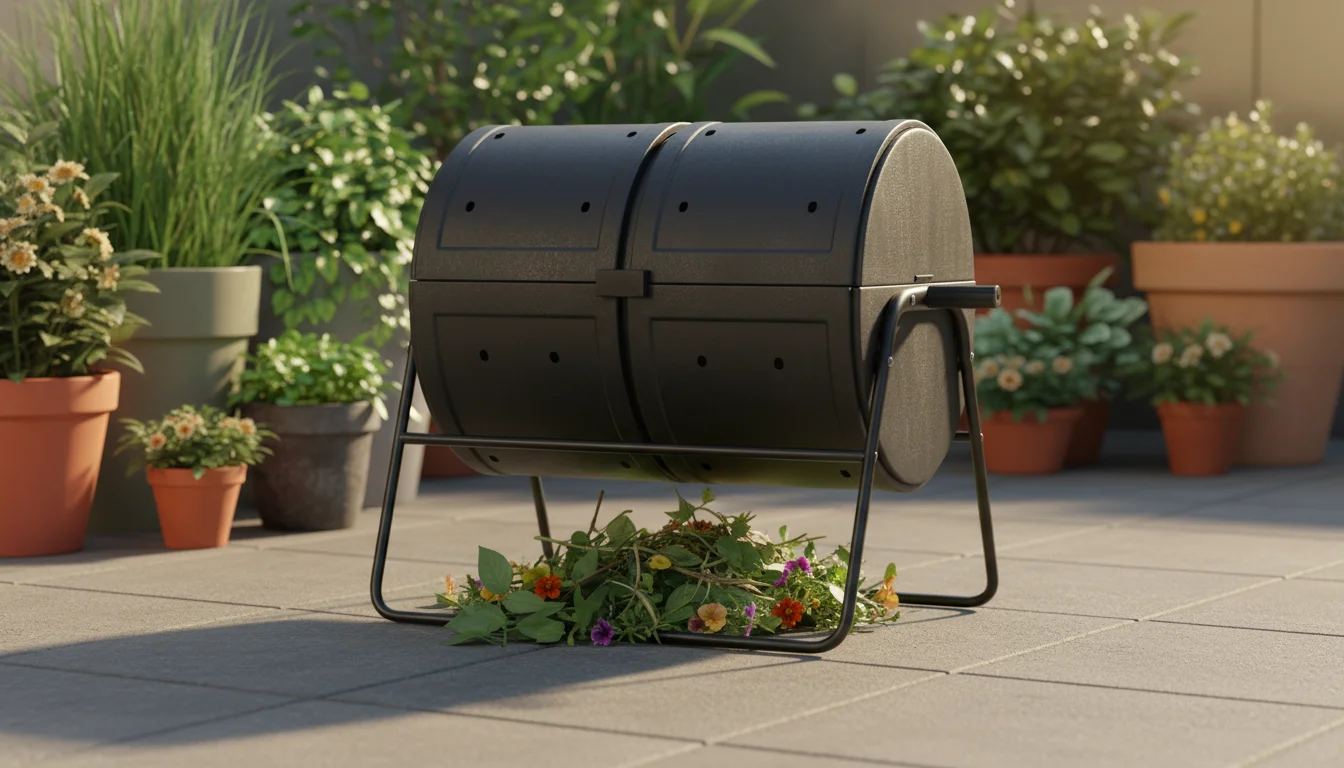
Composting Pruning Waste
Instead of sending pruning debris to the landfill, you can compost most of it. Small branches, leaves, and spent flowers are excellent additions to your compost pile. They decompose, returning valuable nutrients to your garden as rich, organic compost. You avoid composting diseased material, as pathogens can survive the composting process and spread back into your garden. Woody stems benefit from being chopped into smaller pieces to speed up decomposition. This simple act reduces waste and creates a valuable soil amendment, aligning with environmentally conscious garden maintenance.
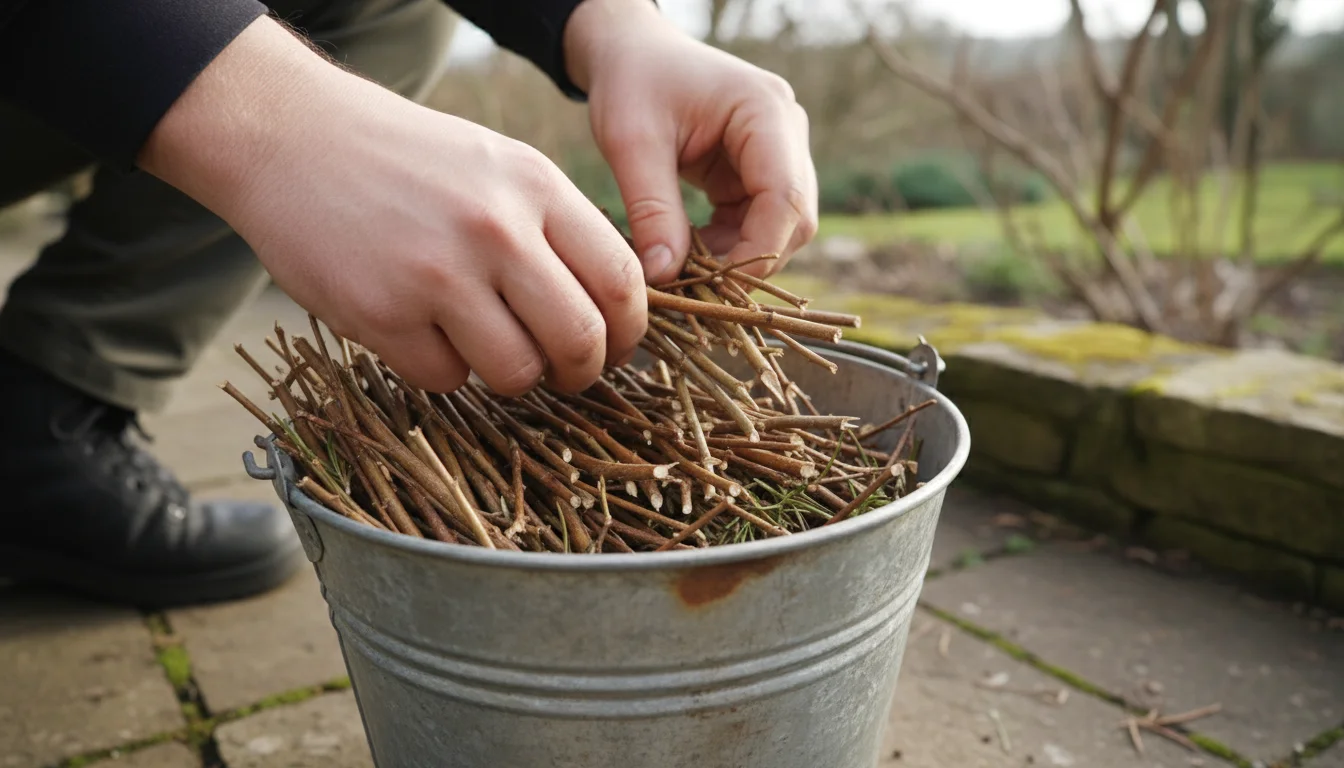
Using Prunings for Mulch or Kindling
Larger woody prunings, unsuitable for composting, find other uses. You can chip branches to create mulch, which conserves soil moisture, suppresses weeds, and moderates soil temperature. This repurposes garden waste into a beneficial resource. Alternatively, clean, dry woody stems make excellent kindling for fire pits or fireplaces, providing warmth and reducing your reliance on purchased fire starters. You turn waste into a resource, closing the loop in your garden’s ecosystem.
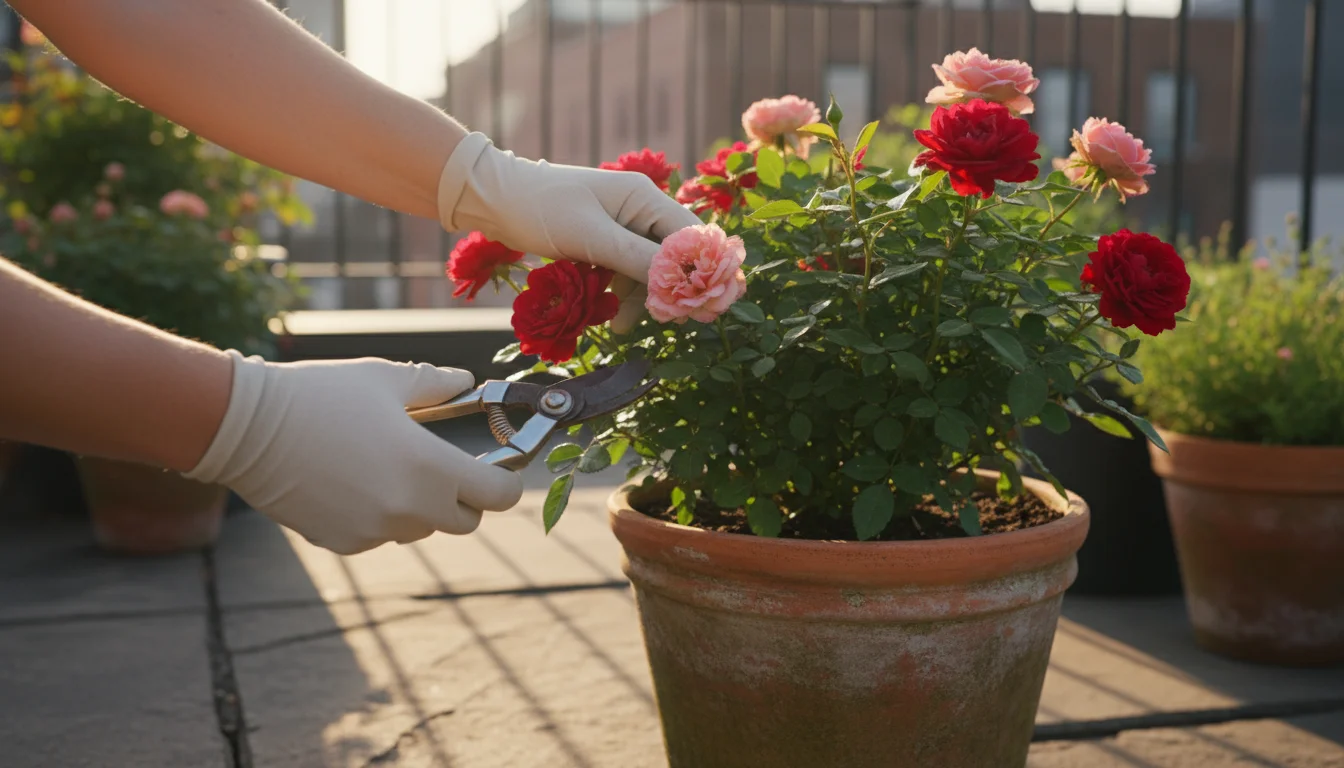
Minimizing Chemical Use
Healthy, properly pruned plants are more resilient to pests and diseases. This reduces your reliance on chemical pesticides and fungicides. When you prune effectively, you improve air circulation and light penetration, creating an environment less hospitable to many common plant problems. If you encounter disease, you prune out affected parts and disinfect tools, often eliminating the need for chemical treatments. You prioritize prevention through good cultural practices, minimizing your environmental footprint.
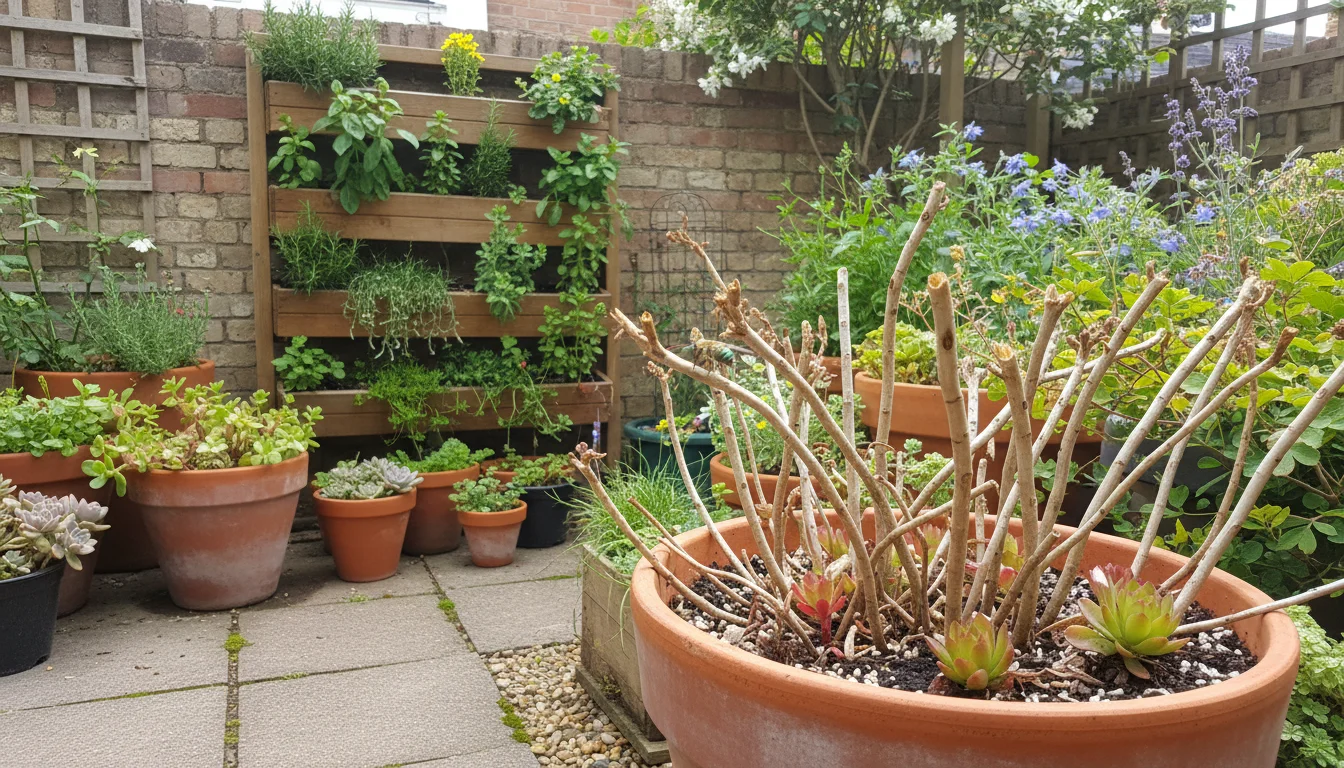
Supporting Pollinators and Wildlife
Consider the impact of your pruning on local wildlife. For instance, some beneficial insects and birds use old stems as nesting sites or for overwintering. You can leave some hollow stems standing over winter for native bees or delay cutting back perennials until early spring. When you prune, you assess if the removal is truly necessary or if a slightly less manicured appearance benefits the local ecosystem. You create a more biodiverse and resilient garden by making informed decisions that consider both your plants and the creatures that depend on them.
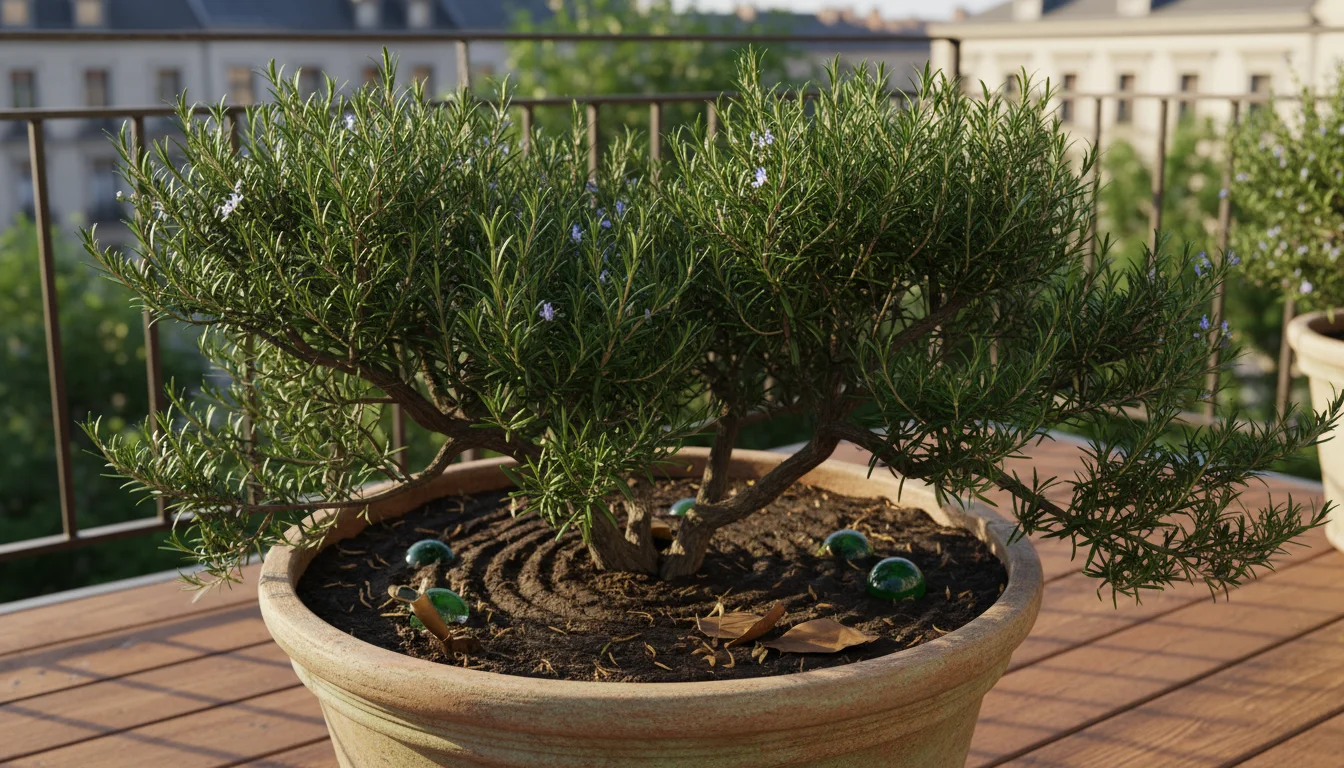
Water-Wise Pruning
Proper pruning also contributes to water conservation. By maintaining a healthy plant structure, you reduce unnecessary vegetative growth that requires additional water. Thinning dense canopies can also improve the efficiency of watering, allowing moisture to reach the root zone more directly. Furthermore, healthy, unstressed plants tolerate periods of drought better than weak, overgrown ones. Your careful plant pruning helps your garden become more water-wise and resilient.

Frequently Asked Questions
What is the difference between pinching and pruning?
Pinching involves removing the soft, growing tip of a stem, typically with your fingers. You do this to encourage bushier growth or more flowers, common for annuals and some perennials. Pruning, on the other hand, involves removing larger, woody stems or branches using tools like pruners, loppers, or saws. Pruning aims to shape, maintain health, or remove significant portions of a plant.
Should I prune a newly planted tree or shrub?
For newly planted trees and shrubs, you generally limit initial pruning to removing only dead, damaged, or crossing branches. You allow the plant to establish its root system and settle into its new environment before performing significant shaping or structural pruning. Heavy pruning immediately after planting can stress the plant and hinder establishment. The exception is sometimes for bare-root plants, where you might trim roots or thin out some top growth to balance the root-to-shoot ratio.
What are suckers and water sprouts, and should I remove them?
Suckers are vigorous shoots that grow from the roots or base of a plant, often from below the graft union on grafted plants (where the desired plant is joined to a different rootstock). Water sprouts are fast-growing, upright shoots that emerge from latent buds on older wood of trees or shrubs, often due to stress or improper pruning. You generally remove both suckers and water sprouts because they divert energy from the main plant, can be unsightly, and often produce inferior fruit or flowers. Cut them back flush to their point of origin to prevent regrowth.
How can I tell if a branch is dead or alive?
You can usually identify a dead branch by its appearance. It often looks brittle, lacks buds, and appears gray or brown. You can perform a scratch test: gently scratch a small bit of bark off the stem. If you see green underneath, the branch is alive. If it’s brown and dry, the branch is dead. For very small stems, you can try bending it; a dead stem snaps easily, while a live one is more flexible.
Is it okay to prune in winter?
Yes, winter, specifically late winter while plants are dormant, is often the ideal time for significant pruning of many deciduous trees and shrubs. The absence of leaves allows you to see the plant’s structure clearly, and the plant experiences less stress during dormancy. You typically prune plants that flower on new wood in winter. However, you avoid pruning spring-flowering plants at this time, as you would remove their developing flower buds.
